Nombre:
Hyderabad
Otro:
Localización:
View Larger Map
Tipo: Urbanismo
Categoría:
Foto:
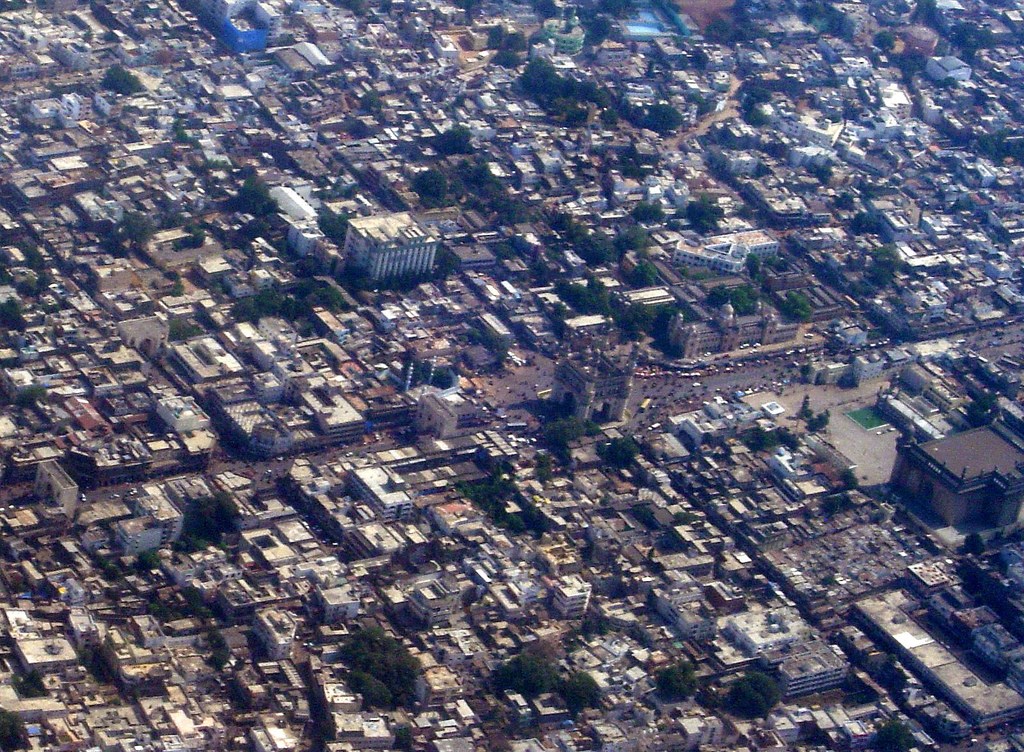
Voto:
Continente: Asia
País: India
Localización: Estado de Andhra Pradesh
Año: 1591
Estado: Terminado
Descripción:Turismo en Hyderabad
India es un país situado en el sur de Asia y que posee una amplia historia, así como también una riqueza cultural muy importante, por muchos años fue una colonia británica, y hace cincuenta años logró independizarse de Inglaterra, posee muchos atractivos turísticos así como también es uno de los países en vías de desarrollo más destacados debido a su industria textil así como la inversión en tecnología.
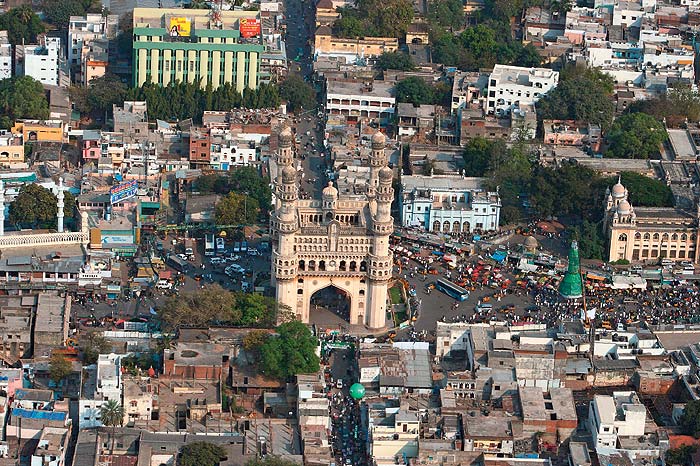
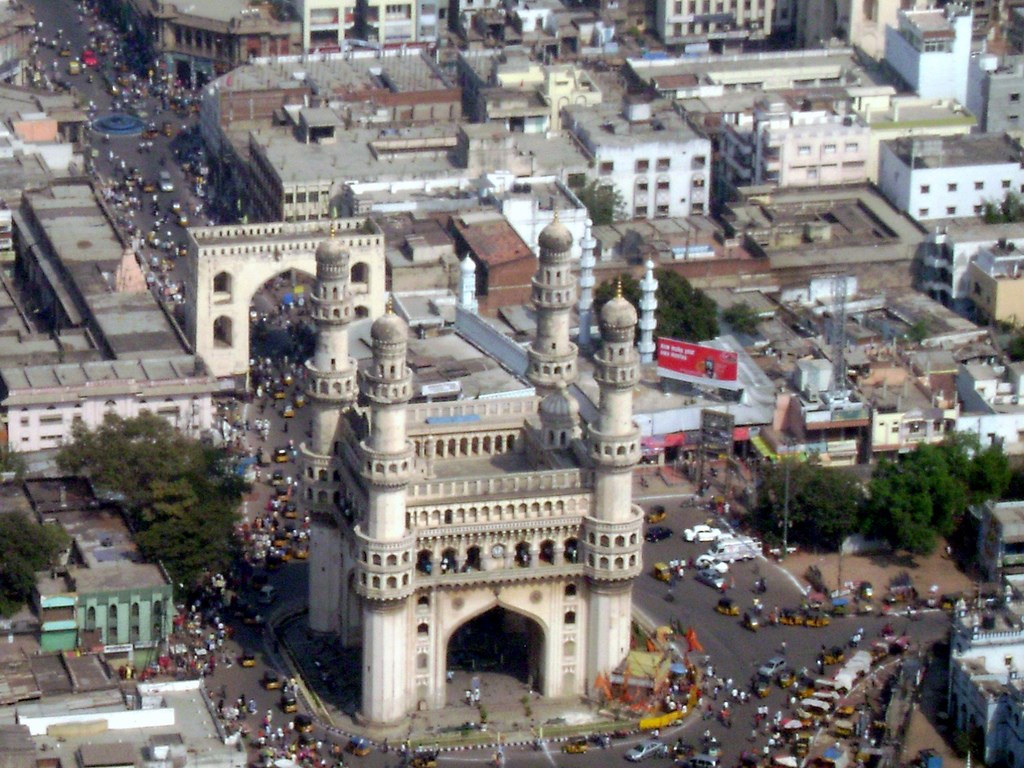
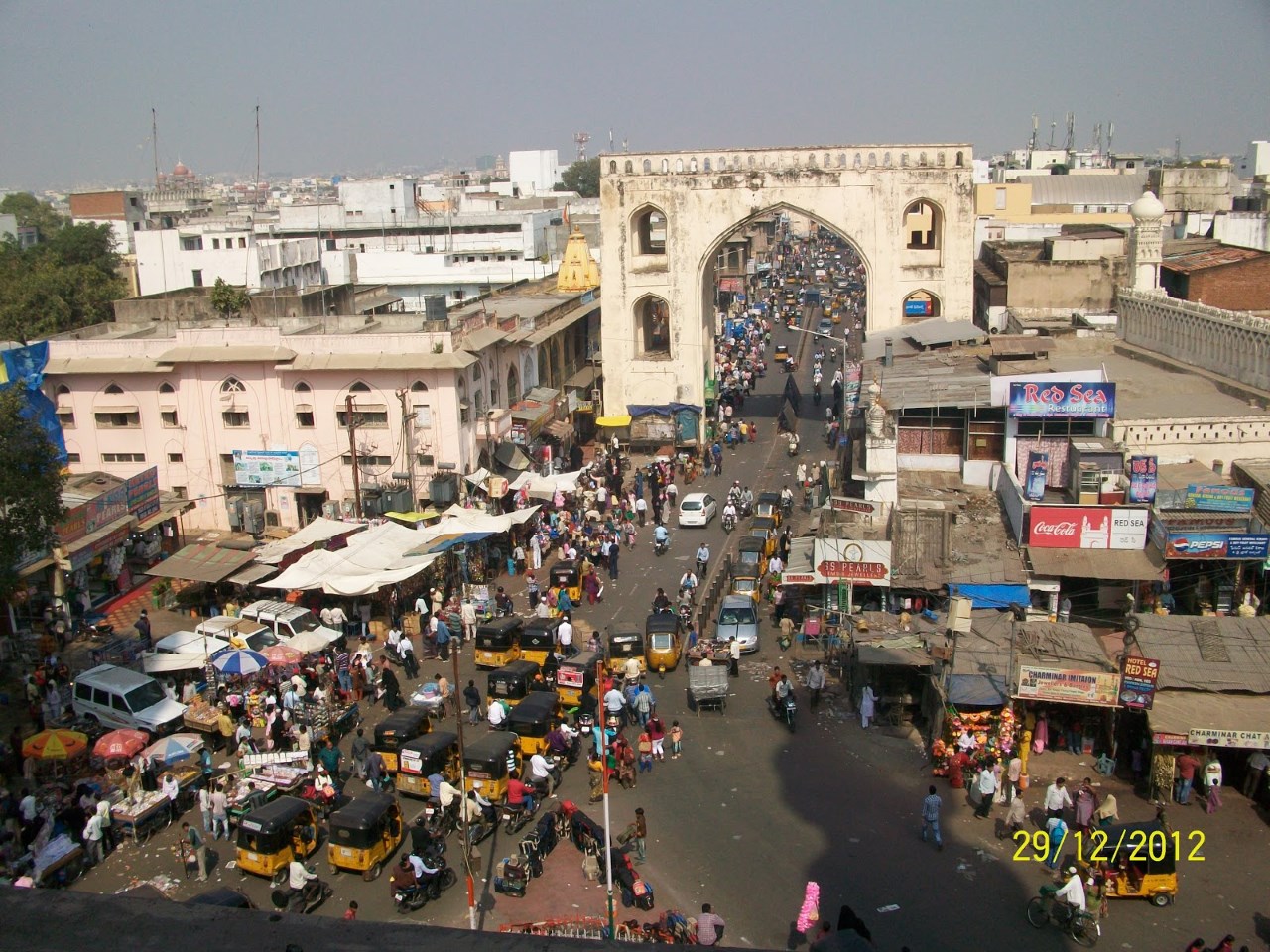
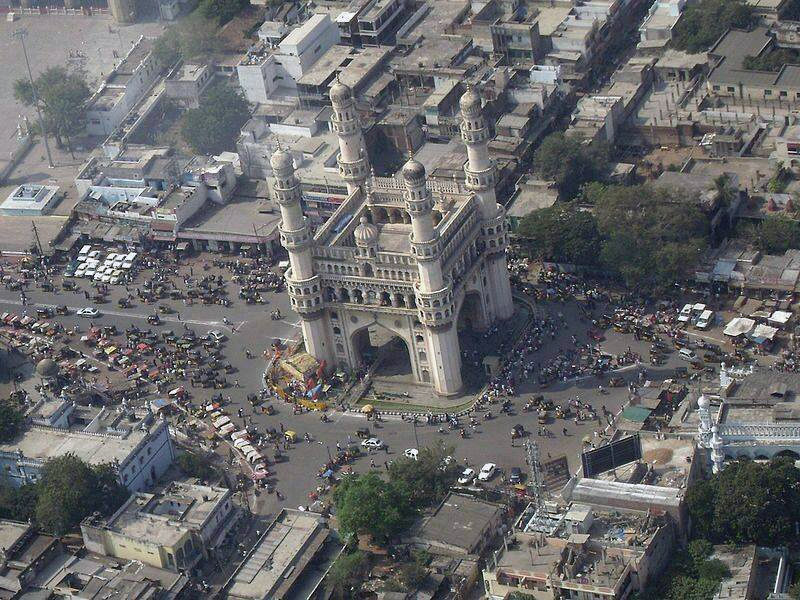
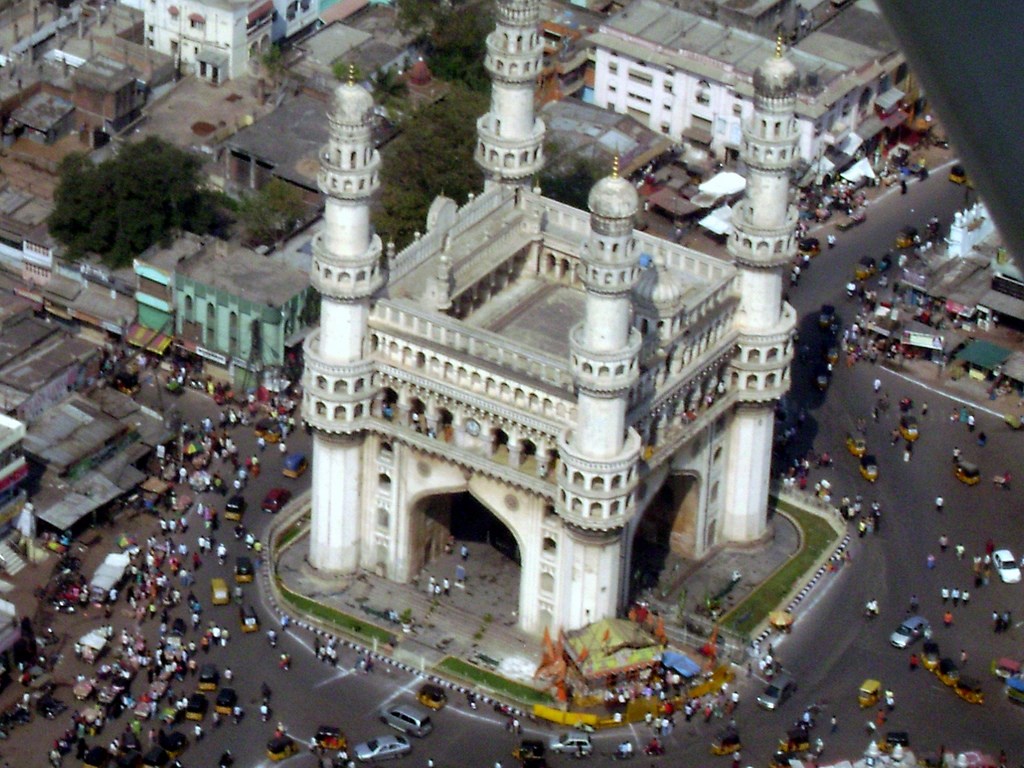

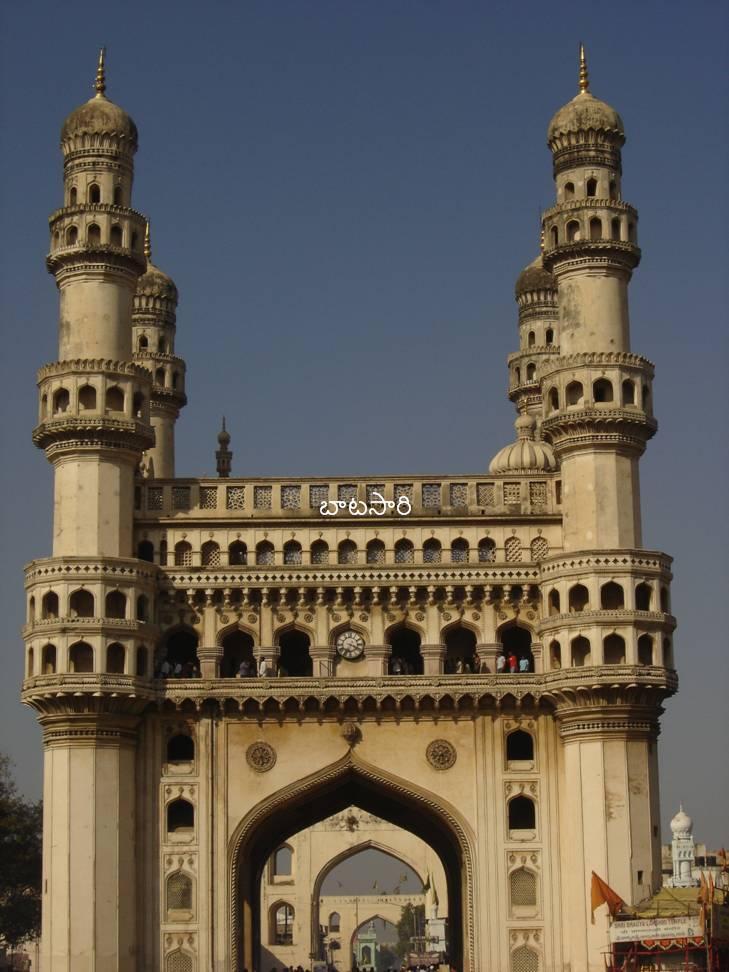
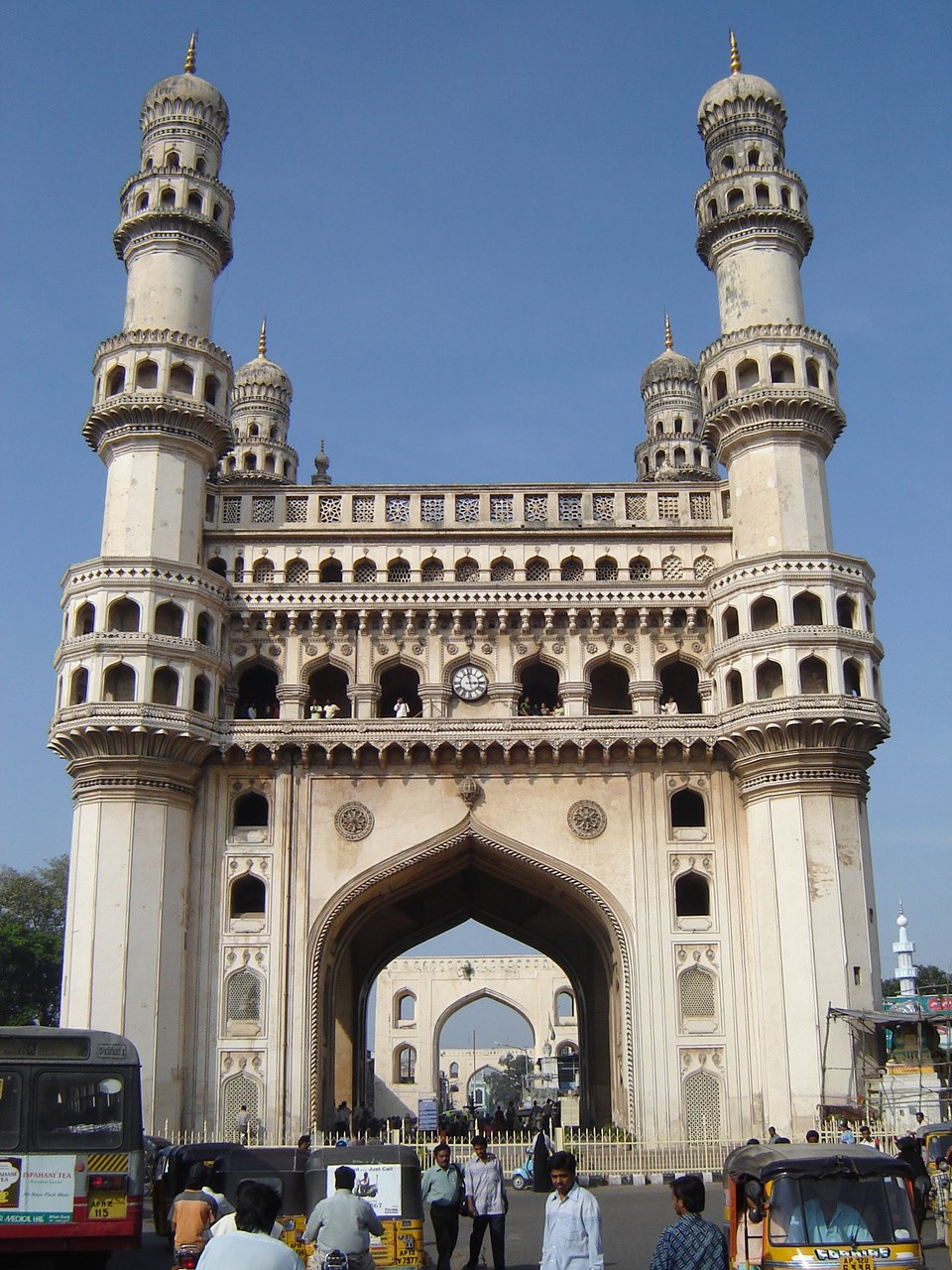
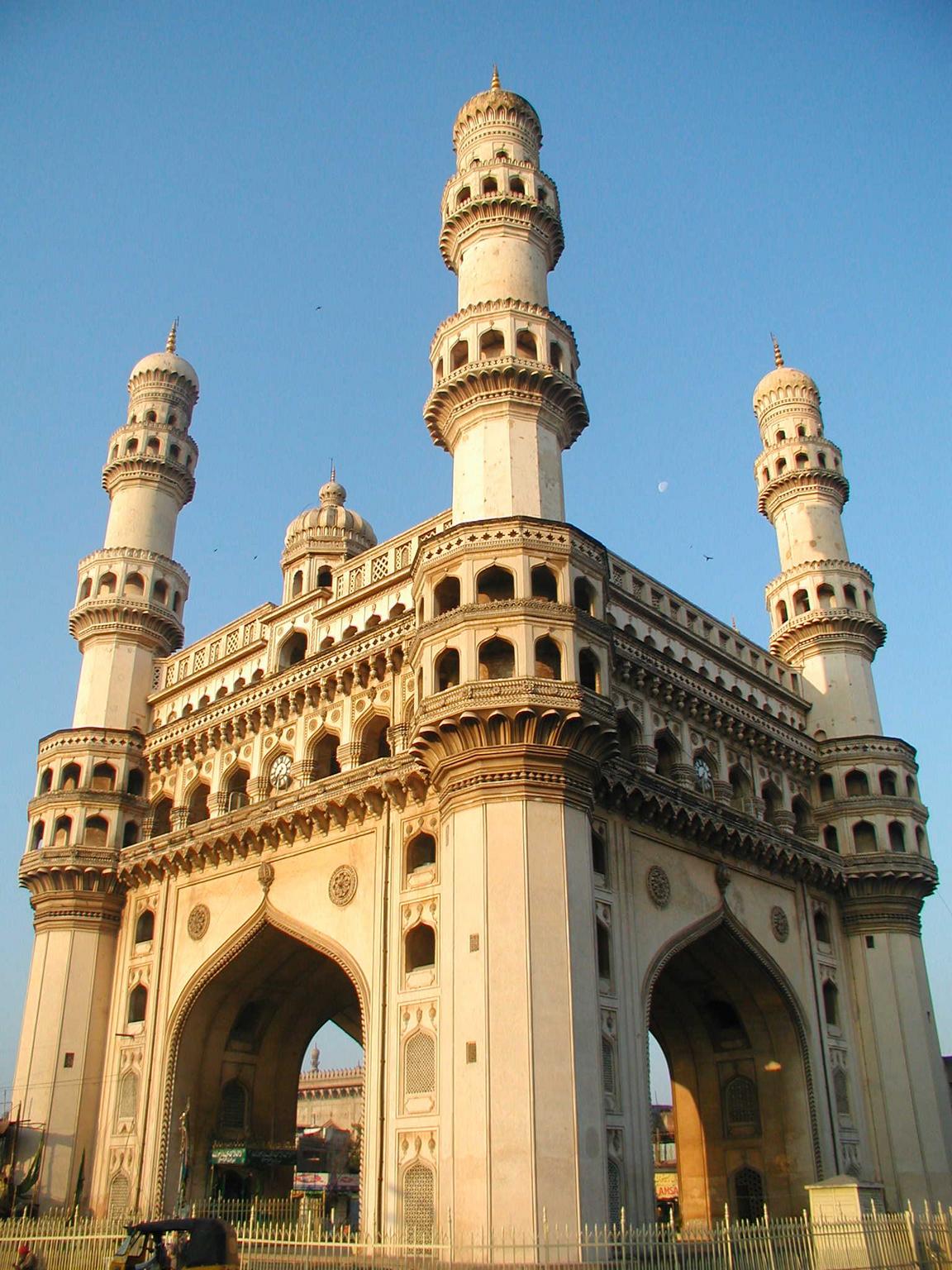
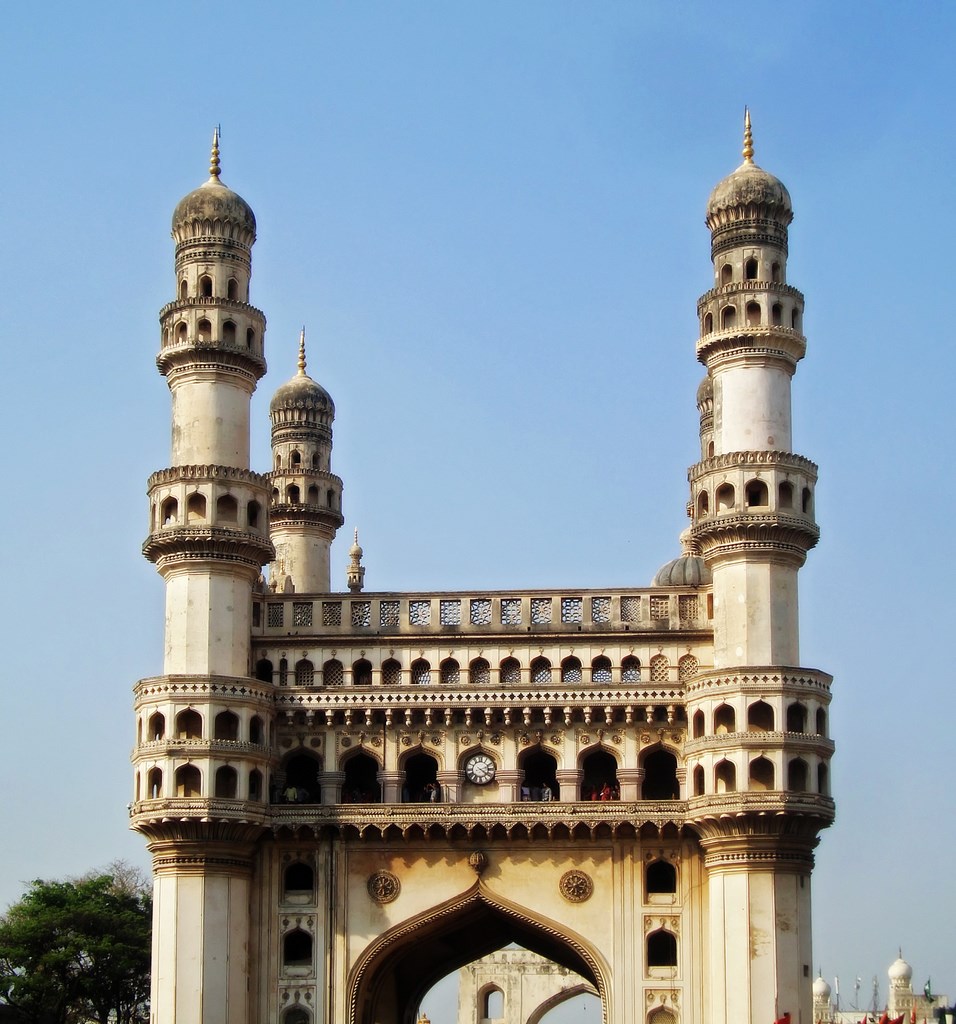
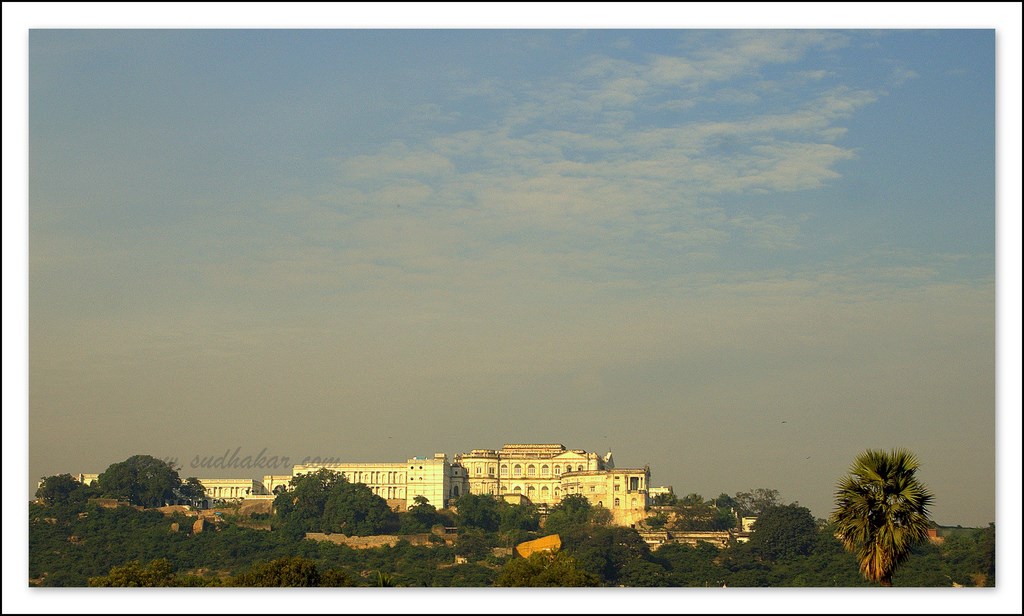
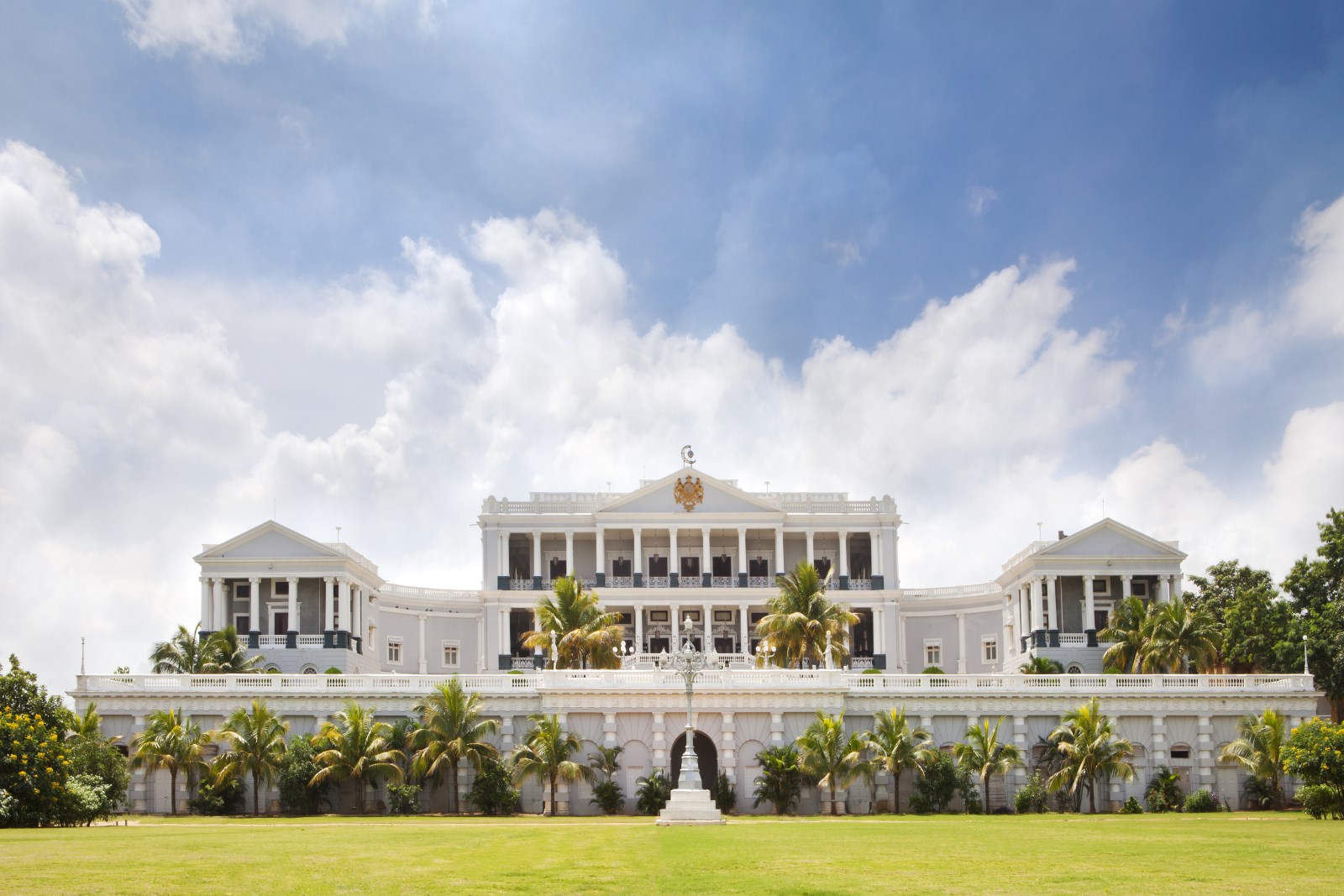

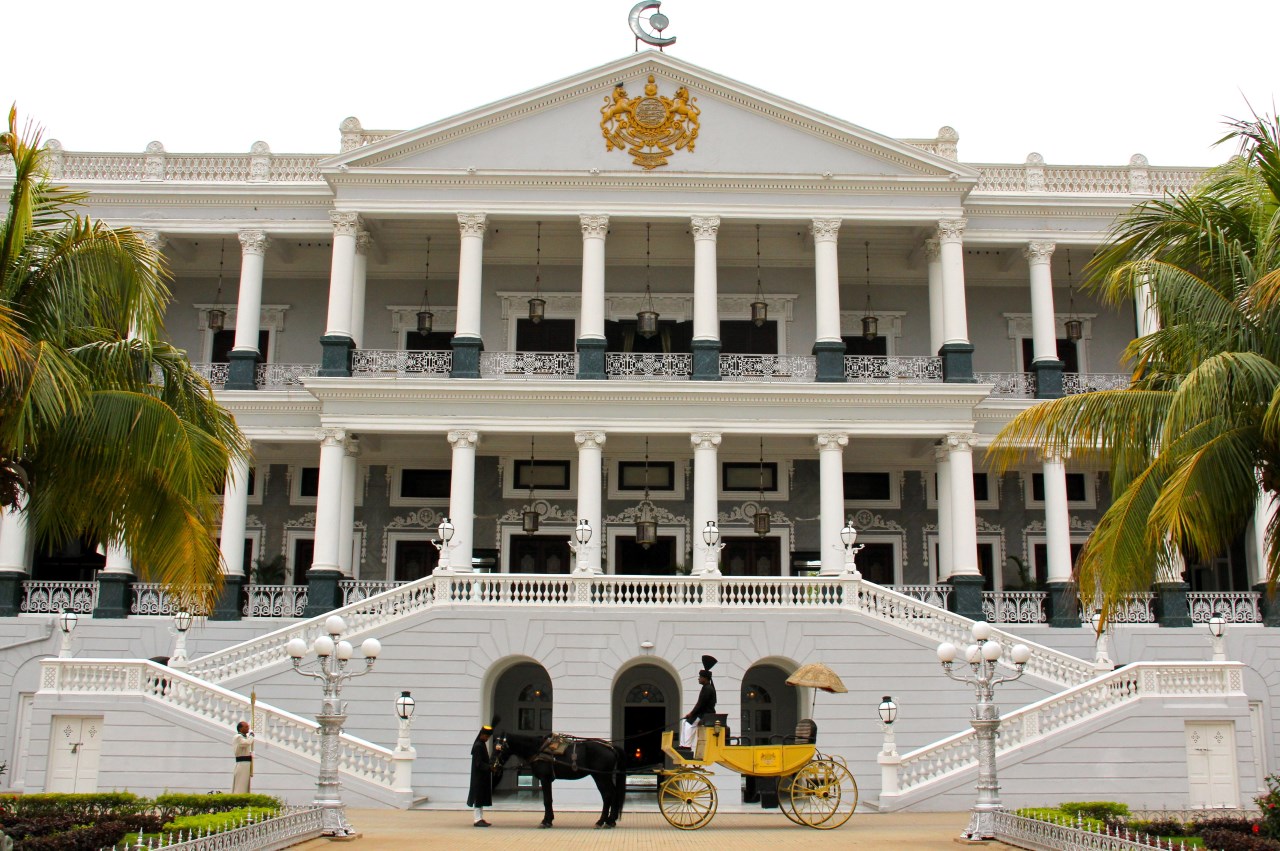
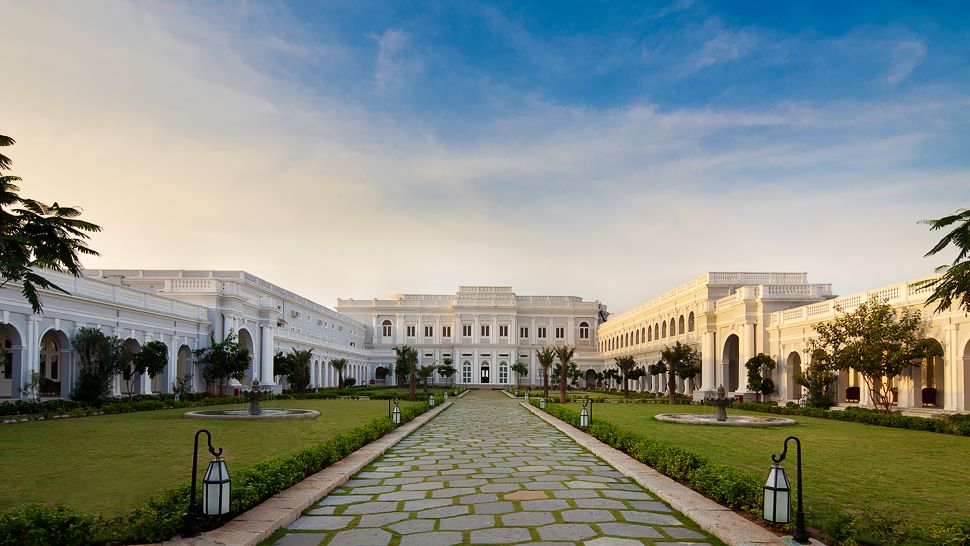
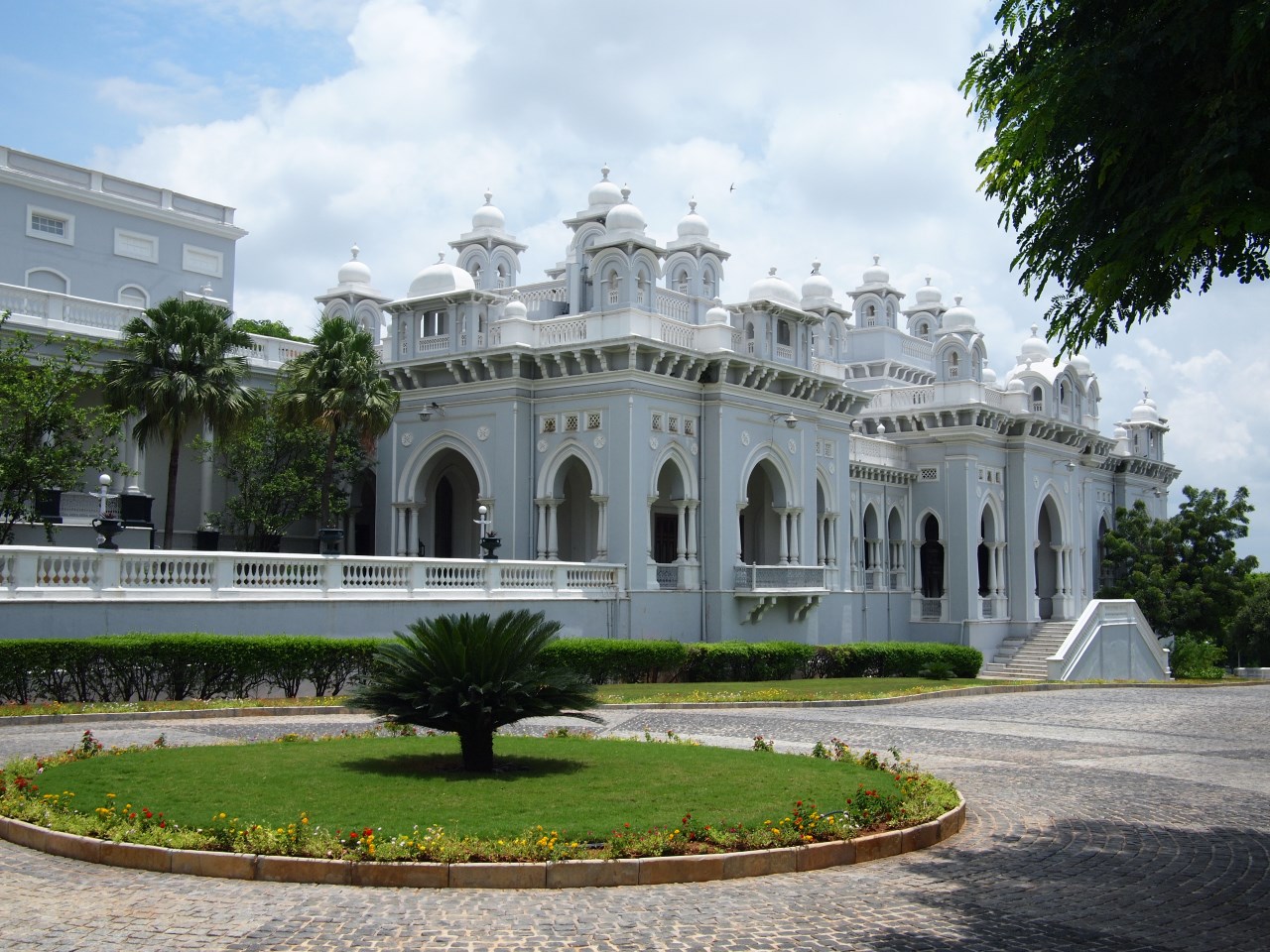
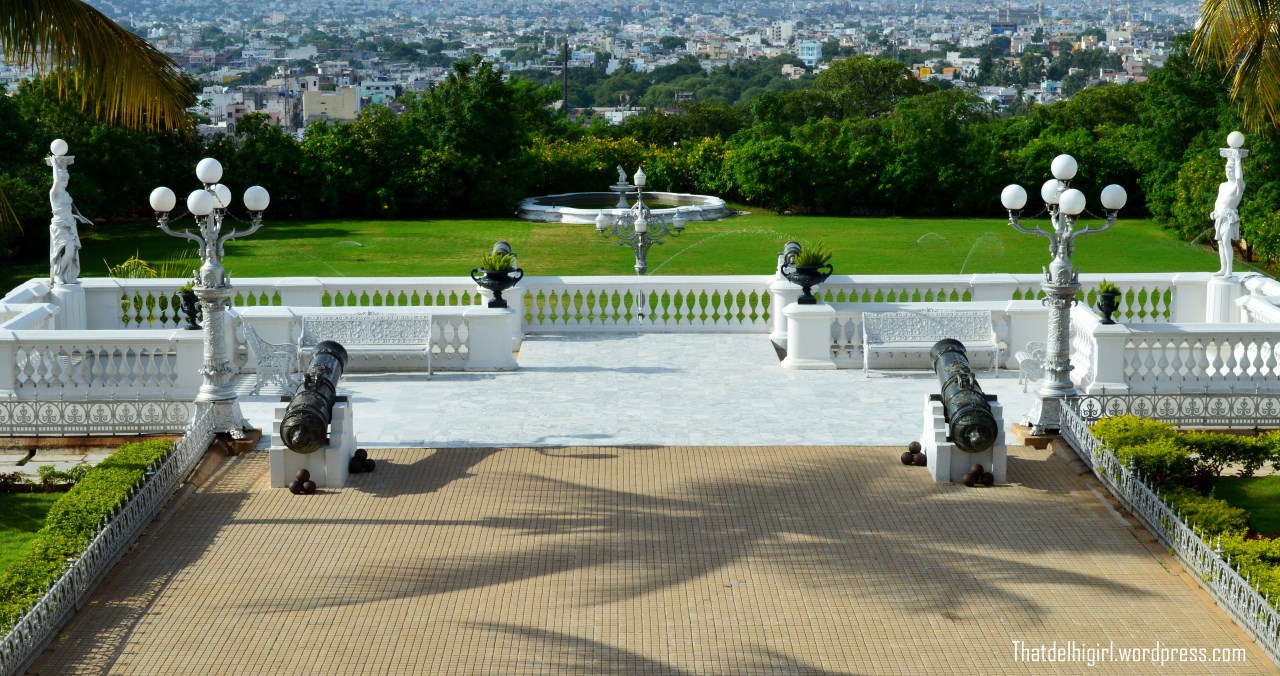
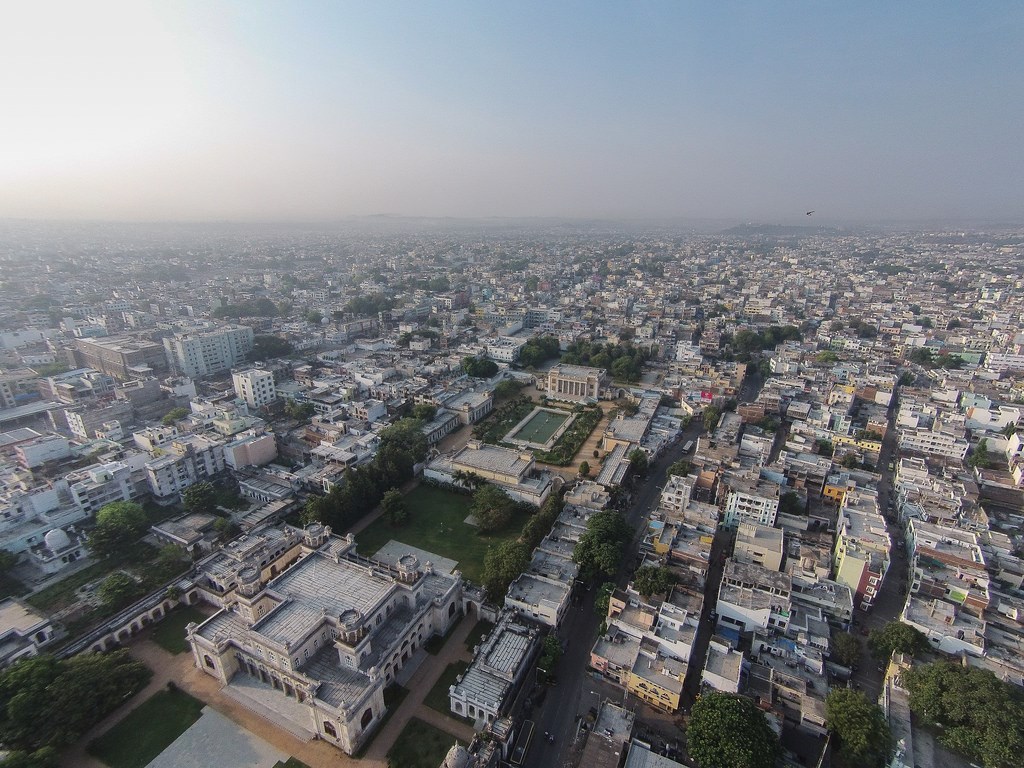
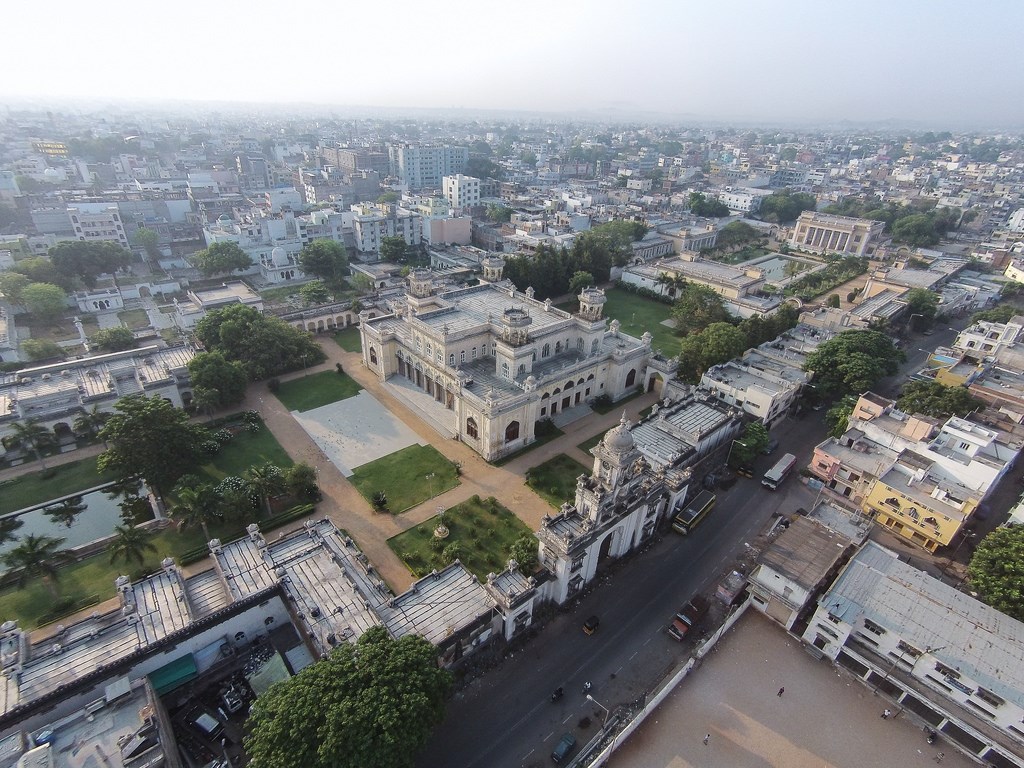
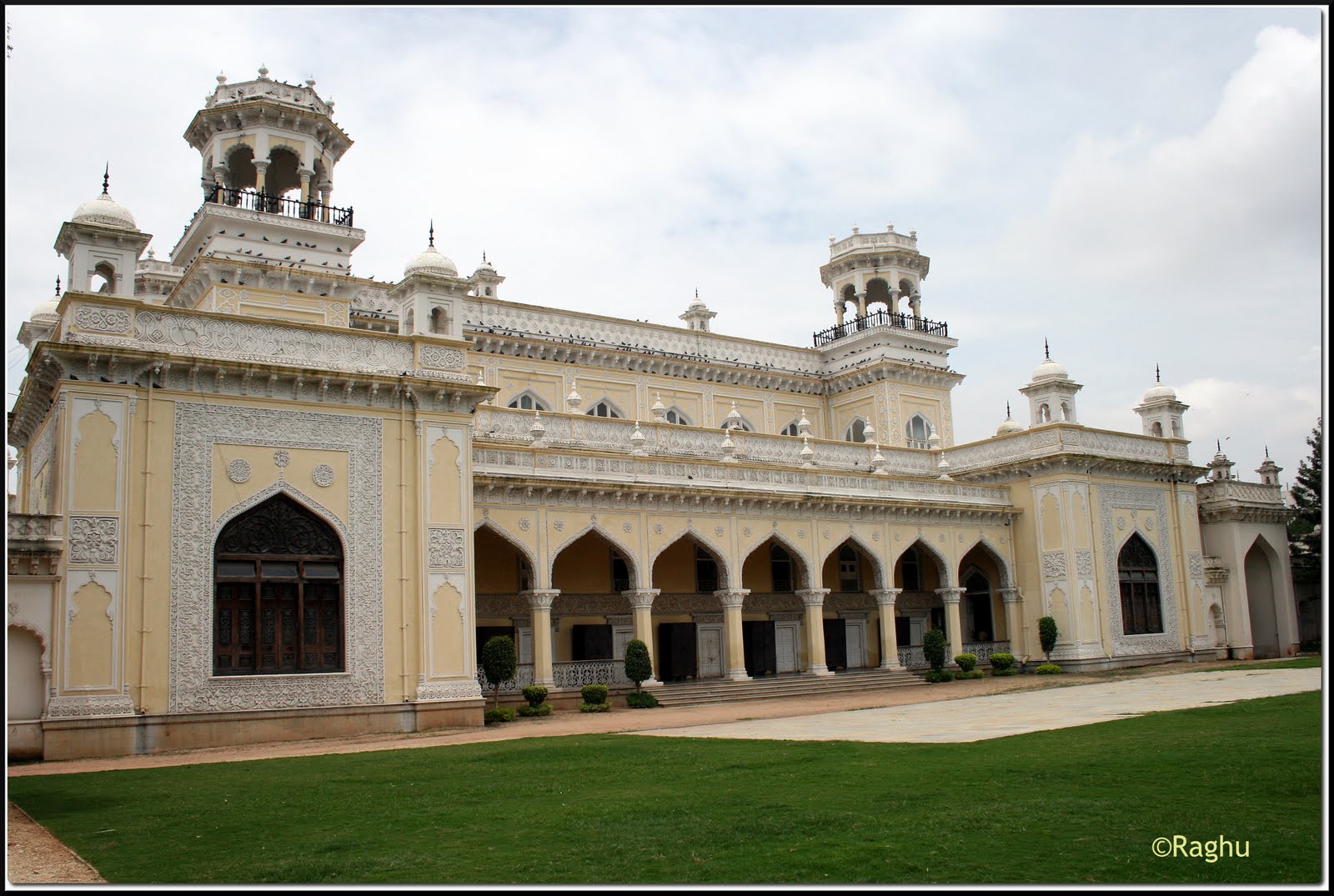
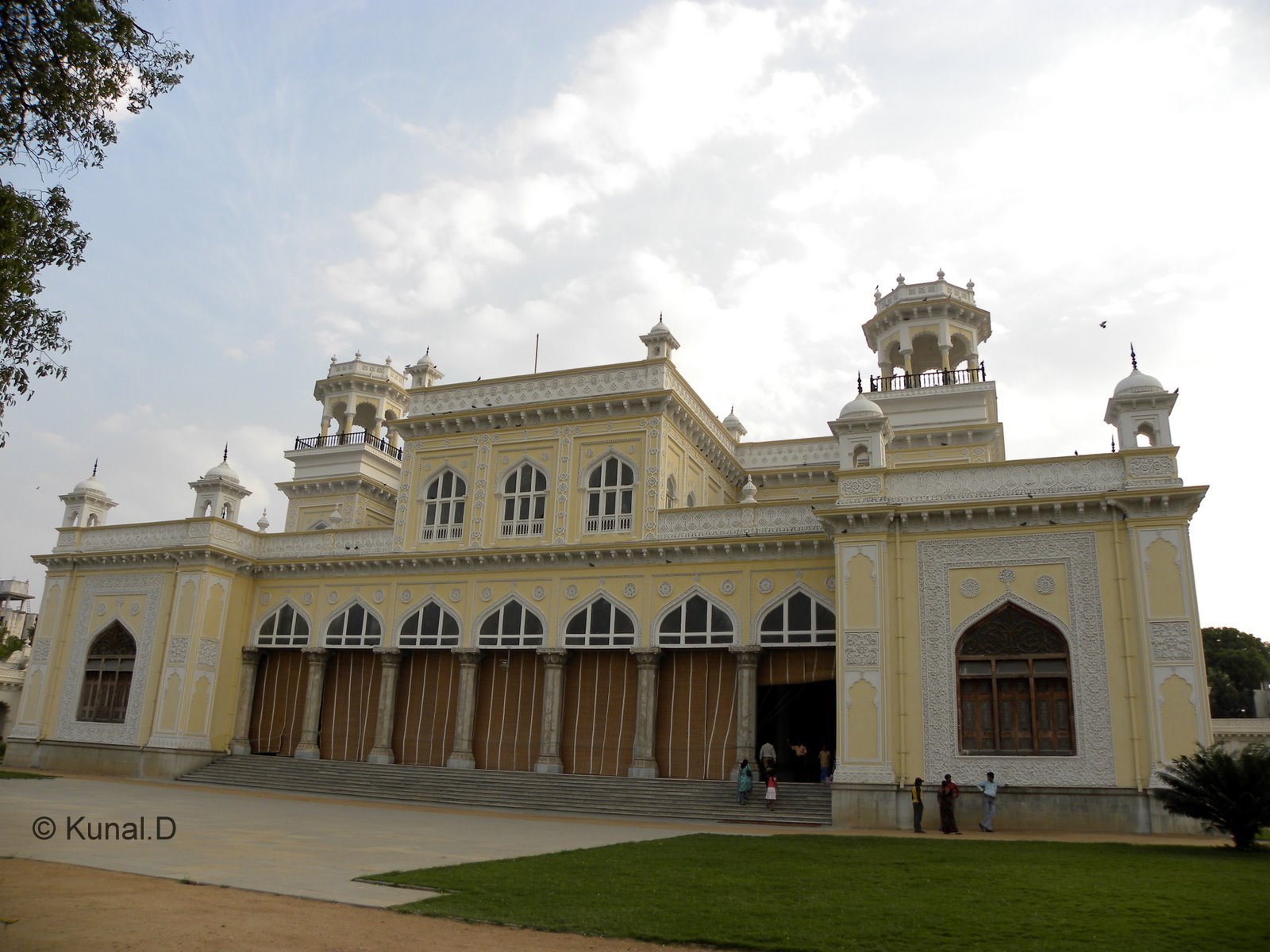
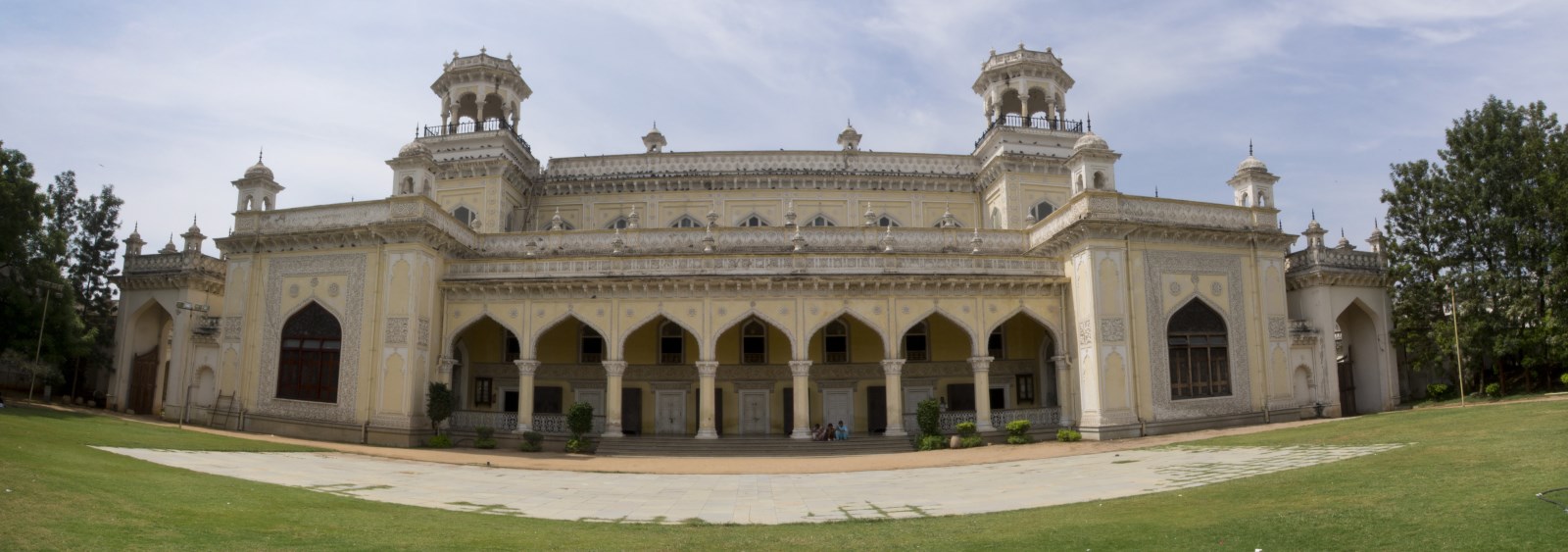
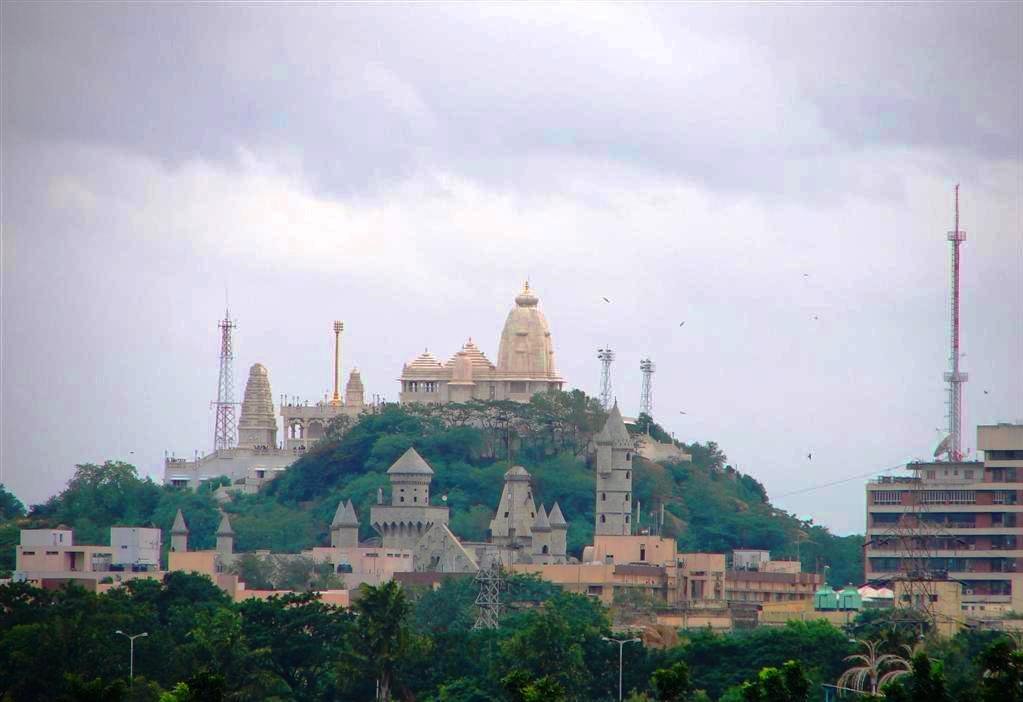
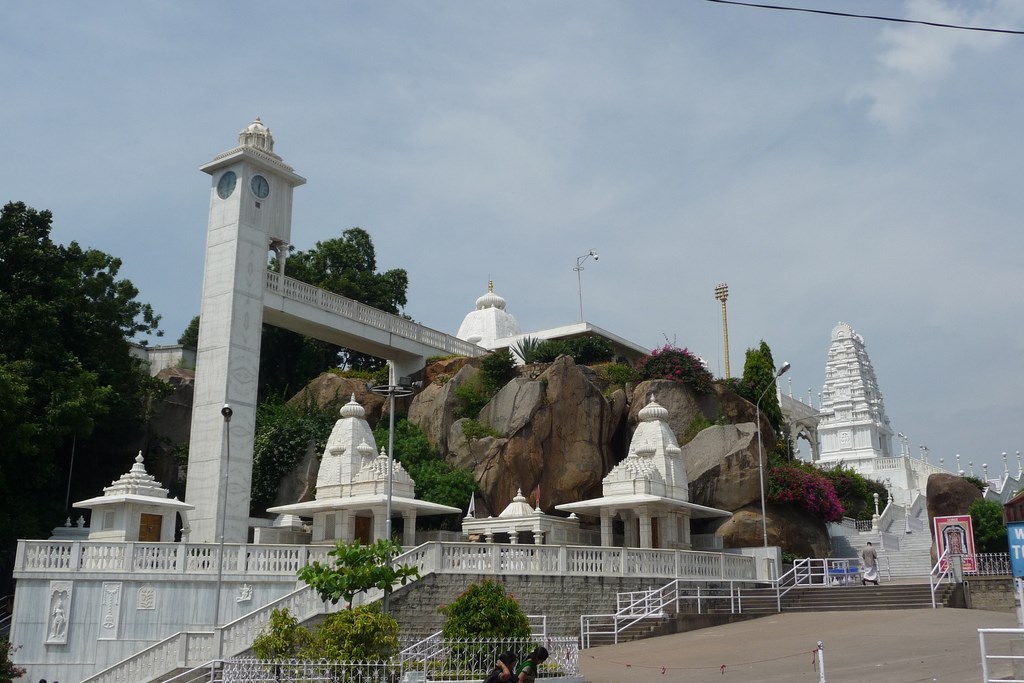
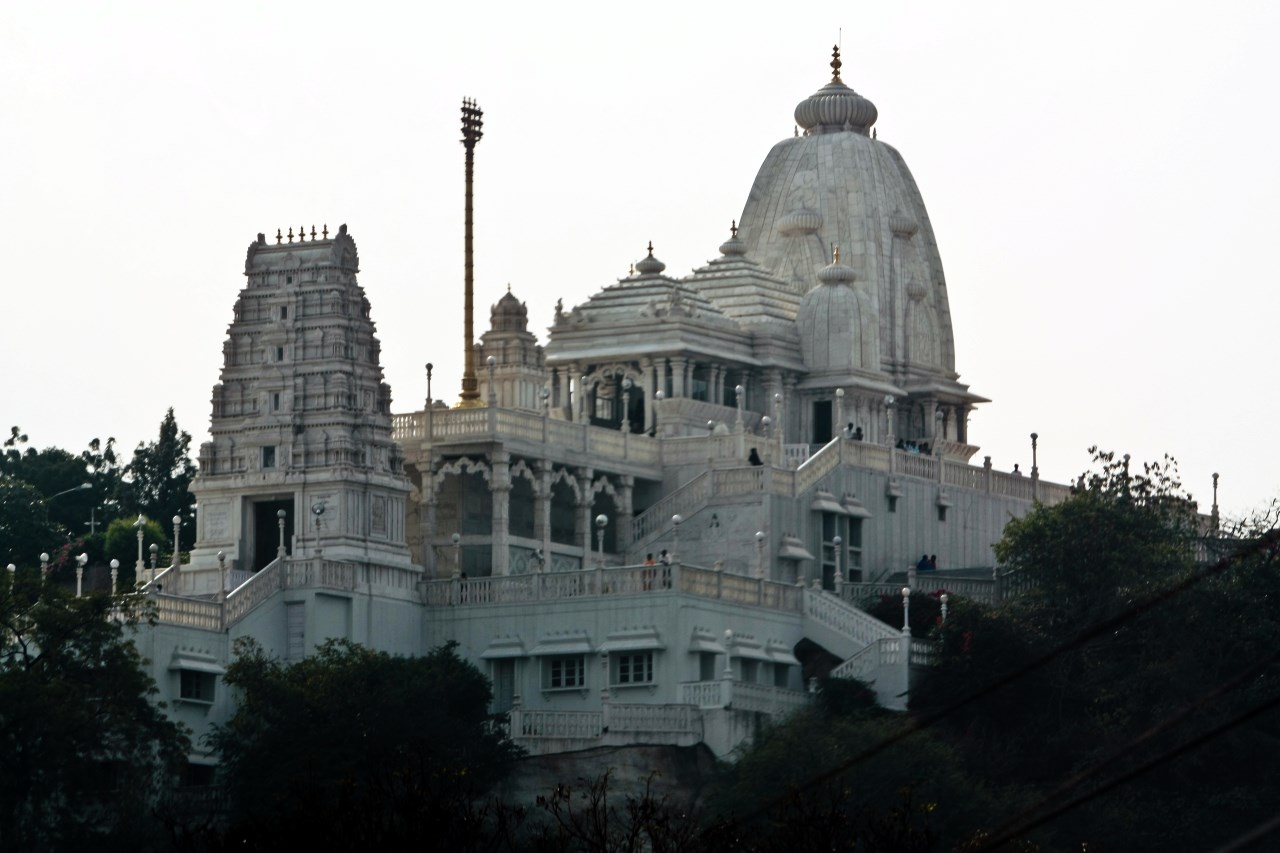
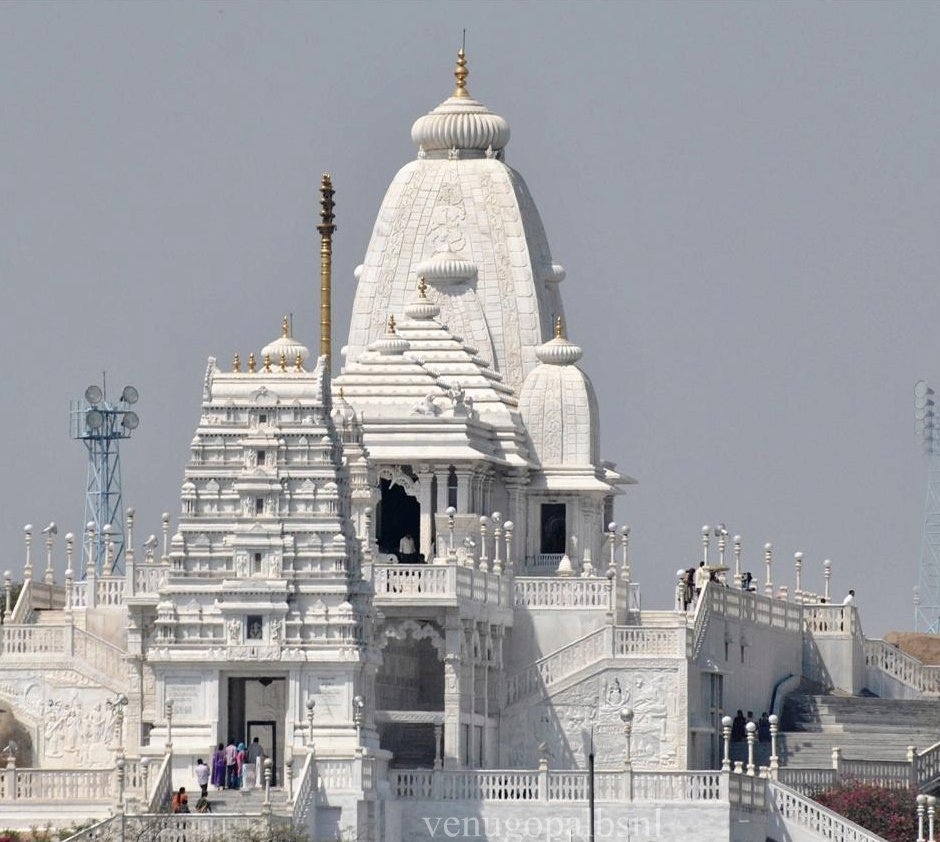
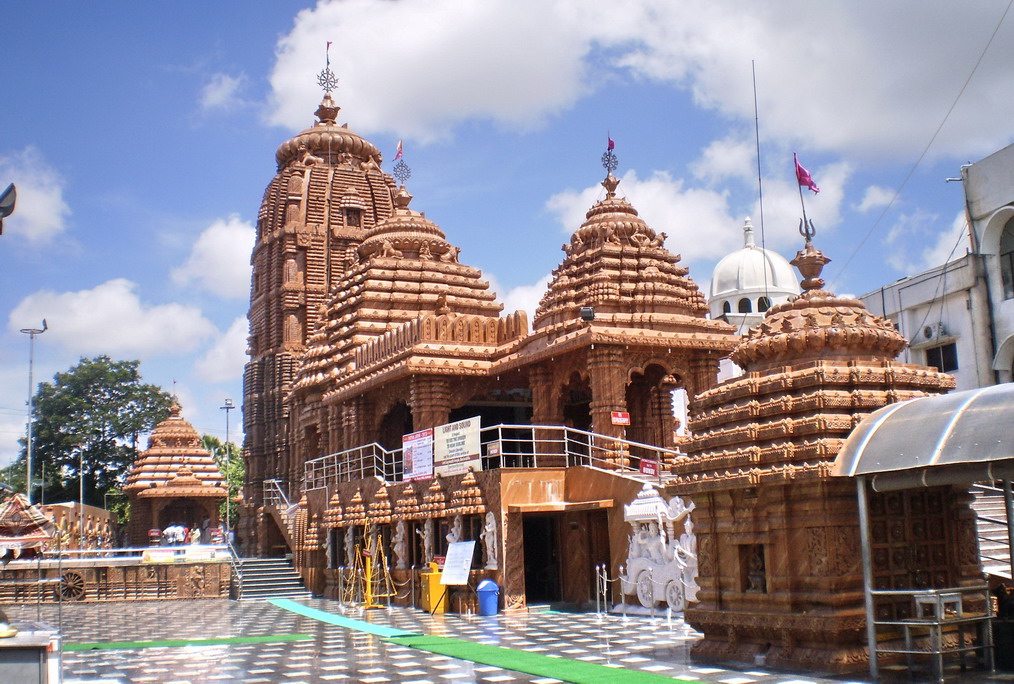
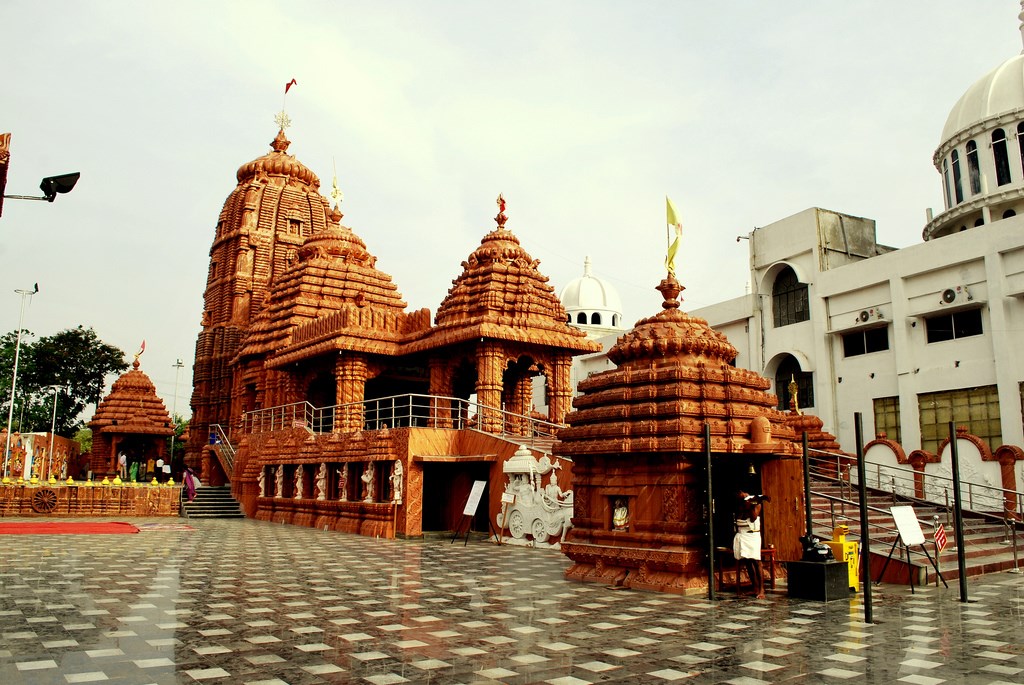
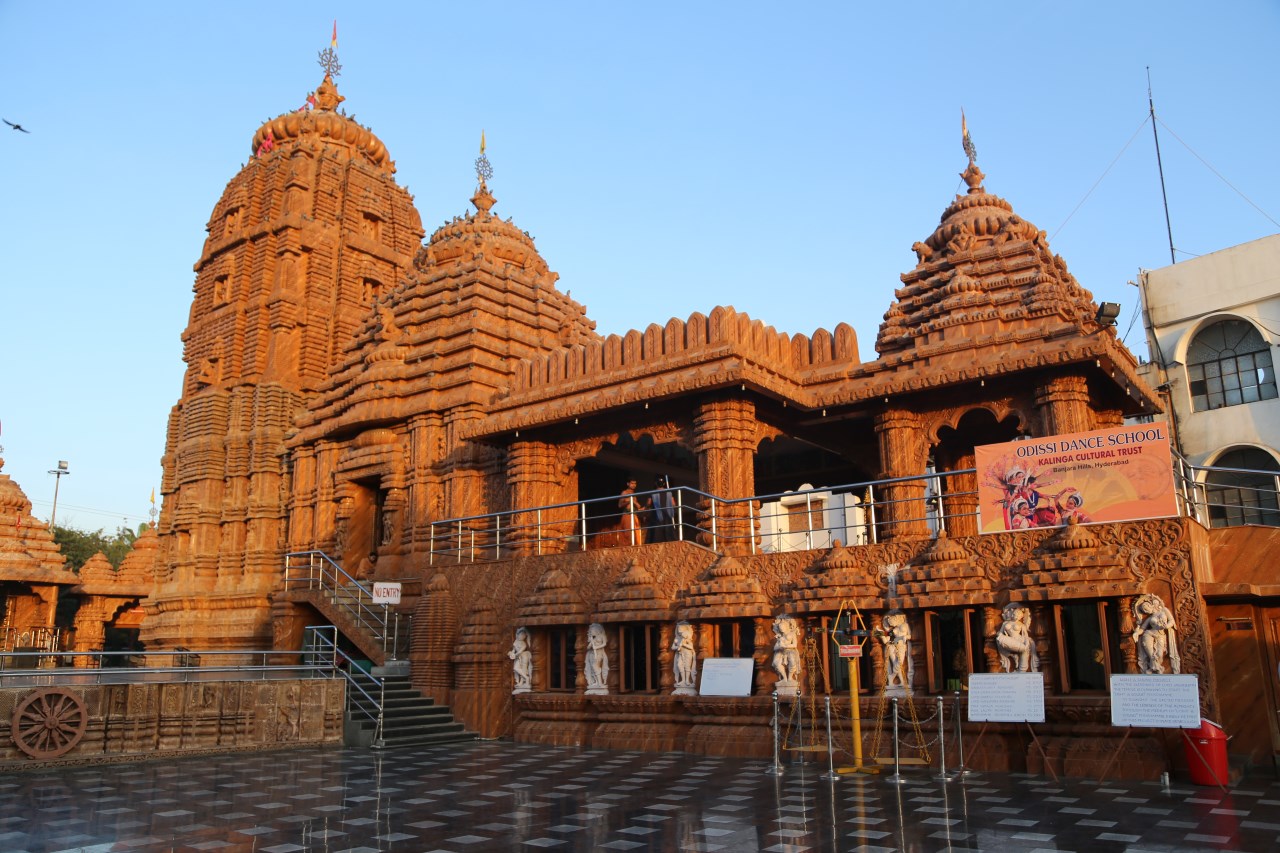
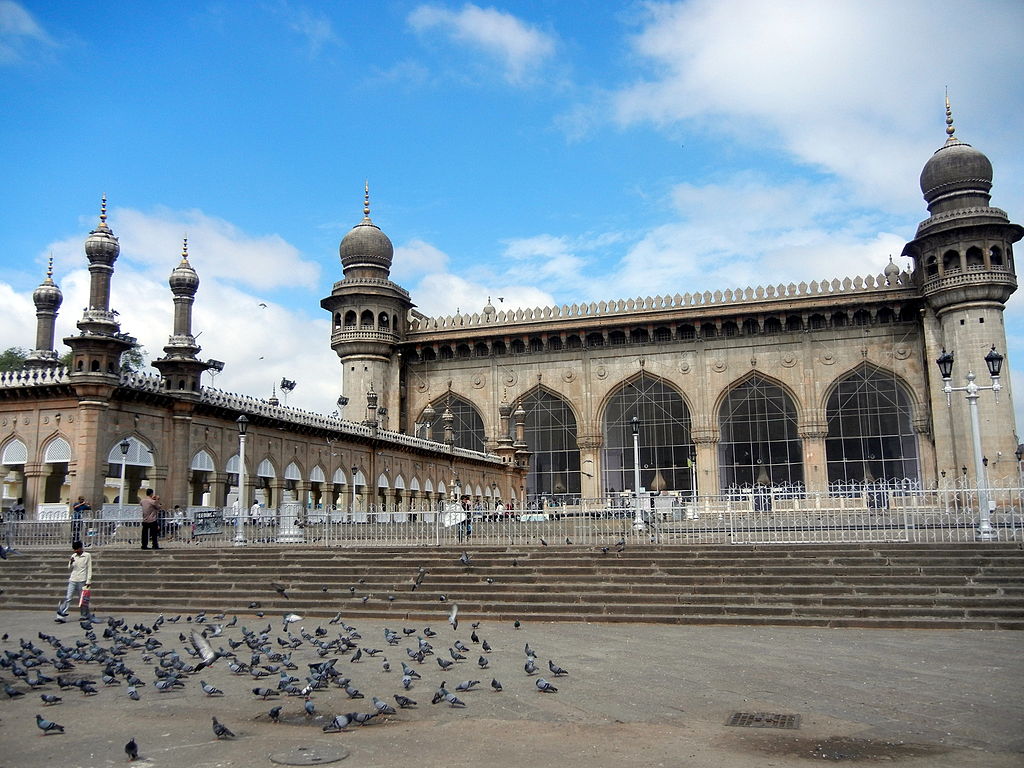
Unas de las ciudades más destacadas de India es Hyderabad, es también conocida por sus artesanías en joyas especialmente con perlas, en dicha ciudad se hablan varios idiomas, como el hindú, urdu y también telegú, esta ciudad es considerada una de las regiones más destacadas en lo que refiere tecnología allí se encuentran las empresas más importantes de India, y también existen varios centros tecnológicos dedicados al desarrollo de software así como también a la cosmonáutica, es considerada la Silicon Valley de India.
Además de poder visitar templos hinduístas y museos, en Hyderabad también podemos ver el parque y zoológico de Nehru, sin embargo lo más destacado de esta ciudad son sus antiguos templos y mezquitas, así como también los museos los cuales nos hablan no solamente de las dinastías que allí vivieron sino también de sus más de 500 años de historia y tradición.
La gastronomía es otro de los atractivos turísticos de Hyderabad, una de las ciudades más importantes de India, allí se puede degustar uno de los típicos platos como es el biryani, además de la gastronomía también podemos disfrutar de muchos festivales culturales relacionados con la música y las tradiciones de India, como es el caso del Festival de danza y Makara Sankranti, otro festival que acontece en Hyderabad es el festival de las cometas.
Es importante destacar de la ciudad de Hyderabad si clima, el cual en verano suele ser extremadamente caluroso pero también sufre los efectos de los vientos monzónicos.
http://www.viajesalaindia.biz/2013/04/turismo-en-hyderabad.html
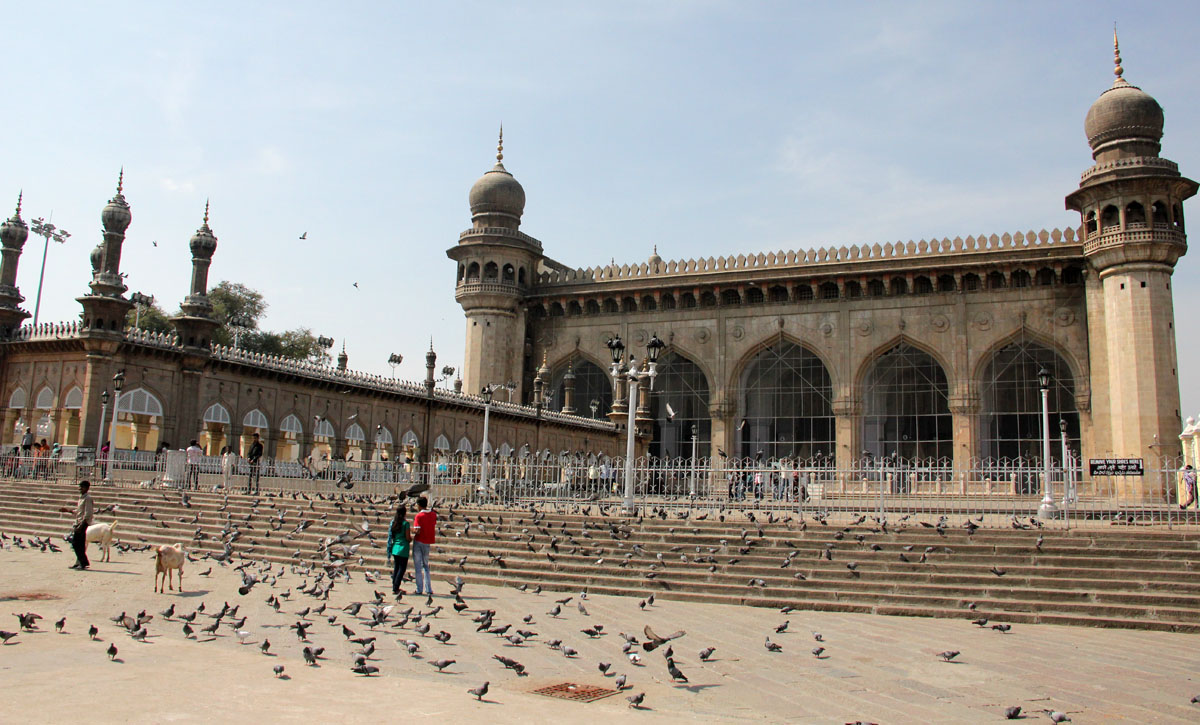
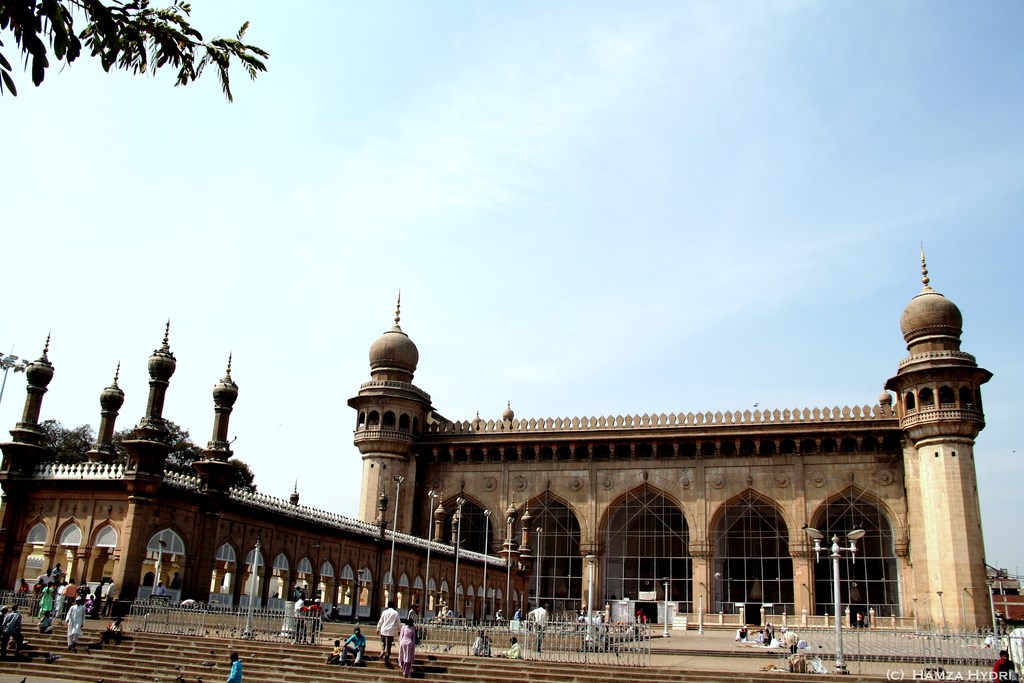
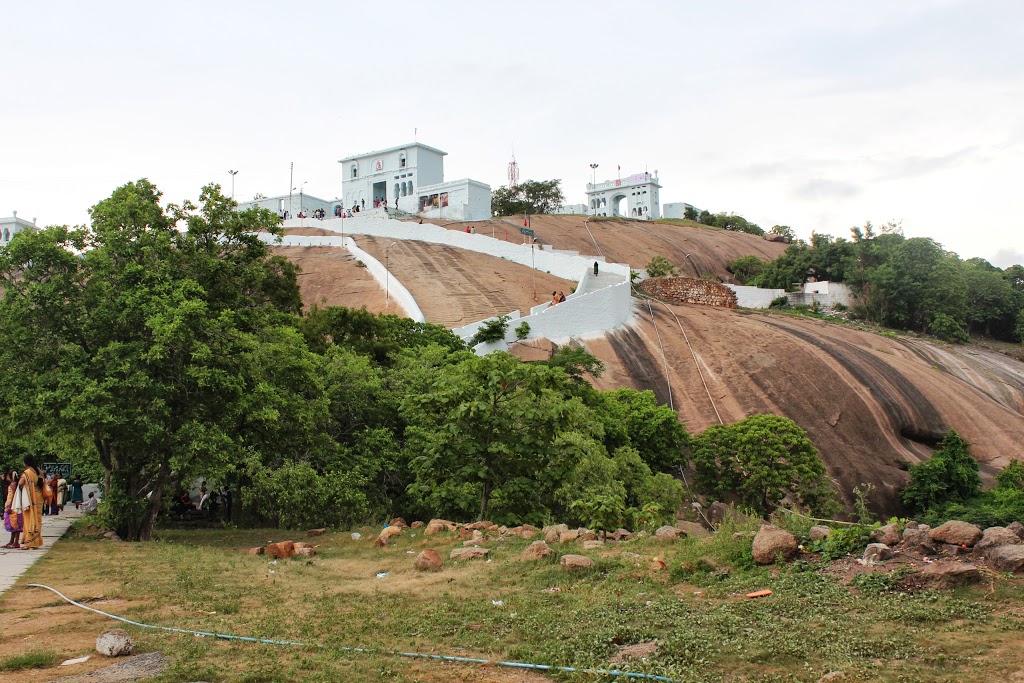
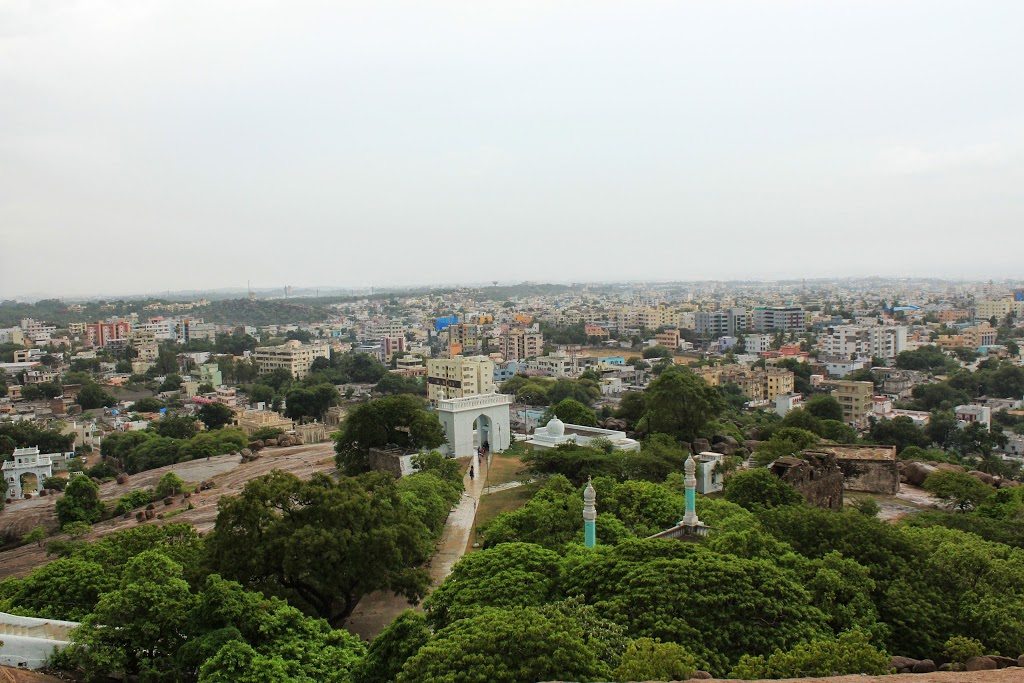
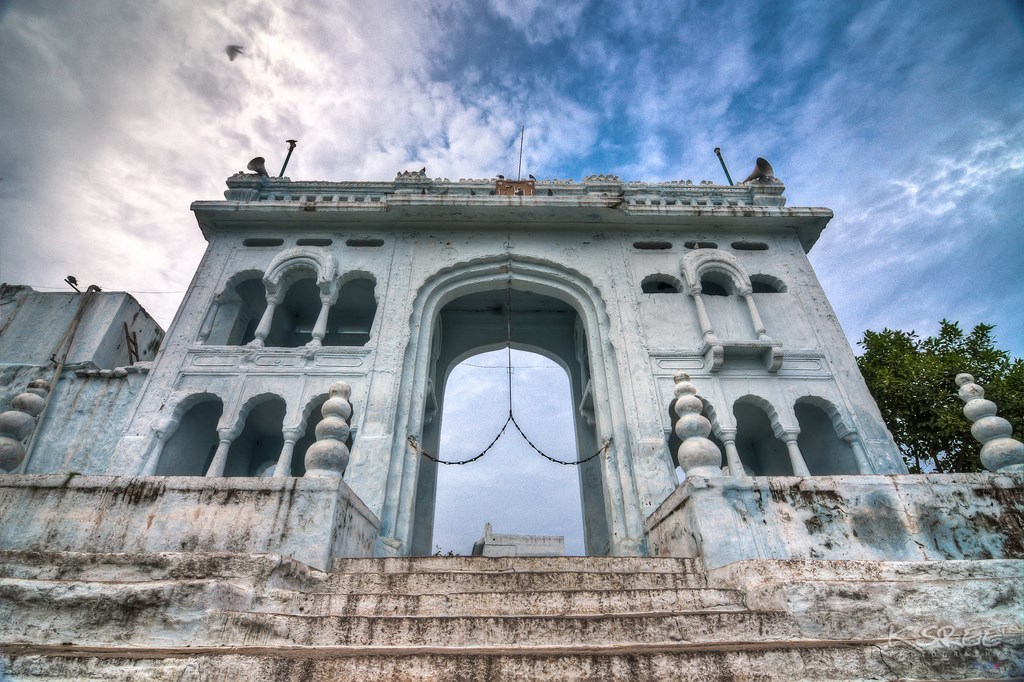
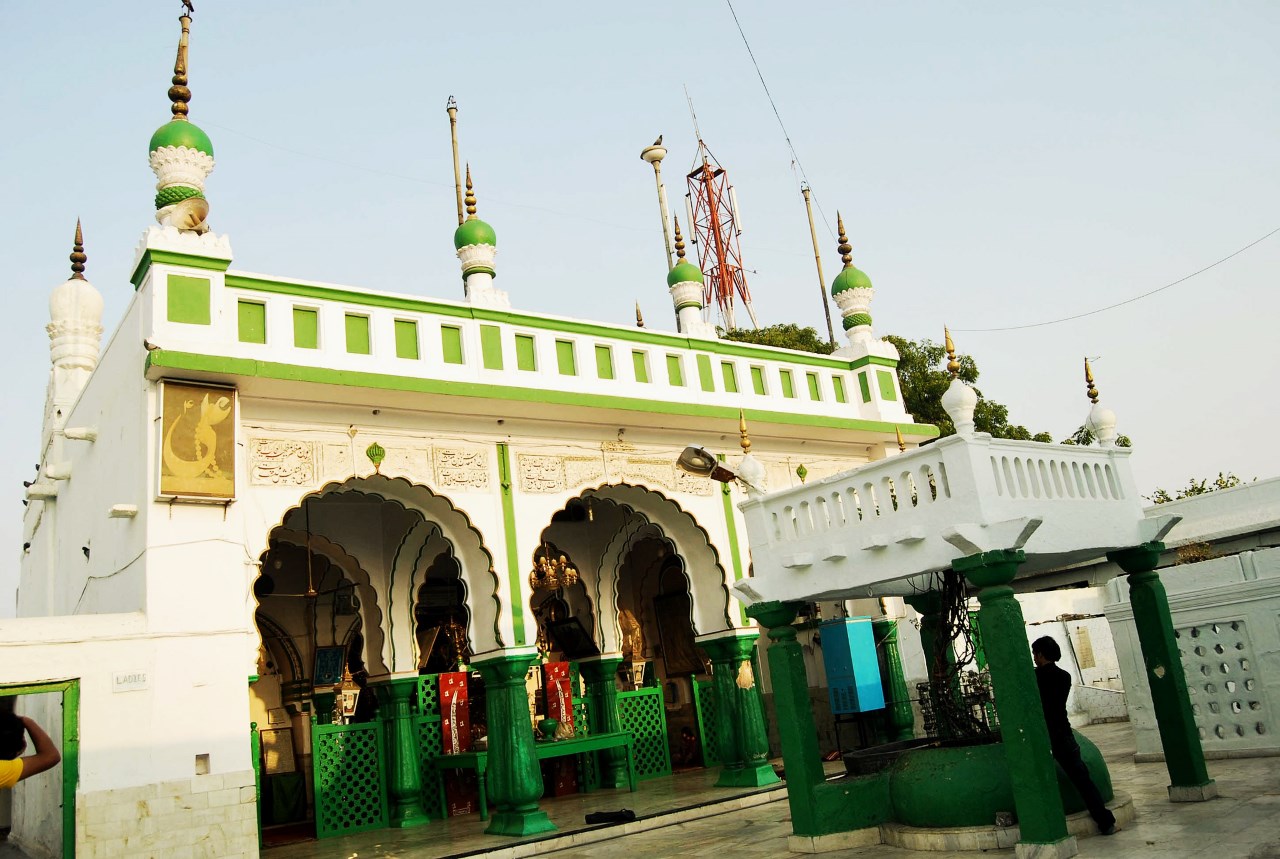
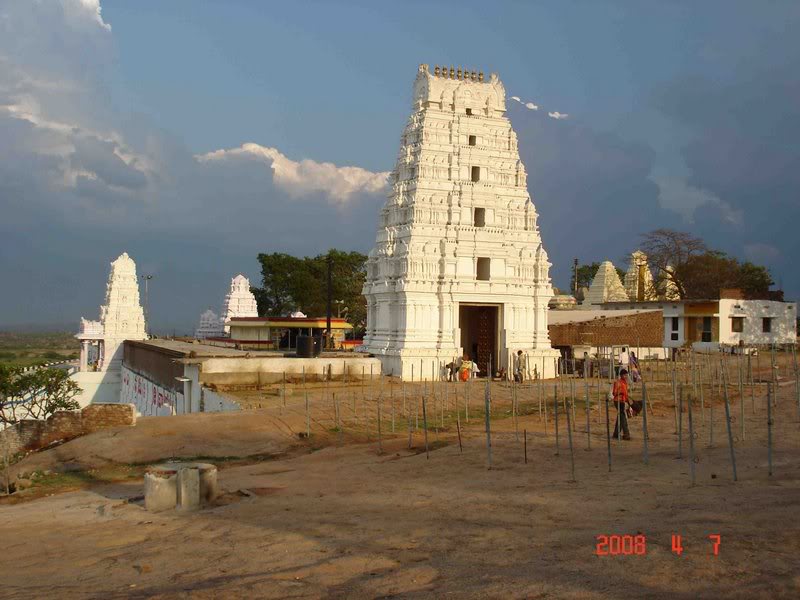
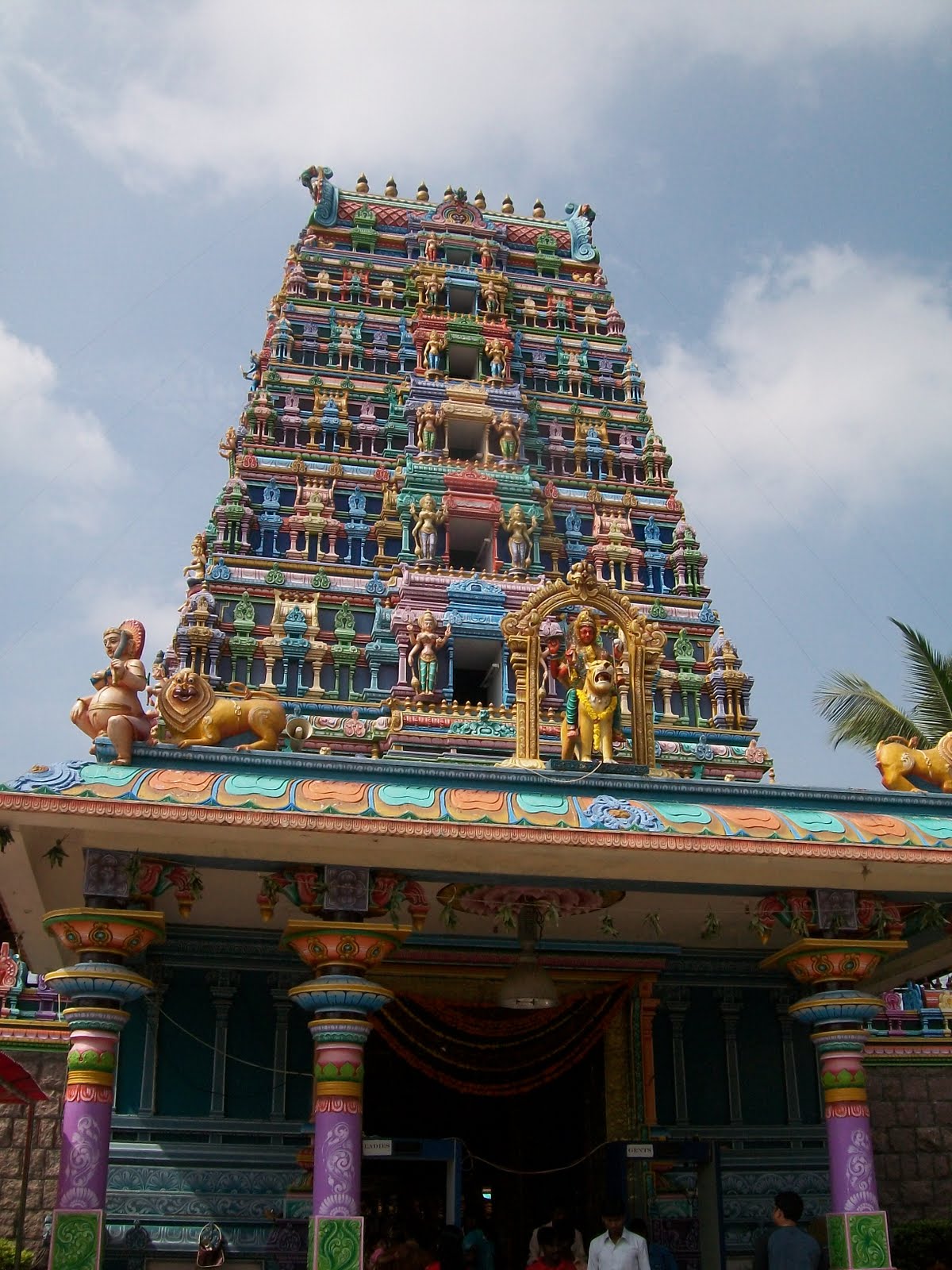
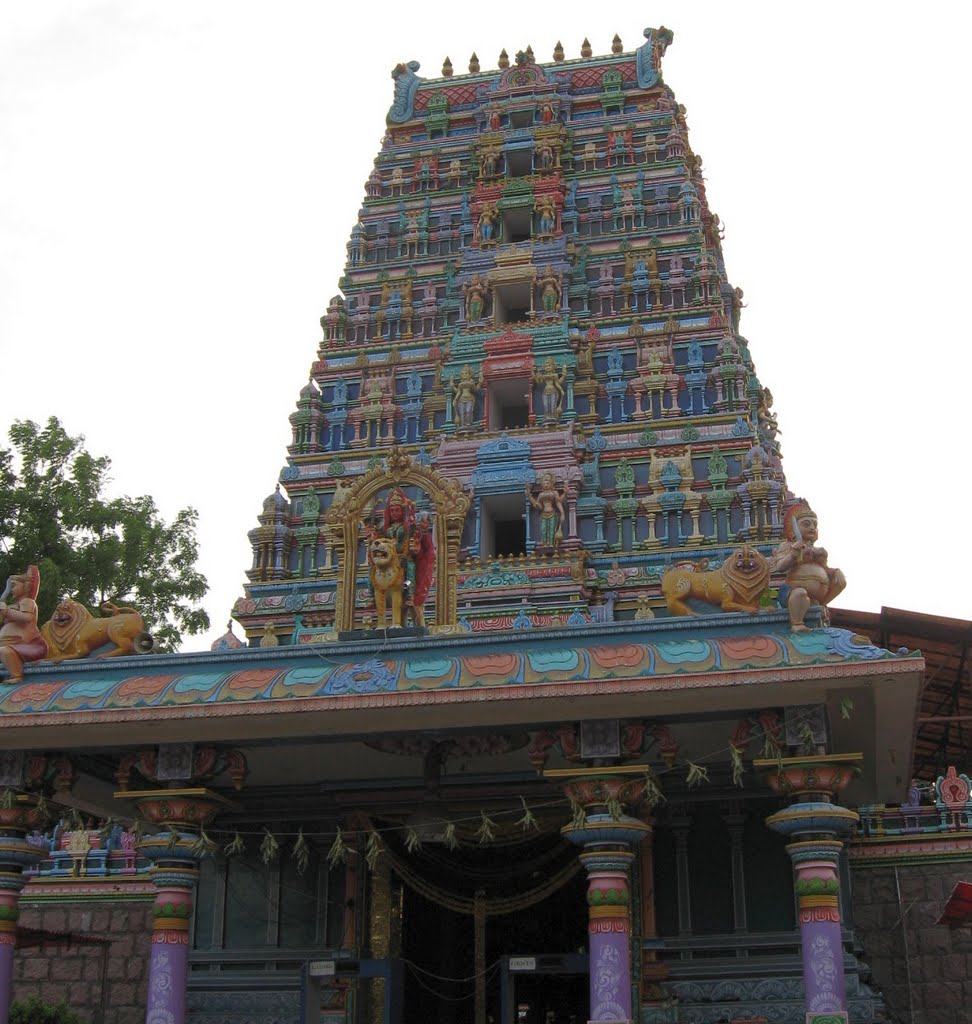
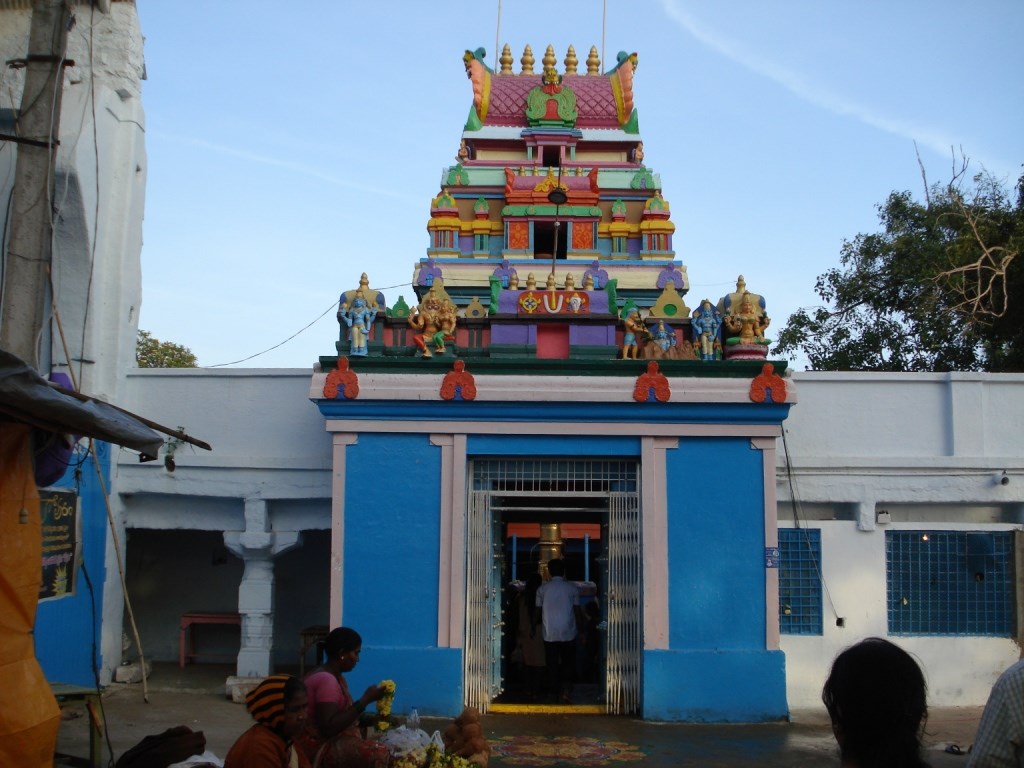
Hyderabad una ciudad con grandes monumentos
En la india nos vamos a encontrar con muchos sitios que se caracterizan por tener una gran cantidad de monumentos y destinos turísticos de una gran calidad, por eso vamos a dar sobre una ciudad que los tiene a una gran cantidad de los mismos como Hyderabad, la cual es considerada como la quinta más importante de todo el país de la india, Un lugar realmente excelente para tener en cuenta por parte de todos los amantes de las artes, pues es un destino magnífico para las personas que disfrutan de este tipo de actividades gráficas, entre los principales atractivos turísticos que podemos destacar en esta ciudad sin lugar a dudas es Charminar, Un edificio realmente impresionante que todos vamos a disfrutar y que fue construida su debido momento para tratar de exterminar una plaga.
El Palacio de Faluknama Es uno de los mejores sitios para tener en cuenta por parte de todos los visitantes de esta ciudad, pues es una verdadera obra arquitectónica que seguramente logrará gustar a todas las personas, pues su atractivo es simplemente impresionante.
http://www.absolut-india.com/hyderabad-una-ciudad-con-grandes-monumentos/
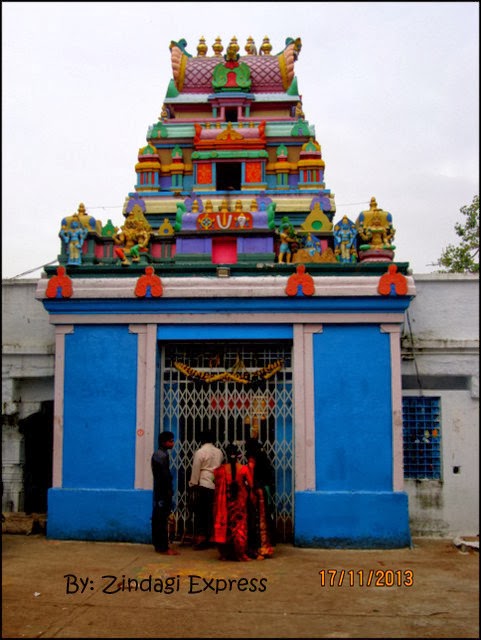
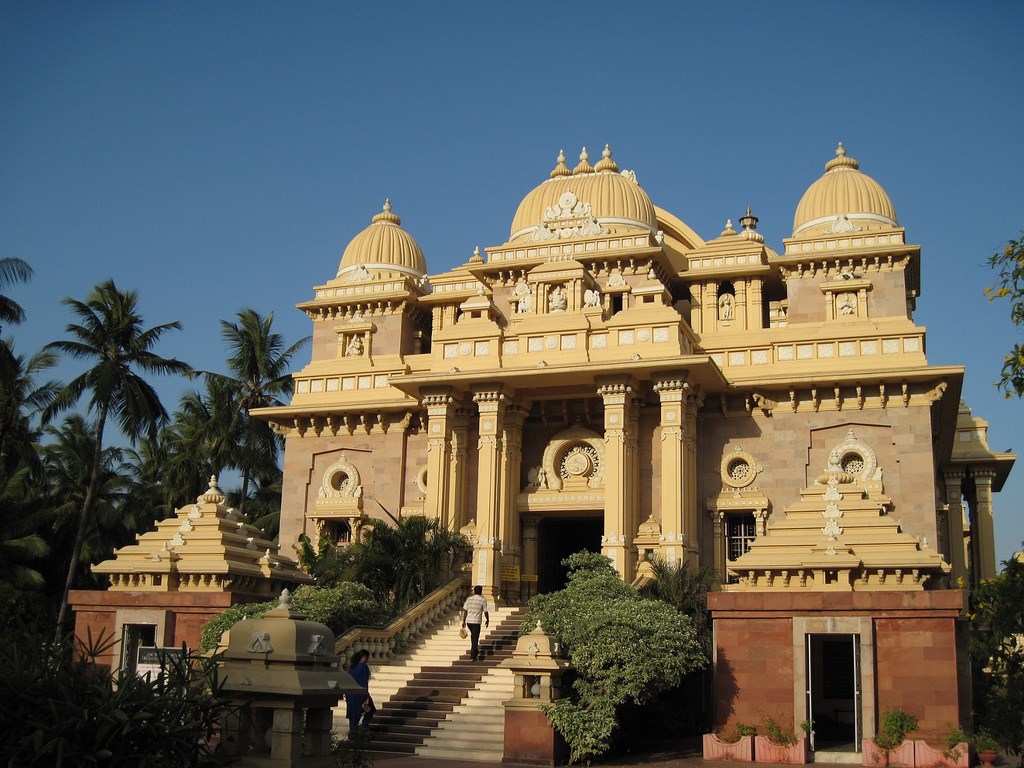
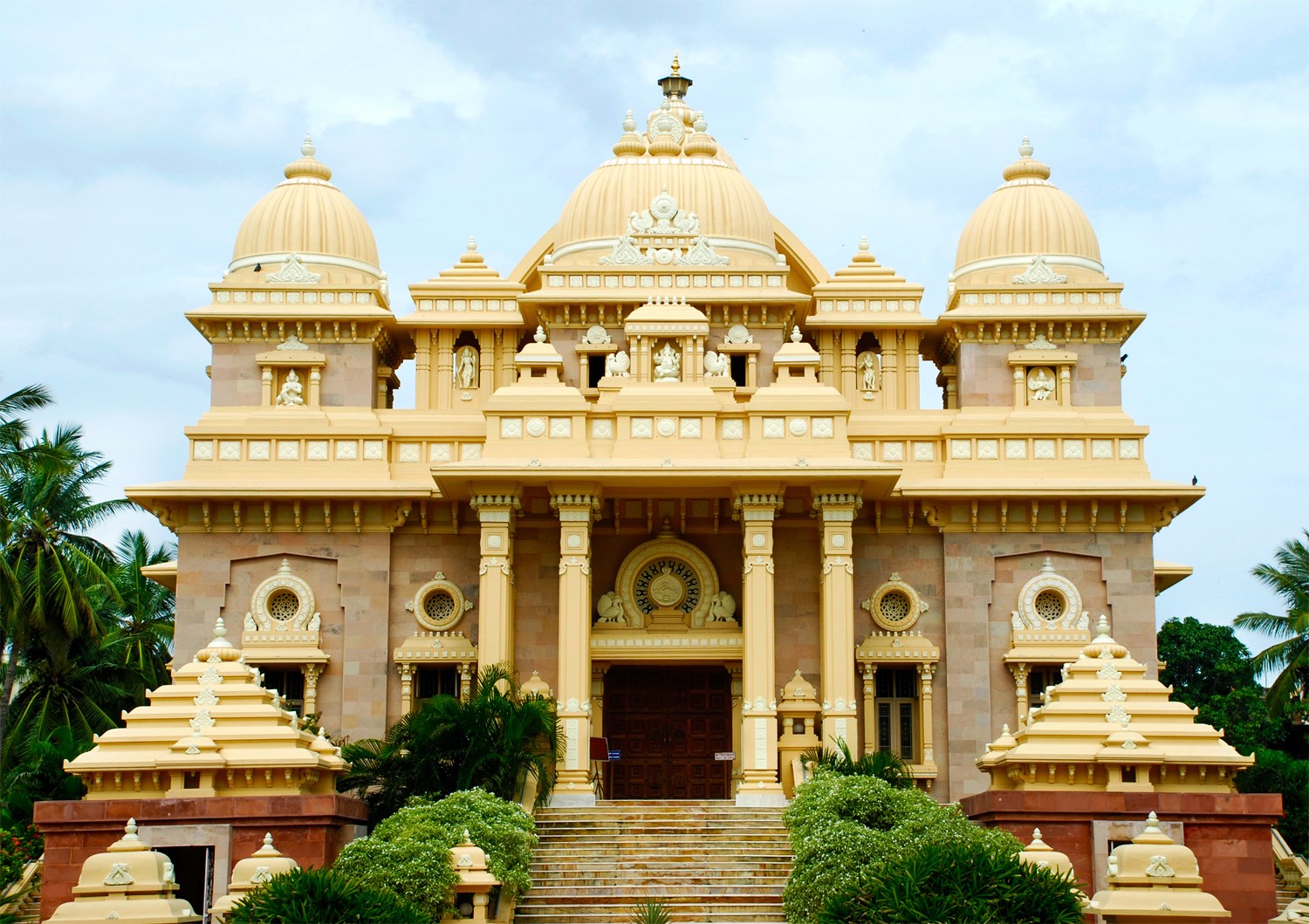
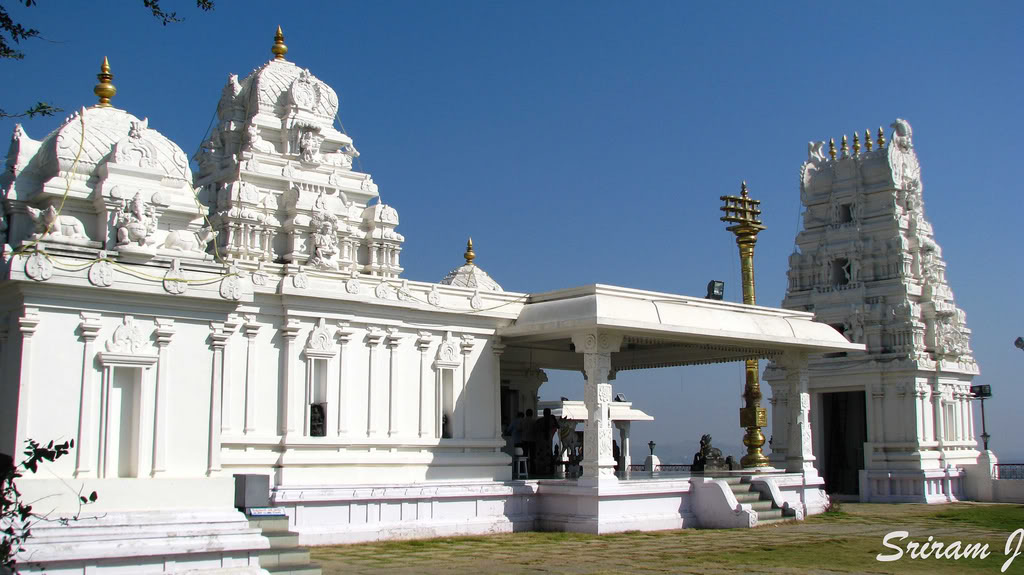

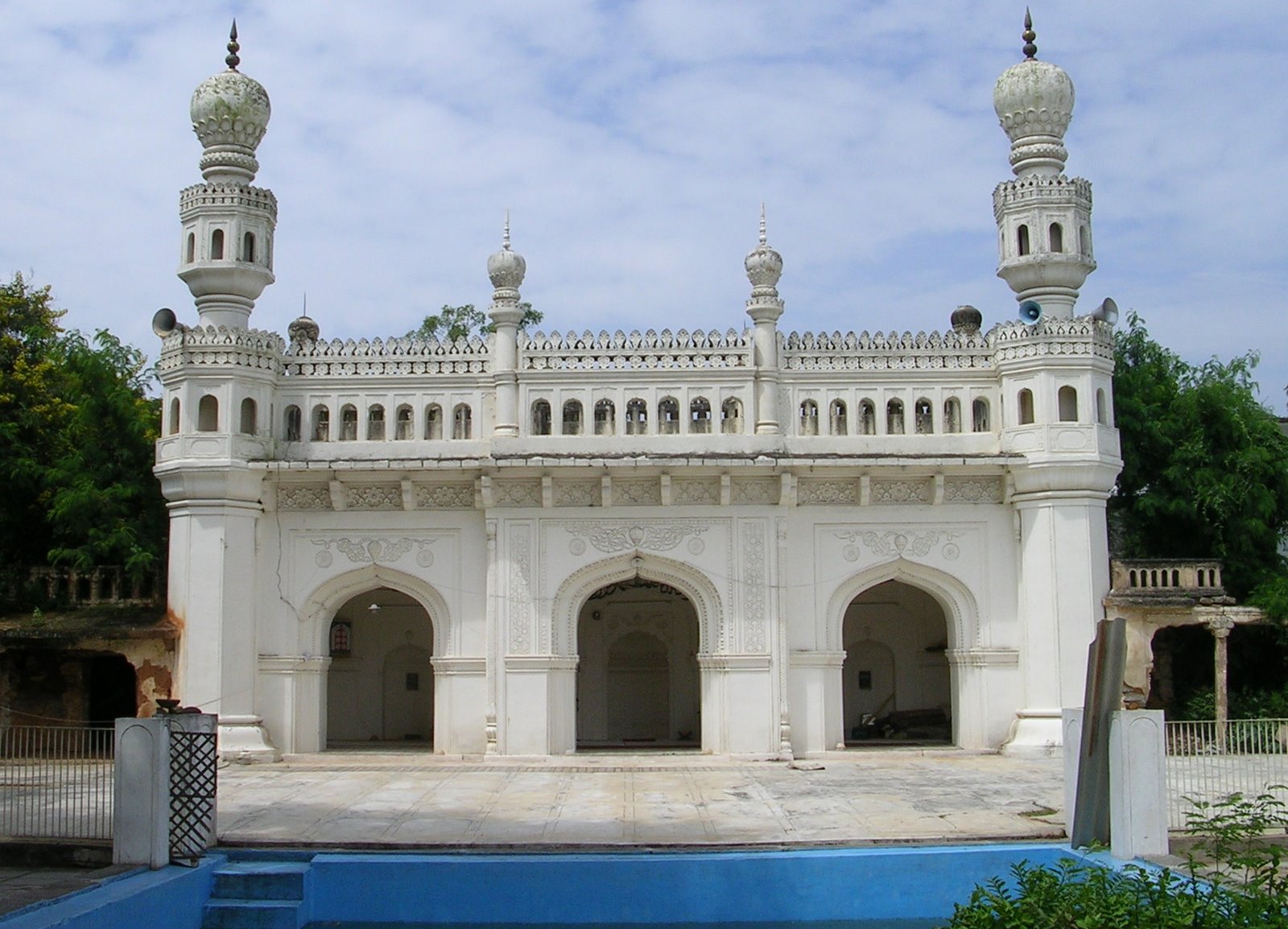
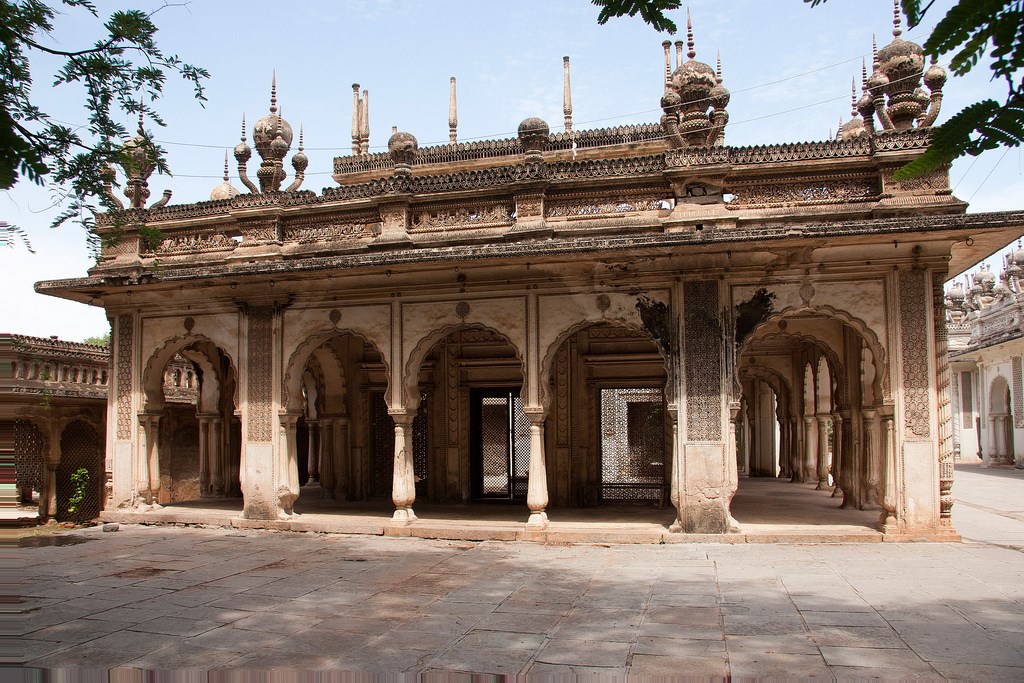
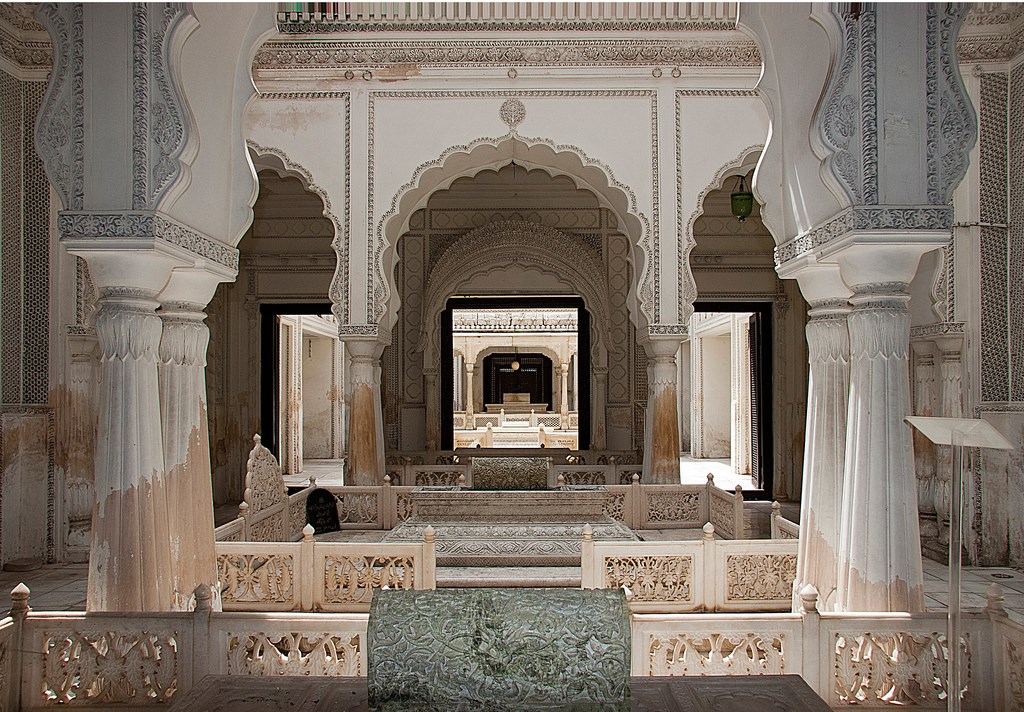
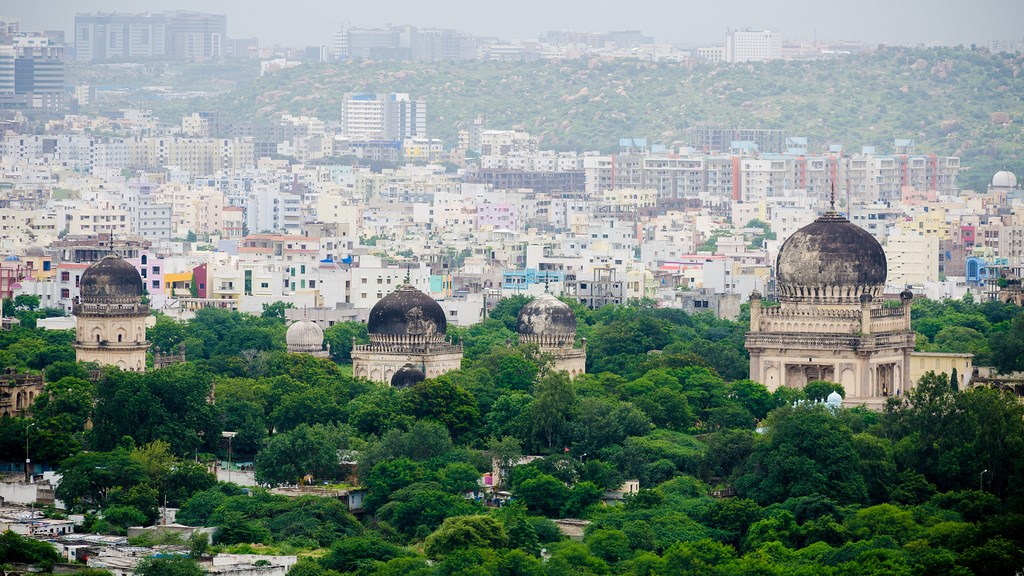
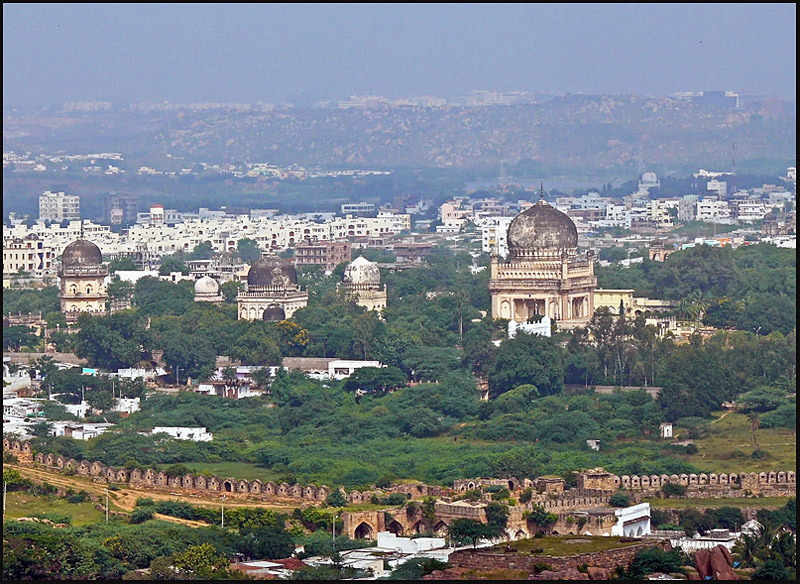
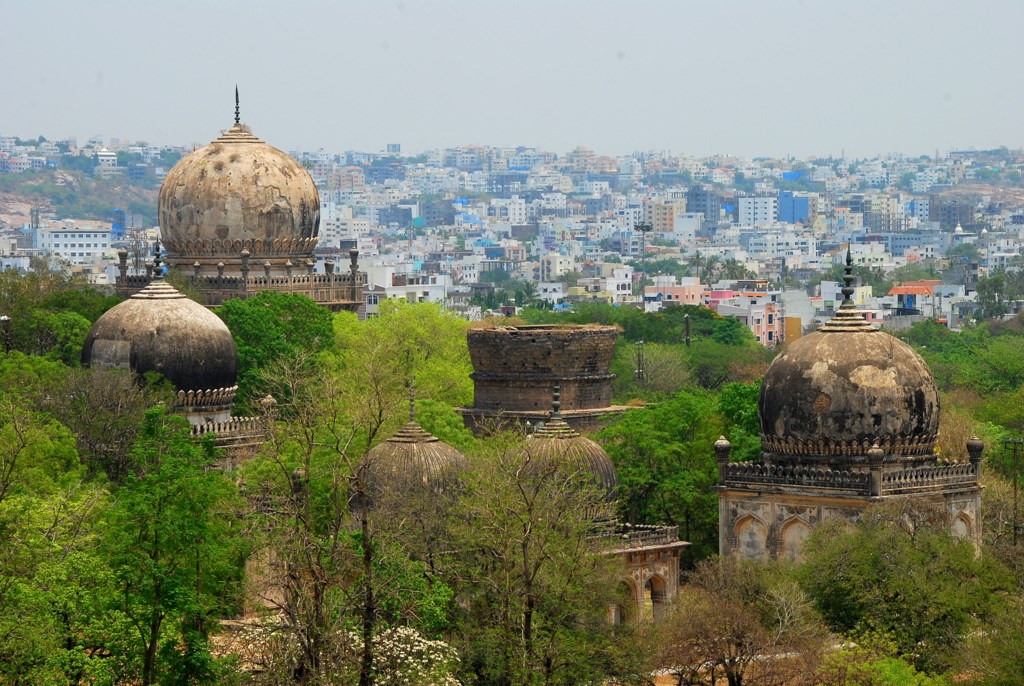
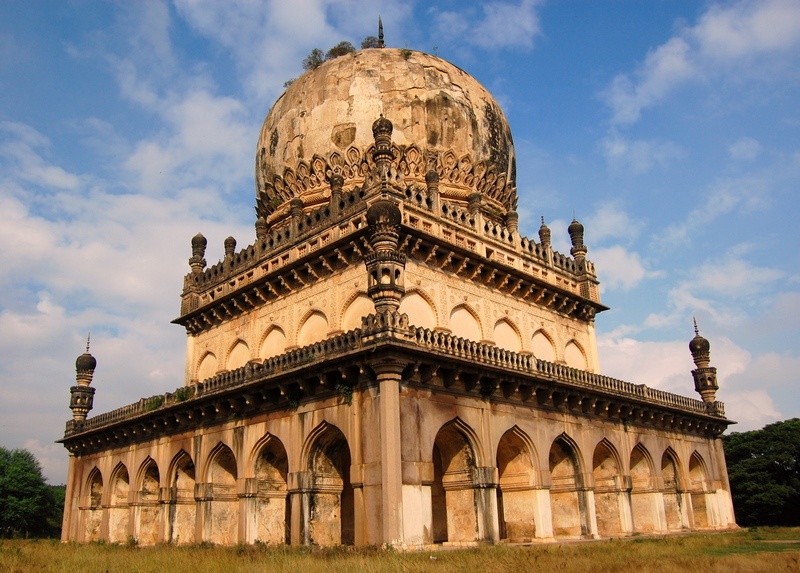
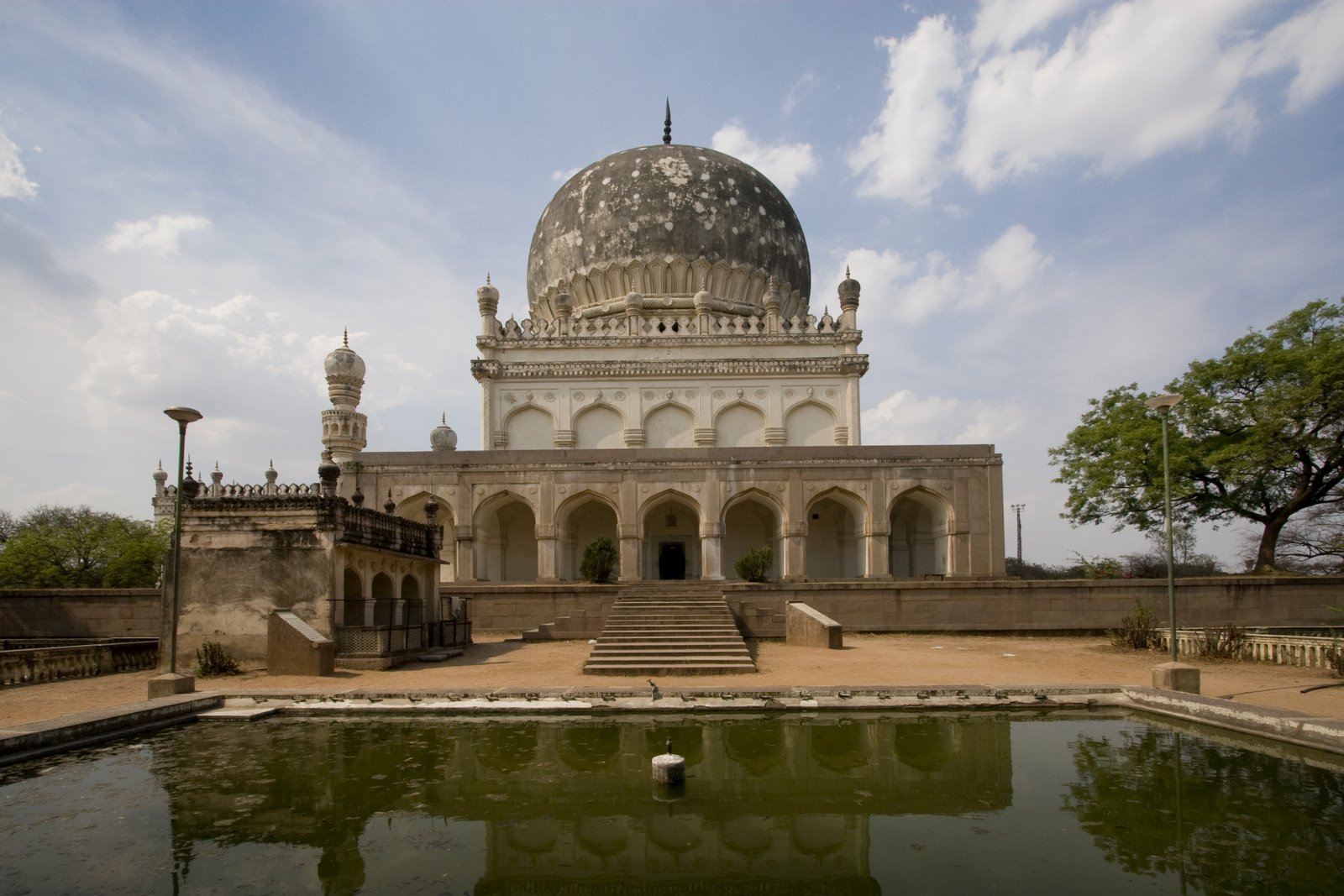
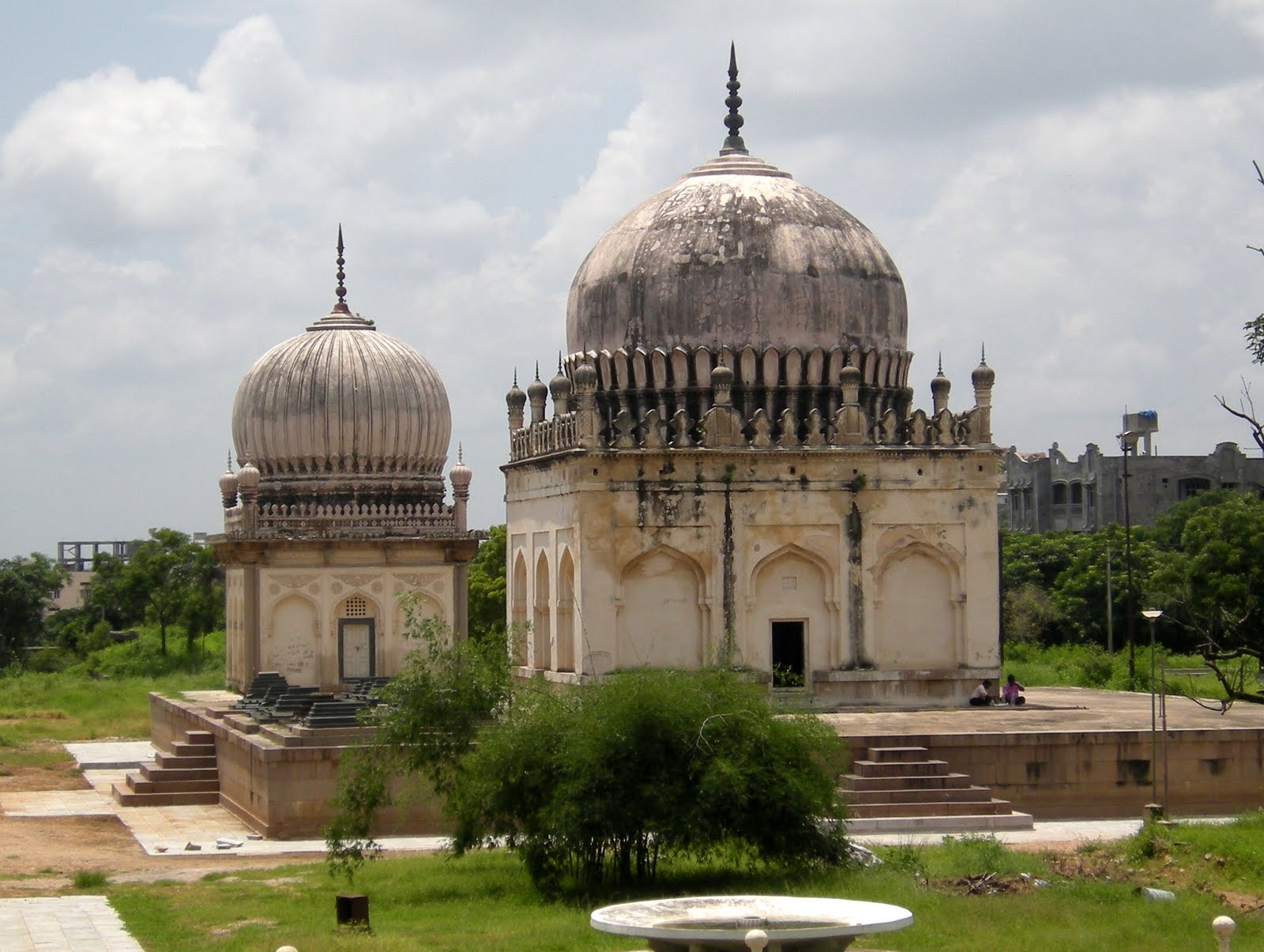
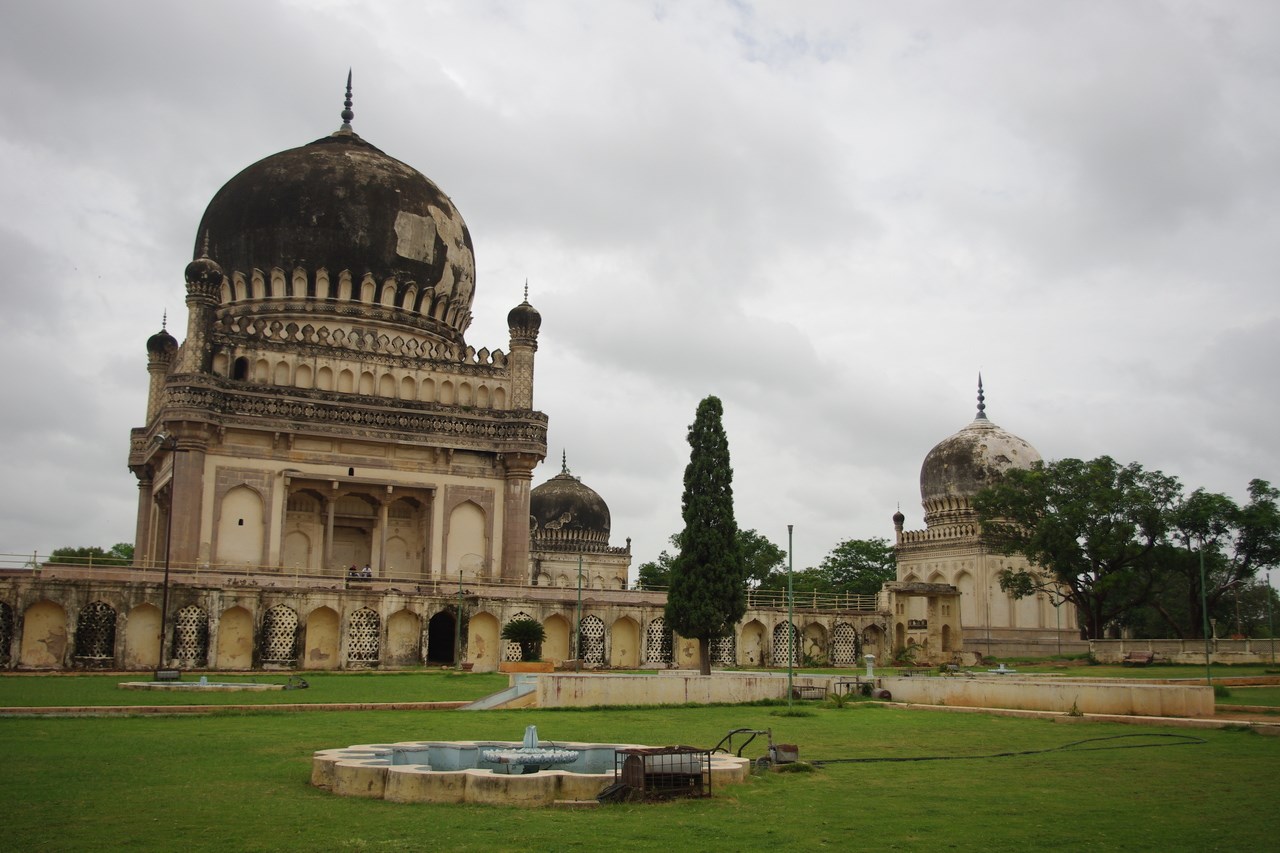
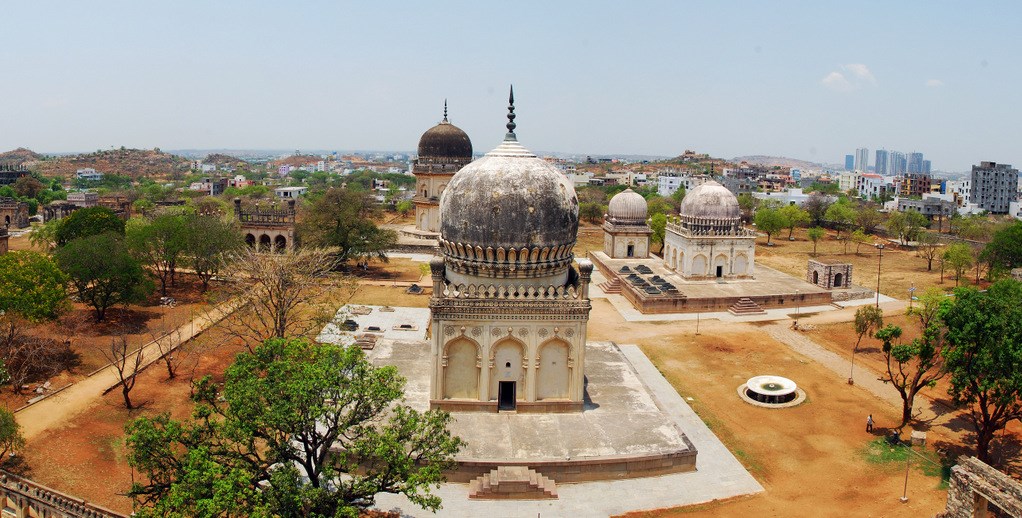
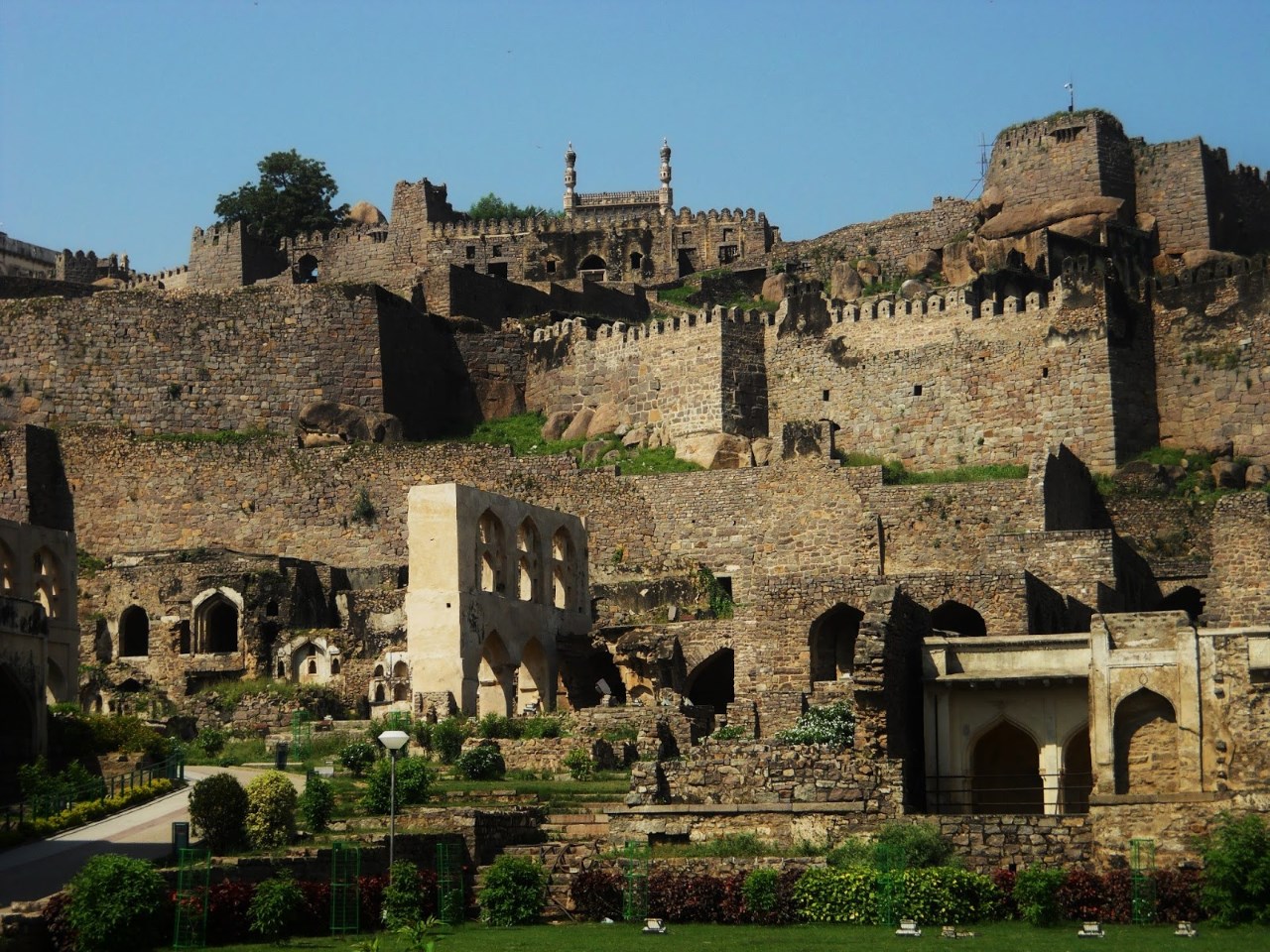
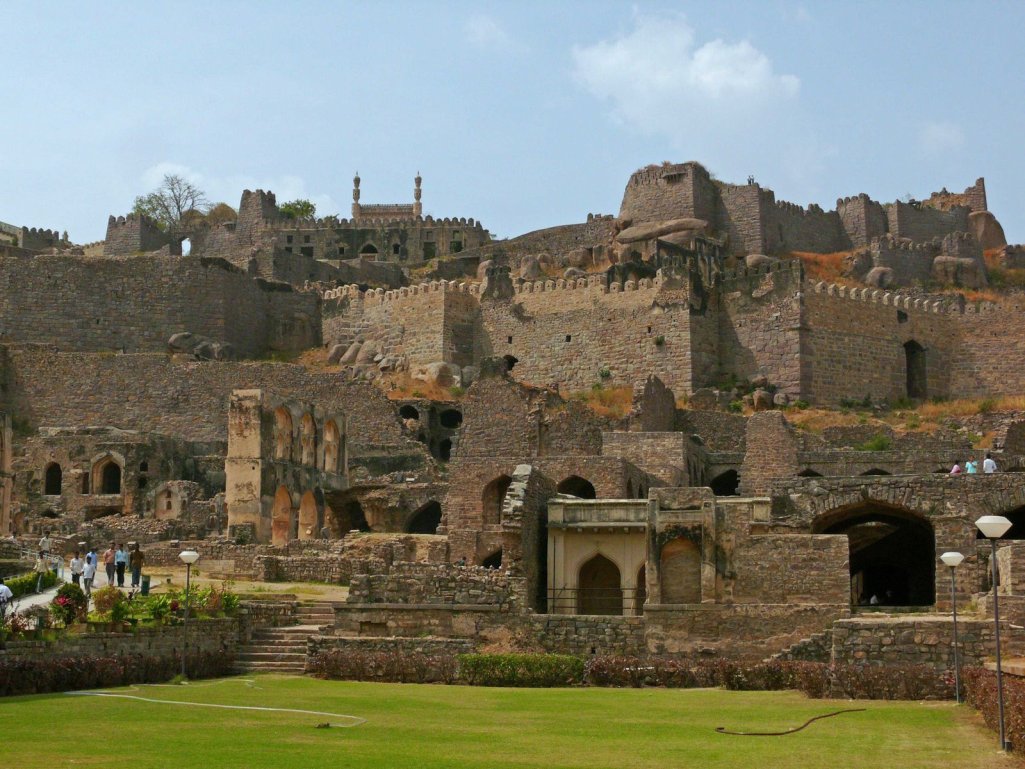
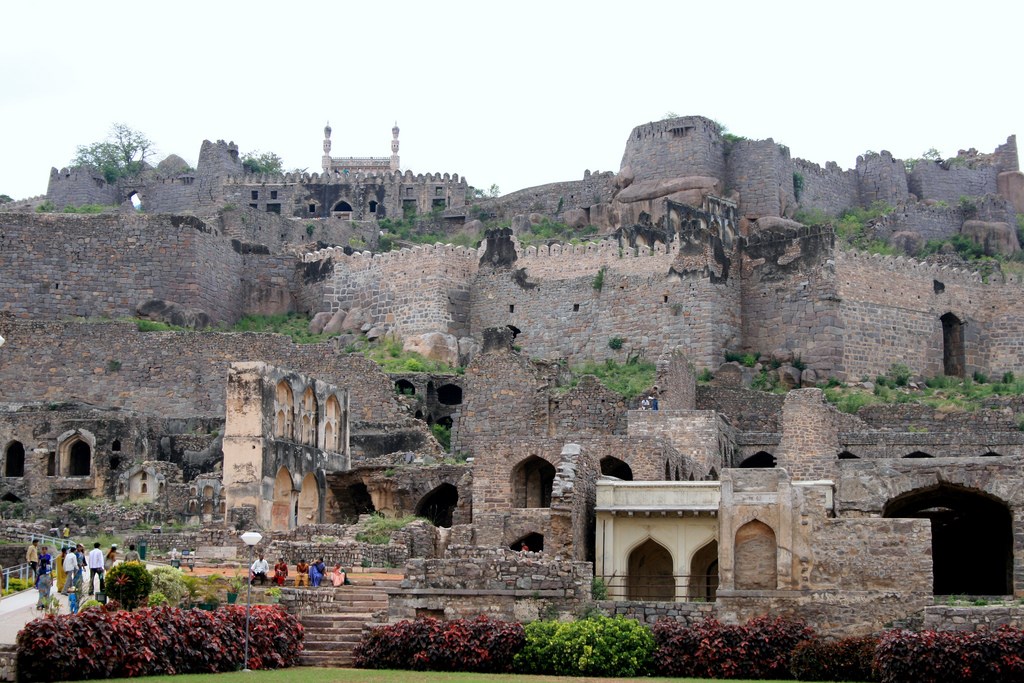
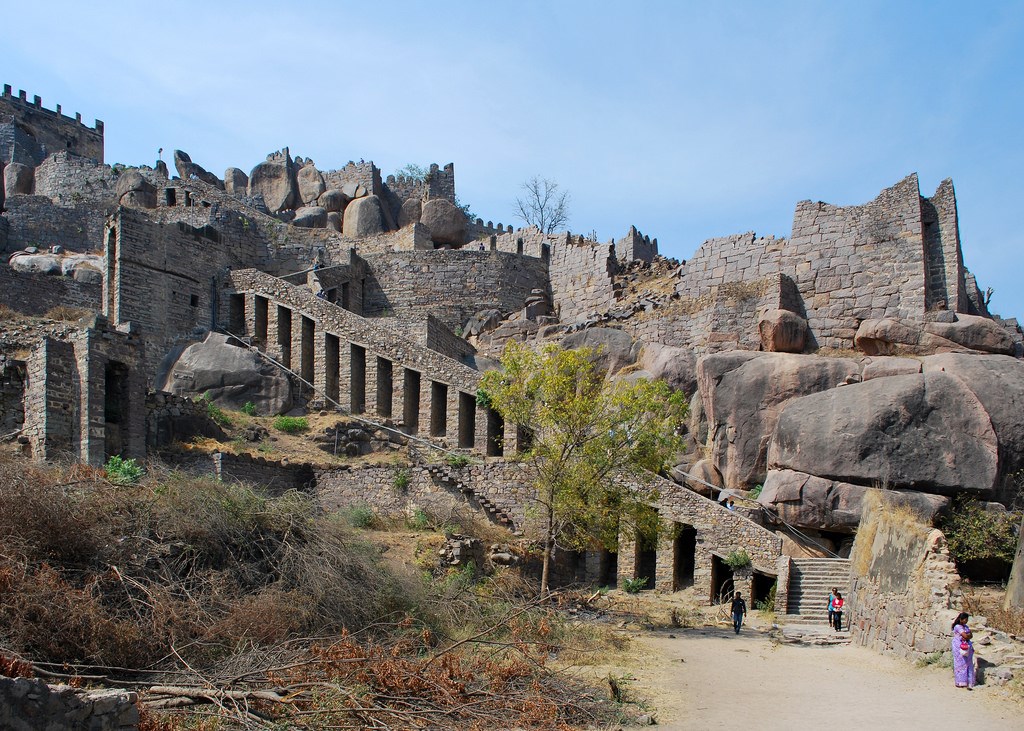
Viaje a Hyderabad
Hyderabad
Una de las ciudades de la India más bonitas y más limpias, Hyderabad, es la capital del estado del sur de la India, Andhra Pradesh. Viajar a Hyderabad es una experiencia increíble para los que buscan un ambiente histórico pintoresco y de modernidad al mismo tiempo.
Hyderabad tiene una cultura, rica en literatura, arquitectura y arte. La literatura en urdu, telugu y otras lenguas ha prosperado aquí en gran medida. La ciudad tiene un ambiente vibrante de danza clásica y teatro. Reconocido internacionalmente, el artista del escenario, Adrak Ke Panje, Baban Khan, es oriundo de Hyderabad. Hyderabad es también el principal centro de la industria del cine Telugu, llamado Tollywood.
El área alrededor de la Hyderabad actual, fue gobernada por muchas dinastías antiguas, como Maurya, Satavahana, Ikshvaku y Chalukya, y posteriormente quedó bajo el sultanato musulmán Bahamani. Mohammad Quli Qutb Shah de esa dinastía creó Hyderabad y la nombró por su reina preferida, Hyder Mahal.
Char Minar es el principal símbolo de Hyderabad. Su piso superior aloja una mezquita, que contiene 45 espacios de oración. El monumento que ofrece hermosas vistas panorámicas de la ciudad. Golconda Fort es otro punto de interés de la ciudad, el cual ofrece una excelente experiencia si se tiene una hora para pasar ahí y se cuenta con una muy buena guía. El sistema de espionaje eco-arquitectónico de la fortaleza es asombroso.
La historia de Hyderabad está representada en sus diversos palacios, como Chowmahalla Palace, Falaknuma Palace y Purani Haveli (antiguamente palacio del primer ministro de Nizam).
Ramoji Film City, en Hayathnagar es una excelente atracción turística, que contiene dos maravillas naturales y artificiales. Está reservado para diversos fines, como vacaciones, películas, bodas, y así sucesivamente.
Hyderabad tiene numerosos jardines como Baag-e-Aam, Sanjeevaiah Parque Lumbini Park y Indira Park.
Se puede conseguir paz mental en Mecca Masjid, Moula Ali Dargah y Toli Masjid (mezquitas).
Hussain Sagar Lake, alberga una estatua de Buda en el centro, y es también un importante símbolo de Hyderabad. Ofrece un lugar increíble para pasar el rato, con muchos jardines, estatuas y templos alrededor. También se puede disfrutar de paseos en barco.
Nehru Zoological Park es un magnífico santuario de vida silvestre, con una buena colección de animales y más de 1.500 aves.
No hay que olvidarse de las compras cuando se viaja a Hyderabad. Hyderabad es un importante centro de TI, por lo que se obtienen numerosos dispositivos de alta tecnología en la zona llamada Cyberabad. Hyderabad Central es un centro comercial muy conocido situado en Punjagutta Road. Para los objetos tradicionales, se debe explorar áreas como Abids, Nampally, Laad Bazar y Basheerbagh, donde se puede comprar la famosa joyería de Hyderabadi, como brazaletes, collares y aretes de piedras y perlas preciosas y semi-preciosas. Nampally acoge una exposición Industrial de toda la India, llamada Numaish, del 1 de enero al 15 de febrero de cada año, en la que casi todos los productos hechos en el país se exhiben.
Hyderabad alberga una serie de estadios, como GMC Balayogi Athletic Stadium, Gachibowli Indoor Stadium, Aquatics Complex, Rajiv Gandhi International Cricket Stadium y muchos más.
Hyderabad es un lugar de gourmets y en cada camino, usted encontrará numerosos hoteles que sirven comida del lugar y de otros lugares también. Hyderabadi Biryani es mundialmente famosa por su riqueza de sabor. Double Ka Mitha es un postre delicioso, especialmente perteneciente a Hyderabad.
El Festival de Música y Danza anual de Hyderabad, celebrado en enero ofrece la oportunidad a los estudiantes de mostrar su talento junto con personalidades eminentes en el campo.
El 14 de enero está marcado por Kite Festival, mientras que el 25 de febrero por el Festival Deccan de cinco días de duración, en el que se puede explorar la rica tradición de Andhra Pradesh, en forma de música, danza y gastronomía.
Lumbini Festival se celebra en diciembre, en honor a la herencia budista de Andhra Pradesh.
Además, las fiestas religiosas, como Shivaratri (febrero / marzo), Ugadi (abril), Buda Purnima (abril) y el Día de la Independencia (octubre / noviembre) se celebran con gran alegría.
http://www.indiaturismo.es/viaje-a-hyderabad/
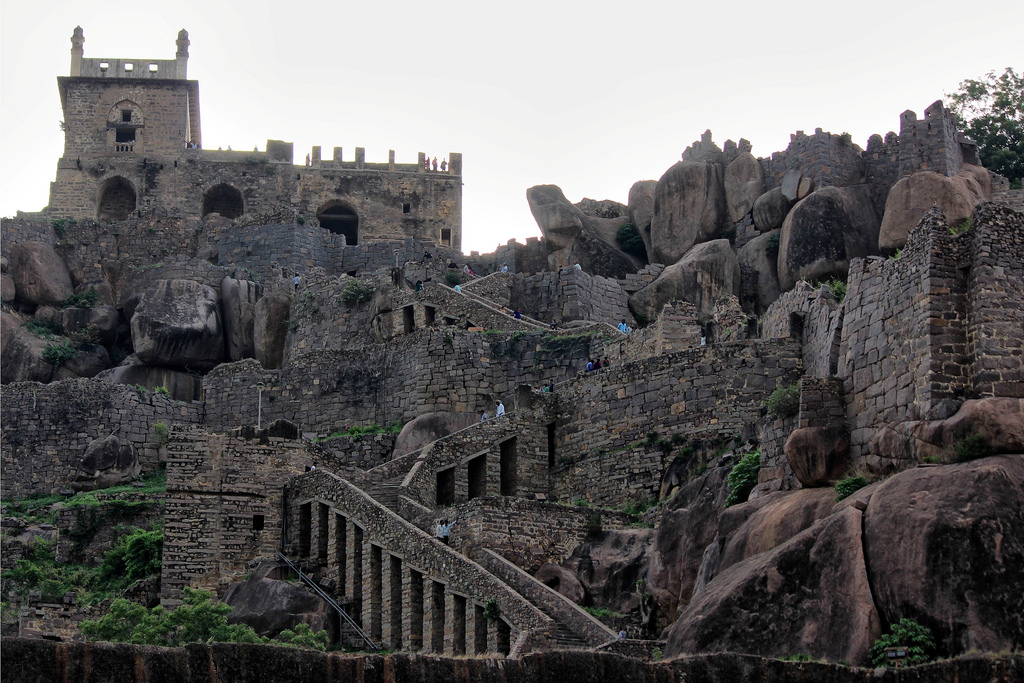
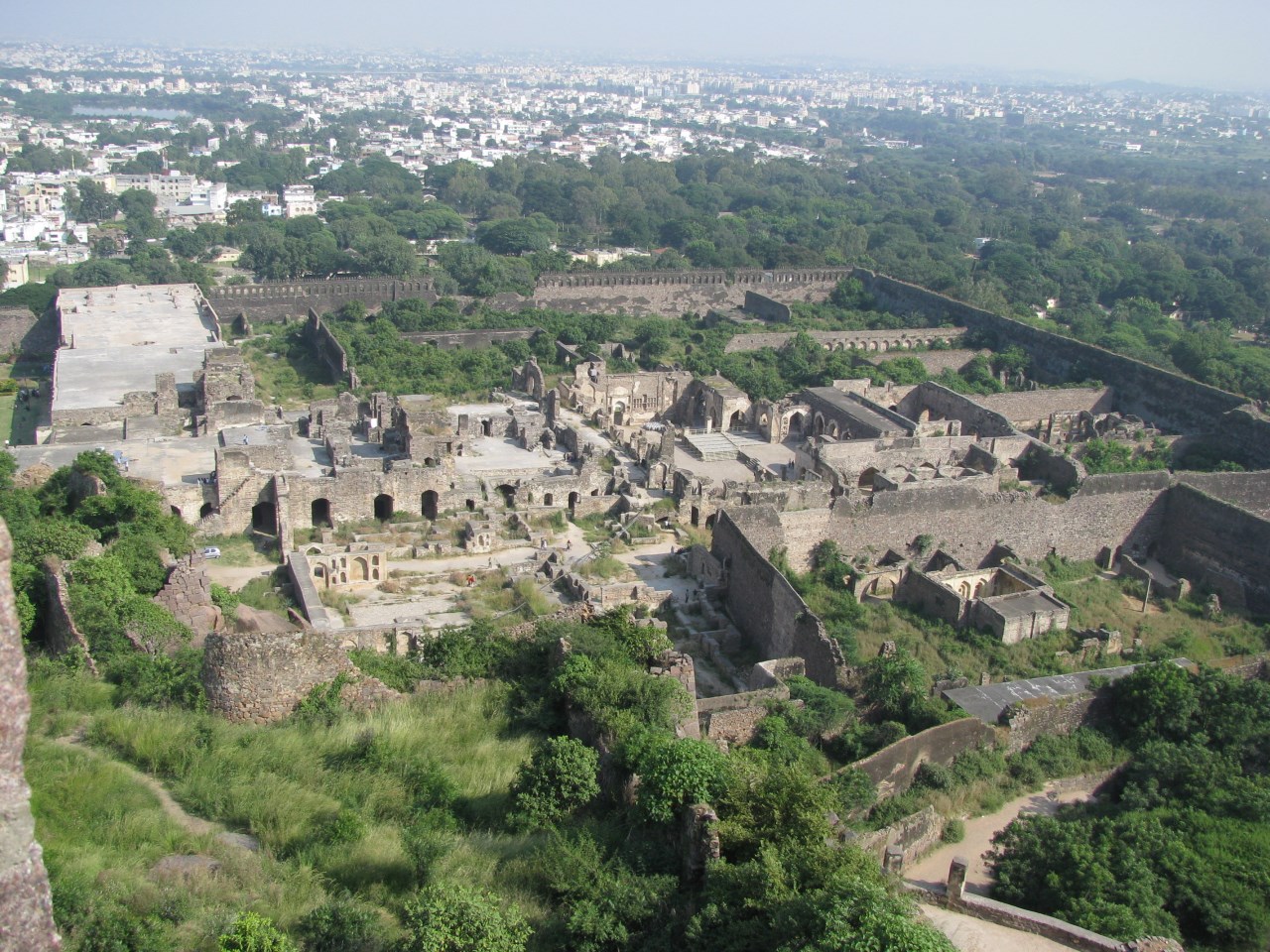
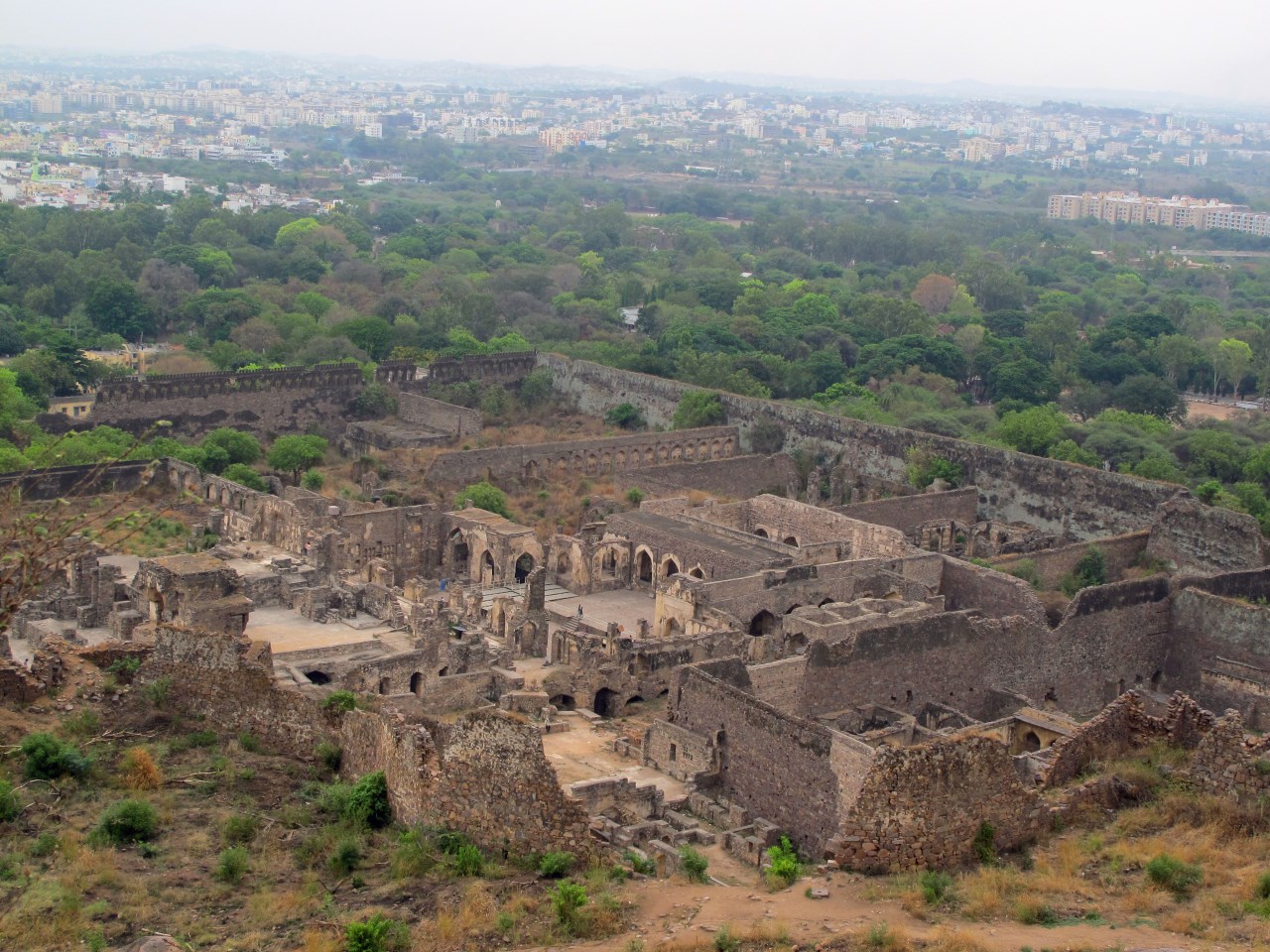
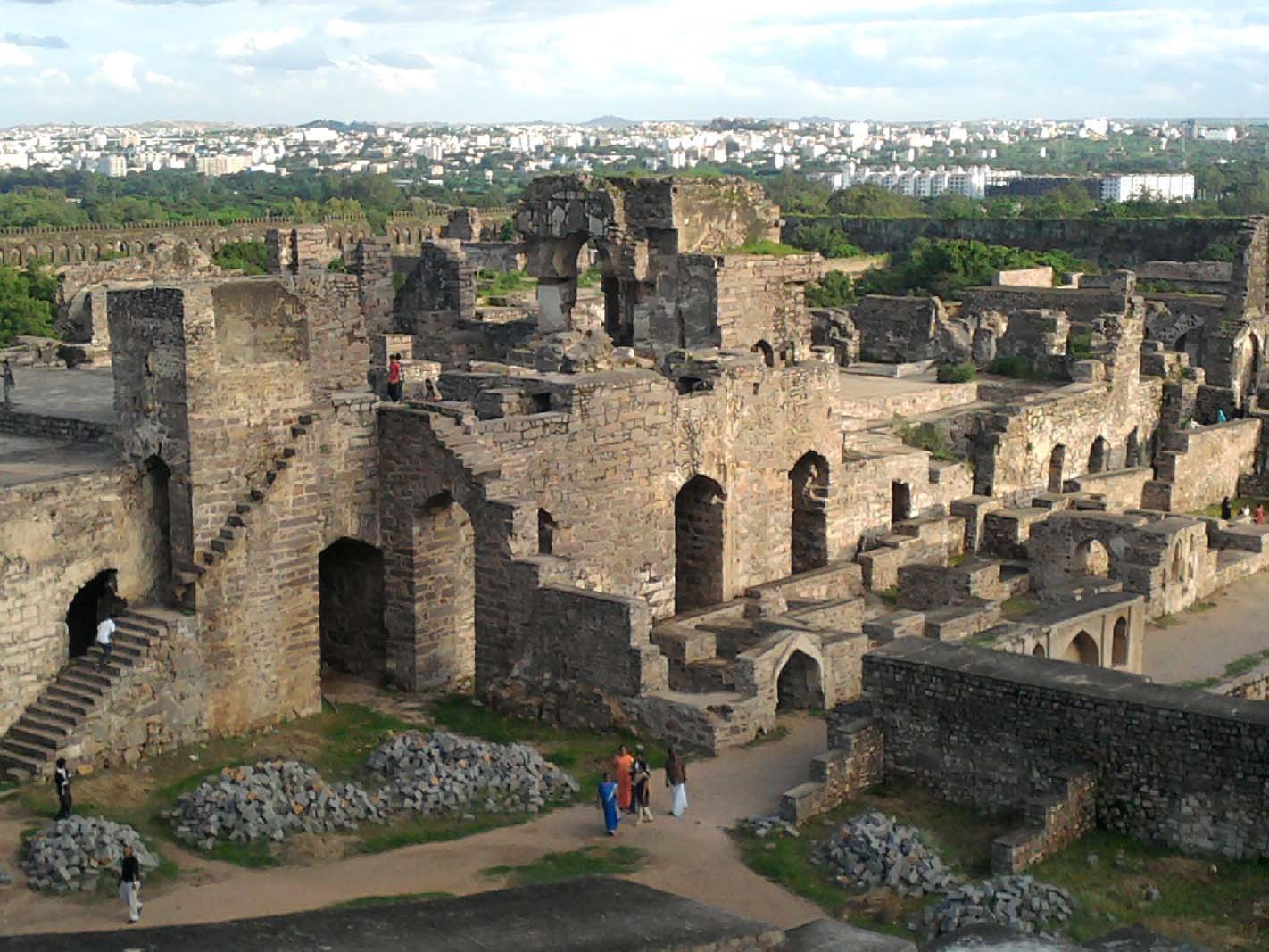
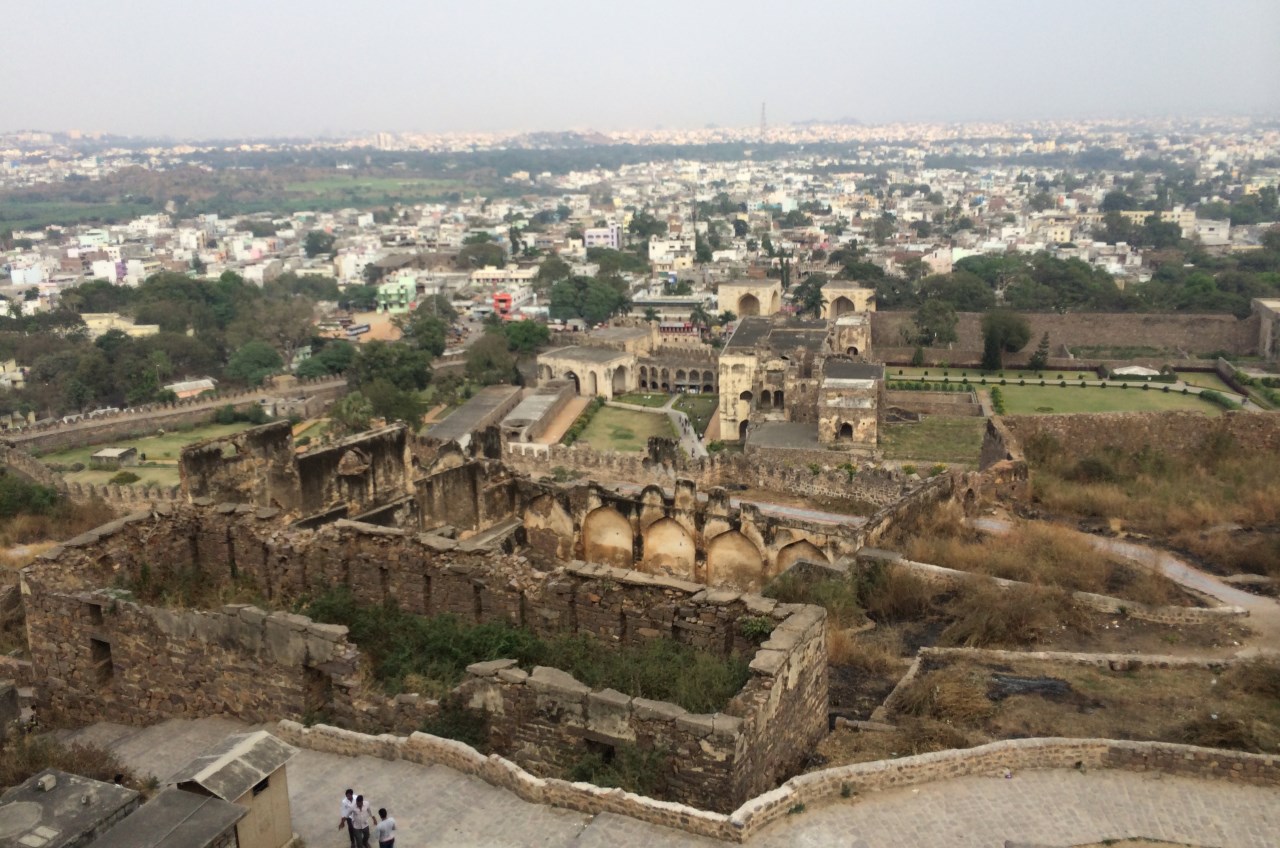

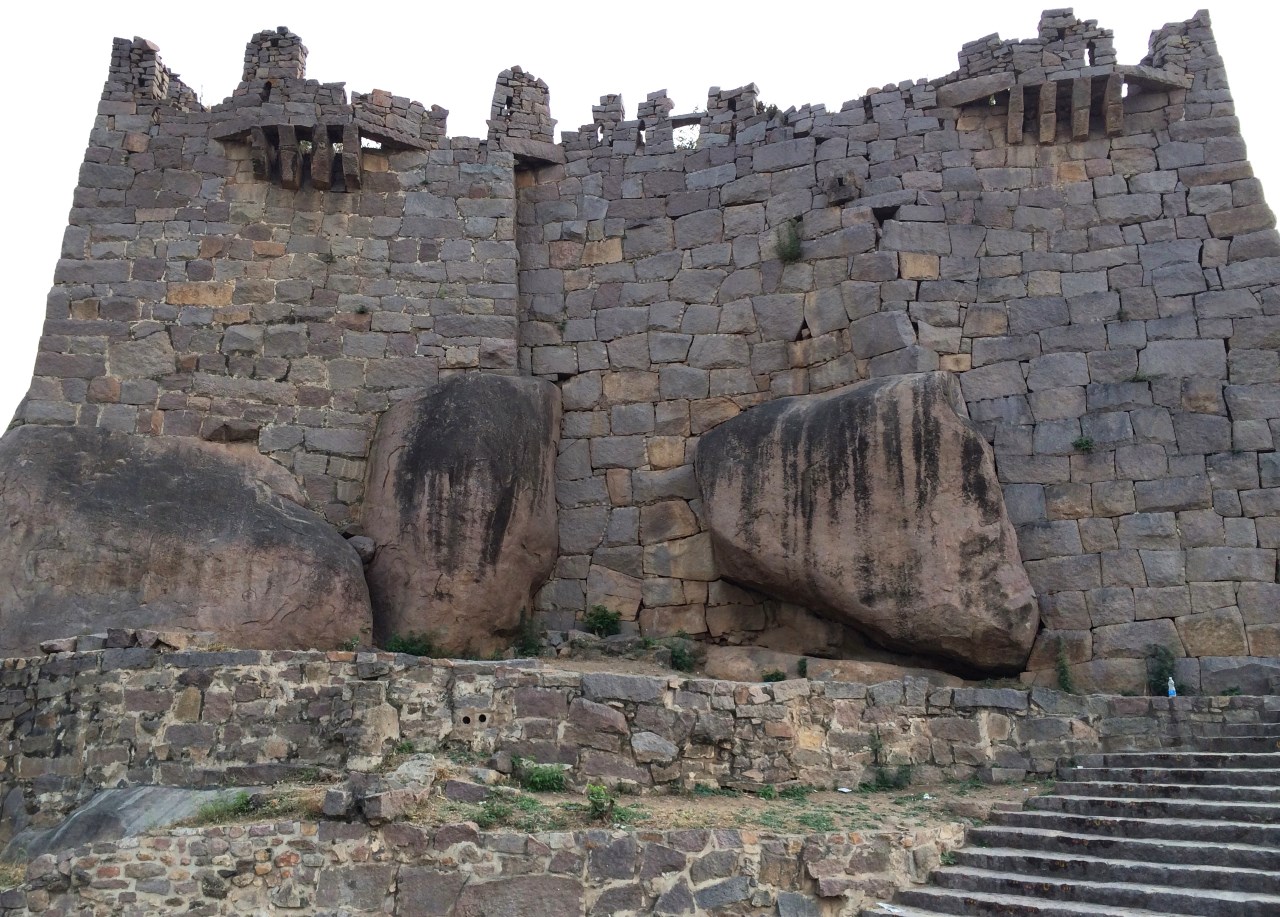

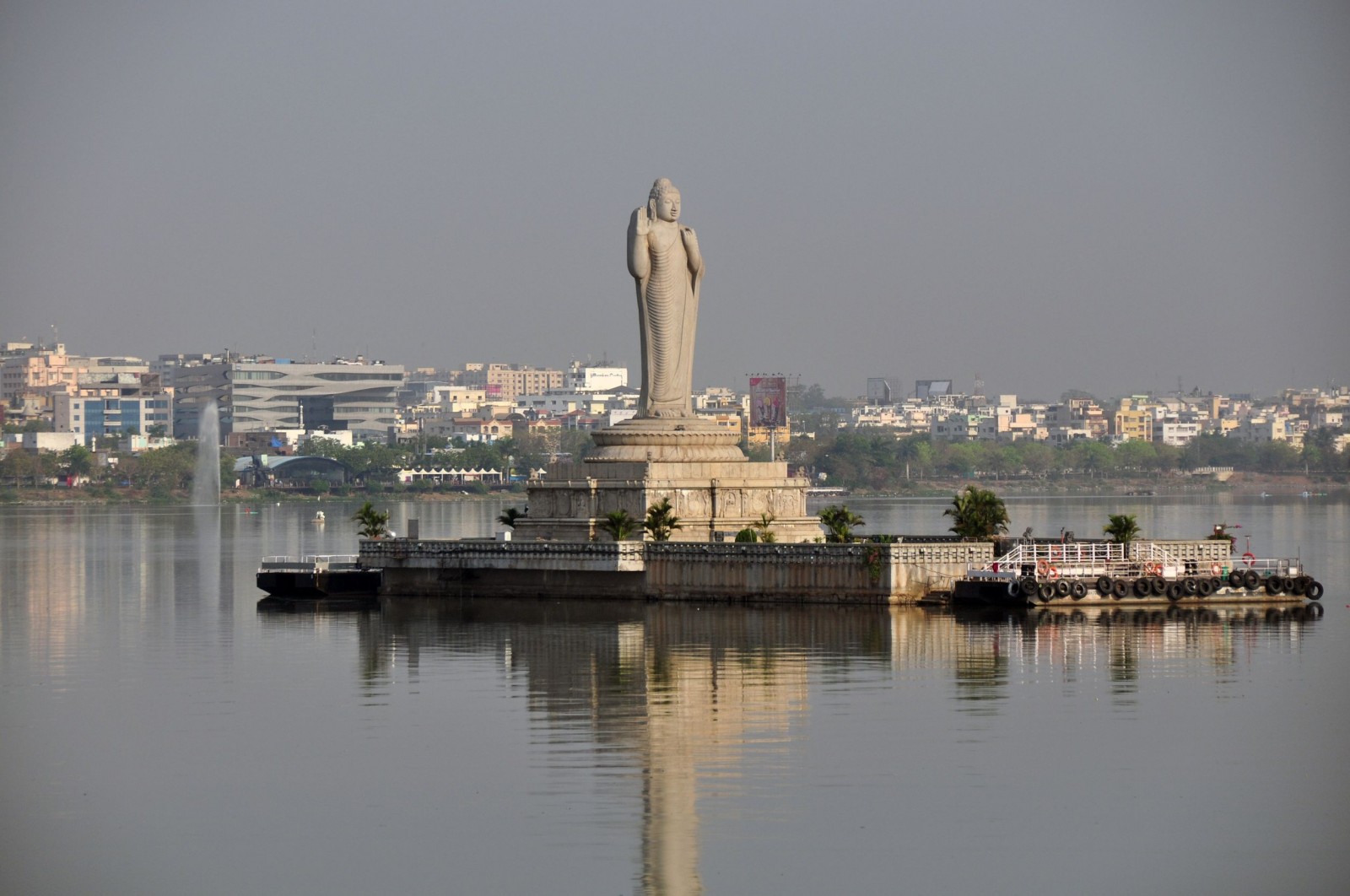
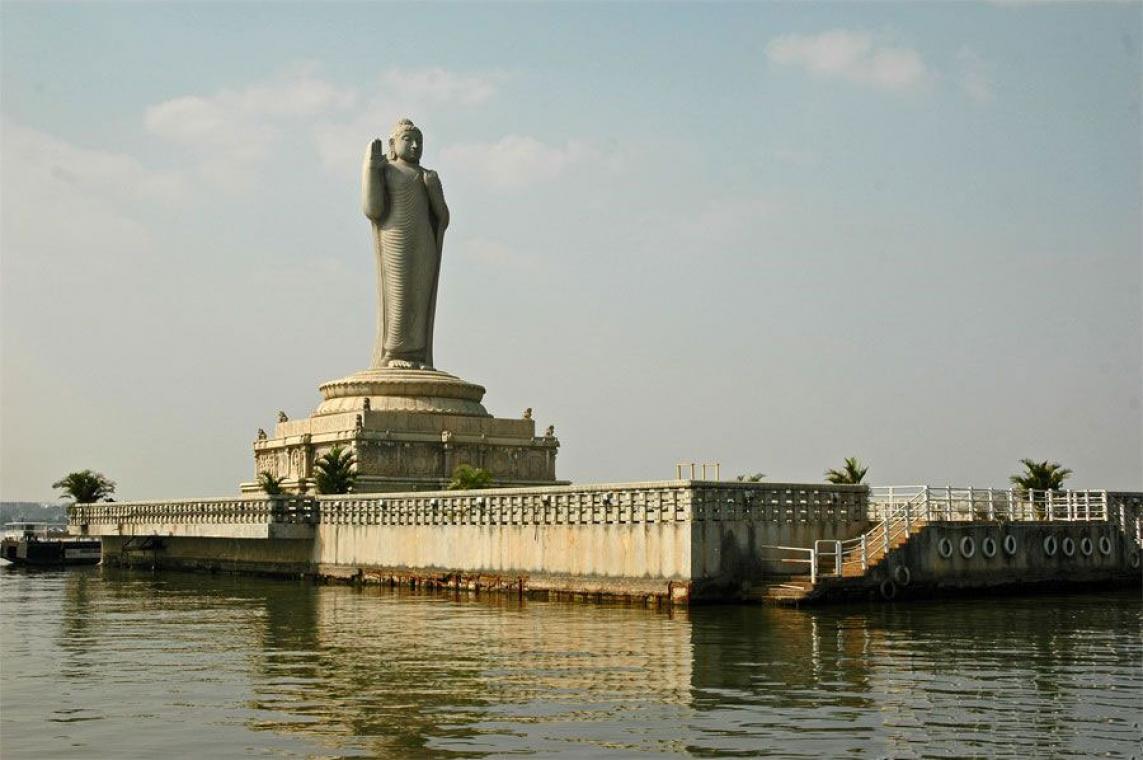
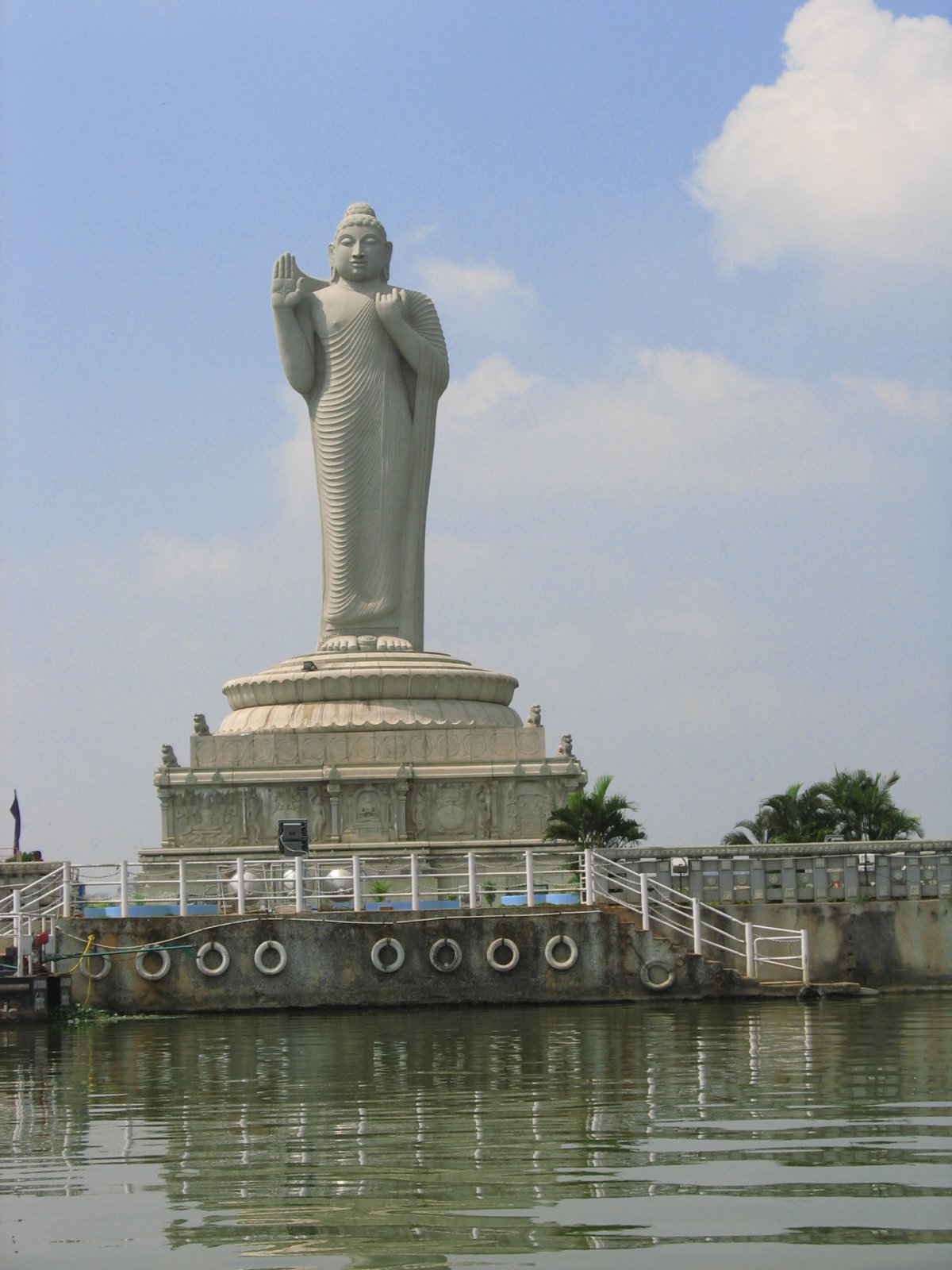

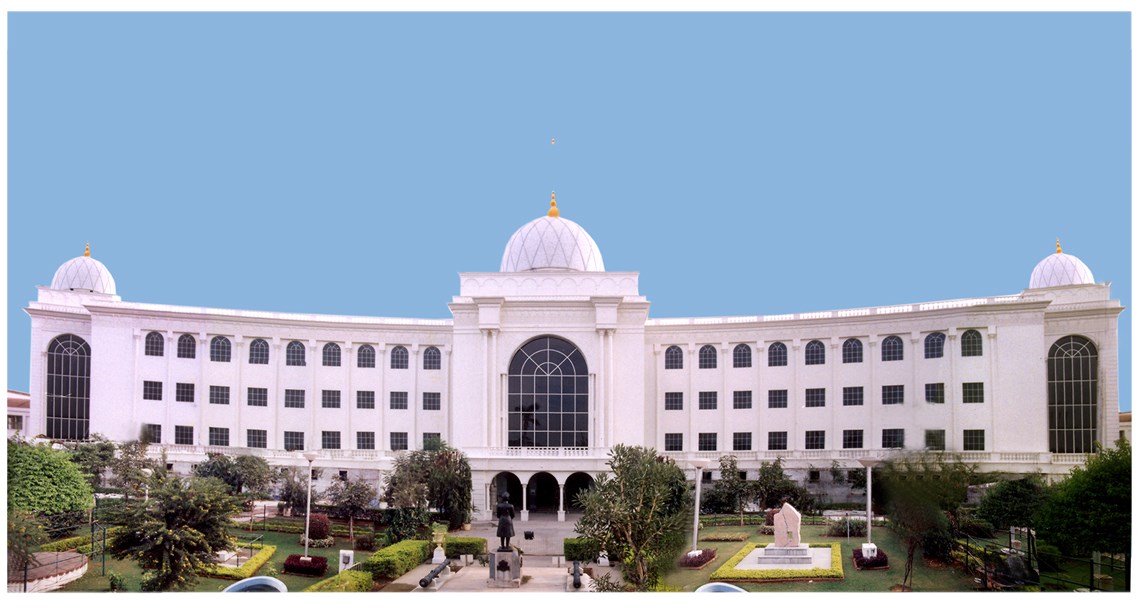
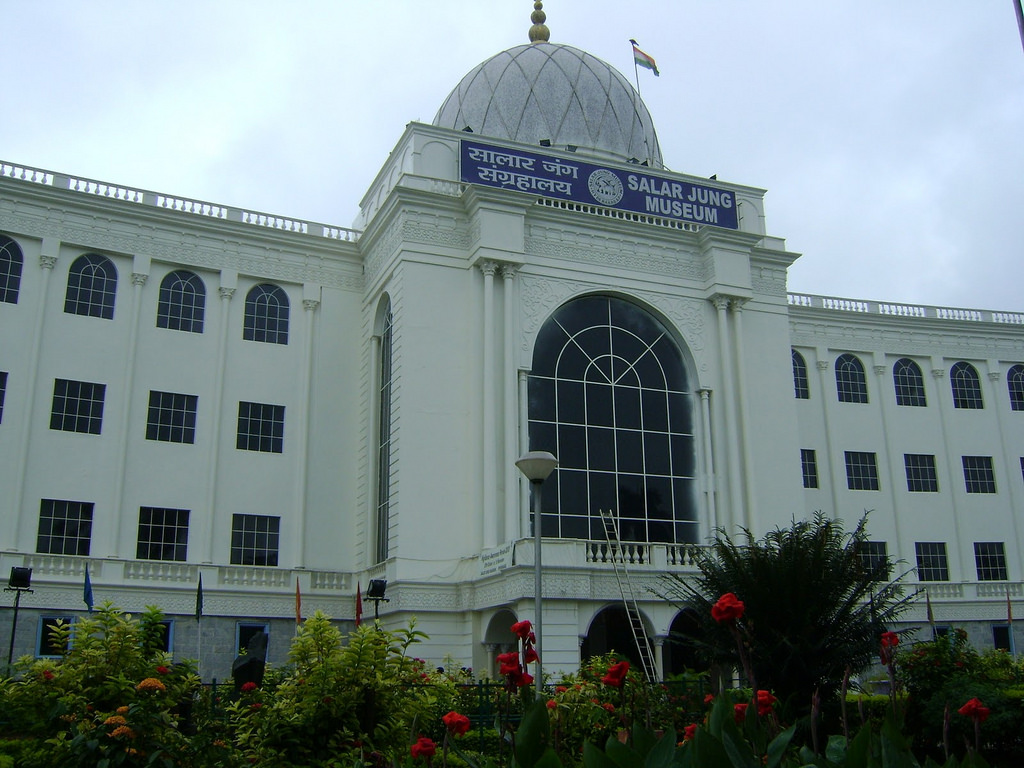
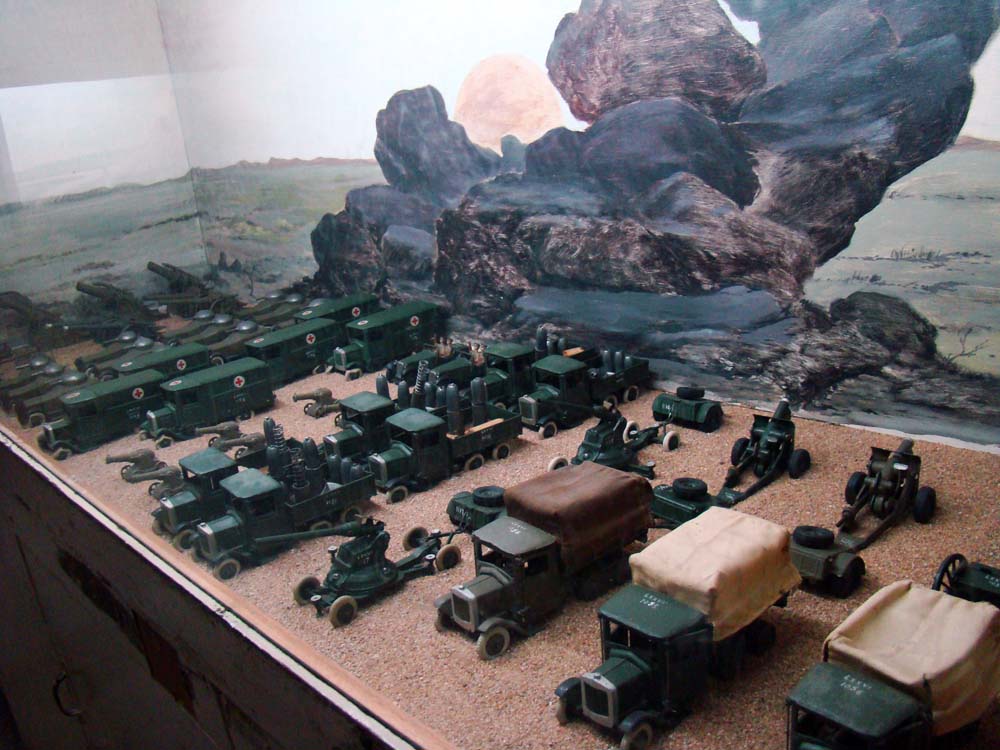
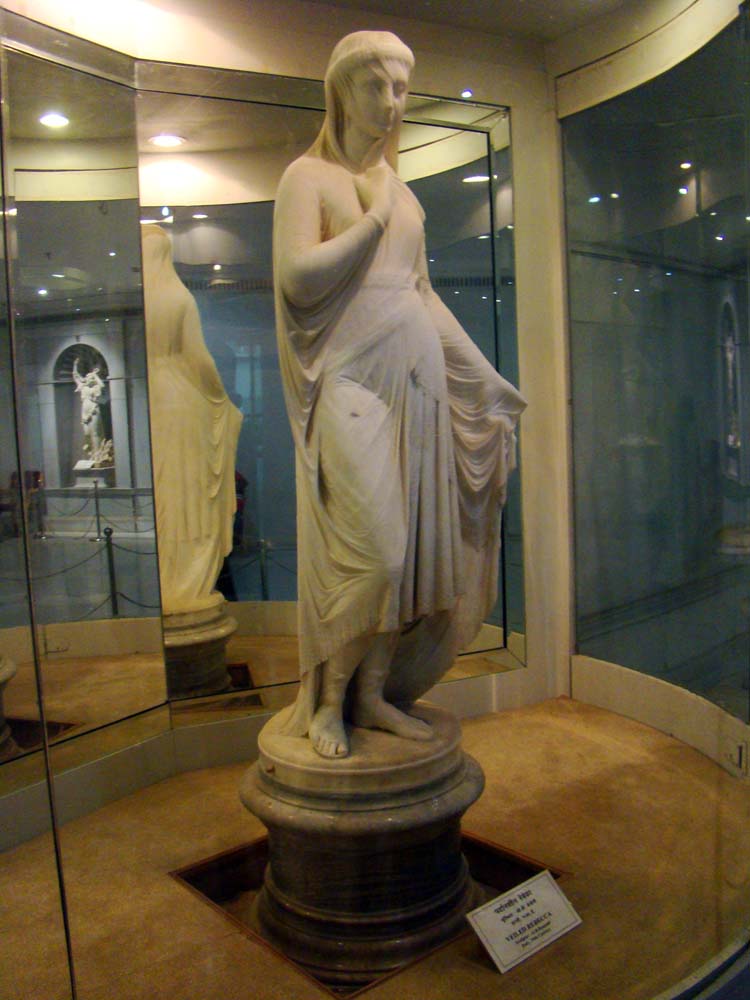
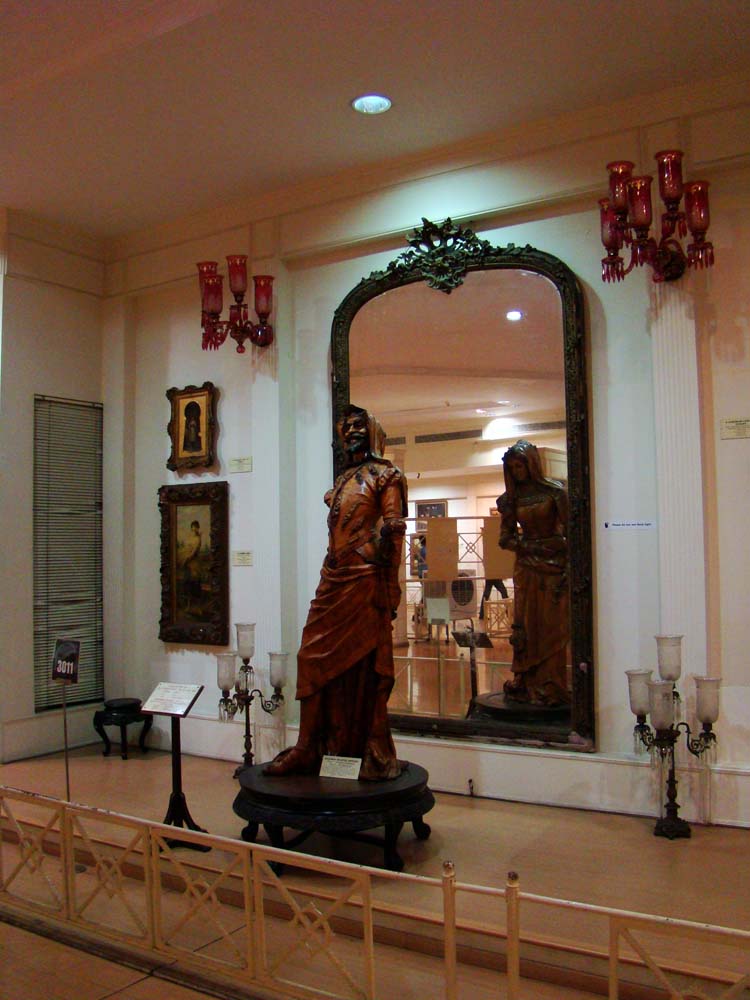
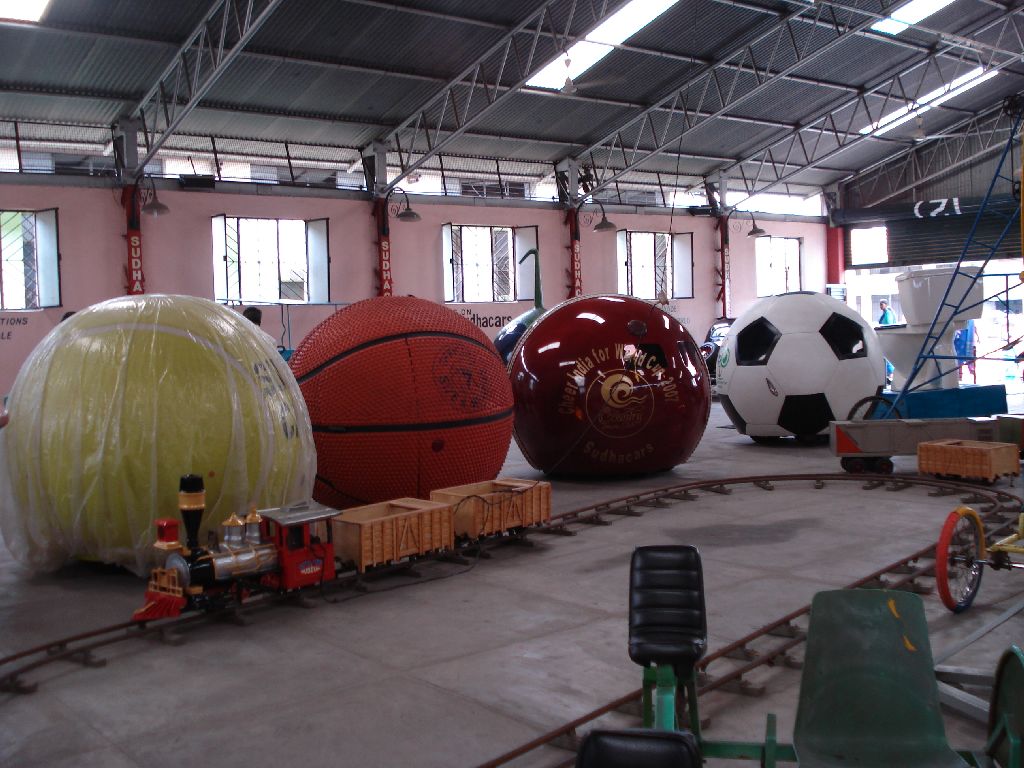
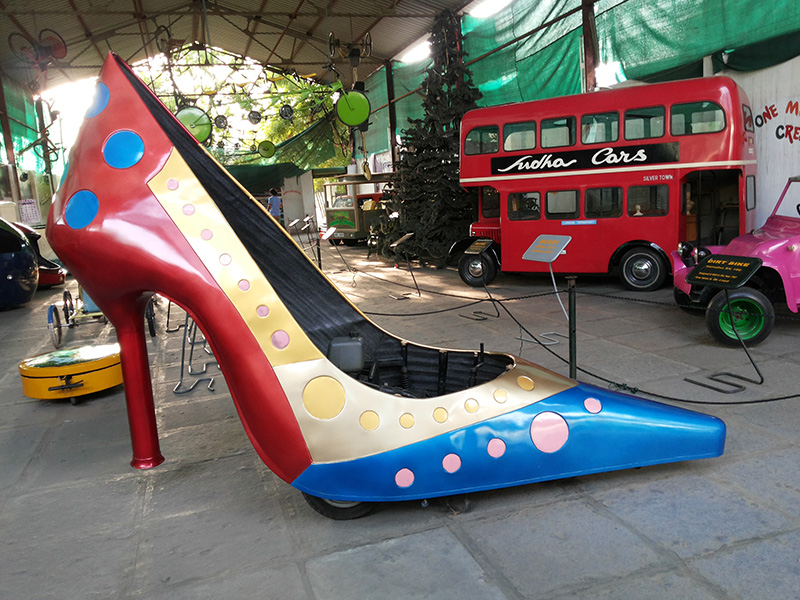
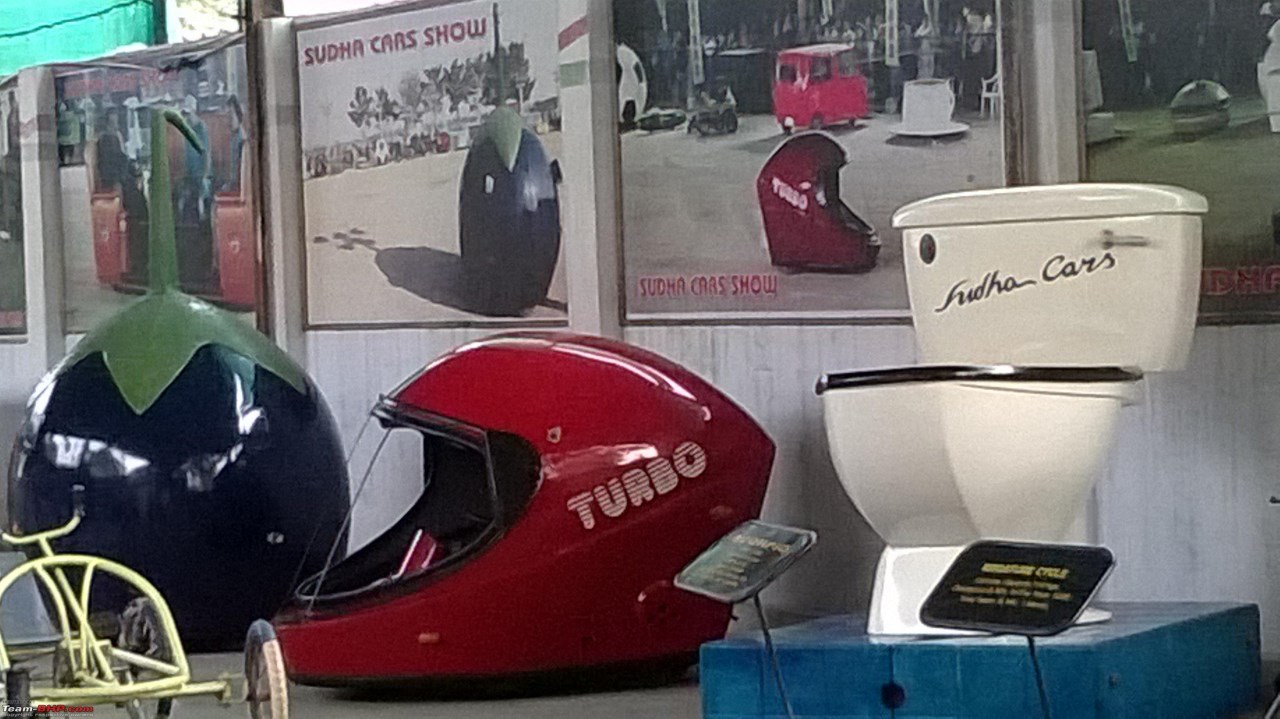
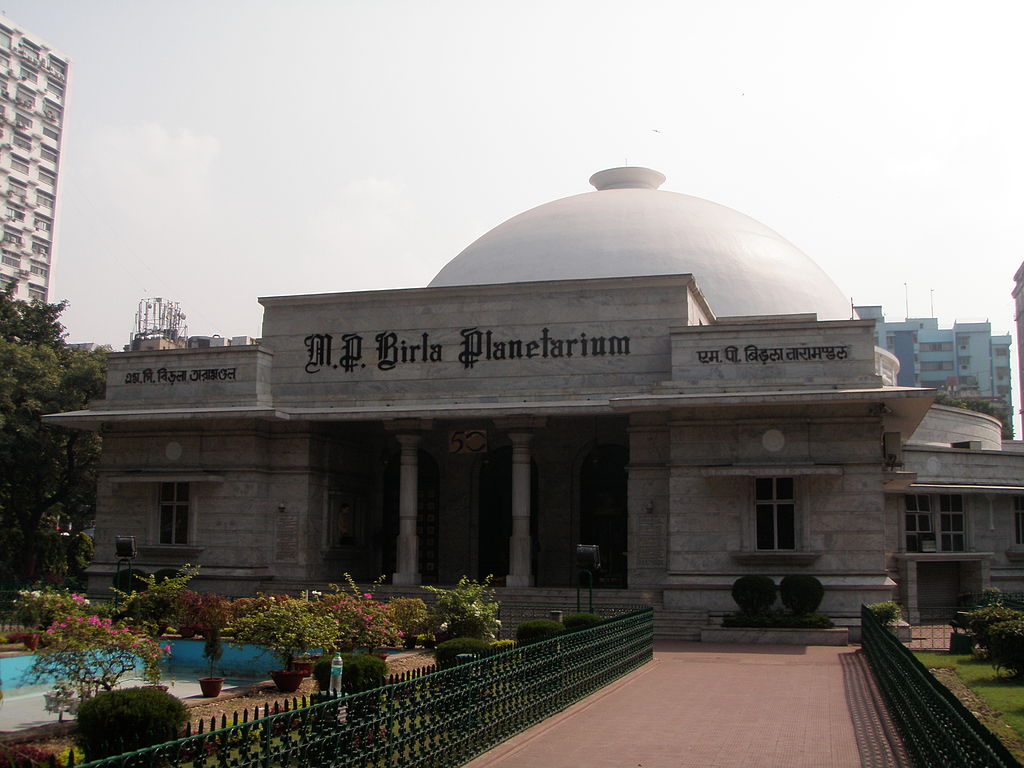
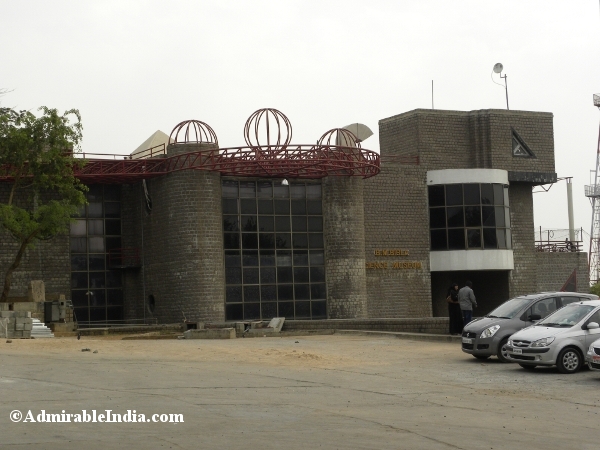
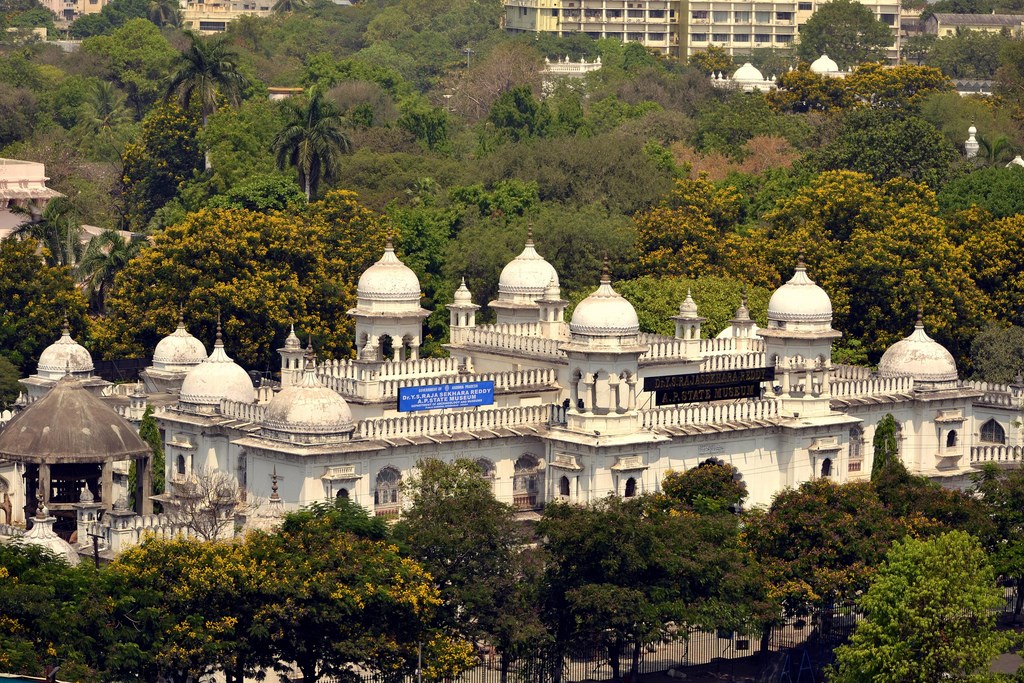
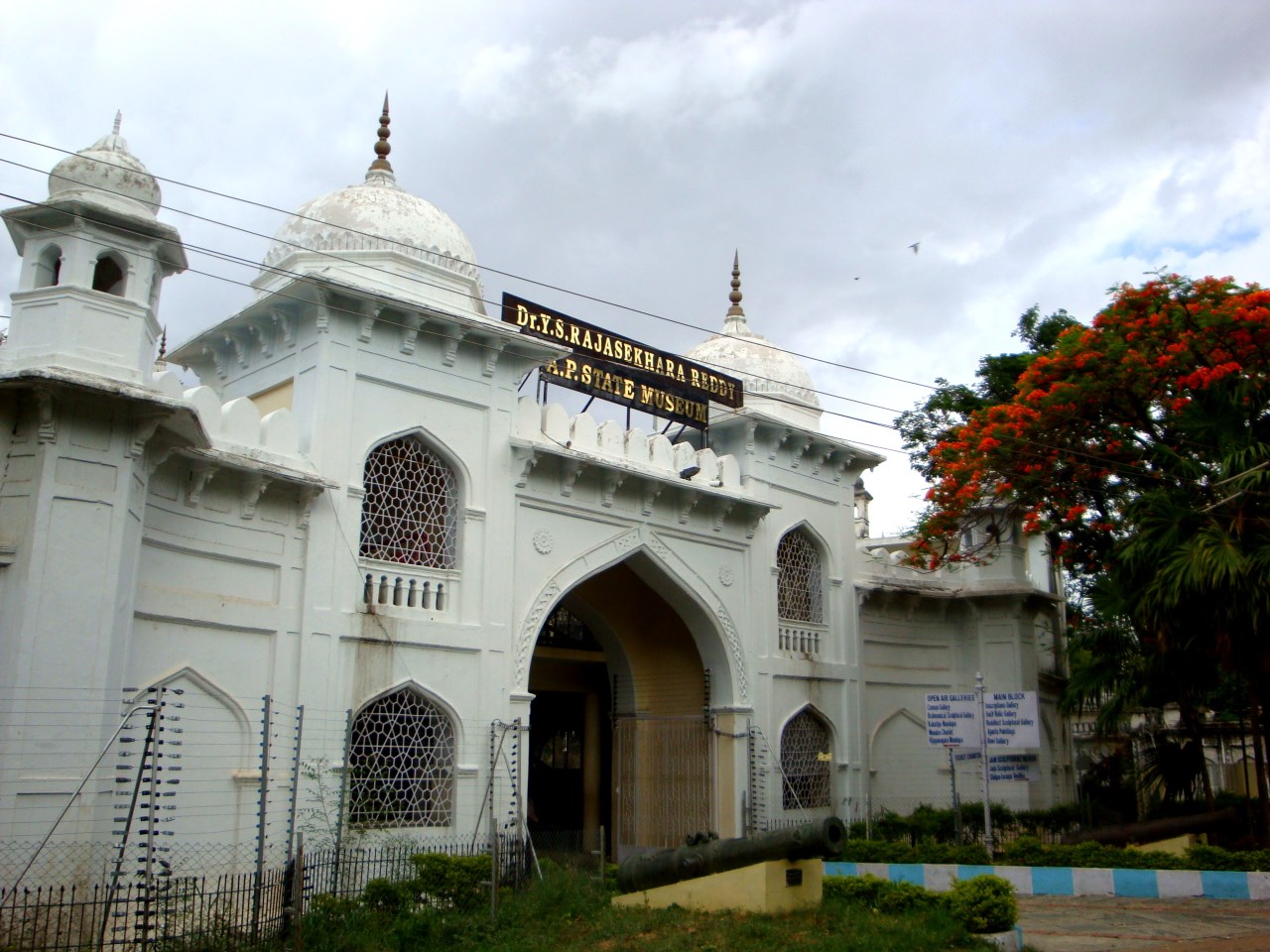
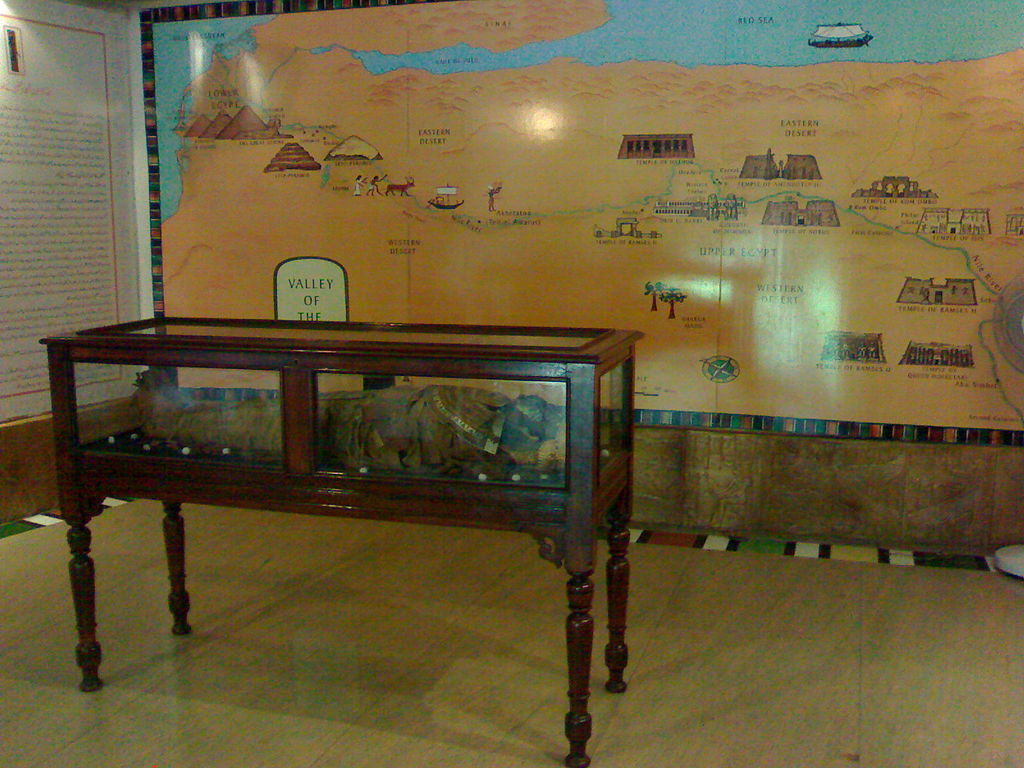
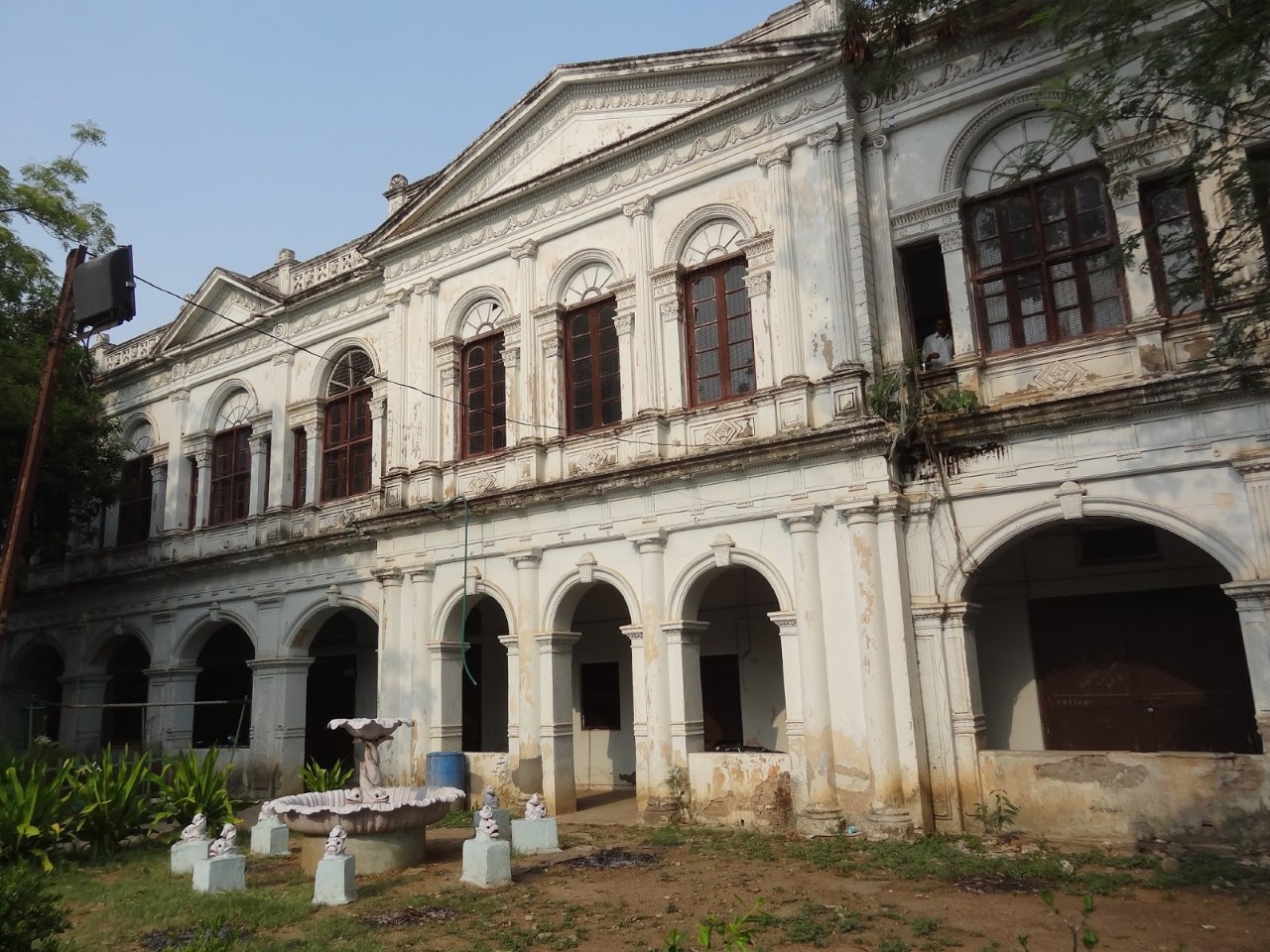
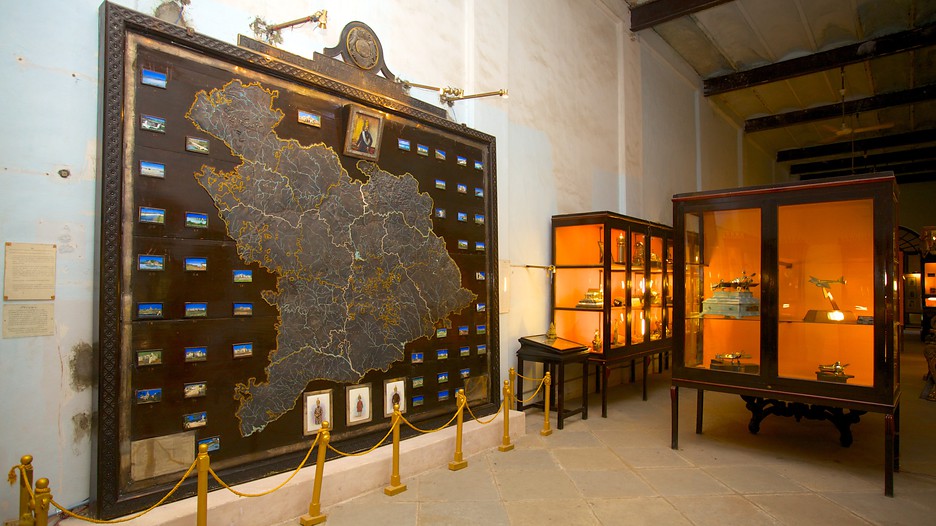
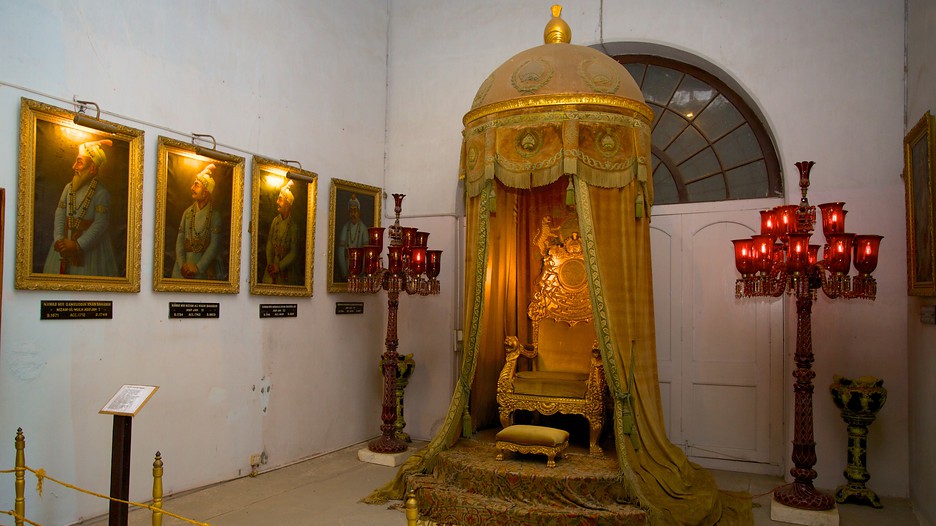
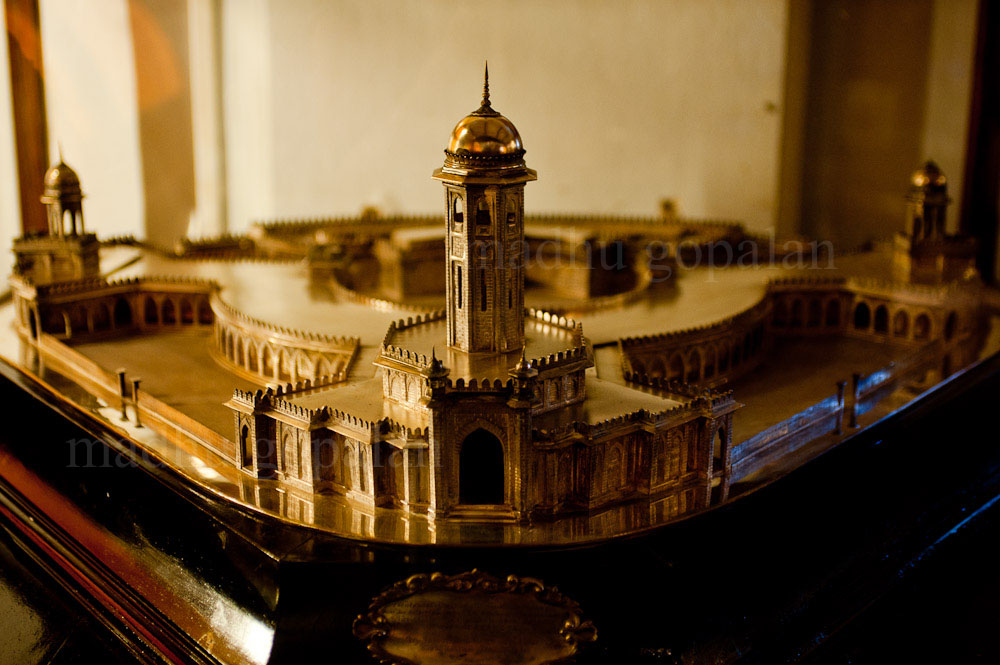
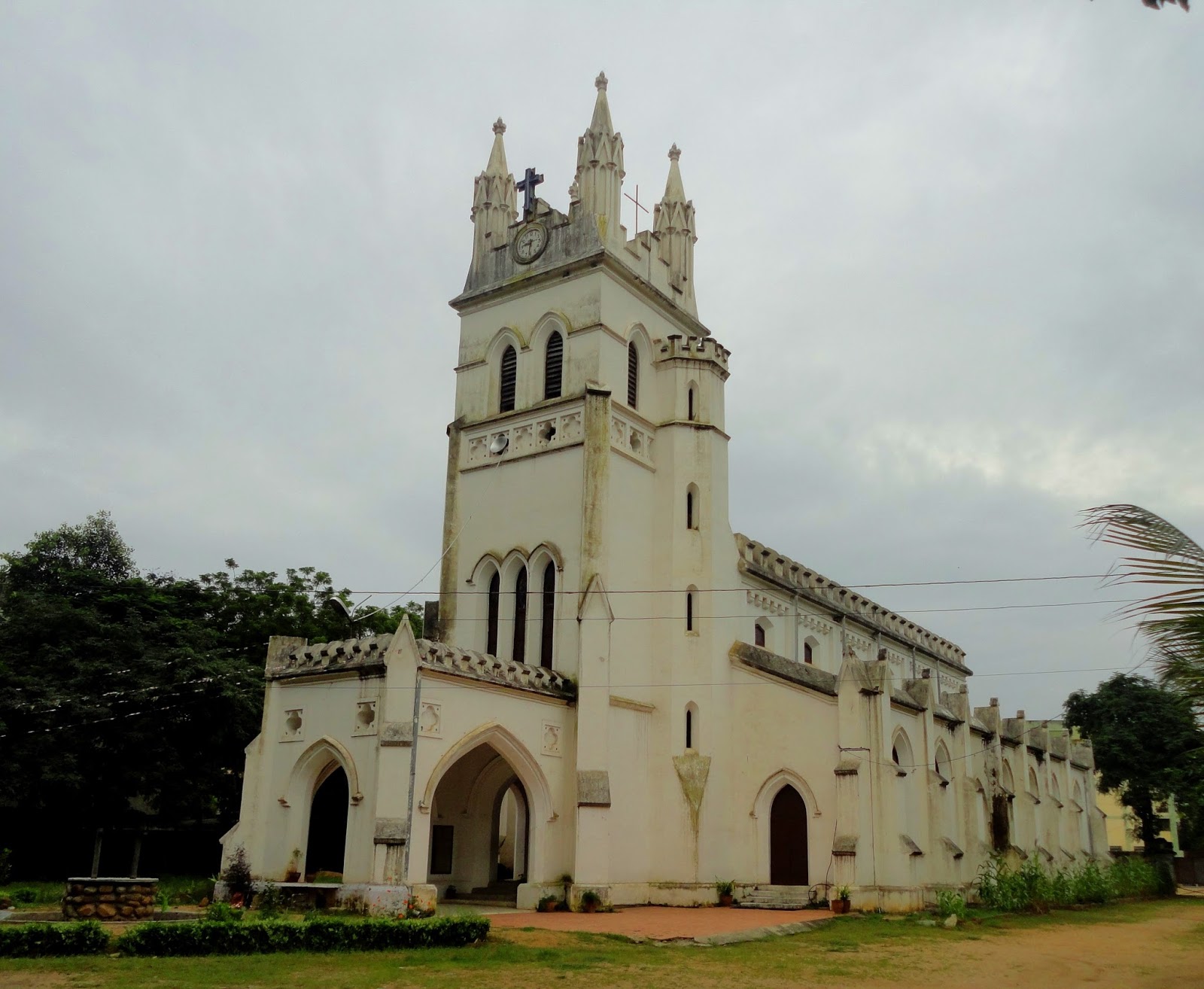
Golkonda Fort
El Fuerte Golkonda es una ciudad fortaleza que se encuentra a las afueras de Hyderabad y es la principal atracción turística de la ciudad, si bien no es muy conocida internacionalmente y la mayoría de turistas son indios.
Su historia se remonta hasta el siglo XII aunque lo que es la actual ciudadela fue construida, destruida, construida, reformada… durante cientos de años, hasta el siglo XVII. La dinastía hindú de los Kakatiya fundó este enclave desde el que se extendería el reino de Golkonda, hasta que el emperador Auranzageb acabó con la supremacía del fuerte y la capitalidad de la región se trasladó a la joven ciudad de Hyderabad.
Llegamos pues en un rickshaw y compramos los tickets. Aquí, para los locales estas cosas son bastante baratas, mientras que para los “no indians” pueden valer hasta veinte veces más. A Antoine le parecía indignante, para mí es bastante justo, Hitoshi no se pronunció, no le gusta la polémica.
Sorteando a los vendedores de folletos, planos y postales, conseguimos entrar por la "Fateh Darwaza" (Puerta de la Victoria), rodeada de pinchos para defenderse de los elefantes.
Nada más entrar, nos topamos con lo más famoso de todo el fuerte: “la cúpula de la palmada”, el pórtico abovedado que da acceso al complejo. El nombre viene del impresionante efecto acústico que se produce en él: en teoría, una palmada producida justo bajo el centro de la bóveda puede oírse en el “Bala Hisar” (el pabellón de la cima de la montaña) a un kilómetro de distancia. Este efecto se usaba para avisar con prontitud de la presencia de invasores.
Cada minuto hay un grupo nuevo de indios dando palmadas, gritando y montado bulla de mil maneras para probar el efecto acústico y liarla un poquito, que aquí son muy formales por norma general y hay que desfogarse de vez cuando.
Tras el soportal, se abren ante el visitante unos plácidos jardines donde la gente se tumba a la bartola o hace mini picnics, algo que me choca en un lugar como este. Y es que en India están prohibidas (o al menos mal vistas) muchas cosas que en España son comunes, pero puedes hacer muchas otras que nosotros prohibimos.
De modo que aquí puedes entrar a las ruinas con tu perro y traerte la merienda y aunque está prohibido tirar basura, e incluso hay papeleras (que son casi un mito en Hyderabad), pues sigues viendo botellas de Mirinda y bolsas de Lay´s Masala.
Antes de subir la colina granítica de casi 100 metros de altura que soporta las antiguas dependencias de los Kakatiya, decidimos recorrer todas las cámaras, mini-mezquitas, antiguos, jardines, salas, dependencias, establos, etc. que se extienden hacia todos lados.
Como pasa en muchas atracciones turísticas de India, apenas hay carteles, mapas o cualquier otra cosa que te explique lo que estás viendo. Hitoshi opina que es para que tengas que alquilar los servicios de alguno de los guías que te asaltan a la entrada, pero es que él siempre defiende la teoría de la conspiración.
El caso es que la dejadez con la que se “conservan” muchos monumentos del país tiene su lado malo y su lado bueno. El malo es la suciedad, las pintadas de “Santosh estuvo aquí”, el que no sabes lo que estás viendo… Pero el bueno es que eres libre de moverte por donde quieras, de meterte por los recovecos, de hacer el cabra por ahí, incluso corriendo cierto riesgo, porque ni pozos, ni torres, ni escaleras tienen vallas ni ningún otro tipo de seguridad, es up to you.
Recorriendo a mi bola las oscuras cámaras del palacio, conocí a otro de los típicos habitantes de muchos monumentos indios. Mientras me adentraba en la negrura de un sala sin ventanas un extraño sonido empezó a rodearme, un sonsonete rítmico y agudo. Me adentré un poco más en lo desconocido y un penetrante olor agrio golpeó sin misericordia mis fosas nasales. Nunca había olido el guano, pero lo reconocí enseguida. Miré hacia arriba y unas sombras furtivas me confirmaron que sobre mi cabeza colgaban decenas de murciélagos que descansaban en la más completa oscuridad. Salí de allí escopetado, claro.
De modo que si vais a cuevas o ruinas en India recordad: donde hay oscuridad hay murciélagos y los hay en cantidades industriales.
Rascándome la cabeza, dejamos atrás las ruinas a ras de suelo y empezamos el ascenso de la colina por el sendero que rodeaba la mole de granito. La marcha no era fatigosa y a cada paso mejoraban las bellas vistas que uno tenía de Hyderabad.
Por el camino, además de la belleza tanto geológica como arquitectónica del lugar, me llamó la atención la cantidad de sandalias tiradas que había en las peñas circundantes. Me estaba preguntando si obedecería a alguna tradición o algo así cuando vi a una niña pedirle permiso a su madre para quitarse sus chanclas. Cuando la nena recibió el “sí”, lanzó su calzado, toda contenta, por la ladera y continuó su ascenso descalza. Aquí andar descalzo es muy normal, sí, pero lo de arrojar tus sandalias no lo había visto nunca.
Nosotros también tuvimos que quitarnos nuestros zapatos, pero para dejarlos ordenaditos a la entrada de los templos a los que tienes que entrar descalzo. Si abajo los recintos sagrados eran mezquitas, aquí eran templos de la religión hindú.
Aunque mi conocimiento del hinduismo es casi nulo, por lo que creí entender, el templo estaba dedicado a las Deví o Shaktí, es decir, las diosas, que se agruparían en cierta manera como principio sagrado femenino. En las paredes se podían ver murales dedicados a Kalí, que a pesar de su imagen de diosa violenta y oscura también es venerada como Diosa Madre y otros en honor de Durga, “la inaccesible”, que si bien es guerrera, también puede sanar. Ambas se pueden relacionar con Parvati, la esposa de Shivá y madre Ganesh (ya sabéis, el de la cabeza de elefante), una especie de “sagrada familia” que tiene aquí mucha devoción.
Tras recoger nuestro calzado, seguimos subiendo. Entramos en la antigua prisión, vimos más salas y templos, hasta que llegamos a la atracción final, la zona más noble, el “Bala Hisar”. Imitando a las decenas de personas que abarrotaban el lugar, subimos a la azotea a disfrutar de las magníficas vistas de las que gozaban los Kakatiya siglos atrás. También intenté probar si se oían las palmadas del pórtico como contaban las guías, pero no oí nada, claro que con toda la muchedumbre haciendo ruido quizá sea imposible.
http://hyderabadblues.blogspot.com.es/2012/02/golkonda-fort.html
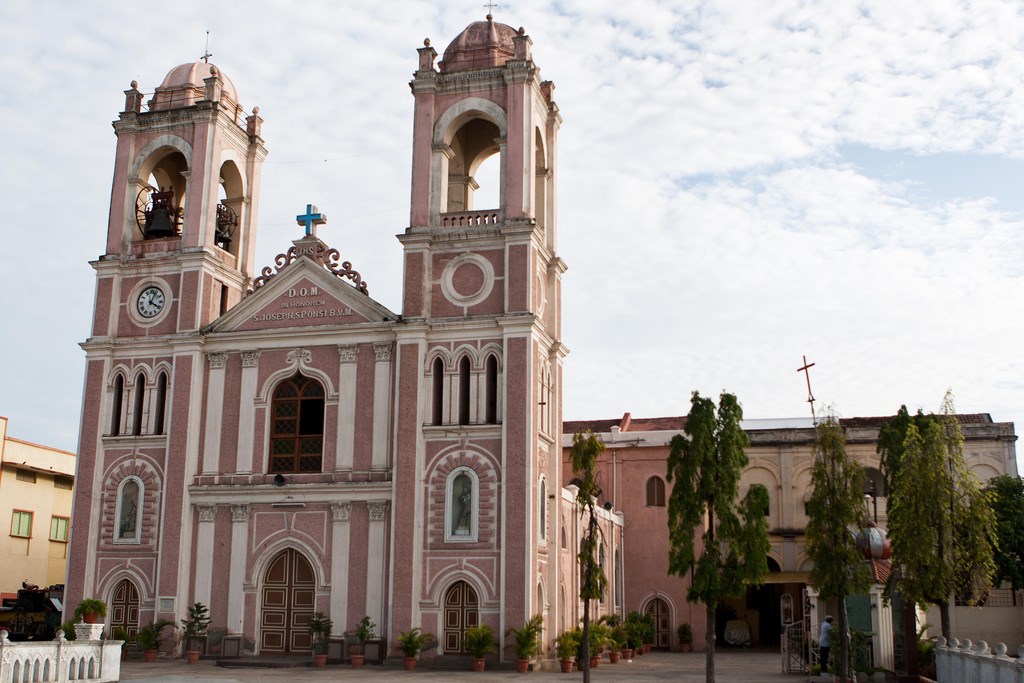
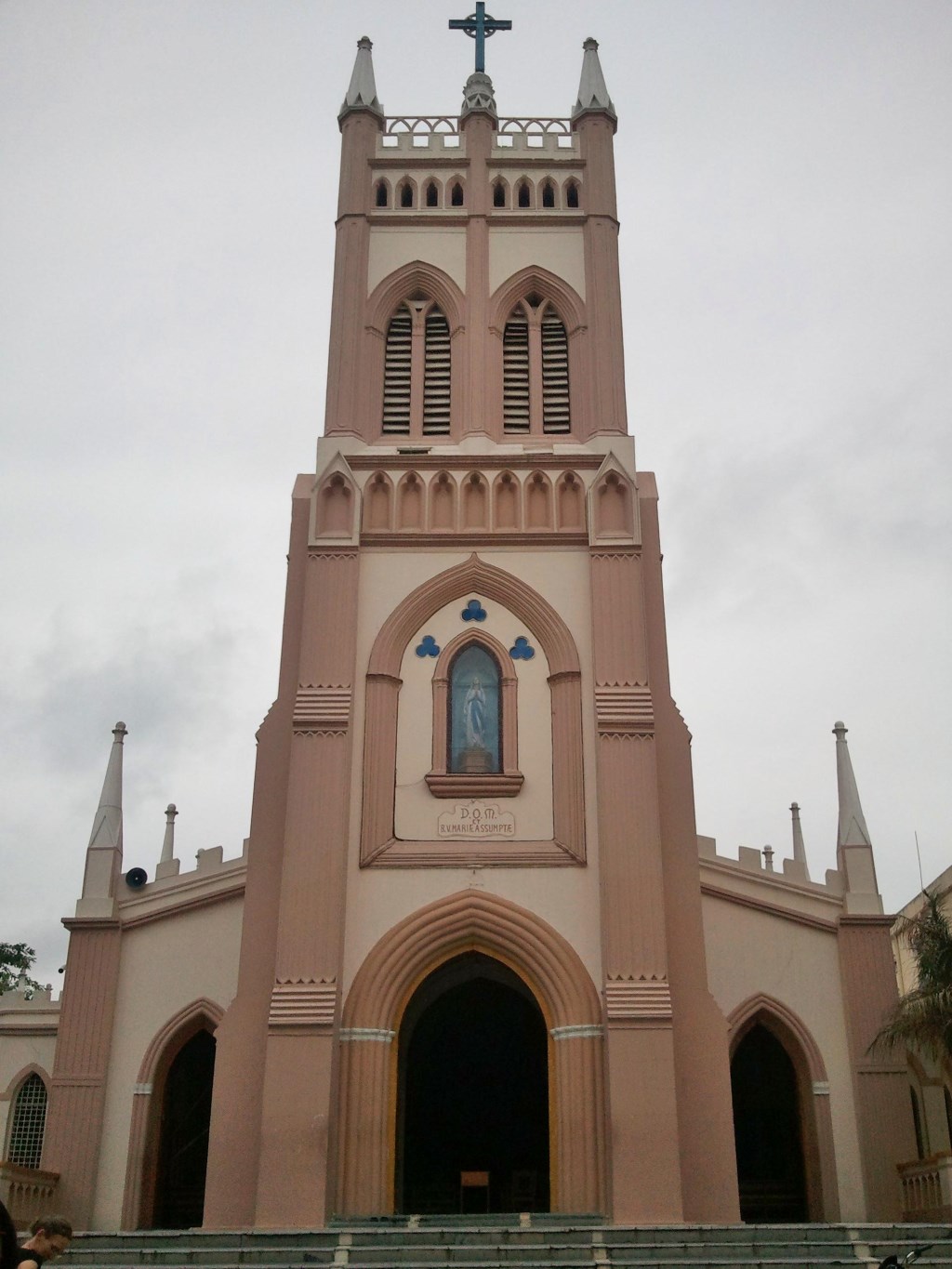
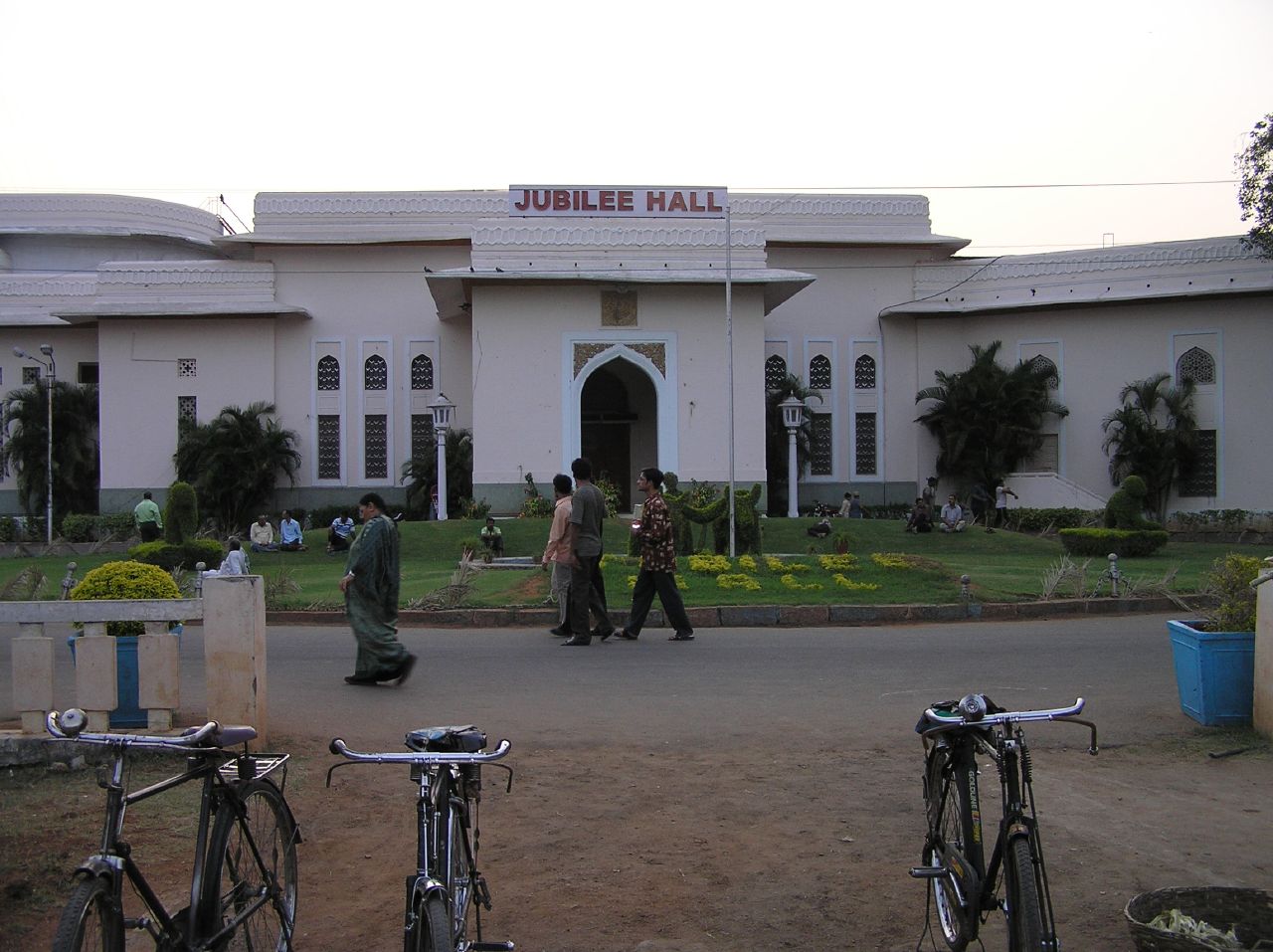

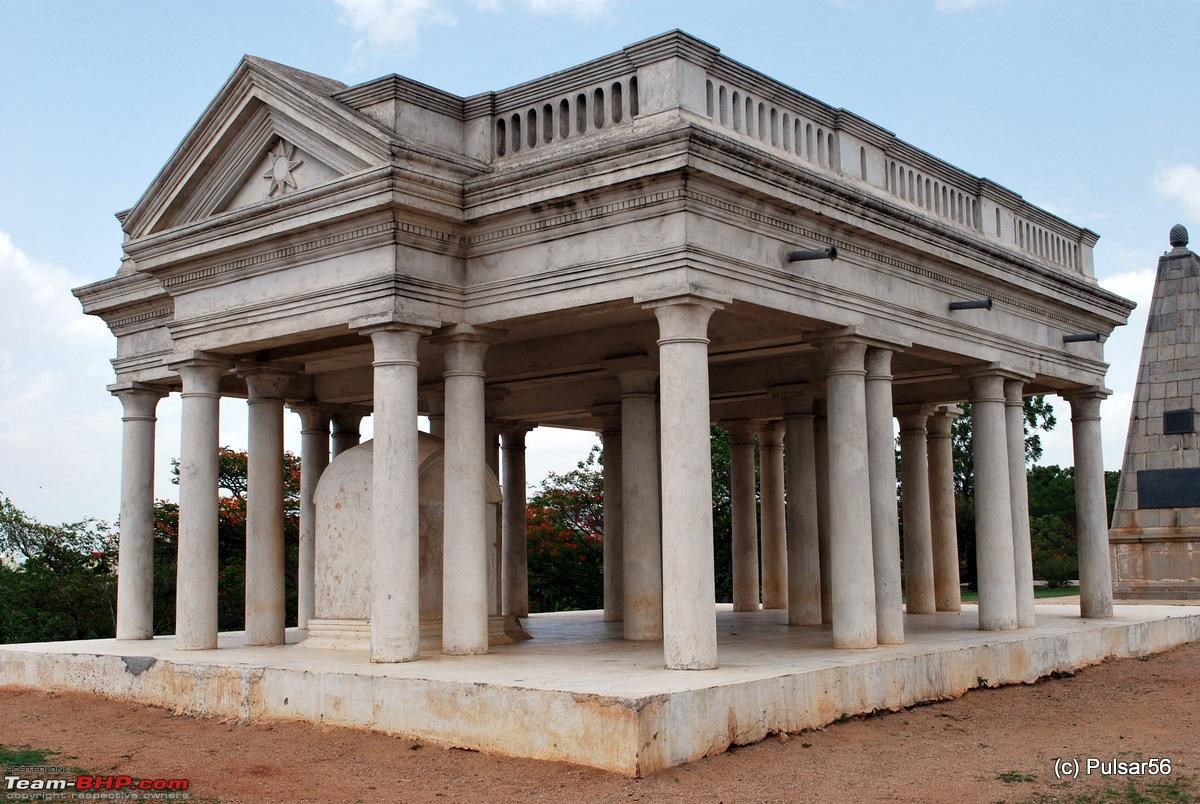
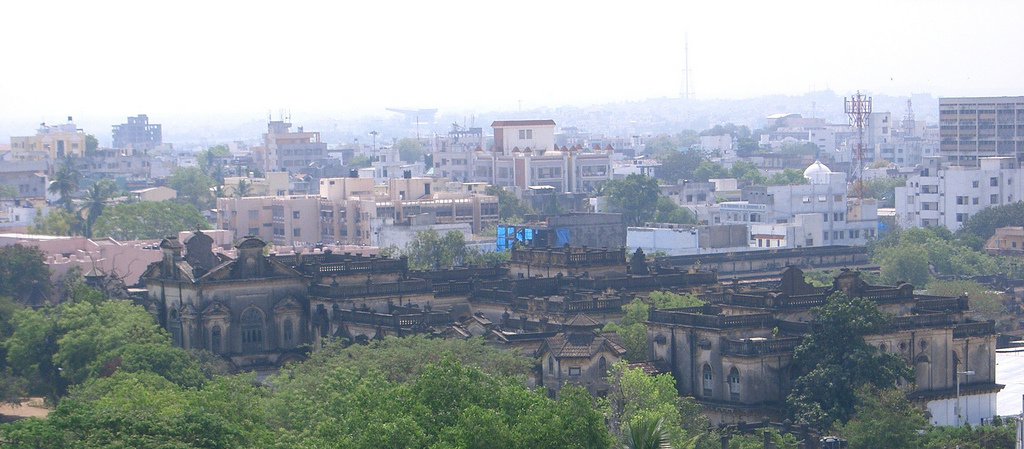
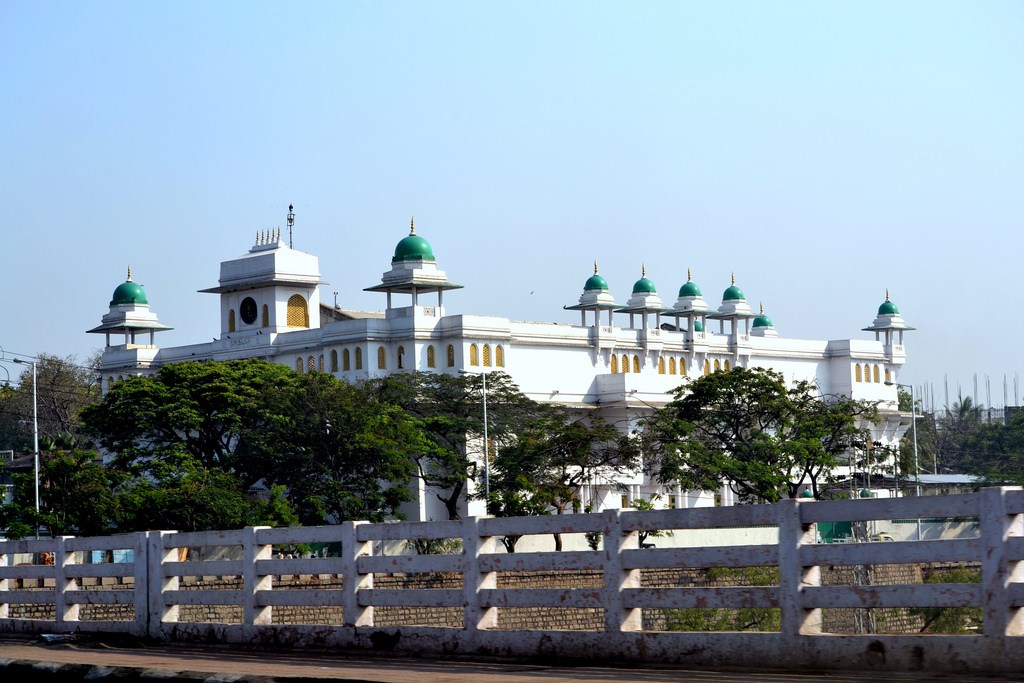

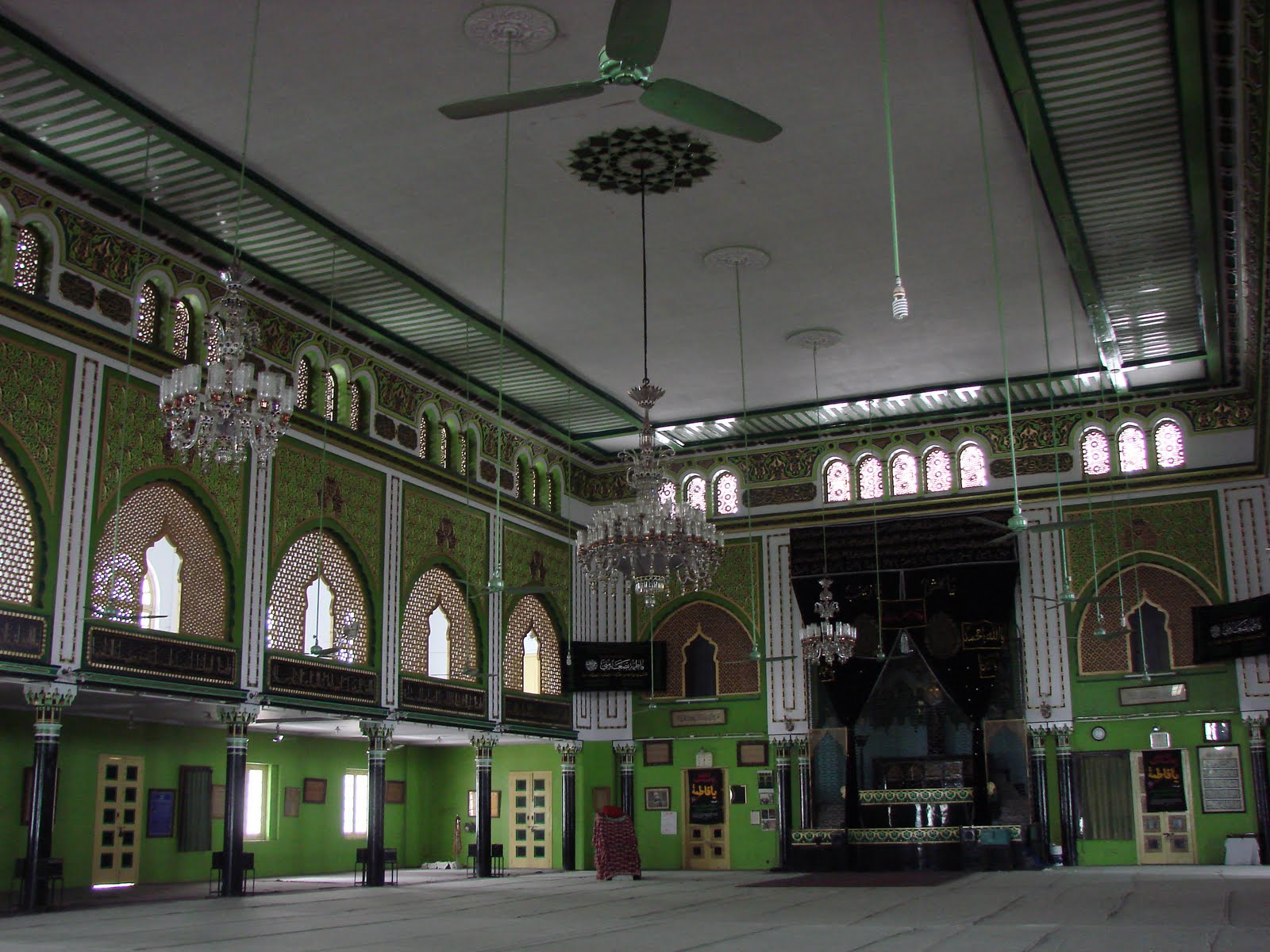
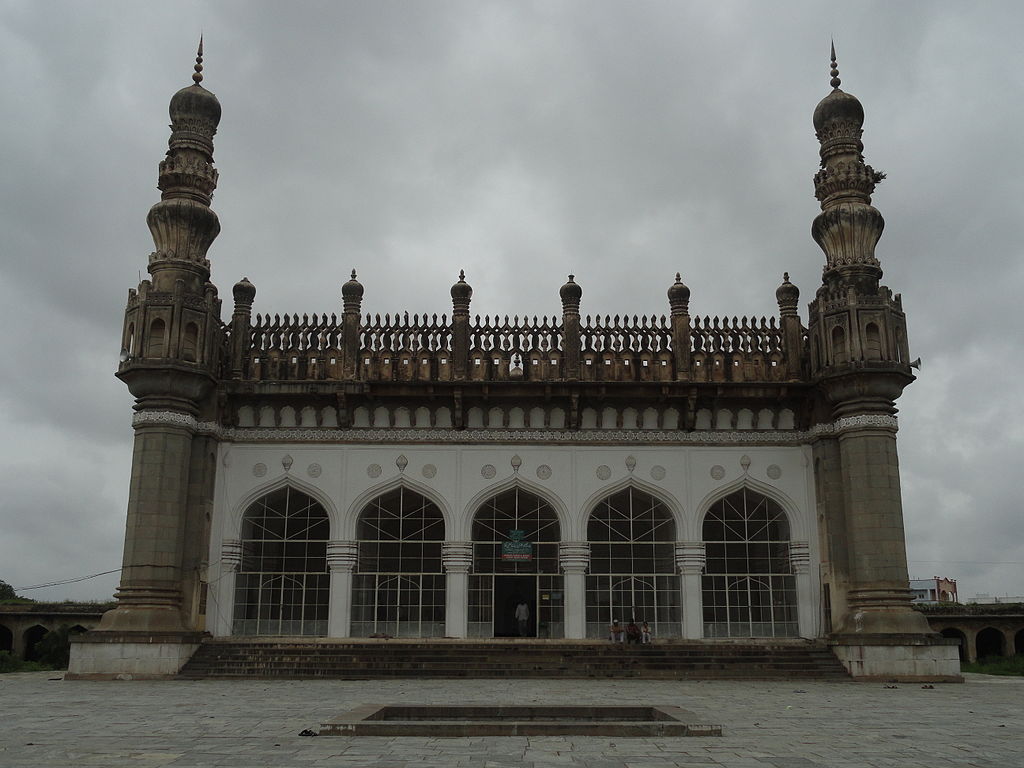
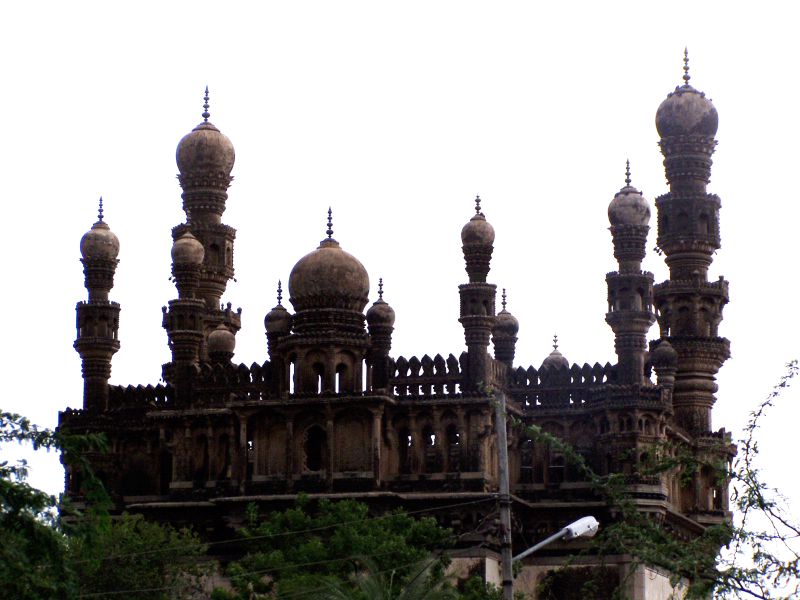
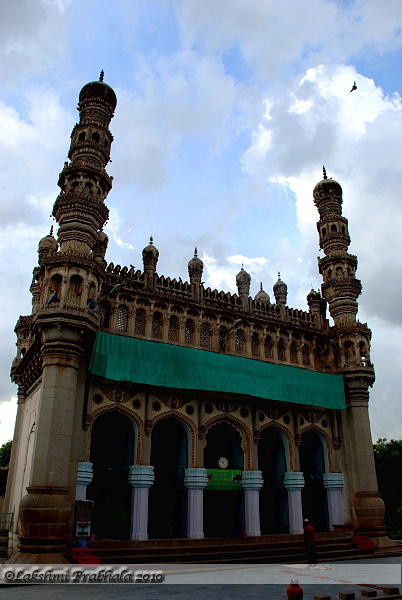
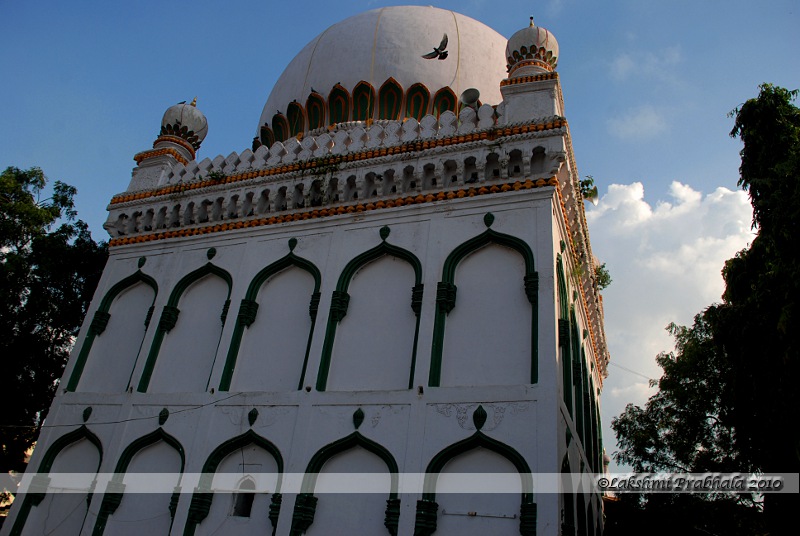
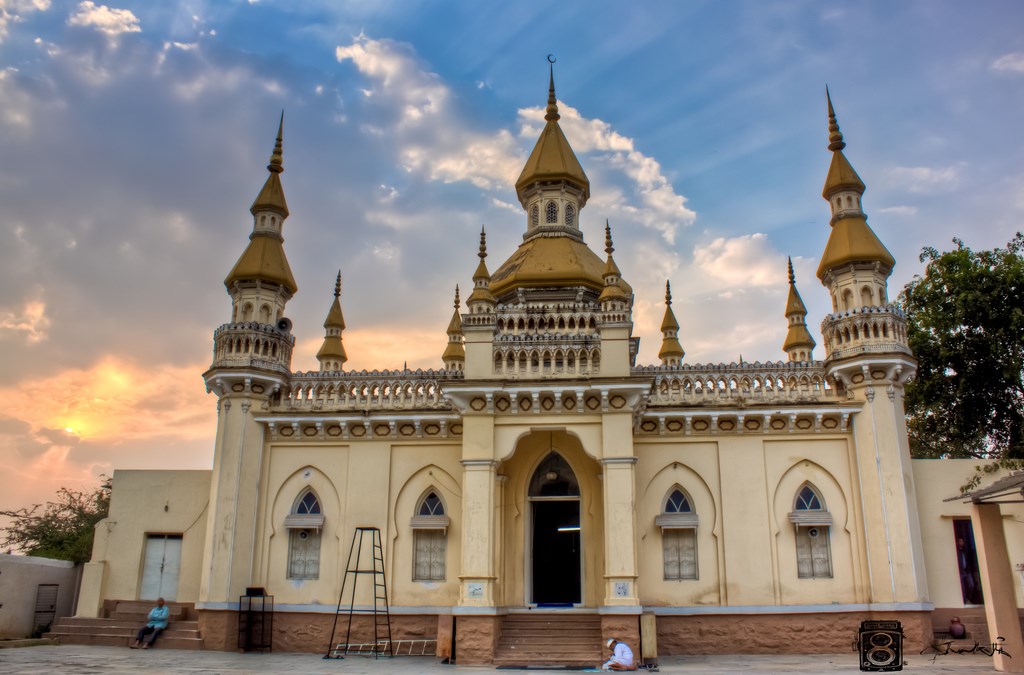
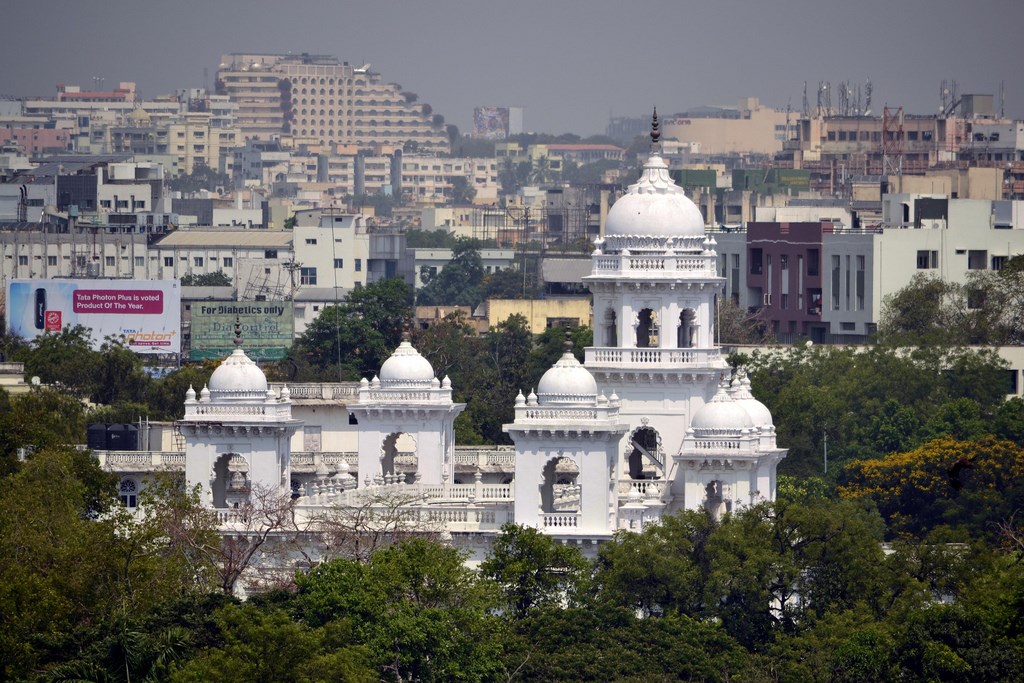
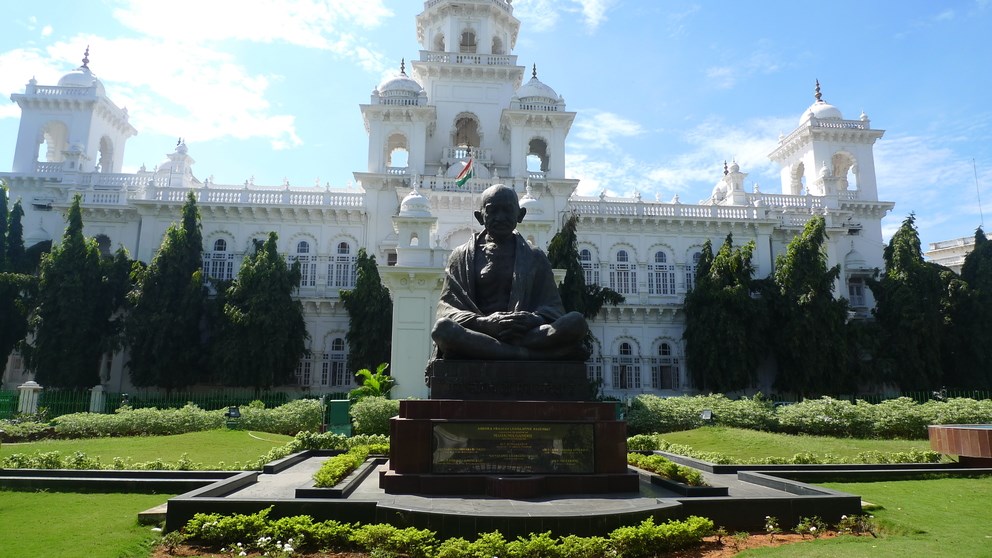
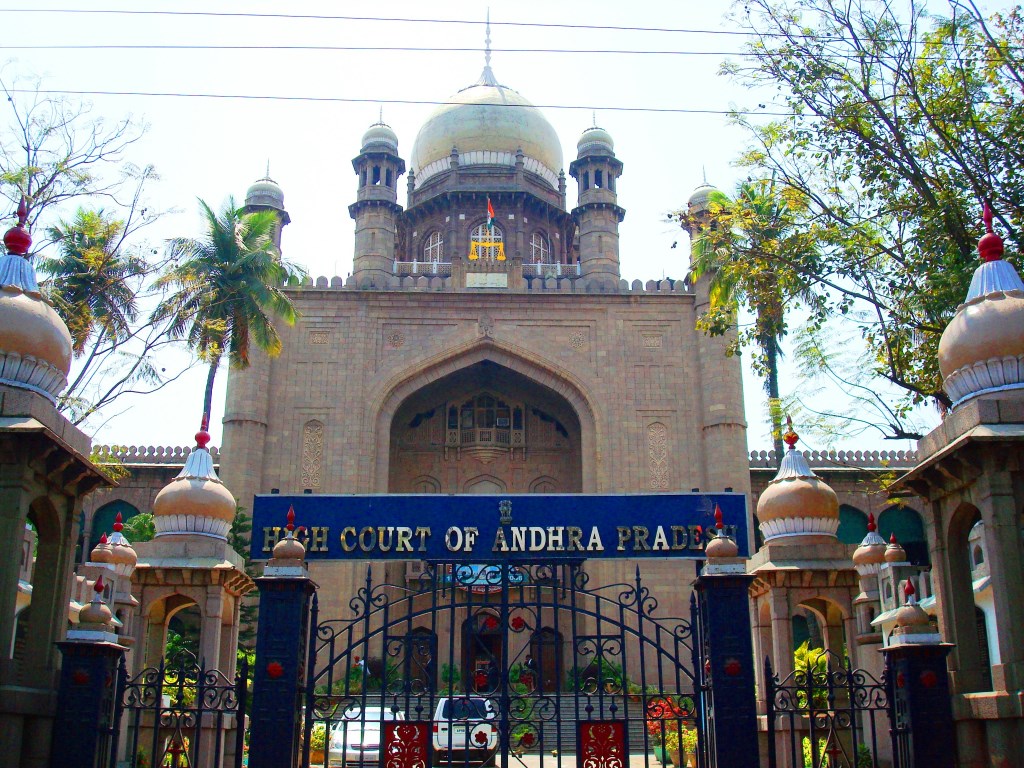
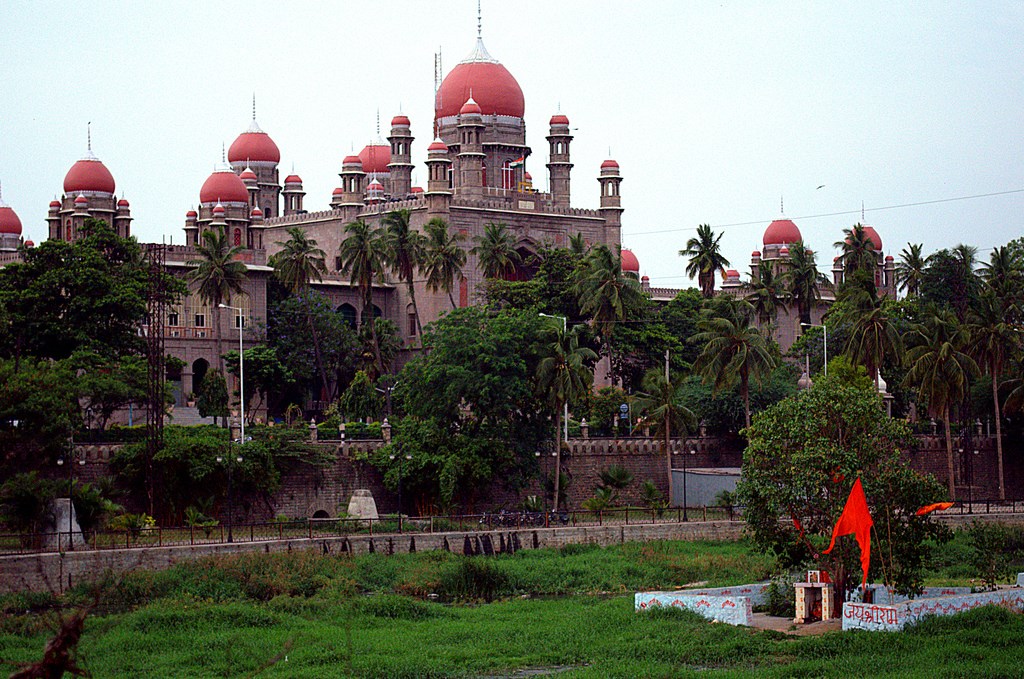

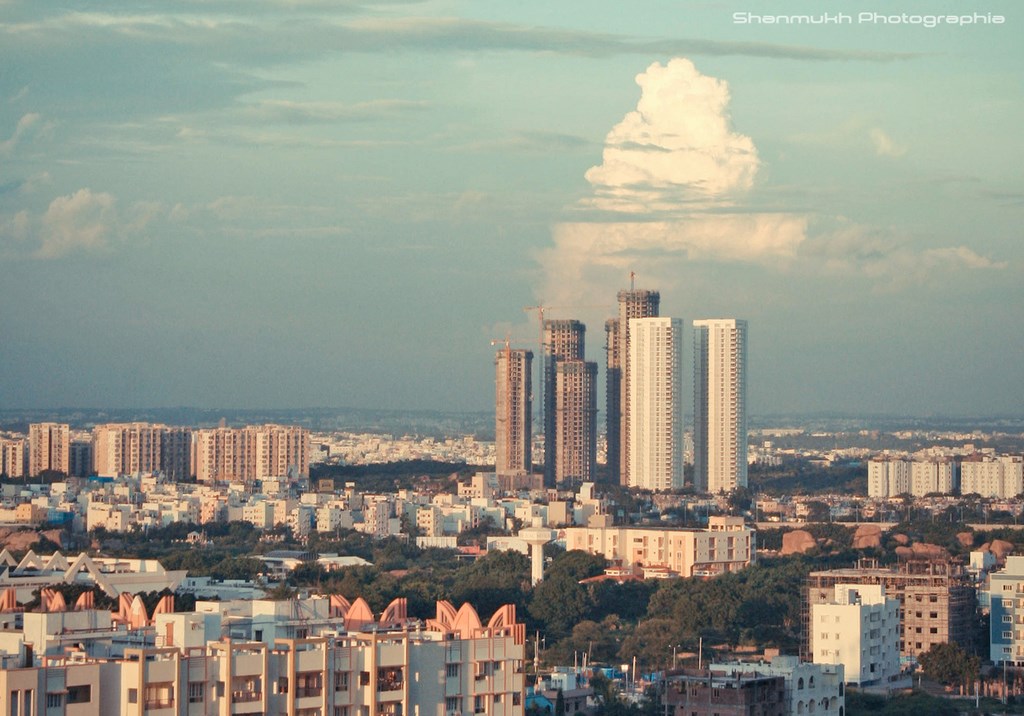
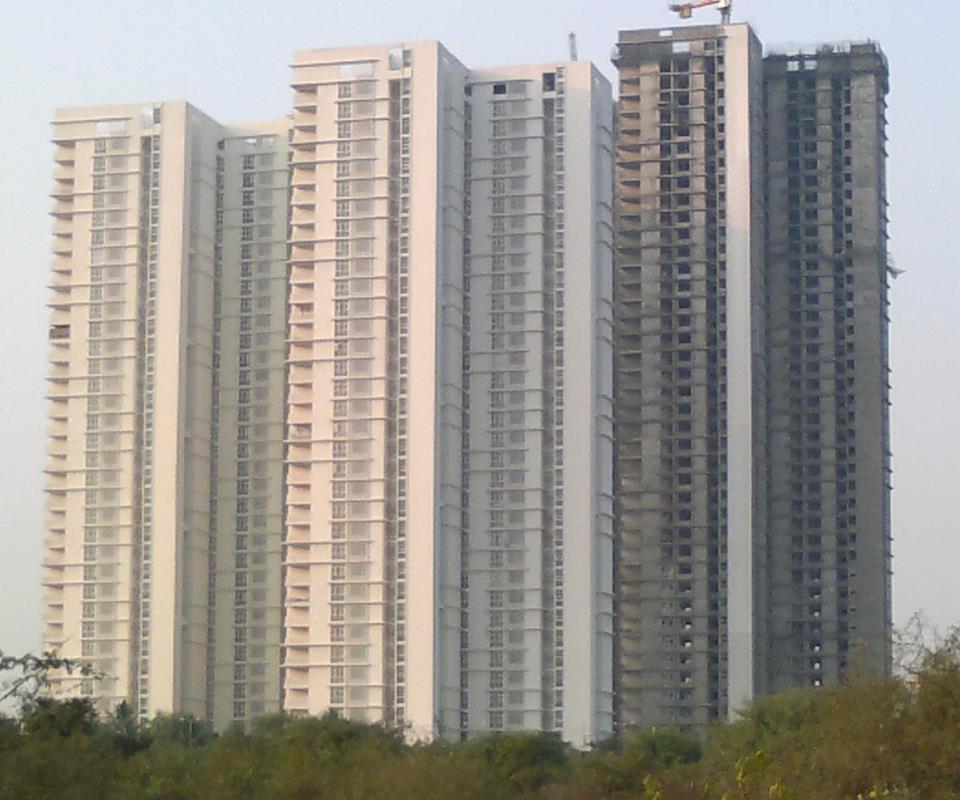
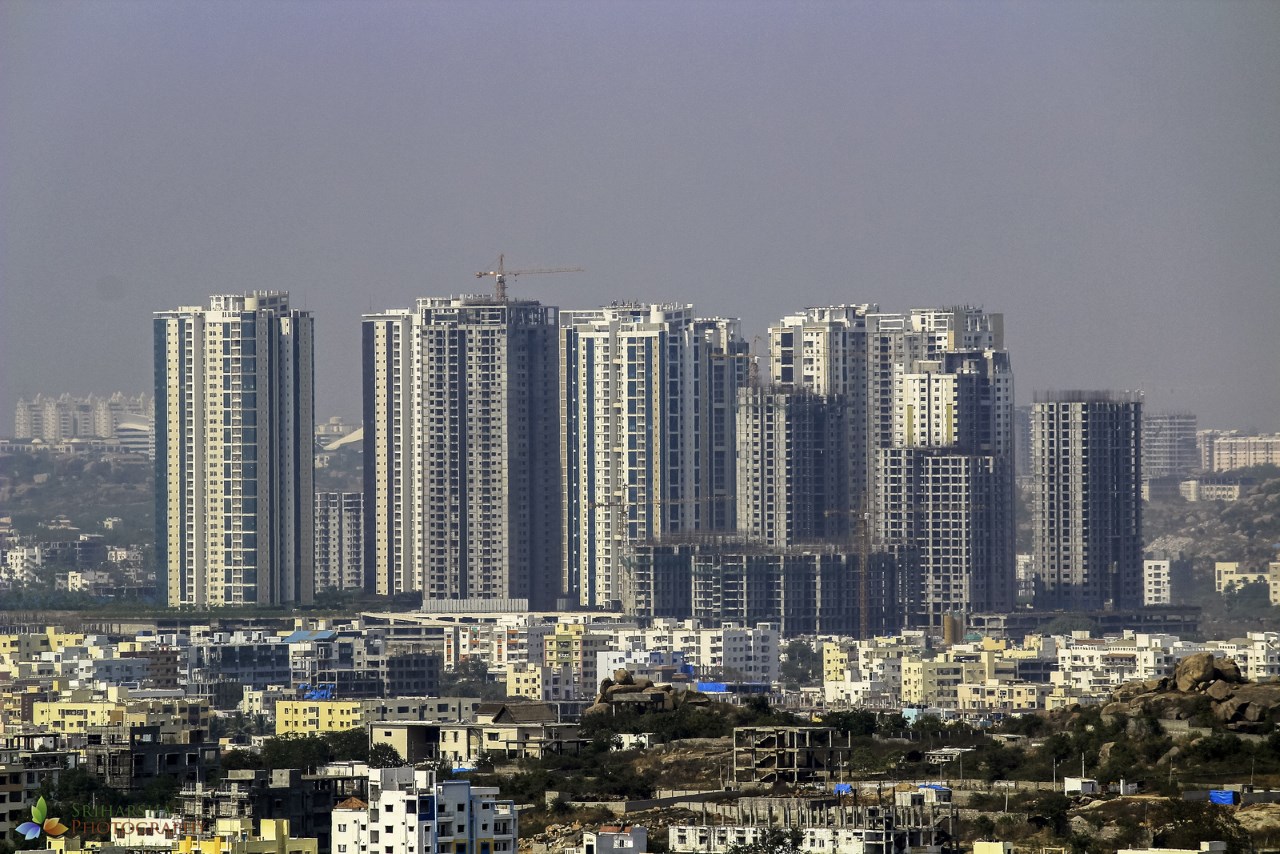
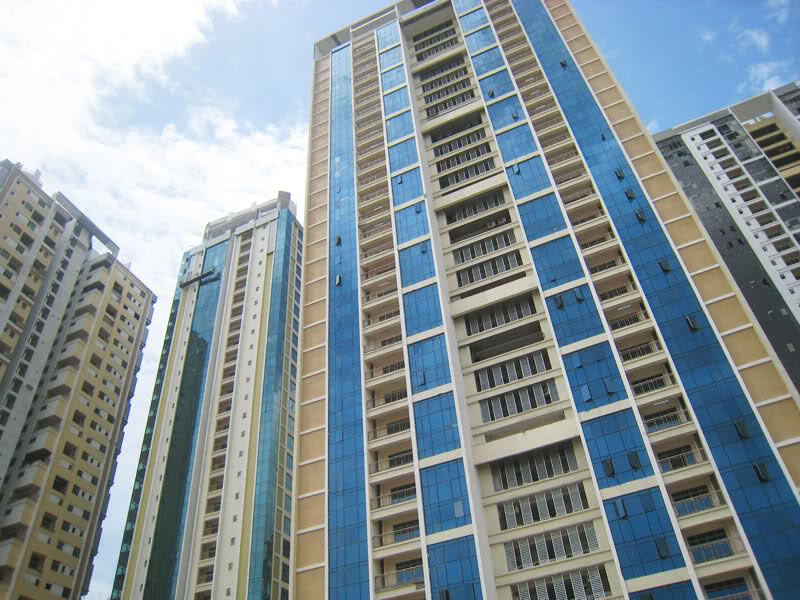

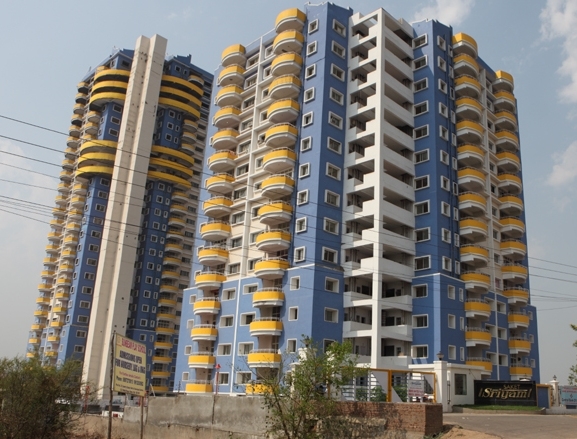
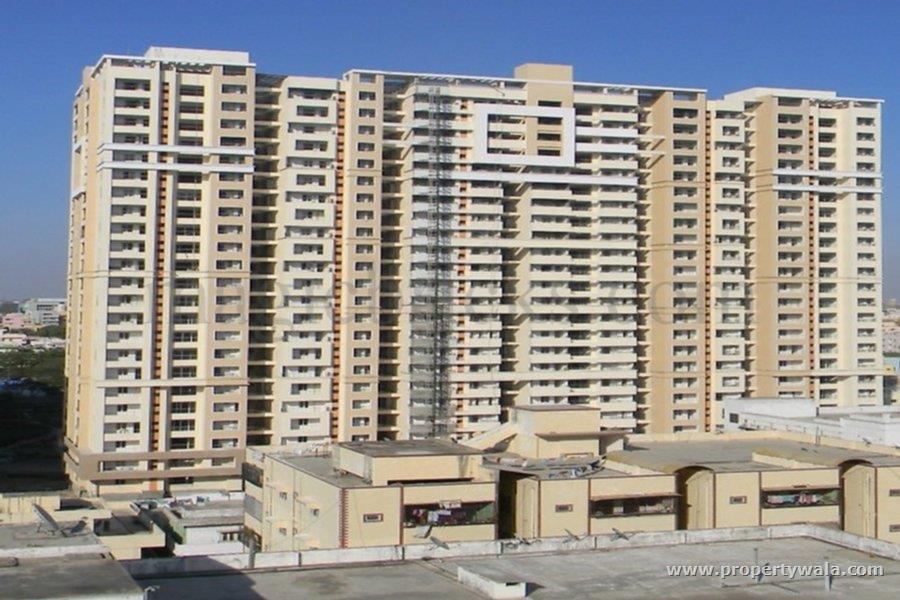
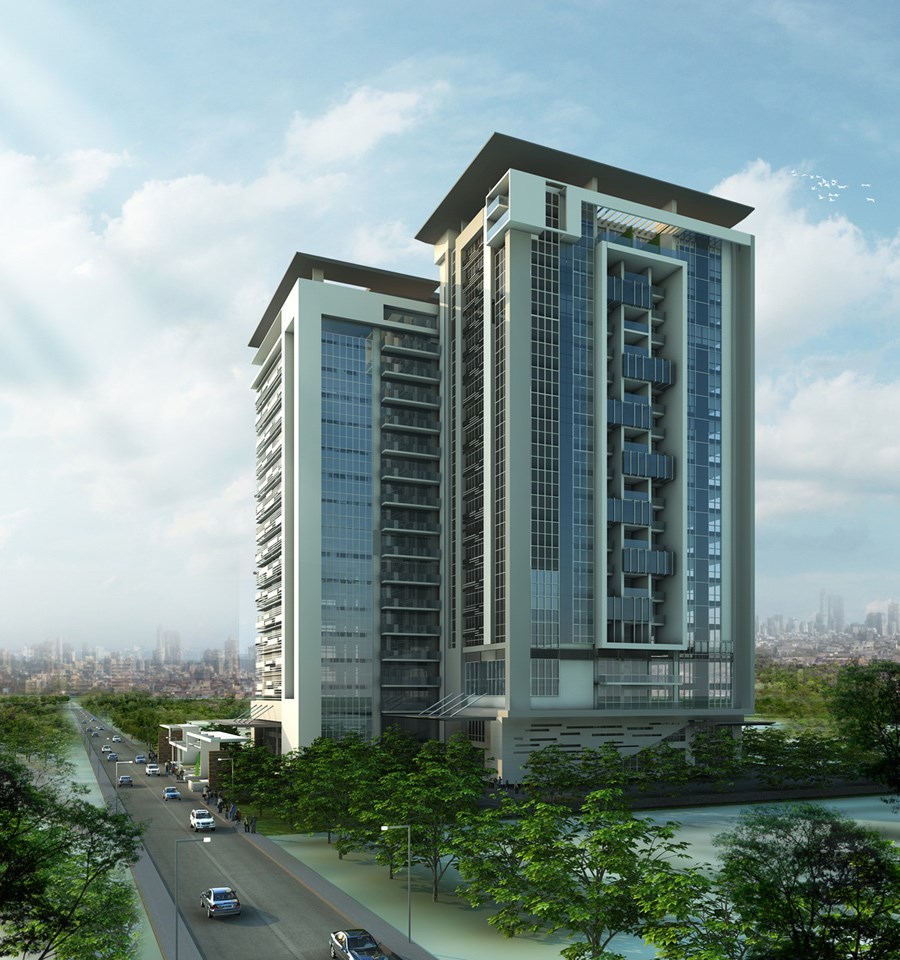
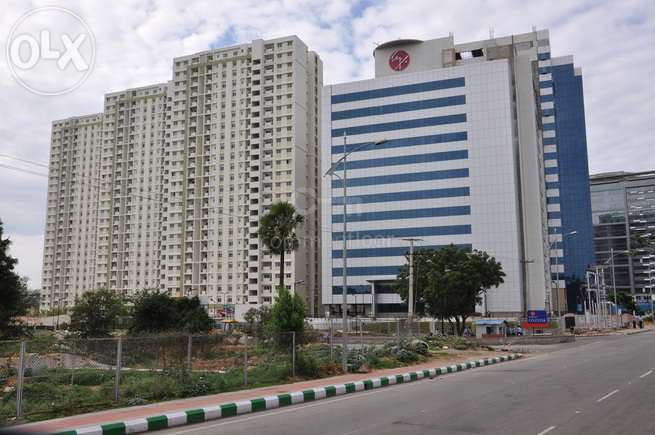
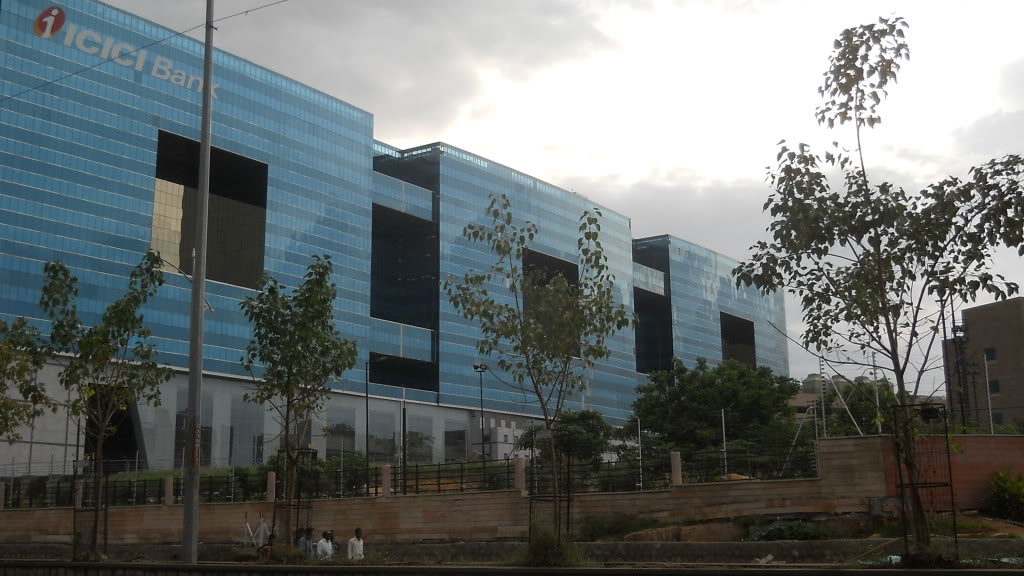
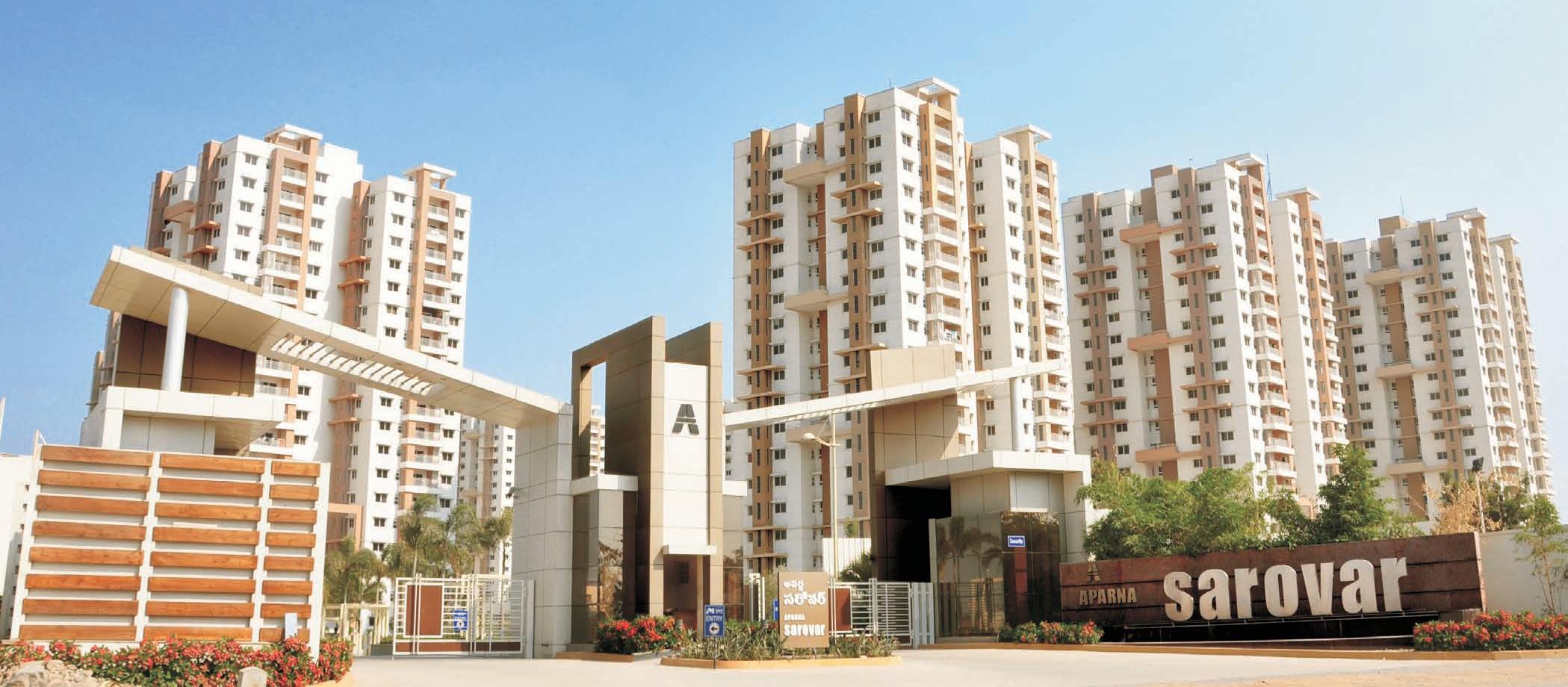
Hyderabad Attractions List
Charminar
Charminar - a major landmark of Hyderabad with four graceful minarets located in the old city of hyderabad. It is built by Muhammed Quli Qutb Shah as a memorial for plague victims. Charminar in most occasions is used to represent the city and the state and is hailed as a unique Deccan monument. It is in the midst of Charkaman which are four archaways leading to roads in all four directions of the Charminar monument. It has the signature style of Islamic architecture. This great tribute to aesthetics looks sturdy and solid from a distance and, as one moves closer, it emerges as an elegant and romantic edifice proclaiming its architectural eminence in all its detail and dignity. Charminar looks equally spectacular at night when it is illuminated. Apart from being the core of the city’s cultural milieu, it has become a brand name.
Mecca Masjid Hyderabad
Makkah Masjid was built during the reign of Muhammad Quli Qutb Shah, the 6th Qutb Shahi Sultan of Golconda (now Hyderabad). The three arched facades have been carved from a single piece of granite, which took five years to quarry. More than 8,000 workers were employed to build the mosque. Muhammad Quli Qutb Shah personally laid the foundation stone. The construction was later completed by Mughal Emperor Aurangzeb after conquering Hyderabad.
Muhammad Quli Qutb Shah, the fifth ruler of the Qutb Shahi dynasty, commissioned bricks to be made from the soil brought from Mecca, the holiest site of Islam, and used them in the construction of the central arch of the mosque, thus giving the mosque its name. It formed the centerpiece around which the city was planned by Muhammad Quli Qutub Shah.
Chowmahella Palace
Chowmahalla Palace Chowmahallat (4 Palaces), was a palace belonging to the Nizams of Hyderabad state. It was the seat of the Asaf Jahi dynasty and was the official residence of the Nizam.One monument that in its intrinsic grandeur still exudes the power of yore is the Chowmahalla Palace. (Chow means four. And Mahal means Palace. Chow-Mahalla therefore means four palaces). While Salabat Jung initiated its construction in 1750, it was completed by the period of Afzal ad-Dawlah, Asaf Jah V, the V Nizam ensured its completion between 1857 and 1869.
It is believed to be modelled on Shah of Iran's palace in Tehran.
Nizams's Museum
The museum is a repository mainly of souvenirs, gifts and mementos presented by dignitaries to the last Nizam gifts and mementos presented to the last Nizam on the occasion of the silver jubilee celebrations in 1936. Models made of silver of all the landmark buildings in Hyderabad, and citations in Urdu about H.E.H. Mir Osman Ali Khan. a wooden writing box studded with mother-of-pearl, diamond and gold-studded daggers, caskets, and silver ittardans (perfume containers) presented by the raja of palvancha. silver coffee cups studded with diamonds and silver filigree elephant with mahout are on display. A 1930 Rolls Royce, Packard and a Jaguar Mark V are among the vintage cars on display.
Golconda Fort
Golkonda or Golla konda (shepherd's hill) a ruined city of south-central India and capital of ancient Kingdom of Golkonda (c. 1364–1512), is situated 11 km west of Hyderabad. Golkonda was originally built by the Kakatiya dynasty. However, the most important builder of Golkonda was Ibrahim Quli Qutub Shah Wali, the fourth Qutub king of the Qutub Shahi Dynasty. Ibrahim was following in the spirit of his ancestors, the Qutub Shahi kings, a great family of builders who had ruled the kingdom of Golkonda from 1512.
Qutub Shahi Tombs- 7 Tombs
Mohd. Quli Qutb Shah died at the age of 49 on January 11, 1612 A.D., exactly 400 years ago. The corresponding date as per the Hijri calendar is Saturday, the 17 Zul Qadah, 1020 A.H. This inscription in Persian is engraved in ‘Naskh' script and can be seen at the foot of the tomb. Incidentally, on the same day his son-in-law, Mohd. Qutb Shah, who built the Mecca Masjid, ascended the throne. Mohd. Quli Qutb Shah's 31-year rule is considered a high point of the Qutb Shahi dynasty. He modelled Hyderabad on the lines of Isfahan in Persia on a grid pattern with the architectural marvel, Charminar, at the centre.
Salarjung Museum
The Salarjung Museum is the third largest museum in India housing the biggest one-man collections of antiques in the world. It is well known throughout India for its prized collections belonging to different civilizations dating back to the 1st century. Nawab Mir Yousuf Ali Khan Salar Jung III (1889–1949).The paintings of legendary Raja Ravi Varma,Aurangzebs sword, Jade crafted daggers of, Emperor Jehangir, Noorjahan and Shah Jehan. A wardrobe of Tipu Sultan and A tiffin box made of gold and diamond,The furniture collection belonging from the time of Louis 14th-17th and Napolean.
Falaknuma Palace
Falaknuma Palace is one of the finest palaces in Hyderabad. It belonged to Paigah Hyderabad State but it was later owned by the Nizams. It was built by Nawab Vikar-ul-Umra, the then Prime Minister of Hyderabad and the uncle and brother-in-law of H.H. The Nizam VI, Nawab Mir Mahboob Ali Khan Bahadur. Falak-numa literally means "Like the Sky" or "Mirror of the Sky" in Urdu. In 2000 Taj Hotels started renovating and restoring it. The new renovated hotel was opened in Nov, 2010
Retrace the steps of Nizams, European royalty, enchanting Begums, distinguished Heads of State and walk the walk of Kings through this Palace in the sky. 2000 feet above Hyderabad, Taj Falaknuma Palace's 60 beautifully refurbished and lovingly restored rooms allow you to journey into the clouds and into the glided ages, where grandeur and excess is celebrated and savoured in equal measure.
Purani Haveli
Purani Haveli is situated to the south east of Afzal Gunj Bridge near Dewandevdi in Hyderabad. It is a U-shaped housing complex with a single storied central building in typical European fashion, flanked by two double storied oblong shaped wings. Purani Haveli is a palace located in Hyderabad, India. It was the official residence of the Nizam. It was also known as Haveli Khadeem, which means old mansion, was constructed for Sikander Jah, Asaf Jah III (1803–1829) by his father Ali Khan Bahadur, Asaf Jah II. The palace also houses the Nizam's museum, which is dedicated to the last Nizam of Hyderabad state. Currently the palace is being used as a school and as an Industrial Training Institute ITI.
State Legislative Assembly
The Andhra Pradesh State Assembly Building, Hyderabad, is the seat of the Andhra Pradesh Legislature. It was built in 1913, the building was originally the Hyderabad Town hall. The Citizens of Princely state of Hyderabad raised money to build it to mark the 40th birthday of Nizam Mir Mahboob Ali Khan in 1905. This white gem of Hyderabad's architectural splendor was designed by specially commissioned architects. It adjoins the picturesque public gardens. A 22 feet tall bronze statue of Mahatma Gandhi, stands on a 6 feet pedestal in the Assembly building precincts.
Asman Garh Palace
Asman Garh Palace is a palace located in Hyderabad, India. The name meaning, Asman for Sky, and Garh for home, since the palace was located so high on a hillock. It is located on the road from Malakpet and Dilsukhnagar.The palace presently hosts a museum displaying archaeological relics. The palace presently is converted into a school. Asman Garh Palace Hyderabad which was designed and built by Sir Asman Jah, a noble belonging to the Paigah family and one time Prime Minister of Hyderabad State.
Taramati Baradari
Taramati Baradari was a sarai (a caravan station for traders and travelers) as part of Ibrahim Bagh, a Persian style garden built during the reign of Ibrahim Quli Qutub Shah, the second Sultan of Golconda. The Baradari was constructed on the banks of the Musi river. The tourism department attributes the name to the reign of the Seventh Sultan of Golconda, Abdullah Qutb Shah who as an ode to his favorite courtesan, Taramati, is said to have named the sarai Taramati Baradari. Taramati Baradari pavilion has 12 doorways and was constructed to allow cross ventilation and is one of the most indigenous techniques to have been used at that time
Nehru Zooligical Park
Nearly 100 species of birds, animals and reptiles are housed at the zoo, including indigenous animals like the Indian rhino, Asiatic lion, tiger, panther, gaur, orangutan, crocodile, python, as well as deer, kangaroos, antelopes, and birds.
Nehru Zoological Park (also known as Hyderabad Zoo) is a 380 acres (150 ha) zoo located near Mir Alam Tank in Hyderabad, Andhra Pradesh, India. It is one of the three most visited destinations in Hyderabad. It is named after the first prime minister of the country, Jawaharlal Nehru.
Hussain Sagar Lake
Hussain Sagar is a lake in Hyderabad, Andhra Pradesh, India, built by Hazrat Hussain Shah Wali in 1562, during the rule of Ibrahim Quli Qutb Shah. It was a lake of 5.7 square kilometres built on a tributary of the River Musi to meet the water and irrigation needs of the city. There is a large monolithic statue of the Gautam Buddha in the middle of the lake which was erected in 1992. The Huge Buddha Statue statue that can be seen in different photos and pitures of Hyderabad is a Buddhe Statue in the centre of the Lank called as Hussein Sagar or Locally Known as Tank Bund. This is approachable with a short boat ride from Lumbini Park and takes about 10 mins to the centre.
Ramoji Film City
Every year, the studios attracts over a million tourists, and the complex creates revenues in billions of rupees. Located at the entrance of the film city are the 3-star hotel, Tara and a 5-star hotel, Sitara for the film production units as well as for tourists. Once inside, there is Hawa Mahal, an intricate miniature Golconda Fort, which is on a hilltop from which one can have a Bird's-eye view of the whole studio. The vintage Film City coaches shuttle visitors around the studios on a guided tour. There are several settings in the studios which lead the visitors from streets of the Mauryan Empire or the Mughal Empire or even the American Old West. There's also the famous Hollywood sign displayed on the hills at the studios.
http://www.hyderabadtourstravels.com/hyderabad-attractions.html
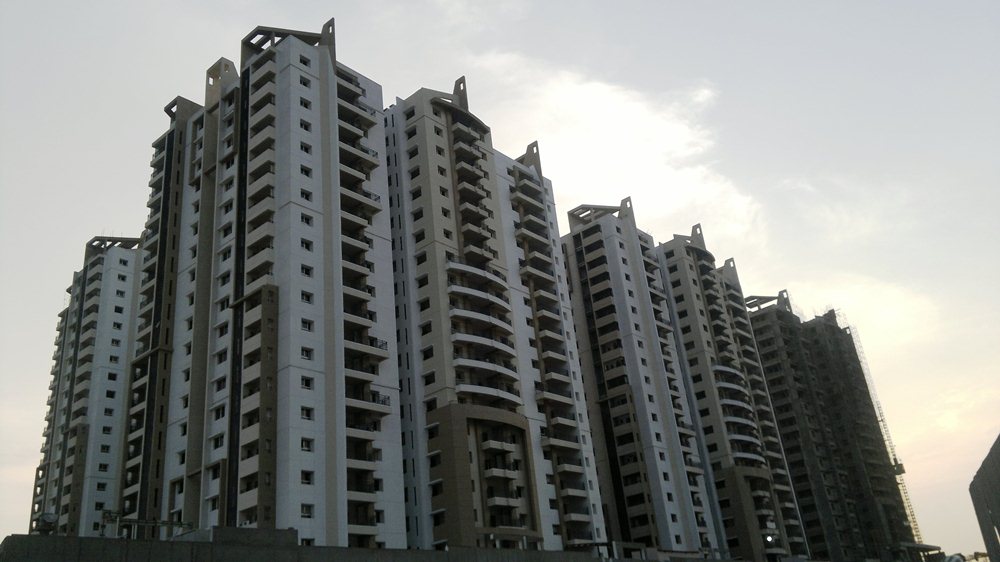
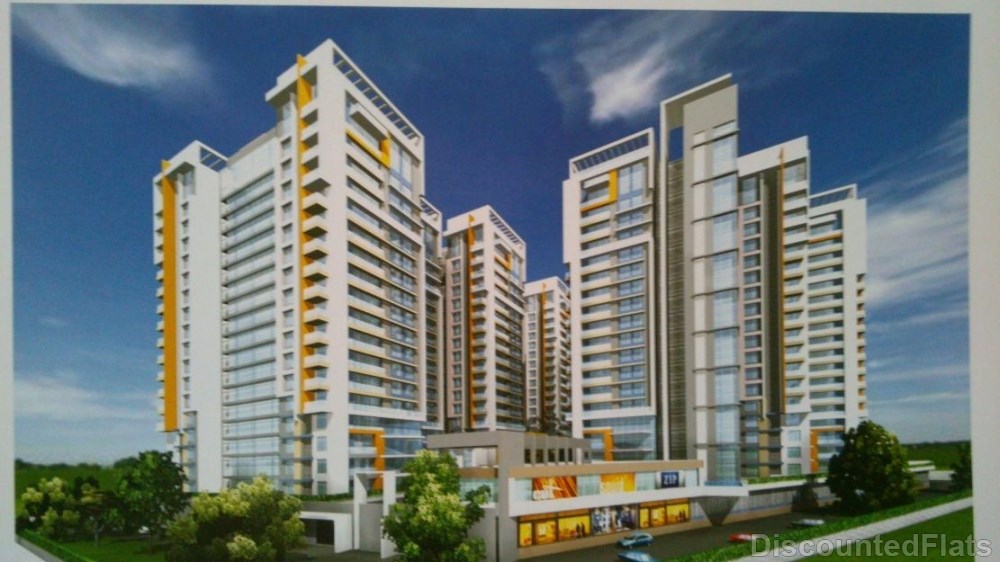
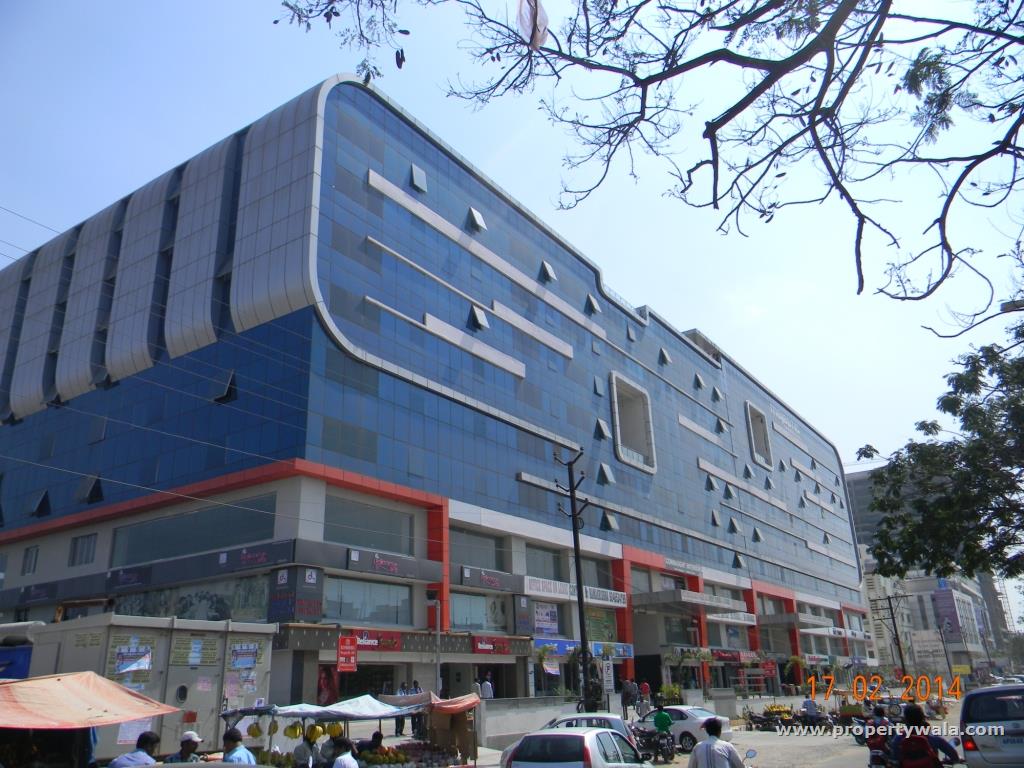
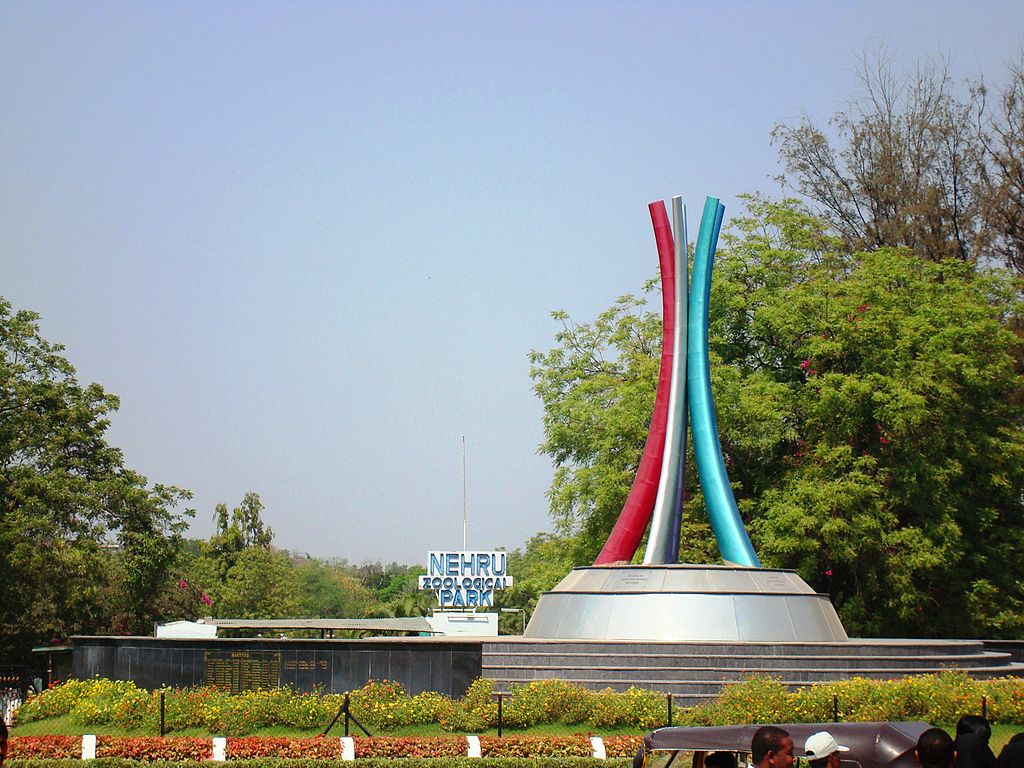
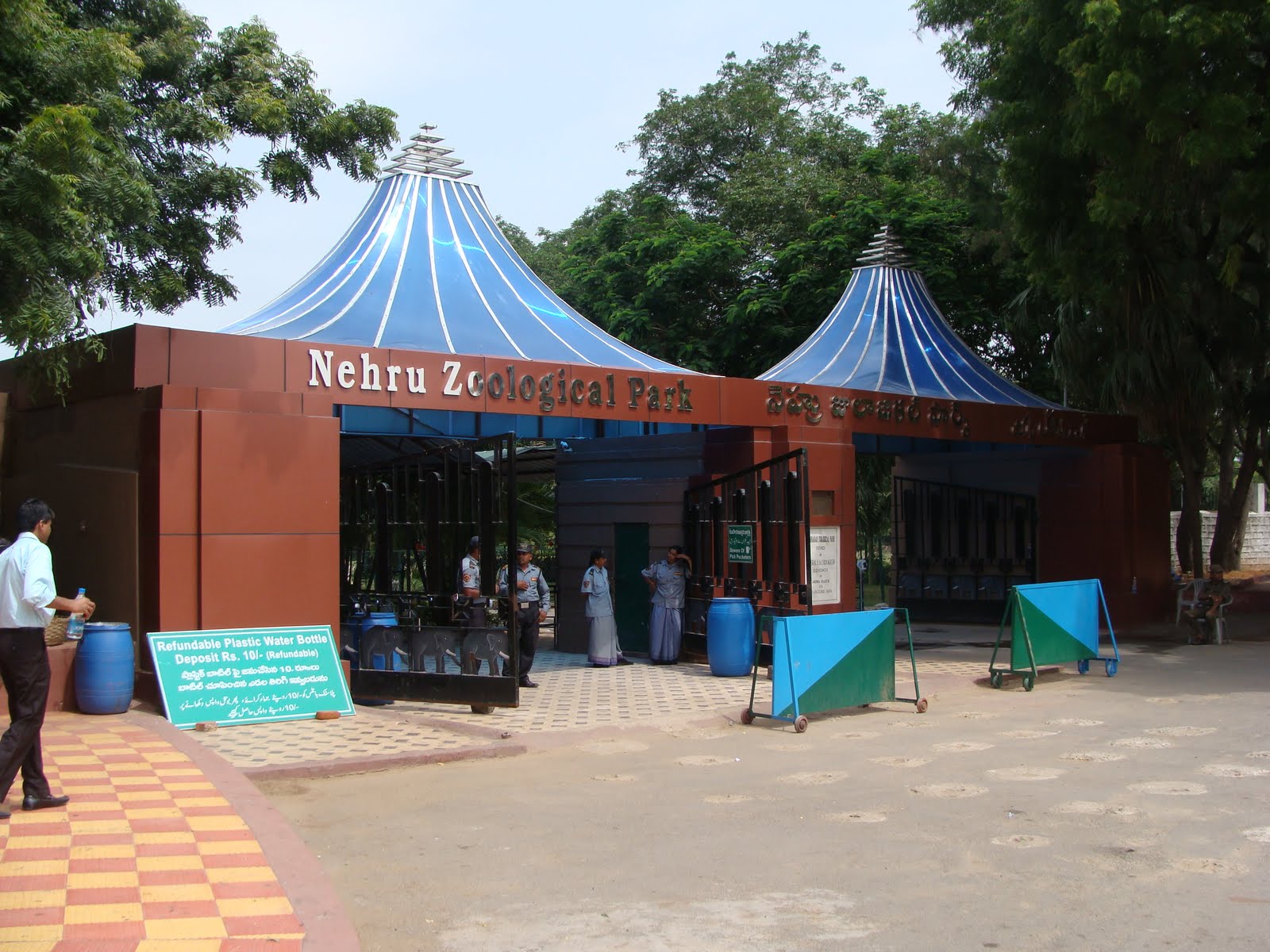
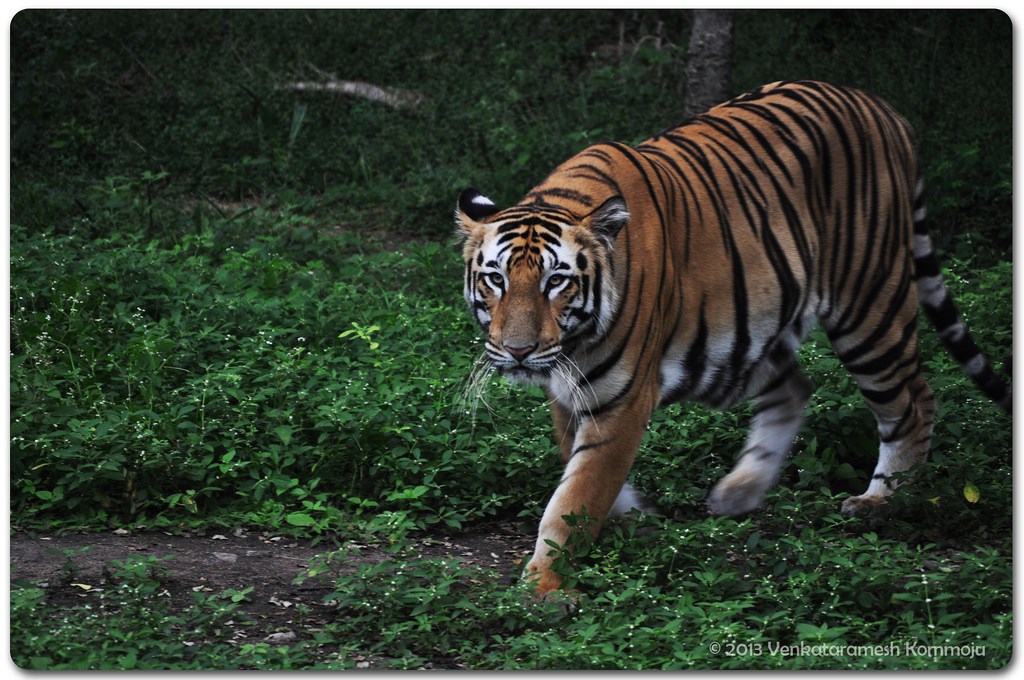
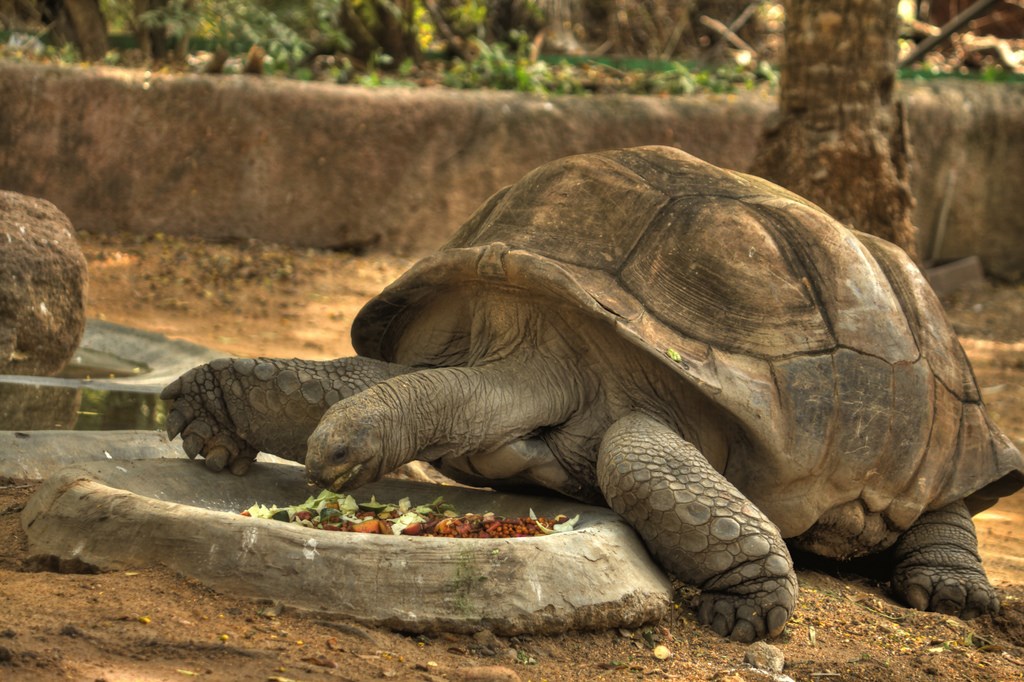
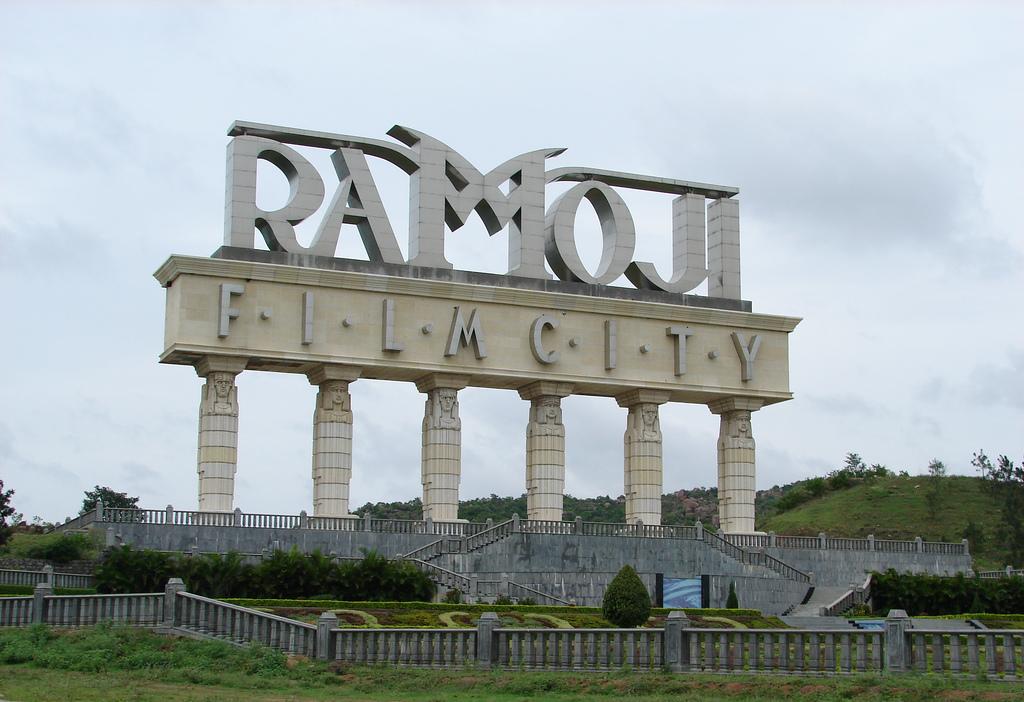
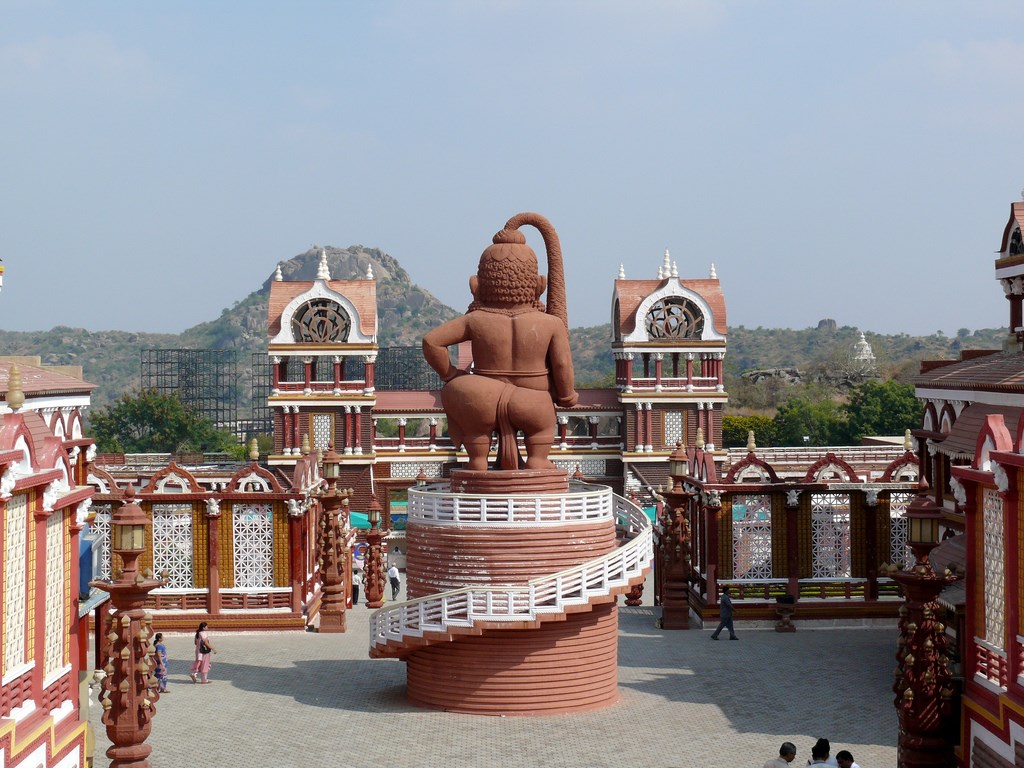
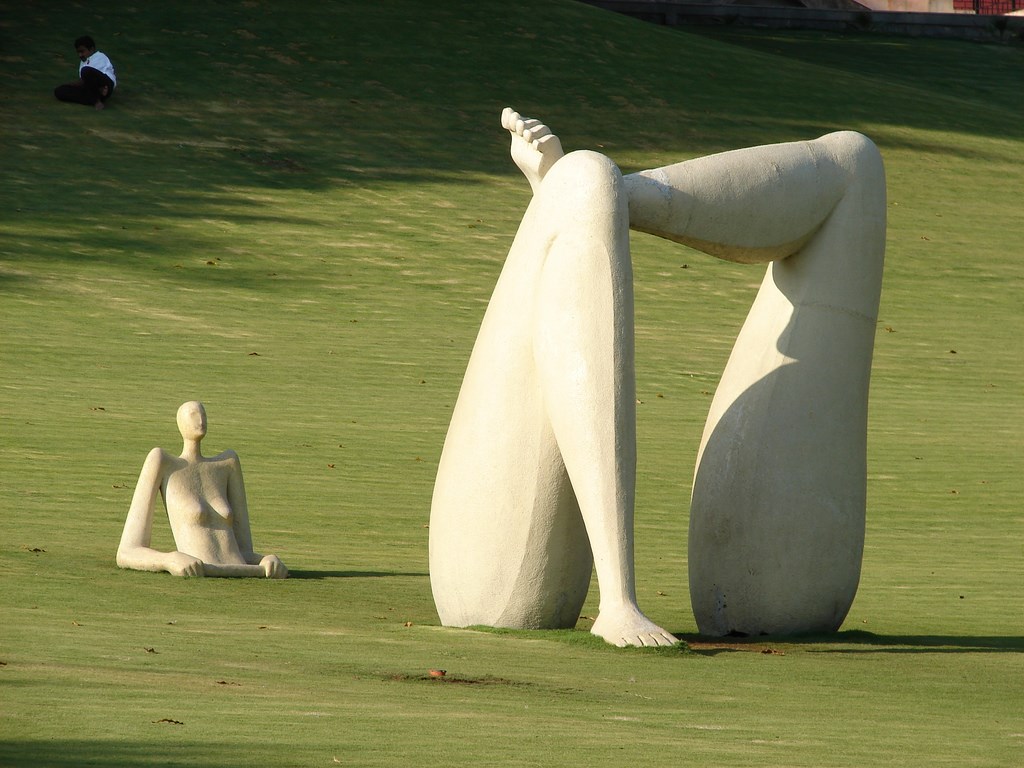
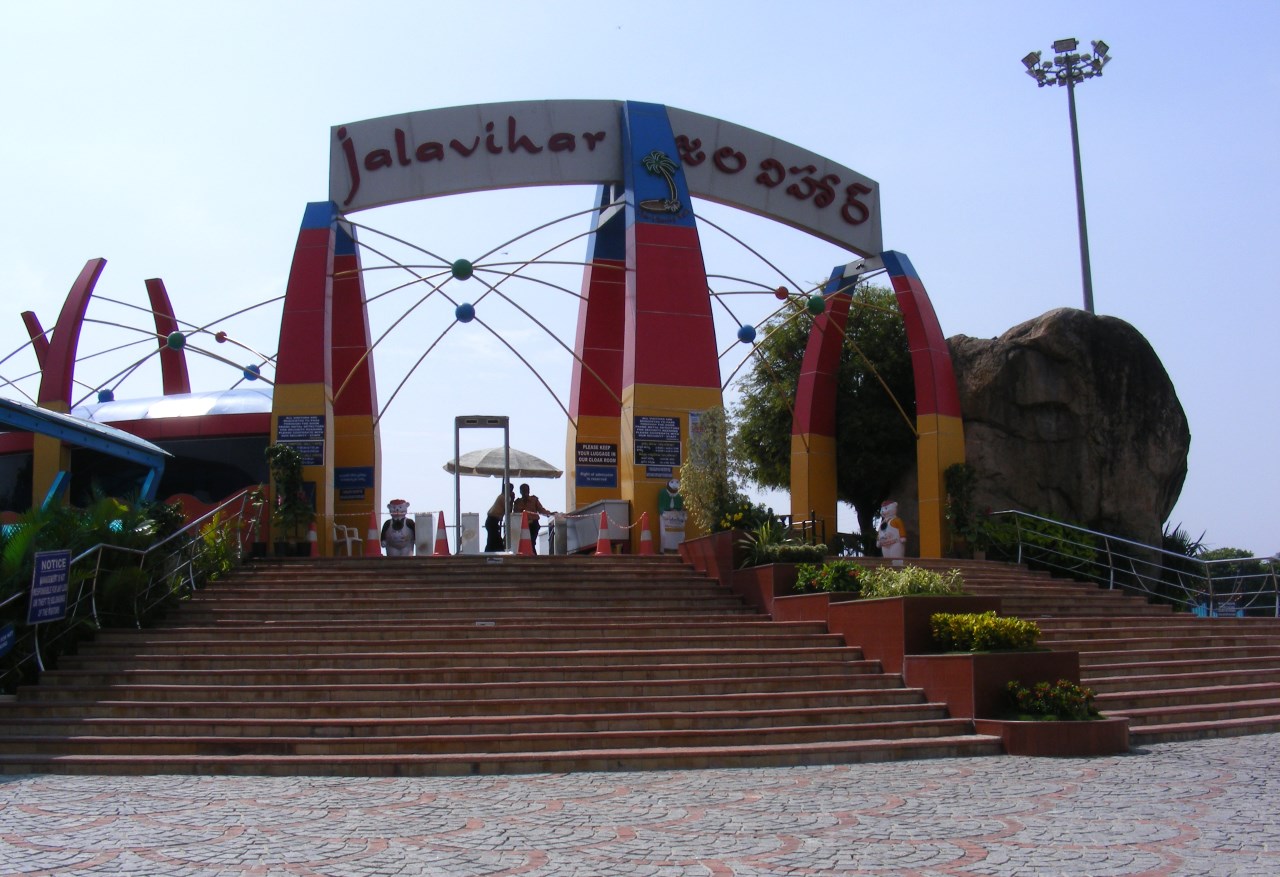
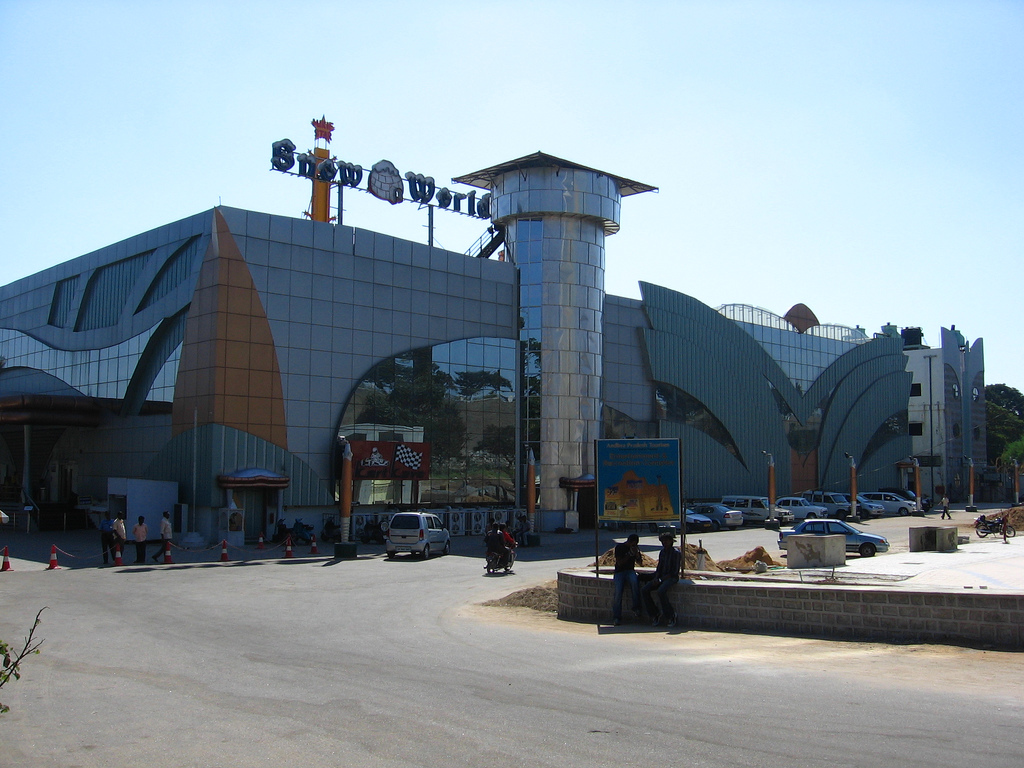
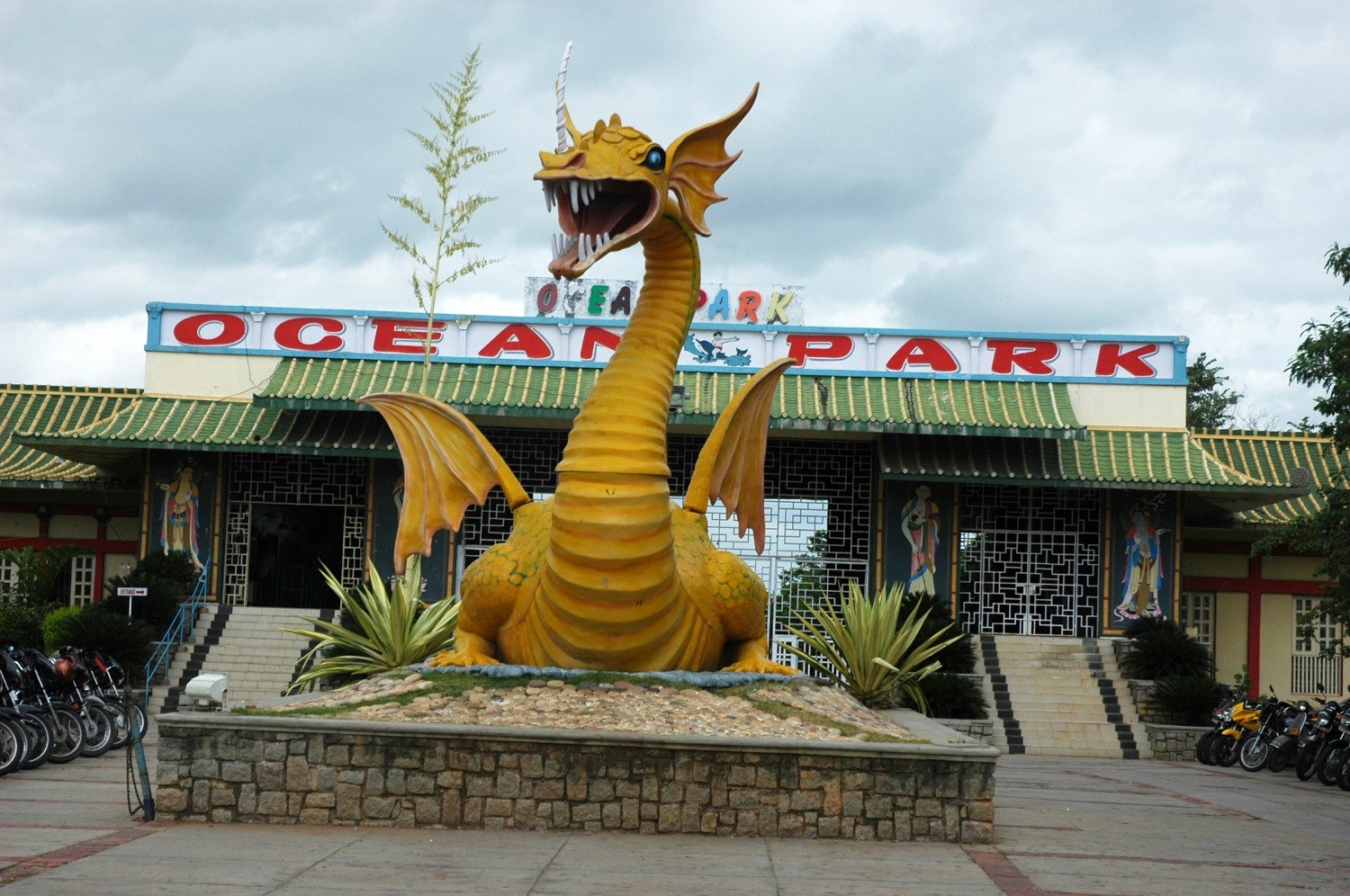
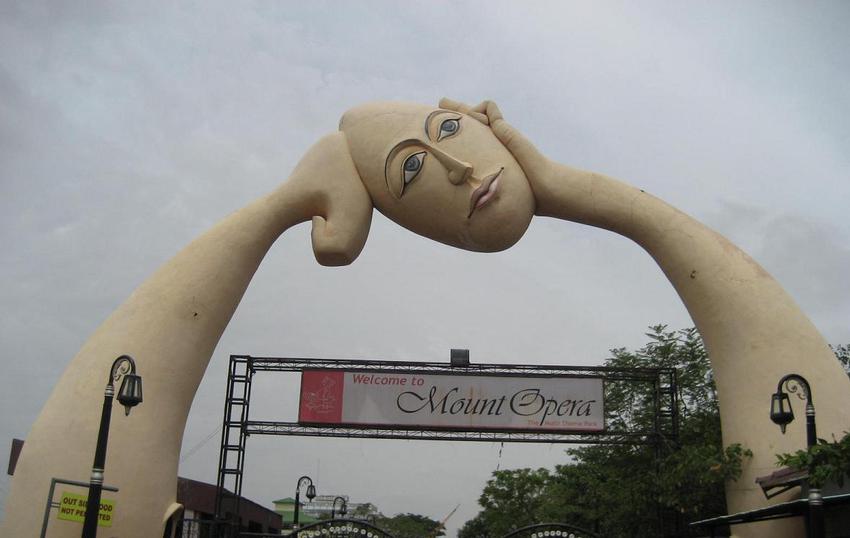
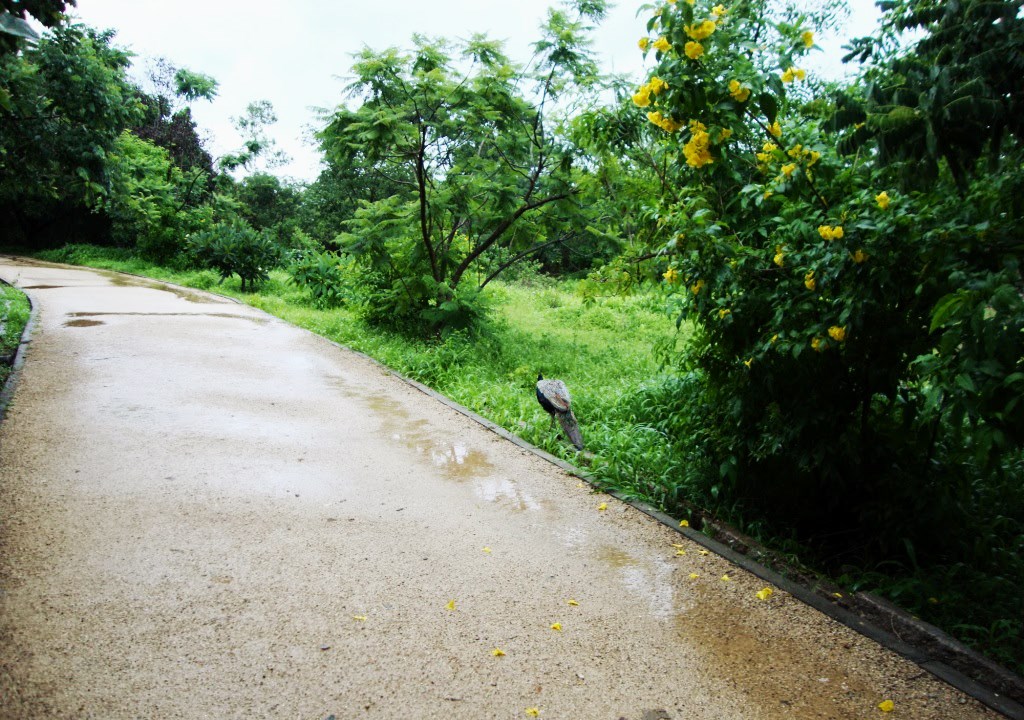
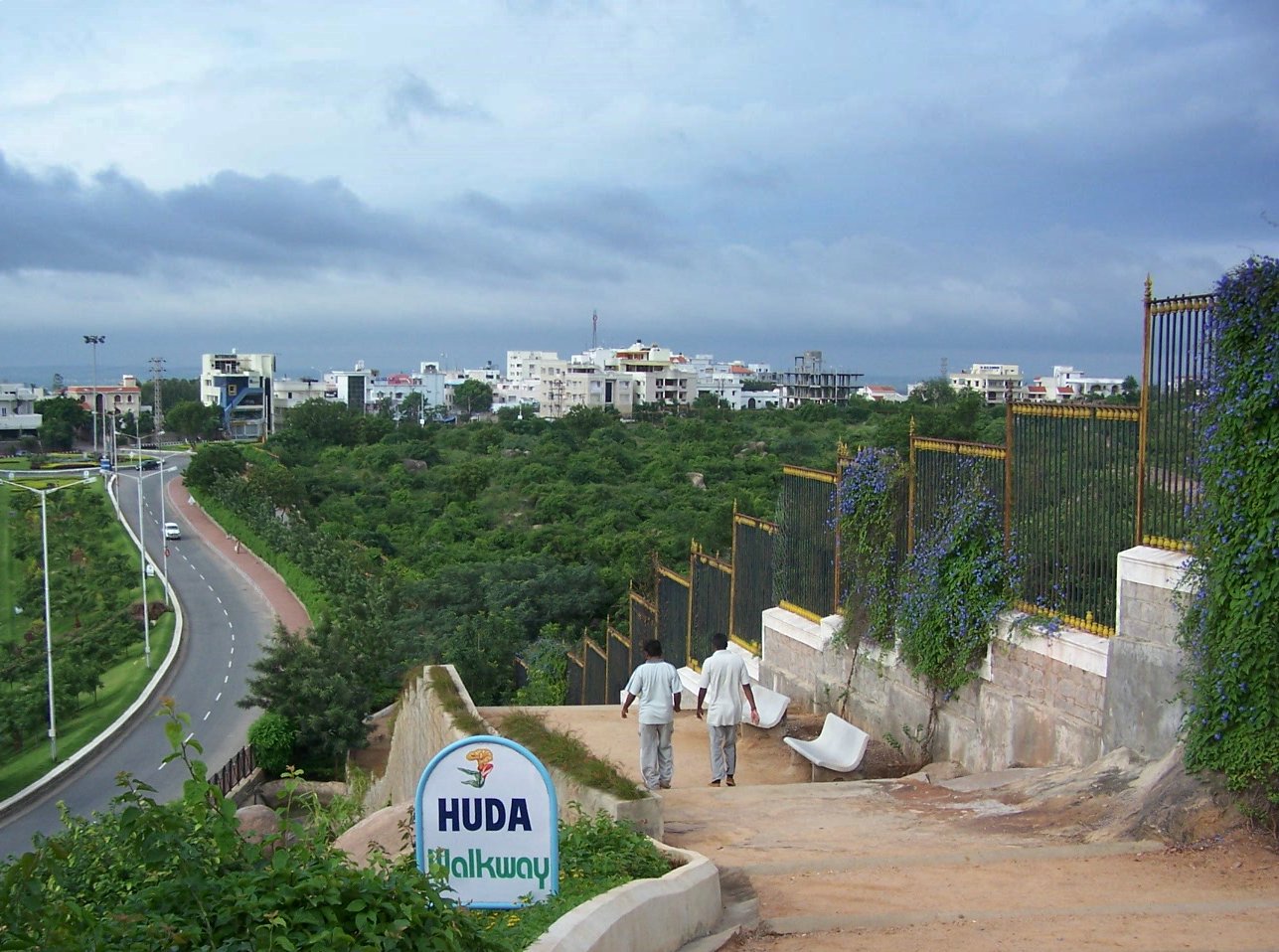
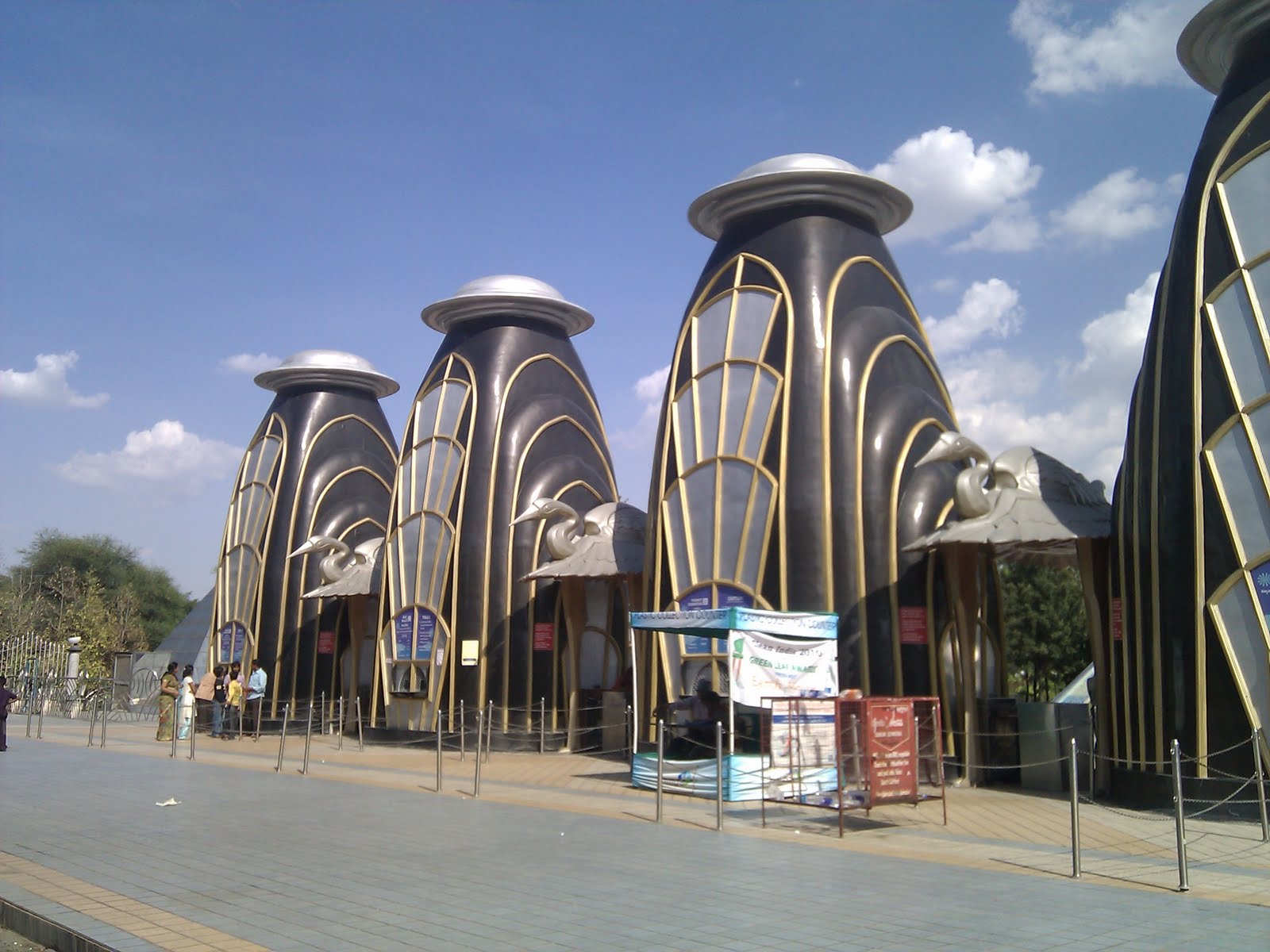
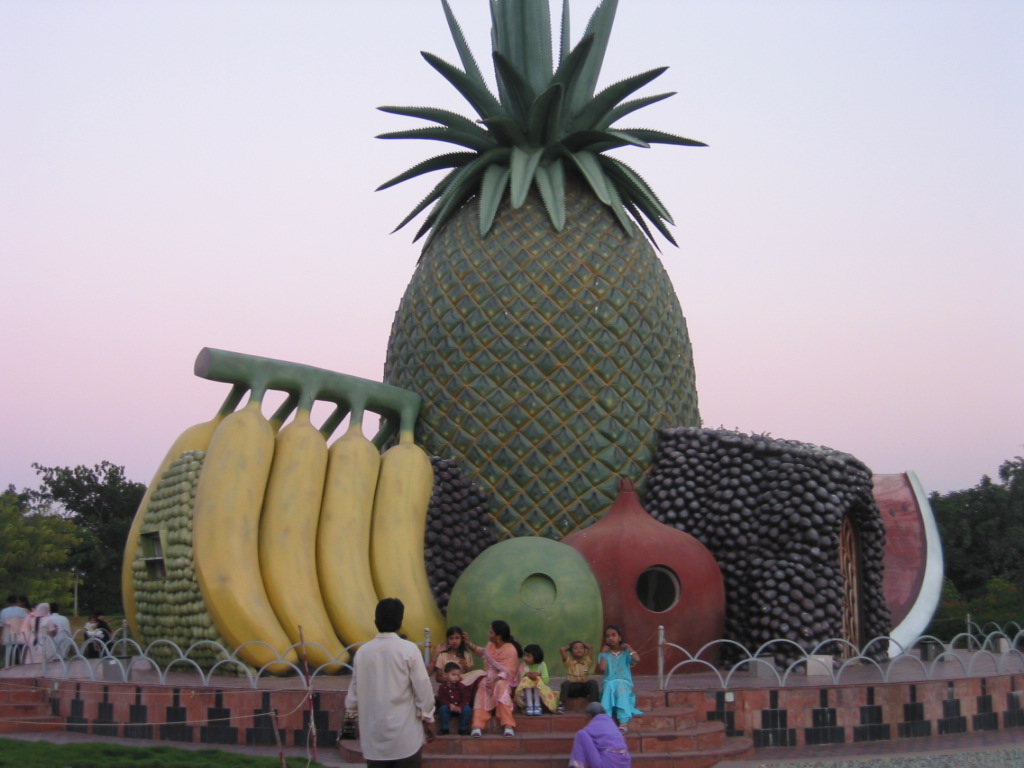
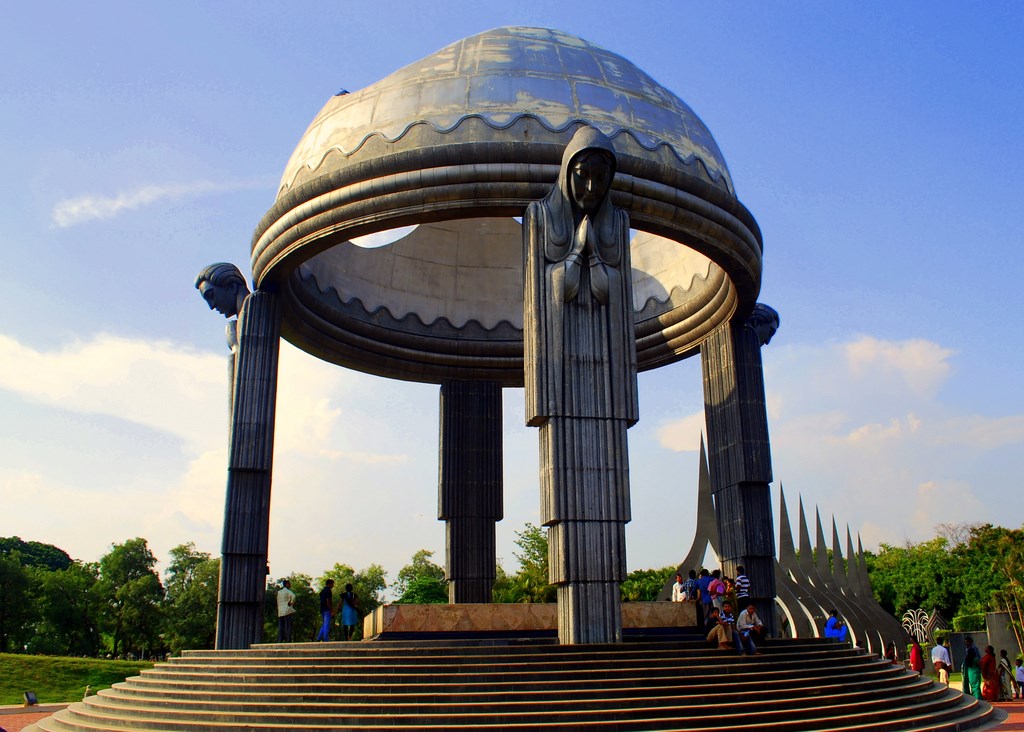
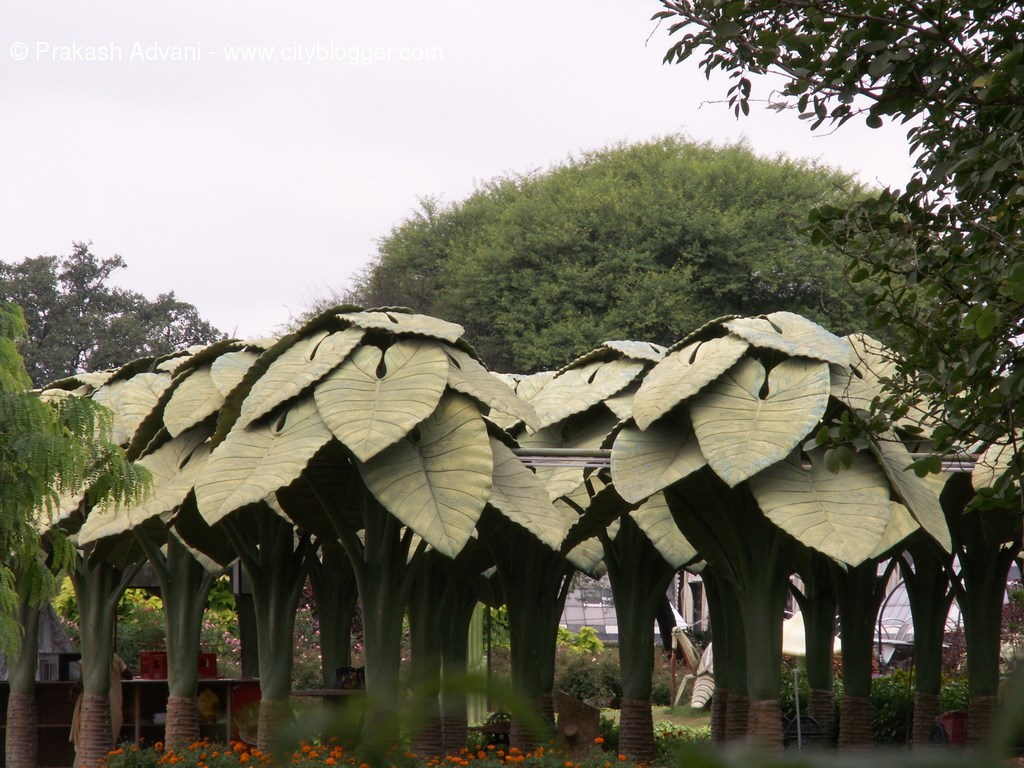

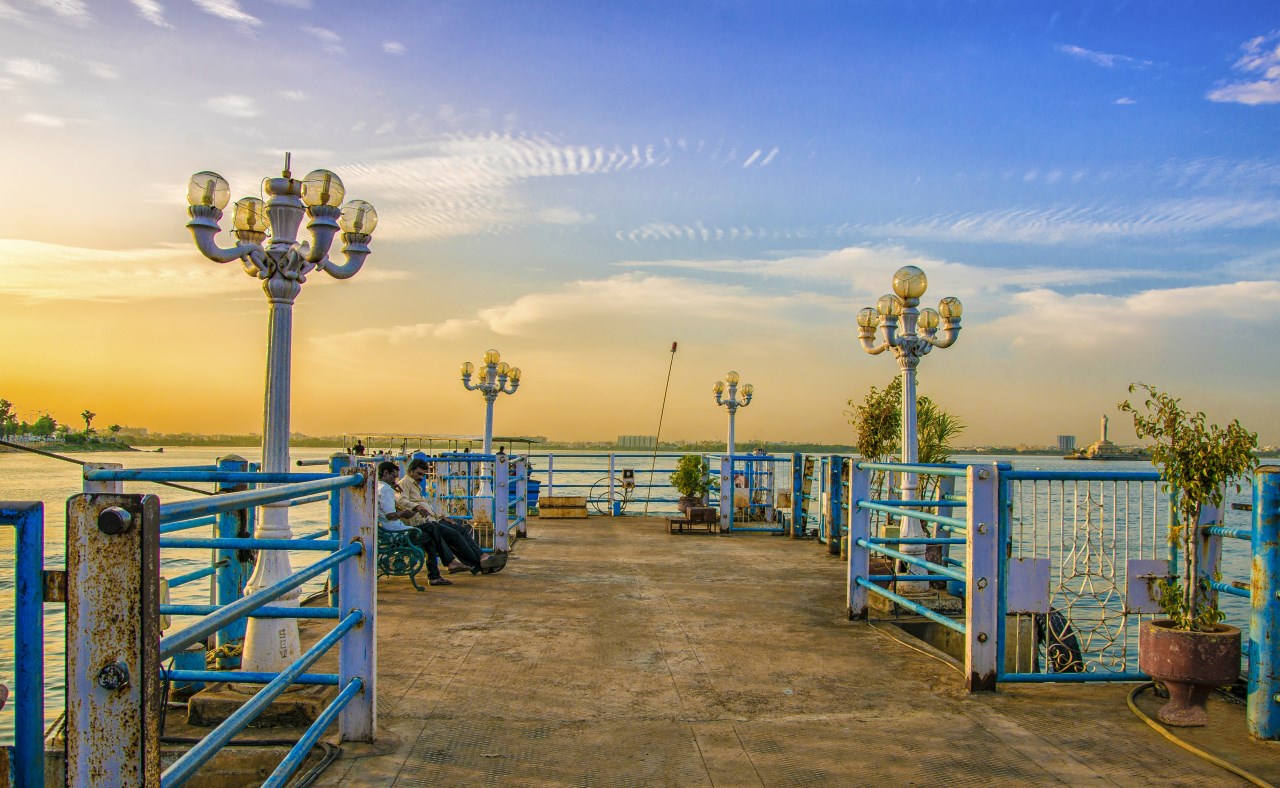
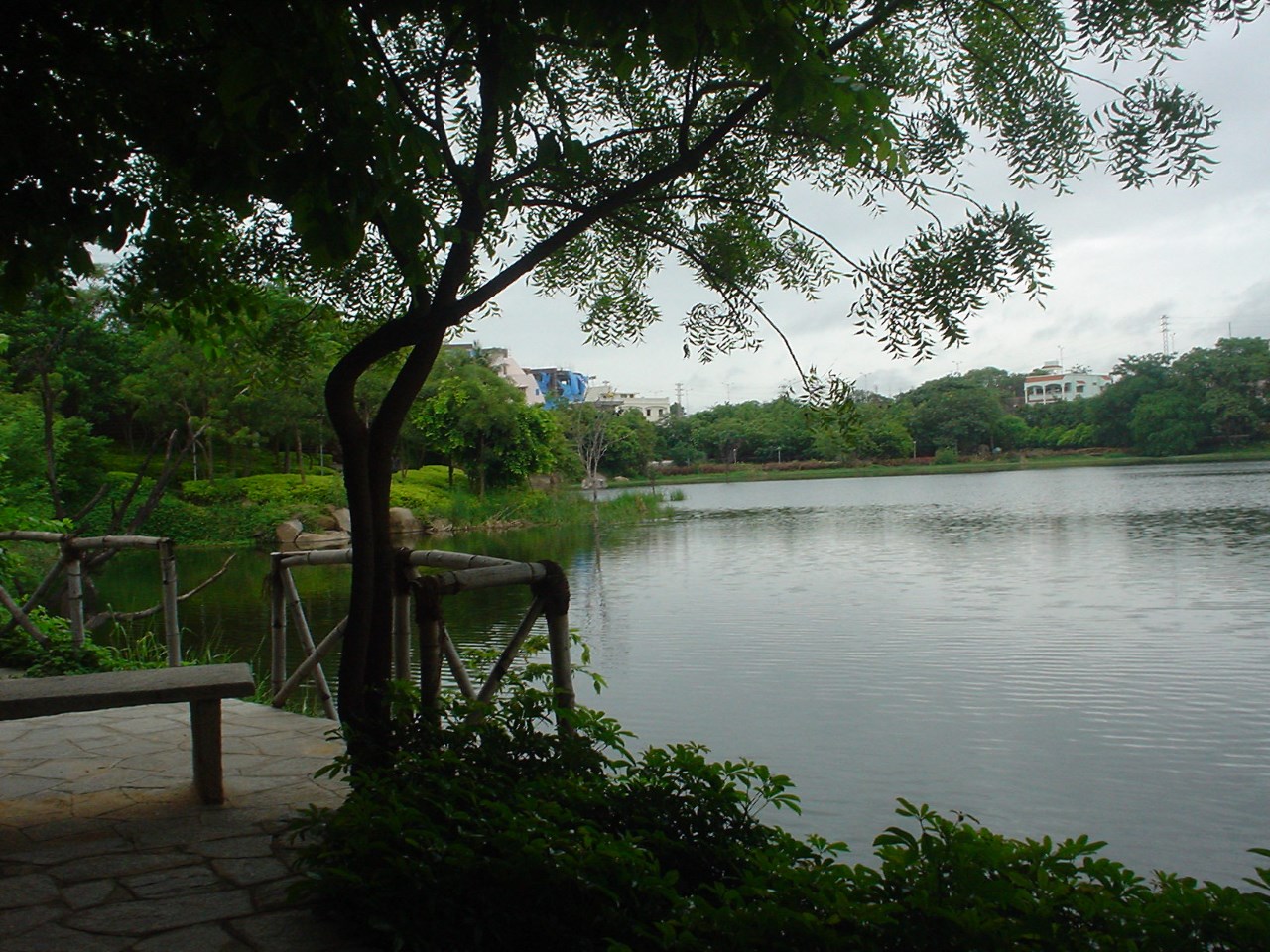
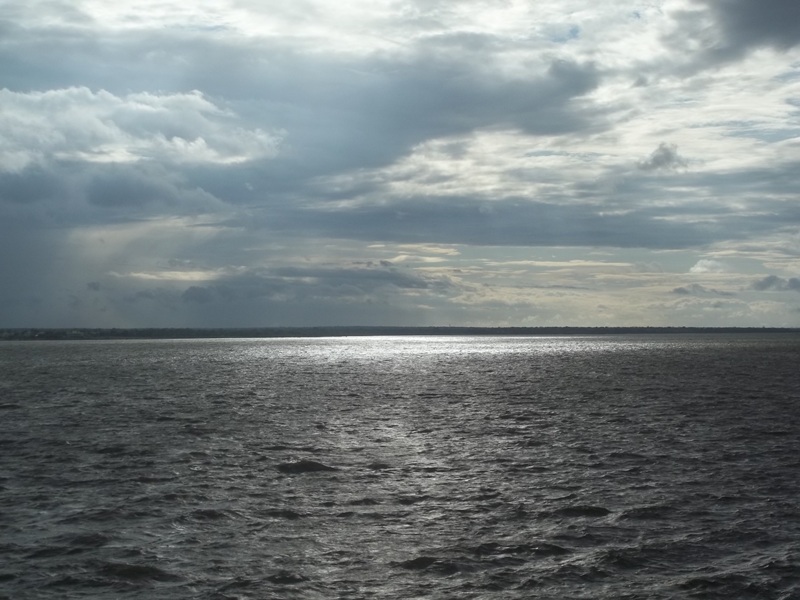
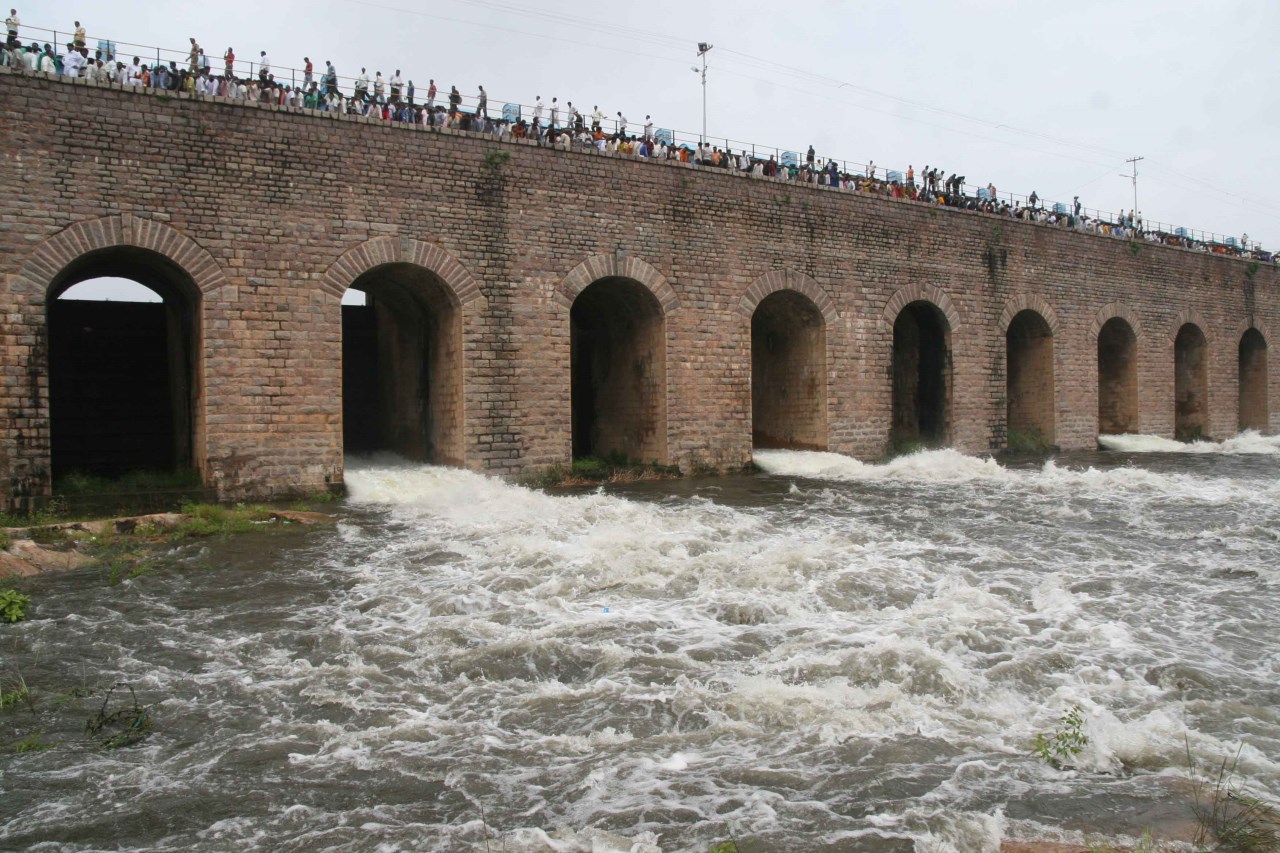
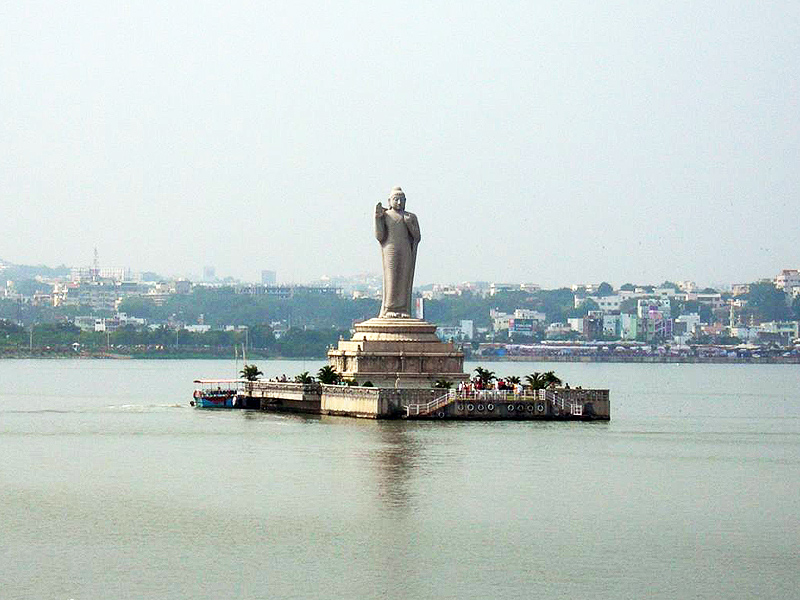
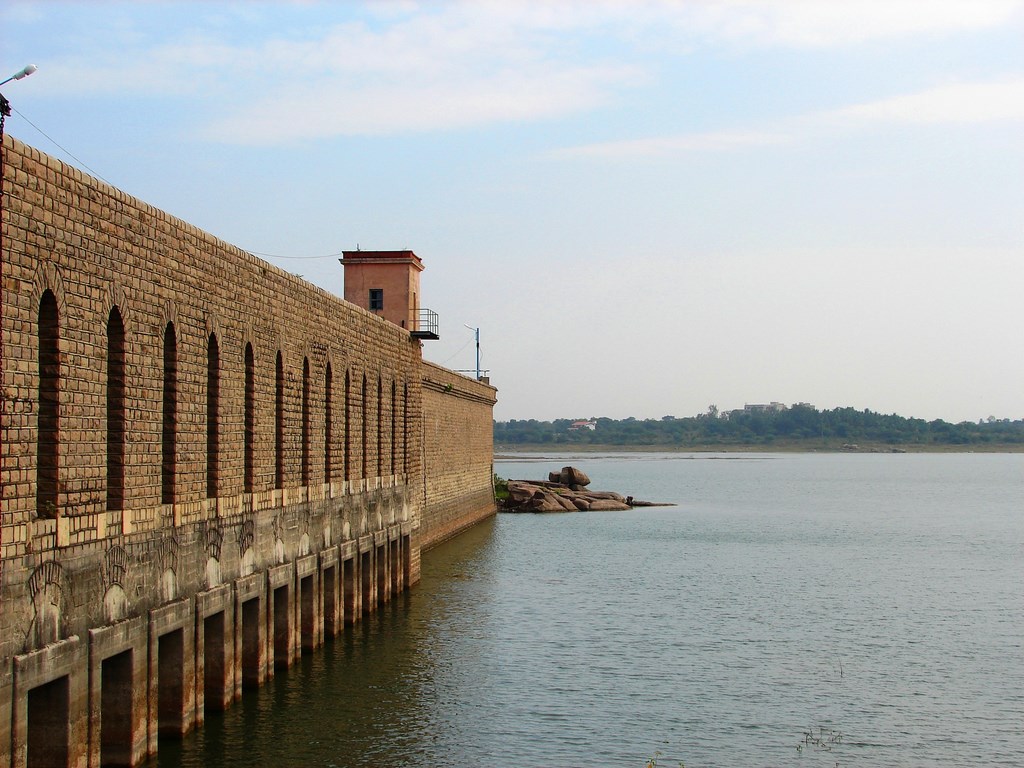
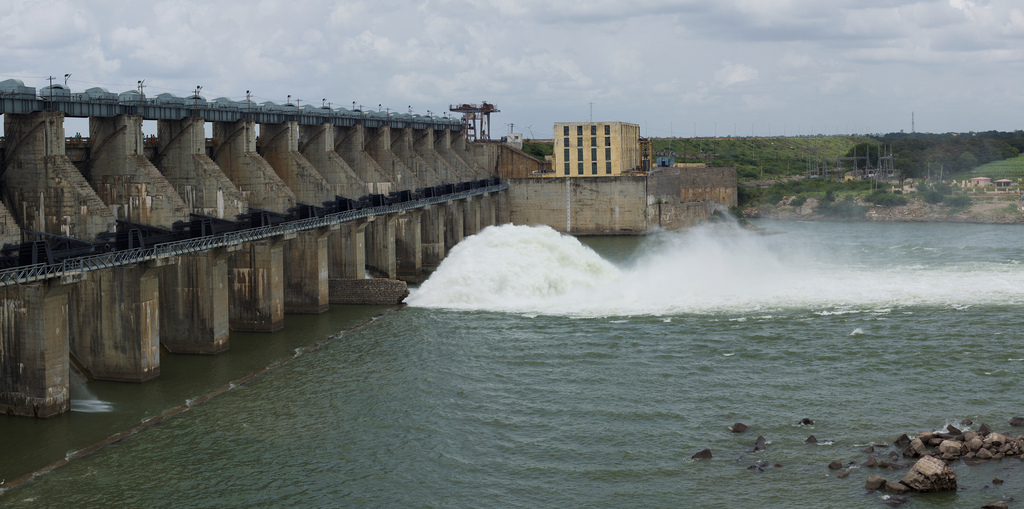
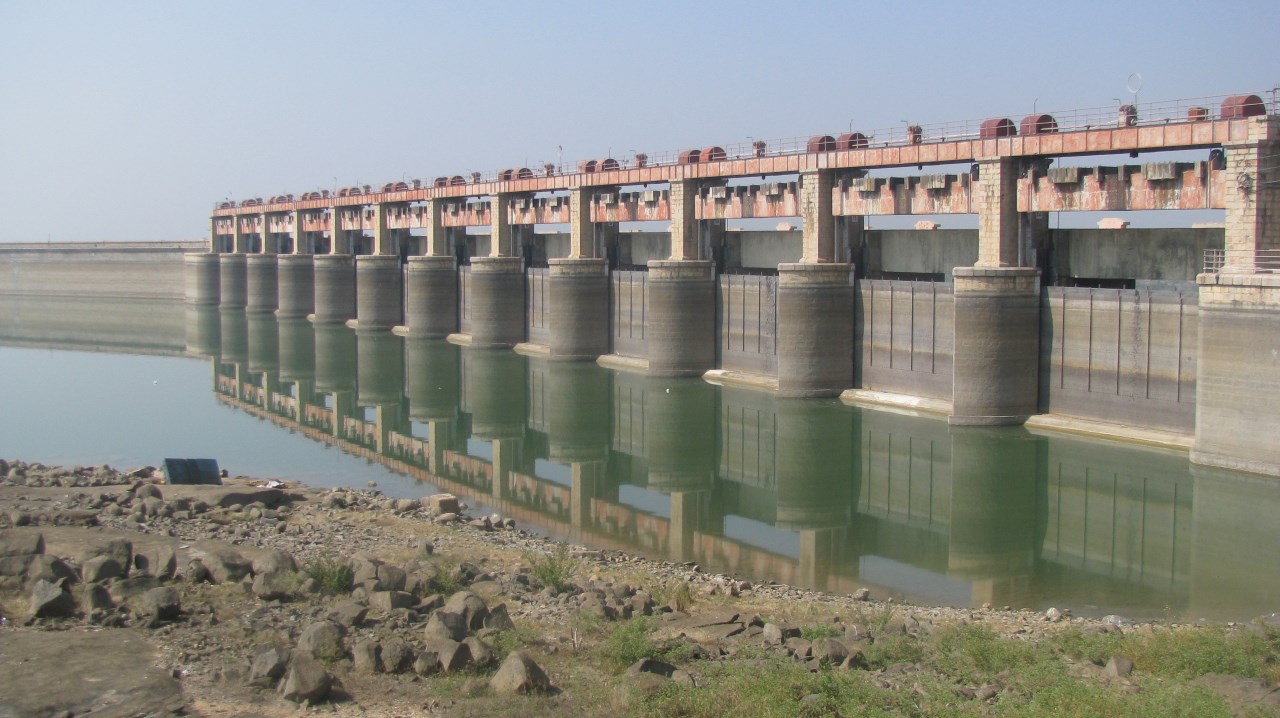
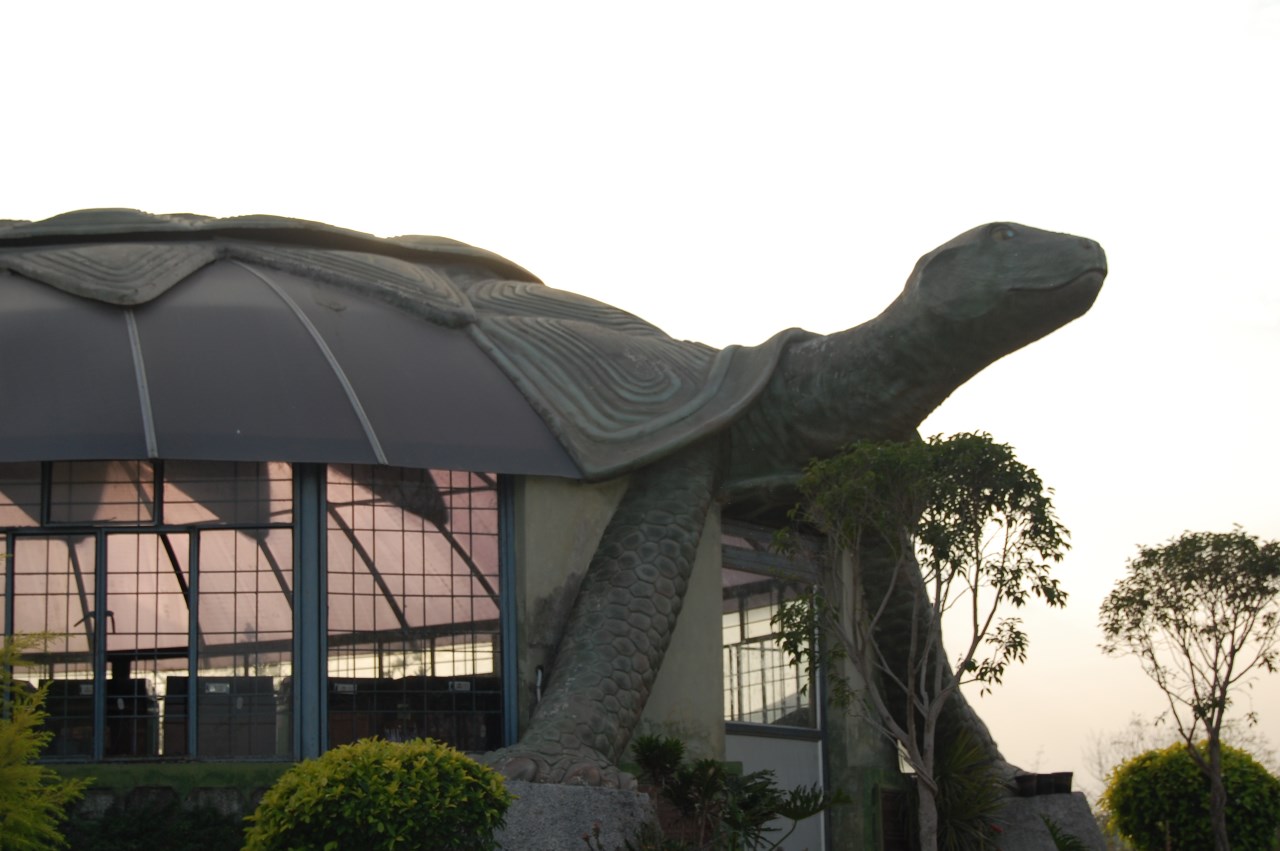
Top 10 Places To Visit in Hyderabad
Hyderabad is the fourth most populous city which was ruled by Qutub Shahi Dynasty for over a century. Later it was conquered by Mughals and they called themselves the Nizams of Hyderabad. Souvenirs of Qutub Sahi and Nizam dynasty are still visible today.
Hyderabad was historically known for pearls and as a diamond trading centre. Many of the city’s traditional bazaars are still open such as Begum bazaar, Laad bazaar and Sultan bazaar. Hyderabad continues to be known as City of Pearls. Not only pearls it is also famous for its Hyderabadi Biryani and Haleem.
Hyderabad is a great historic city with many beautiful places to visit.. Come let’s discover them and enjoy the tour.
Here are the top 10 places that you must see:
BIRLA MANDIR:
Birla Mandir is dedicated to Lord Venkateswara and is built on a 30 acres plot and 280 feet high hillrock called Naubat Pahad. It is located in the center of the city.The temple was constructed by Birla Foundation, hence the name Birla Mandir. They have also constructed similar temples across India. The temple manifests a blend of Dravidian,Utkala and Rajasthani architectures.
SALARJUNG MUSEUM:
Salarjung museum is one of the three national museums of India. It is located at Darushifa , on the southern banks of Musi river in the city of hyderbad. It has a large collection of paintings, carvings, sculptures, manuscripts, textiles, clocks and many more.
Nawab Mir Yusuf Ali Khan Salajung III, former prime minister of the seventh Nizam of Hyderabad was the man behind the marvel who spent thirty five years to make this priceless collection. He had collected about 50,000 books and 43,000 artifacts out of which only few are displayed today in the museum.
CHARMINAR:
Charminar is an Urdu word which in English means “Four towers”. It was built in 1591 and is a monument cum mosque located on the east banks of the Musi River in Hyderabad.
According to few theories, it was built as remembrance of the eradication of plague by Mohammad Quli Qutub Shah , who prayed for the end of a plague which was ravaging the city and vowed to build a Mosque at the very place where he offered prayers.
Laad bazaar, a thriving market which exists around the charminar is known explicitly for its bangles and Pather Gatti is known for pearls.
GOLCONDA FORT:
Golconda also known as Golla Konda ( “Shepherd’s hill”) is a ruined fort situated 11km west of Hyderabad. This region is more famous for the mines that had produced coveted gems. The fort was encircled by 11 km long outer wall to fortify the fort.
Golconda was first built by Kakatiyas. It was designed after the kondapalli fort near Vijayawada. The city and fortress was built on a granite hill that is 450ft high and was home to the most powerful Muslim sultanates.
Golconda was known for the diamonds and also had a vault where Kohinoor and Hope diamonds were stored along with the others. It was the market city for diamonds and gems trade.
QUTUB SHAHI TOMBS:
They are the tombs of the seven Qutub Shahi rulers located in Ibrahim Bagh near the Golconda fort. These tombs are structures with intricately carved stonework and are surrounded by landscape gardens. In the centre of each tomb lies a casket which overlies the burial chamber in a crypt below.
RAMOJI FILM CITY:
Ramoji film city is the largest integrated filmcity located in Hayathnagar mandal, Hyderabad. It was set up by Ramoji Group in 1996 and occupies 1666 acres.It was certified by Guinness Book of world records as the world’s largest film studio complex. Numerous films and serials are shot here.
HUSSAIN SAGAR LAKE:
Hussain sagar lake in Hyderabad was built by Hussain Shah Wali. Hence it was named after him.The main attraction of the lake is the 18 meter high monolithic Gautam Buddha statue located in the middle of the lake. The statue weighs 450 tons and was chiseled out of a white granite rock by 200 sculptors in 2 years. The statue was put up in 1992 on a red lotus pedestal.
CHOWMAHALLA PALACE:
Chowmahalla signifies 4 palaces named as Afzal Mahal, Tahniyat Mahal, Mahtab Mahal and Aftab Mahal. This palace was the official residence of Nizams of Hyderabad state. This palace was built in neo classic style.
MECCA MASJID:
Mecca masjid is the largest and oldest mosque built in old city in Hyderabad. It was built during the reign of Mohammad Quli Qutub Shah who accredited bricks to be made from the soil brought from Mecca and used them in the construction of the central arch of the mosque, hence the name Mecca. It is considered to be one of the oldest historic landmarks of Hyderabad.
NEHRU ZOOLOGICAL PARK:
Nehru zoo or Hyderabad zoo is adjacent to 600 acre Mir Alam Tank and occupies 380 acres. Nearly 100 species of birds, animal and reptiles are seen at the zoo. The main attraction of the zoo is the Safari ride. A picnic spot to hangout with the family.
These places listed above reckon the history built by the Nizams of Hyderabad which boasts to be the city of monuments. After reading the whole blog, by now you would have decided to visit hyderabad. If yes , then you can plan your trip through these travel portals such as redBus, Makemytrip, Travelguru and Expedia.
http://www.maddycoupons.in/blog/top-10-places-visit-hyderabad/

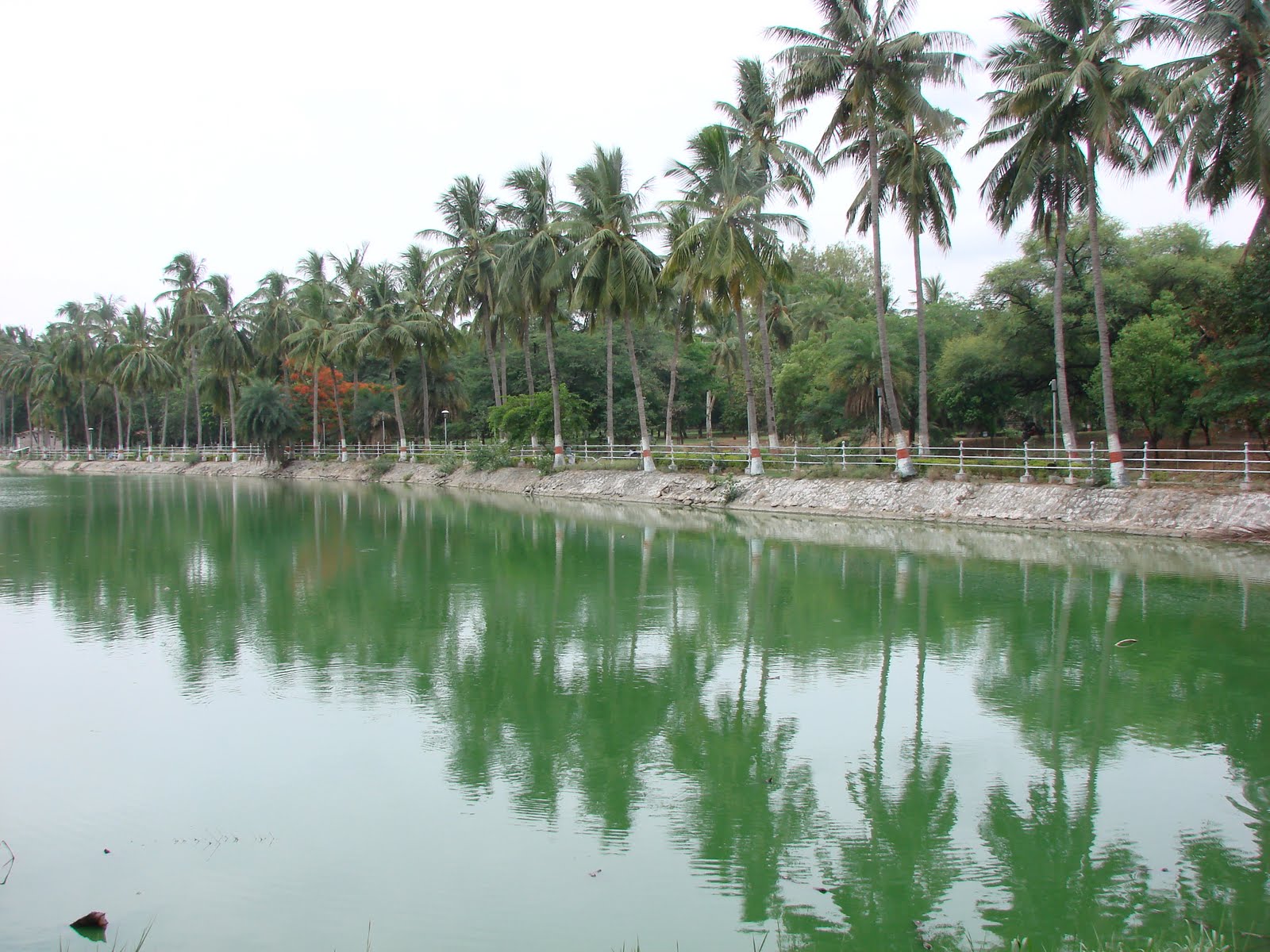
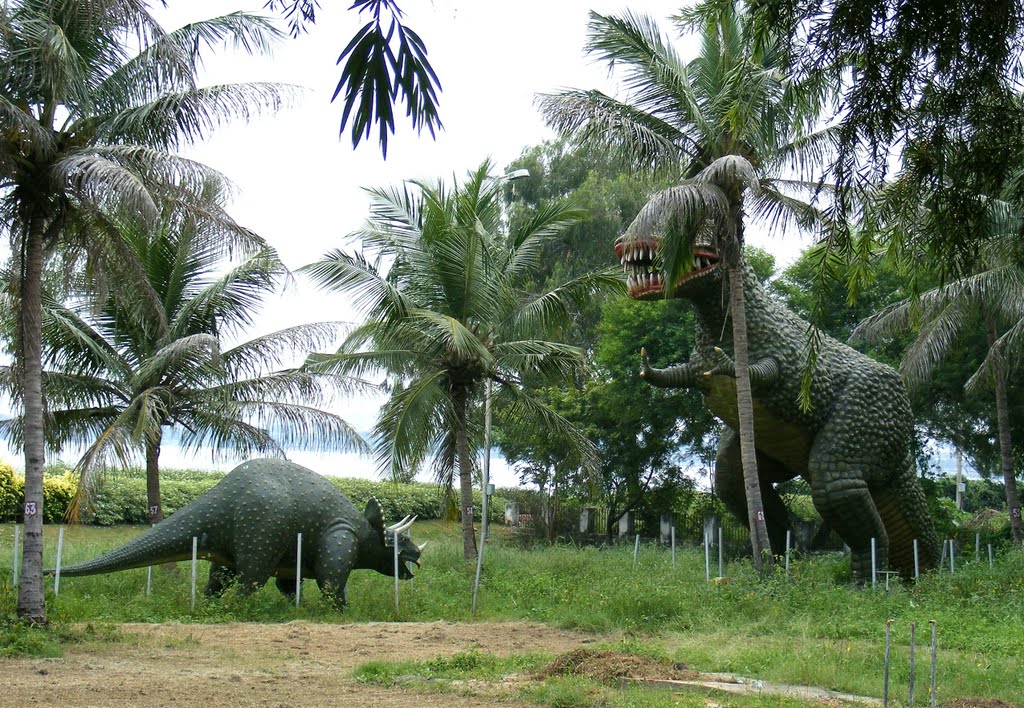
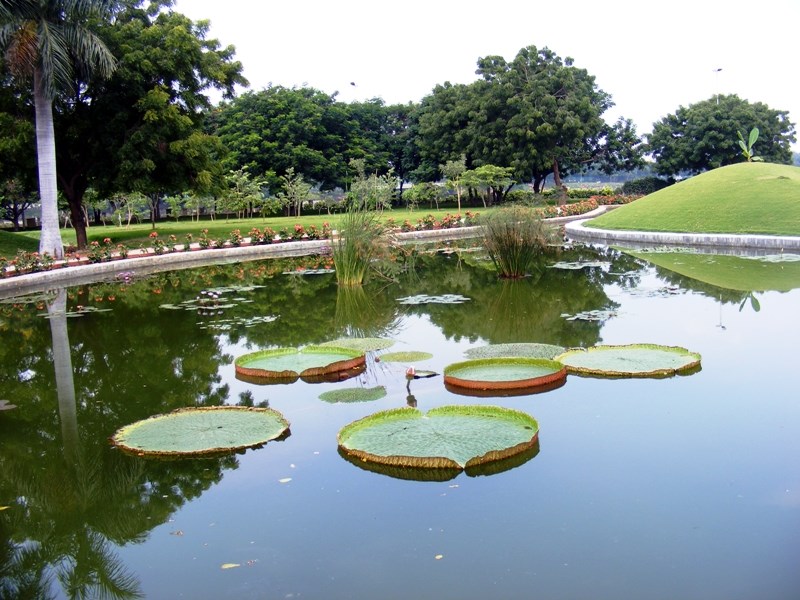
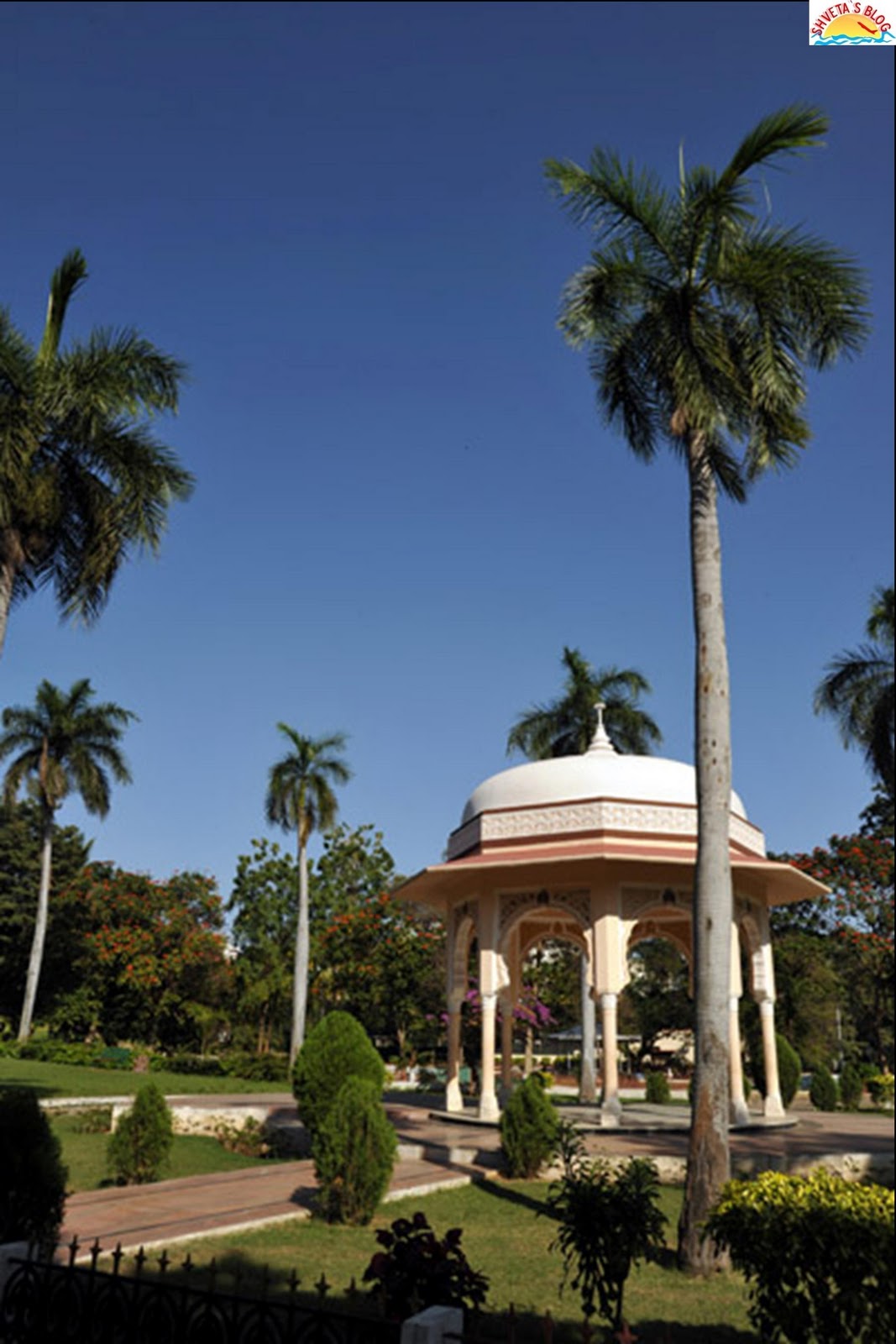
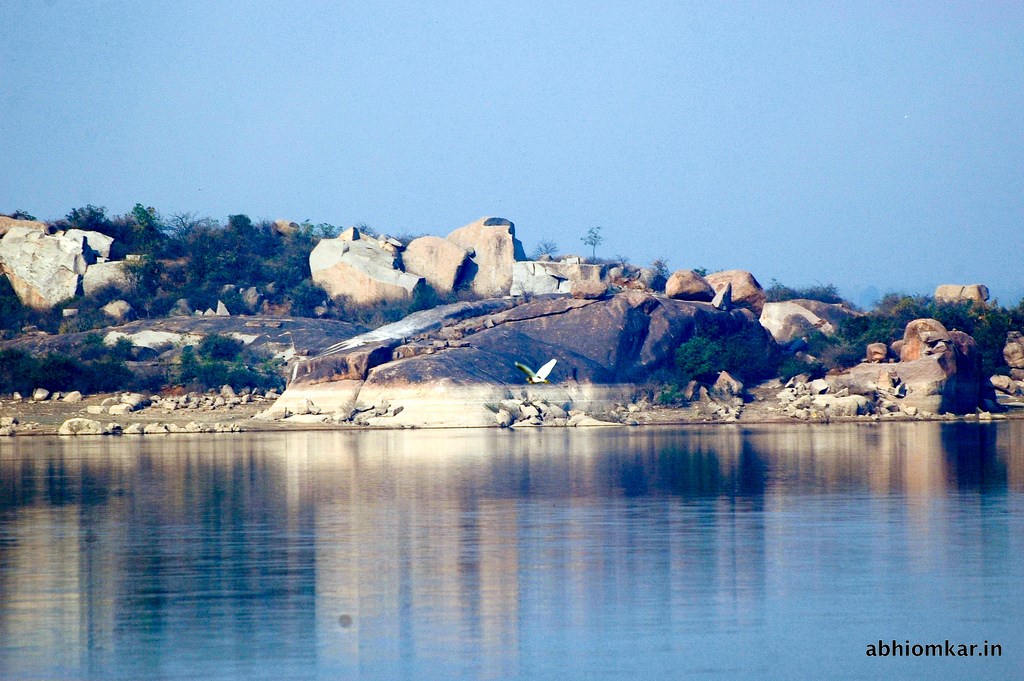
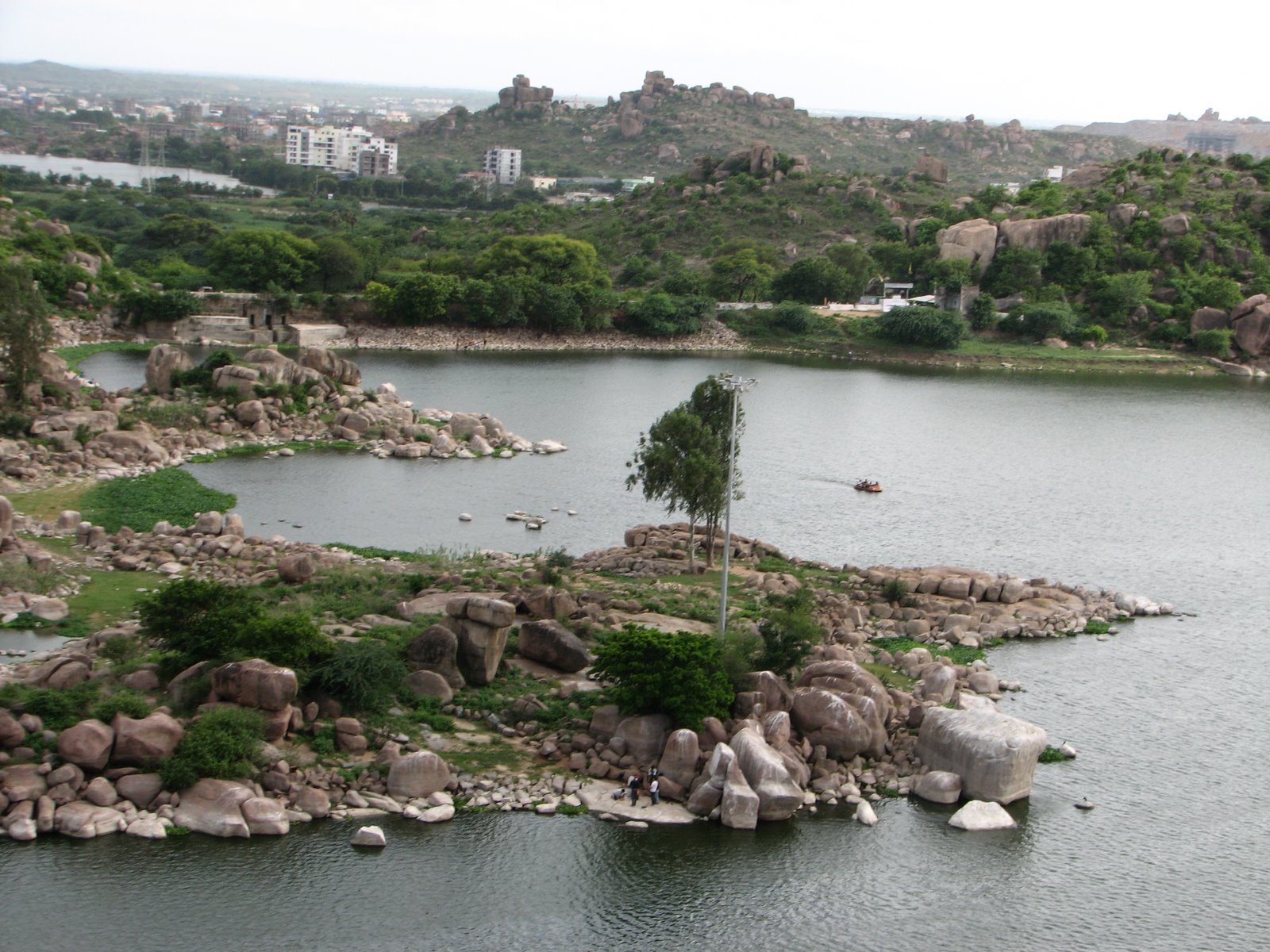
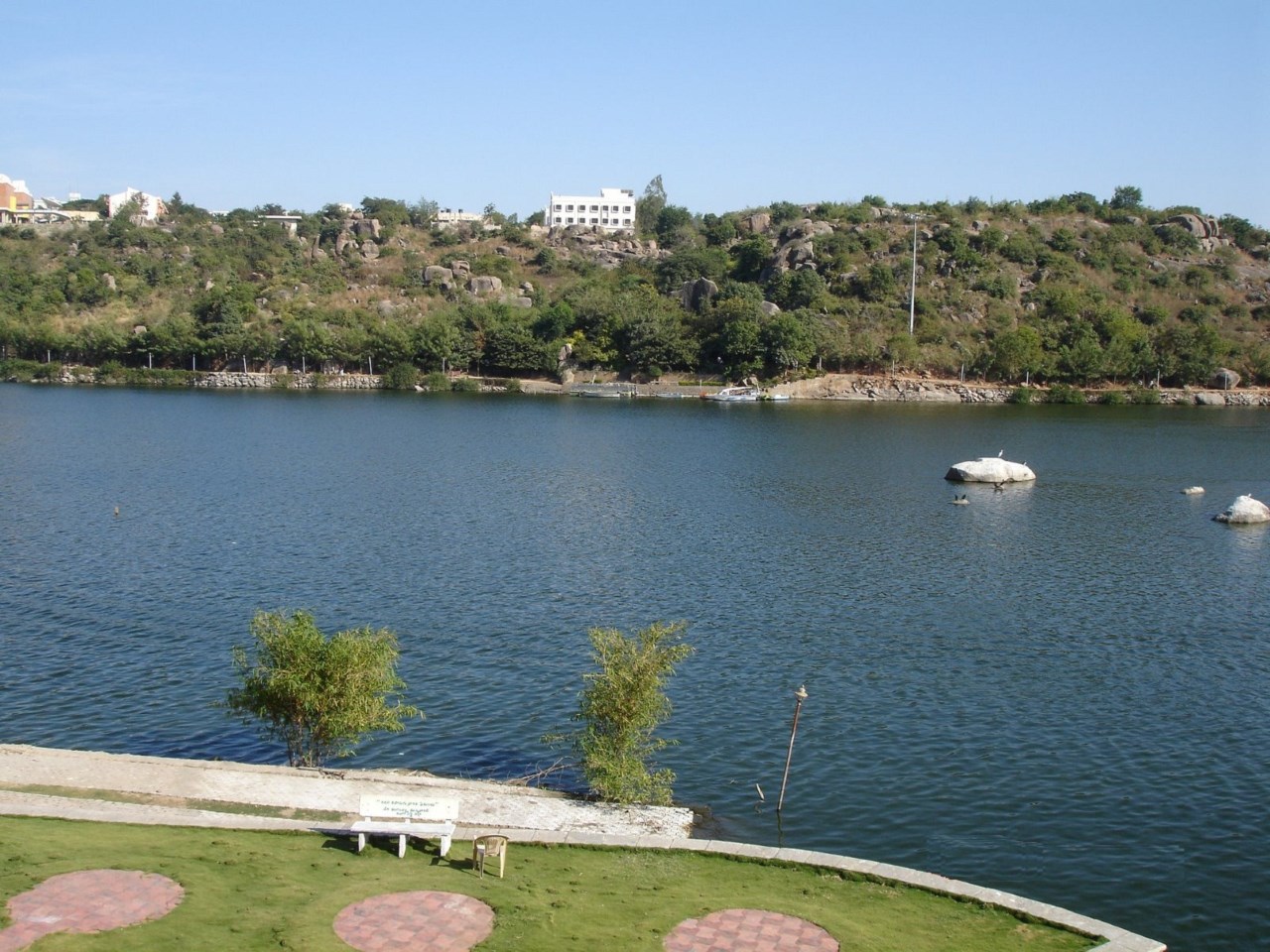
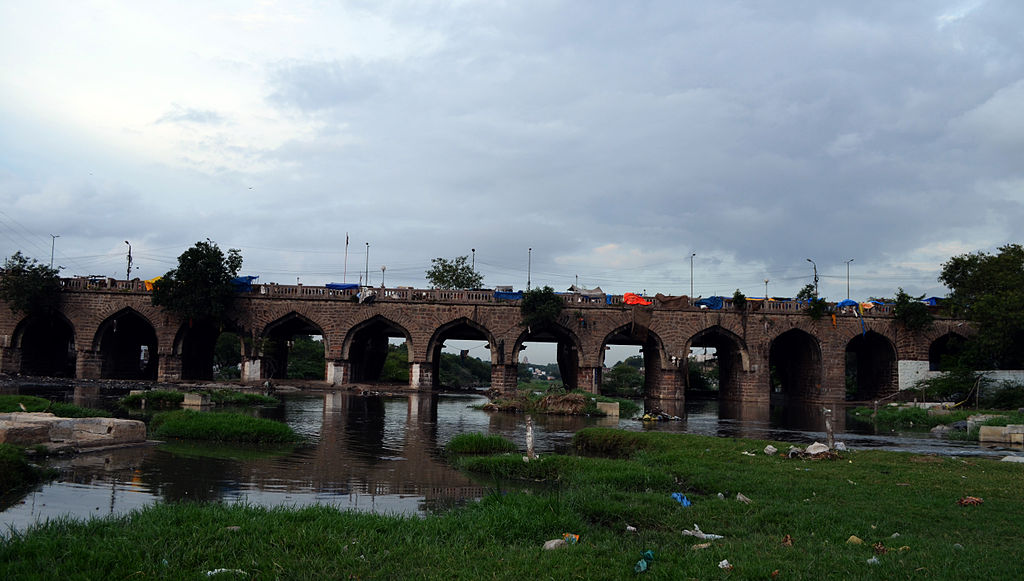
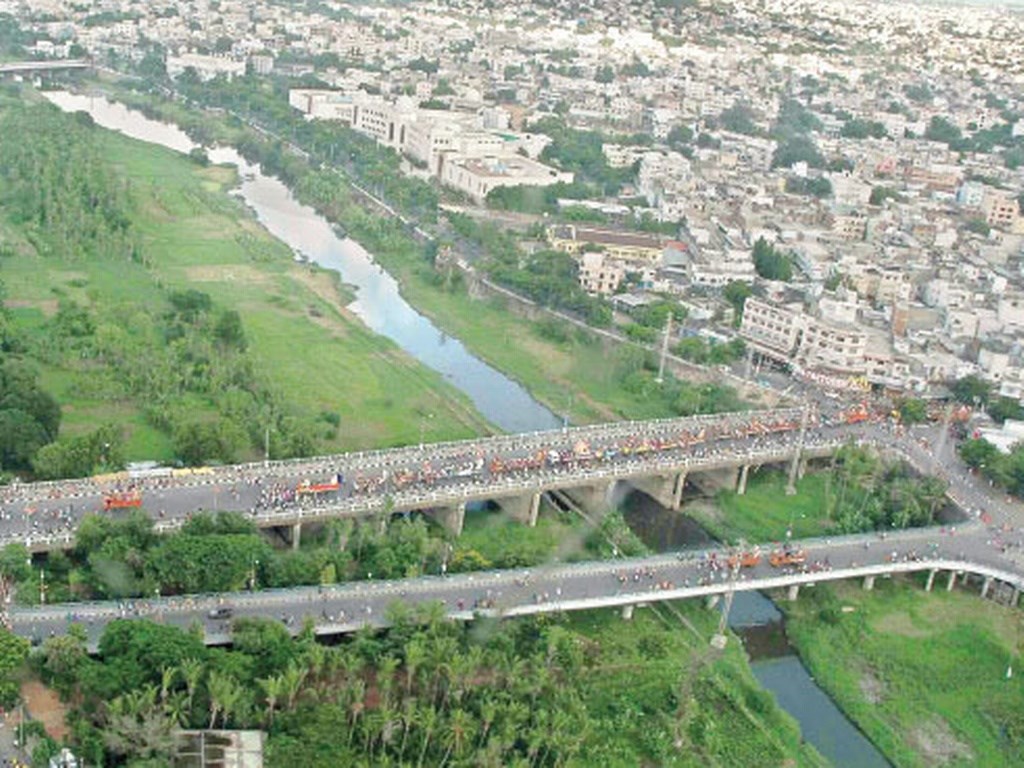
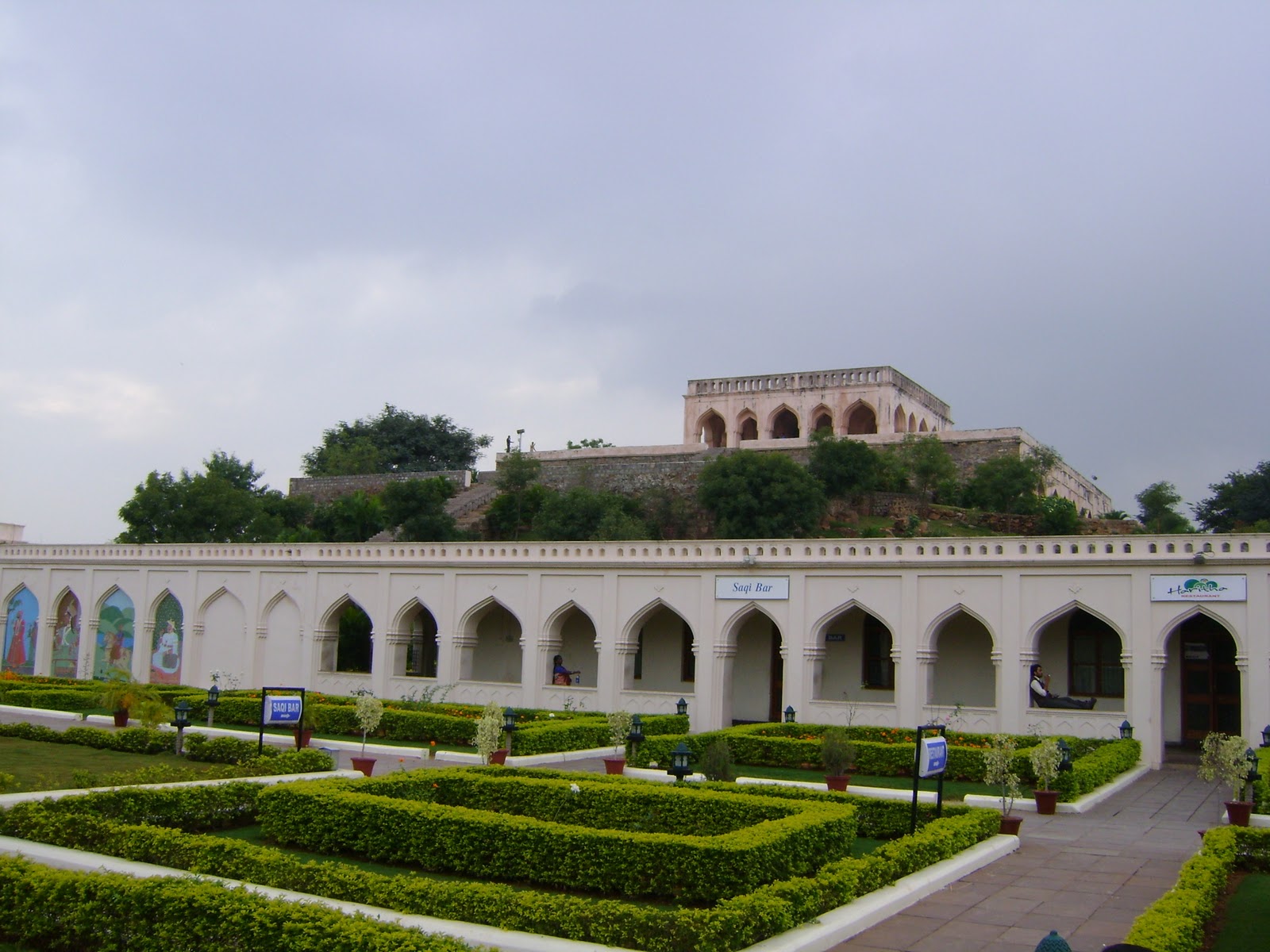
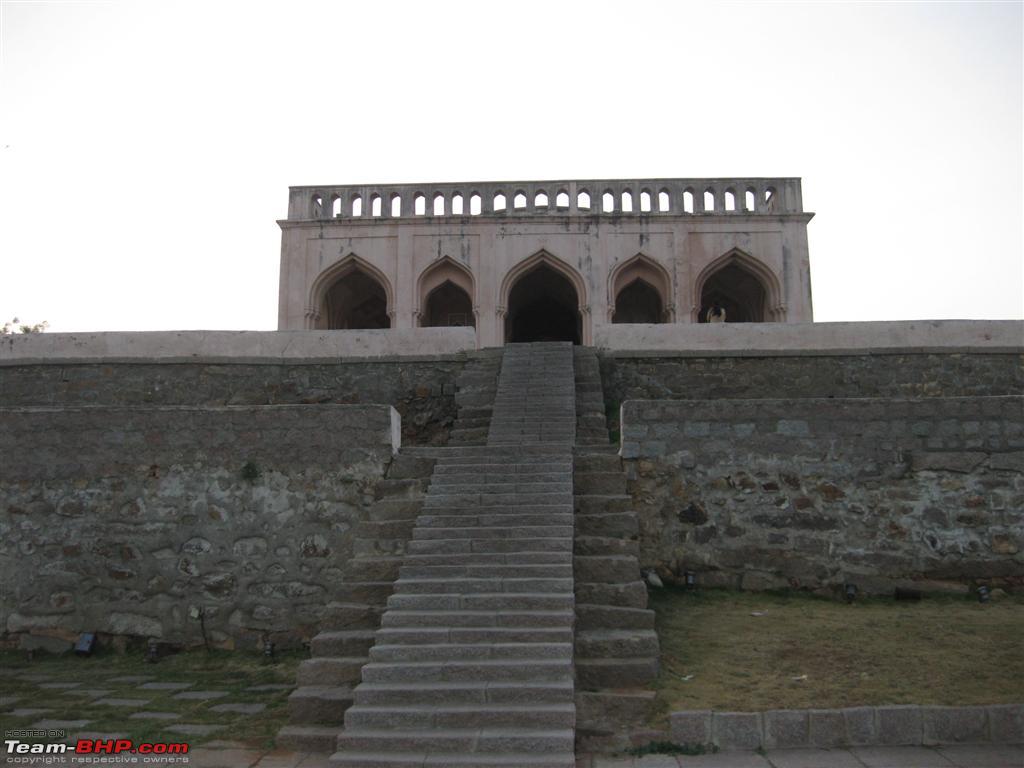
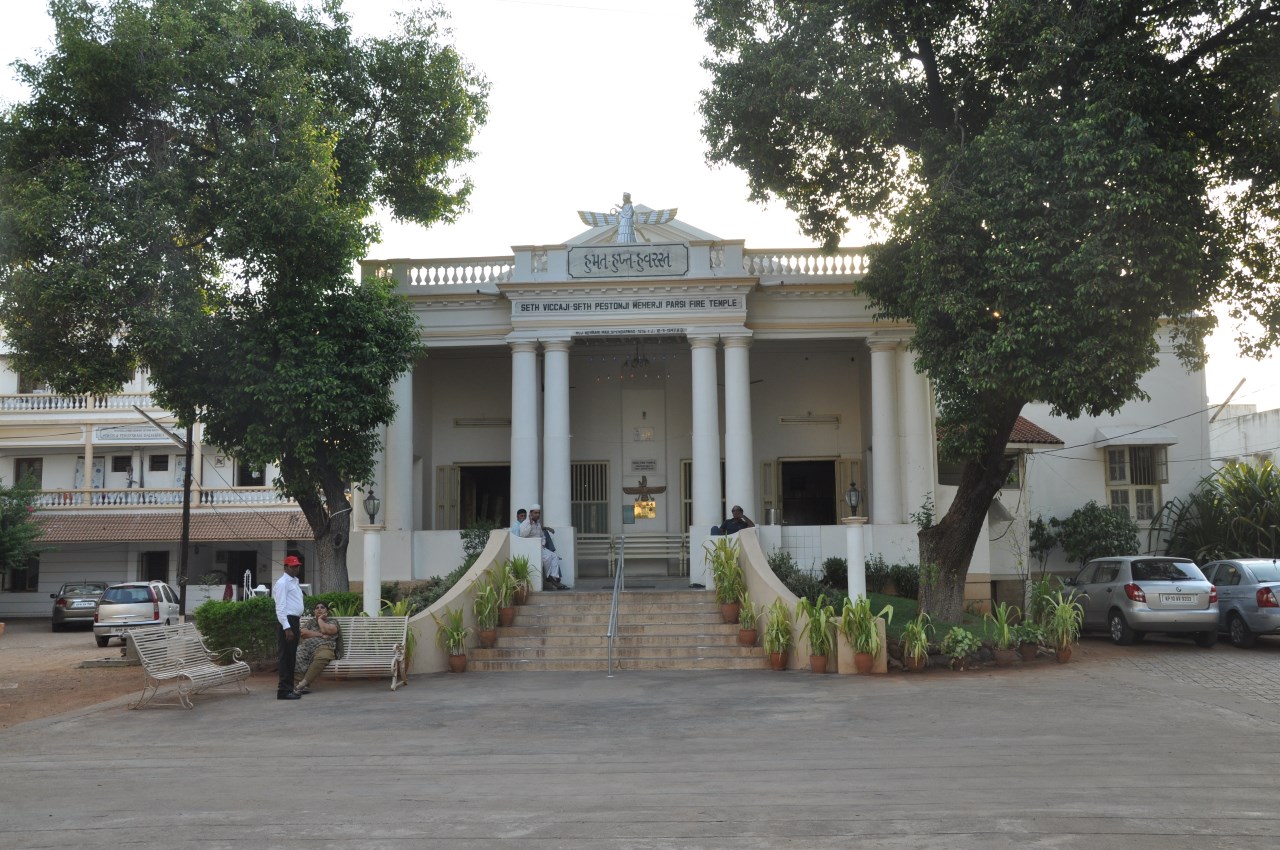
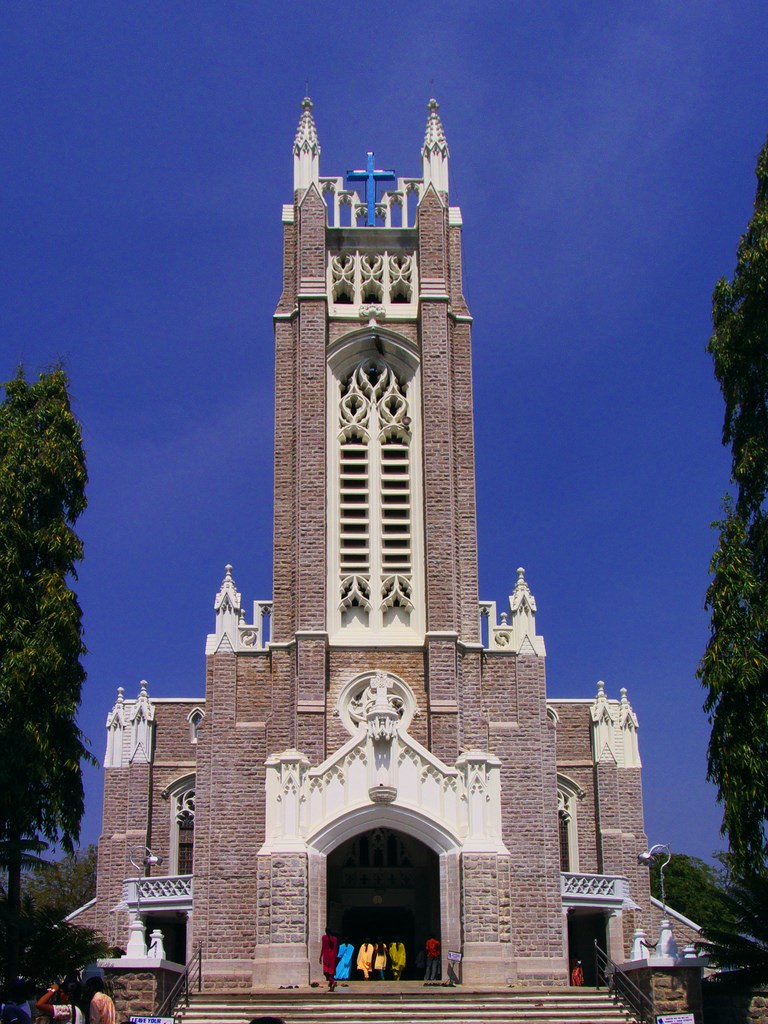

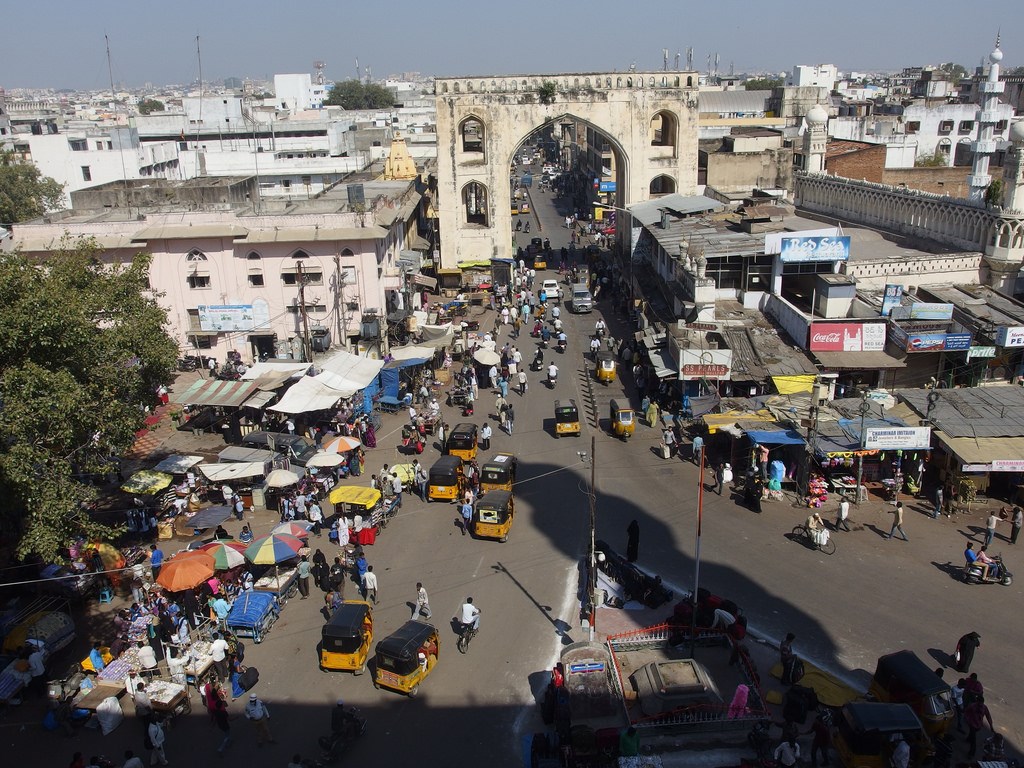
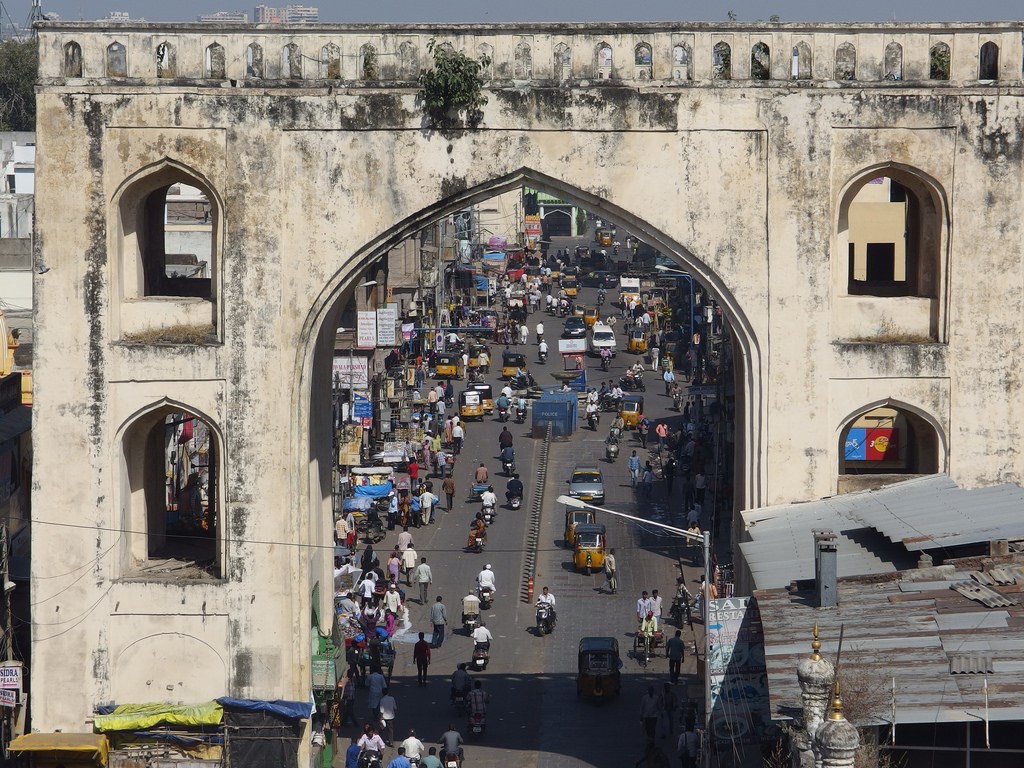
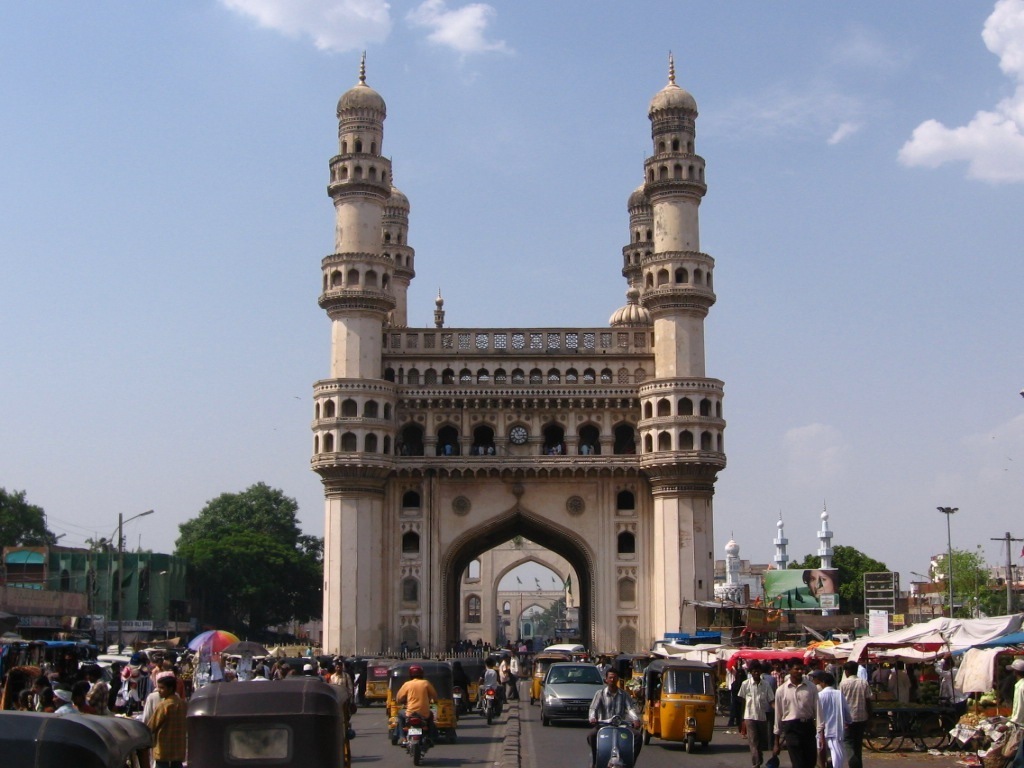
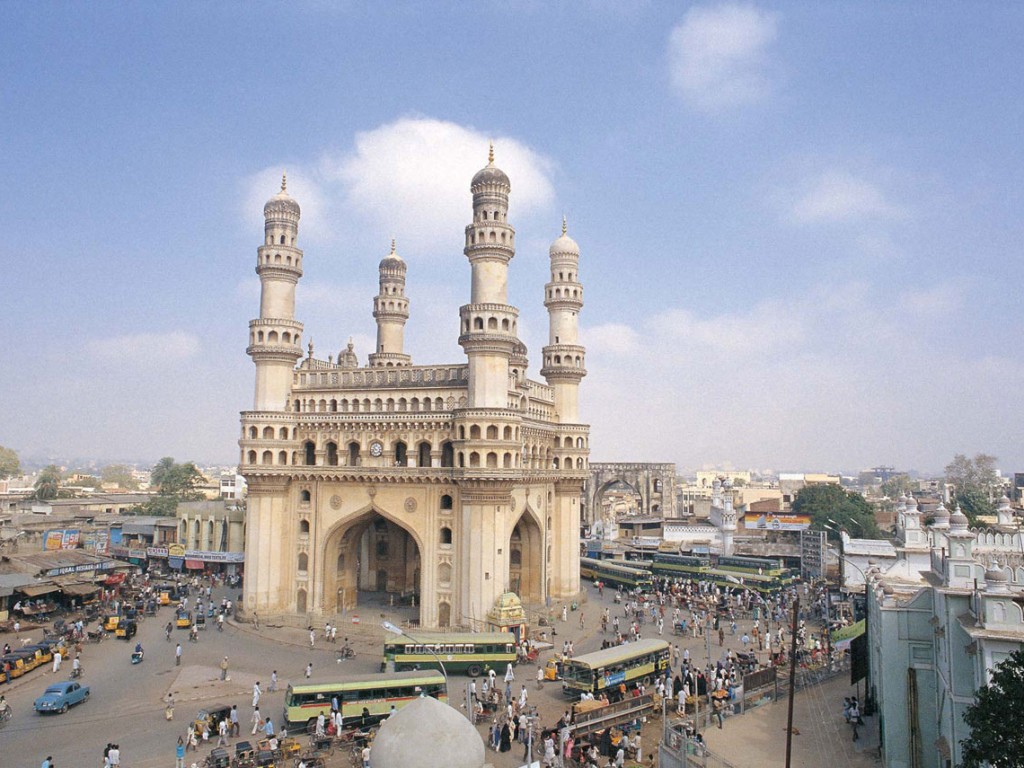
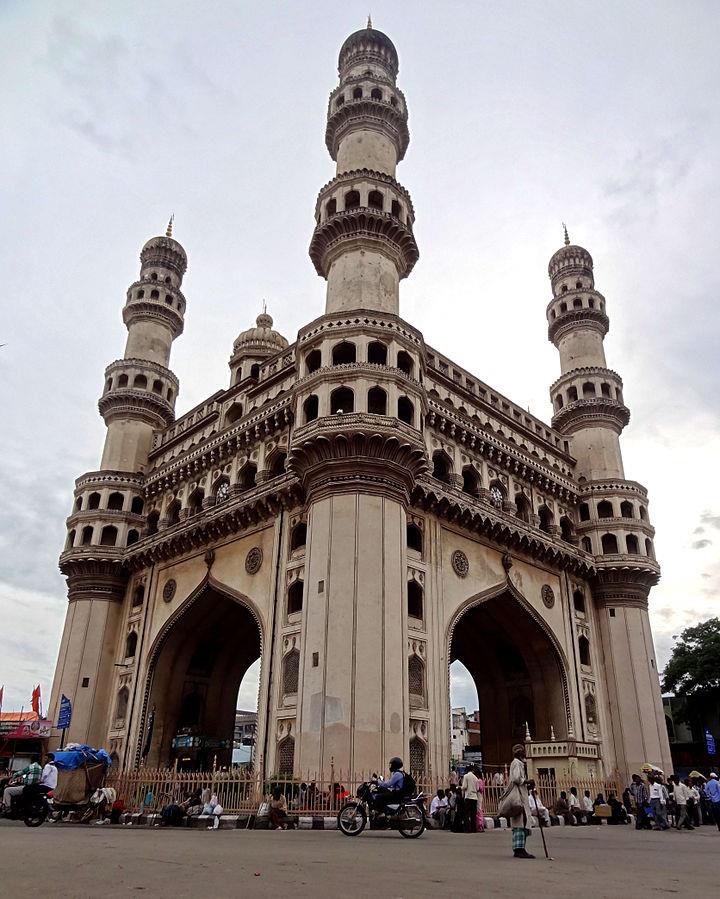
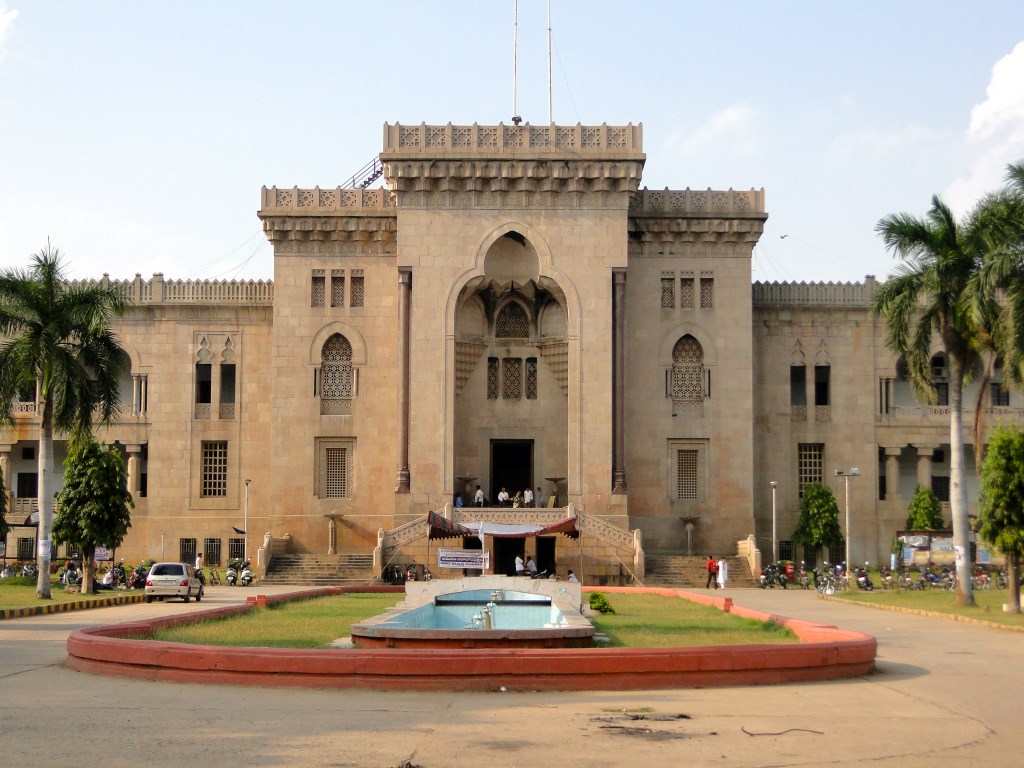
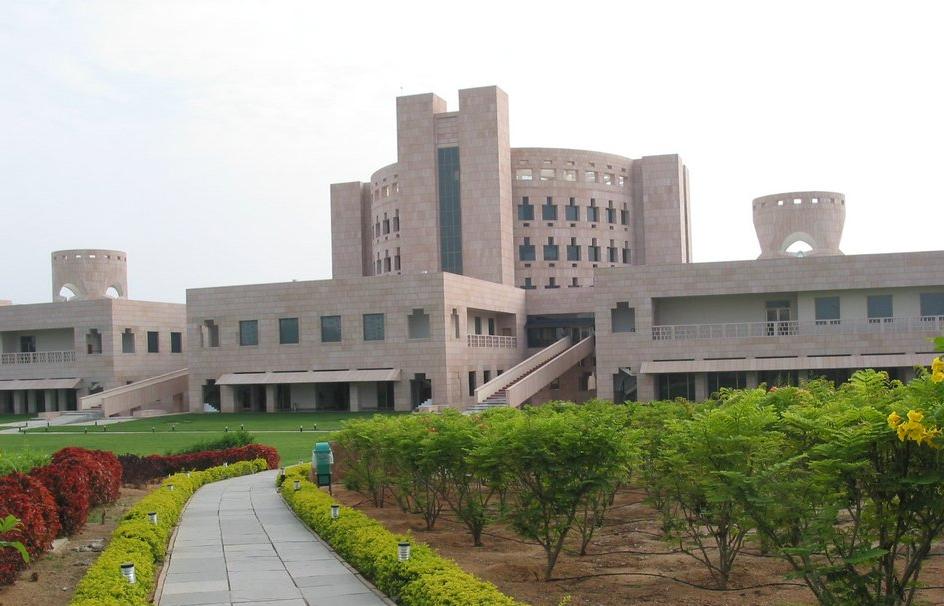
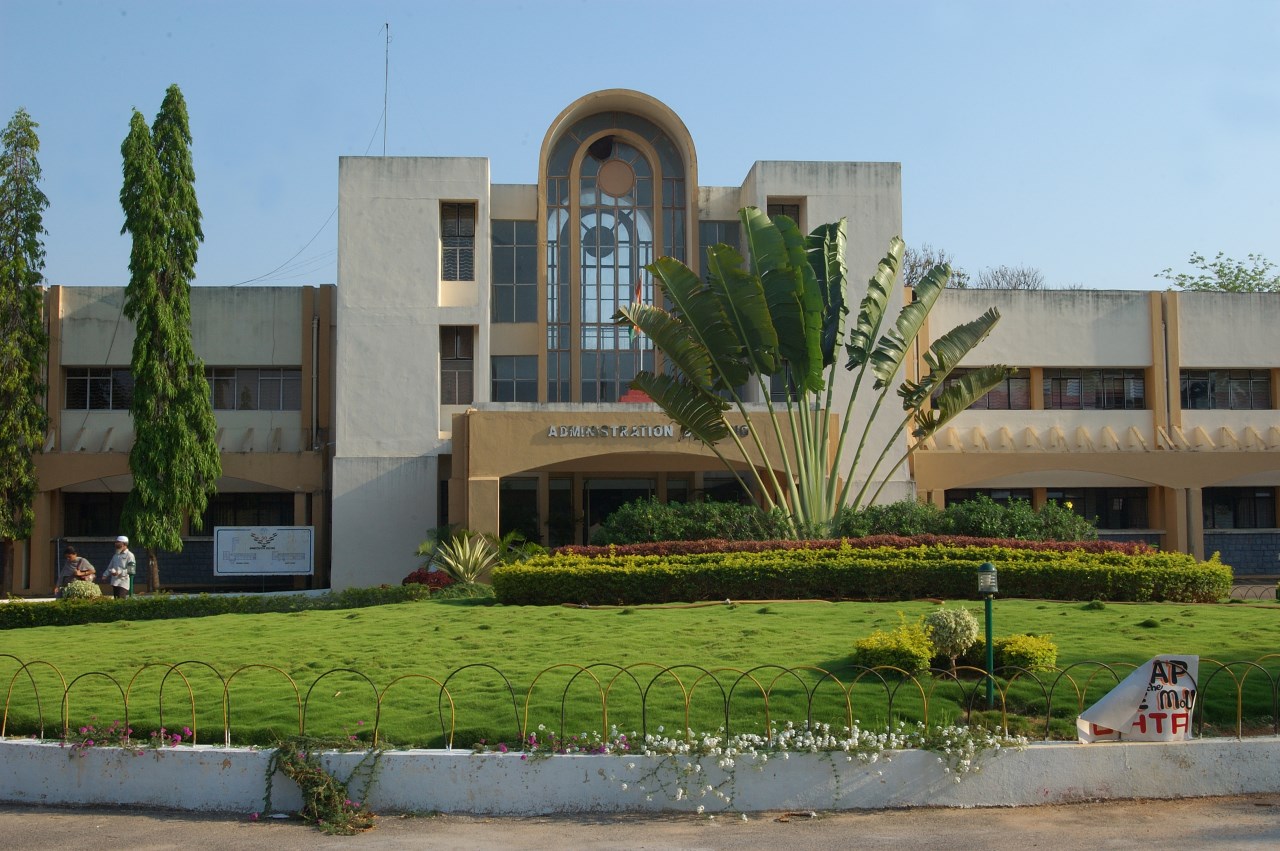
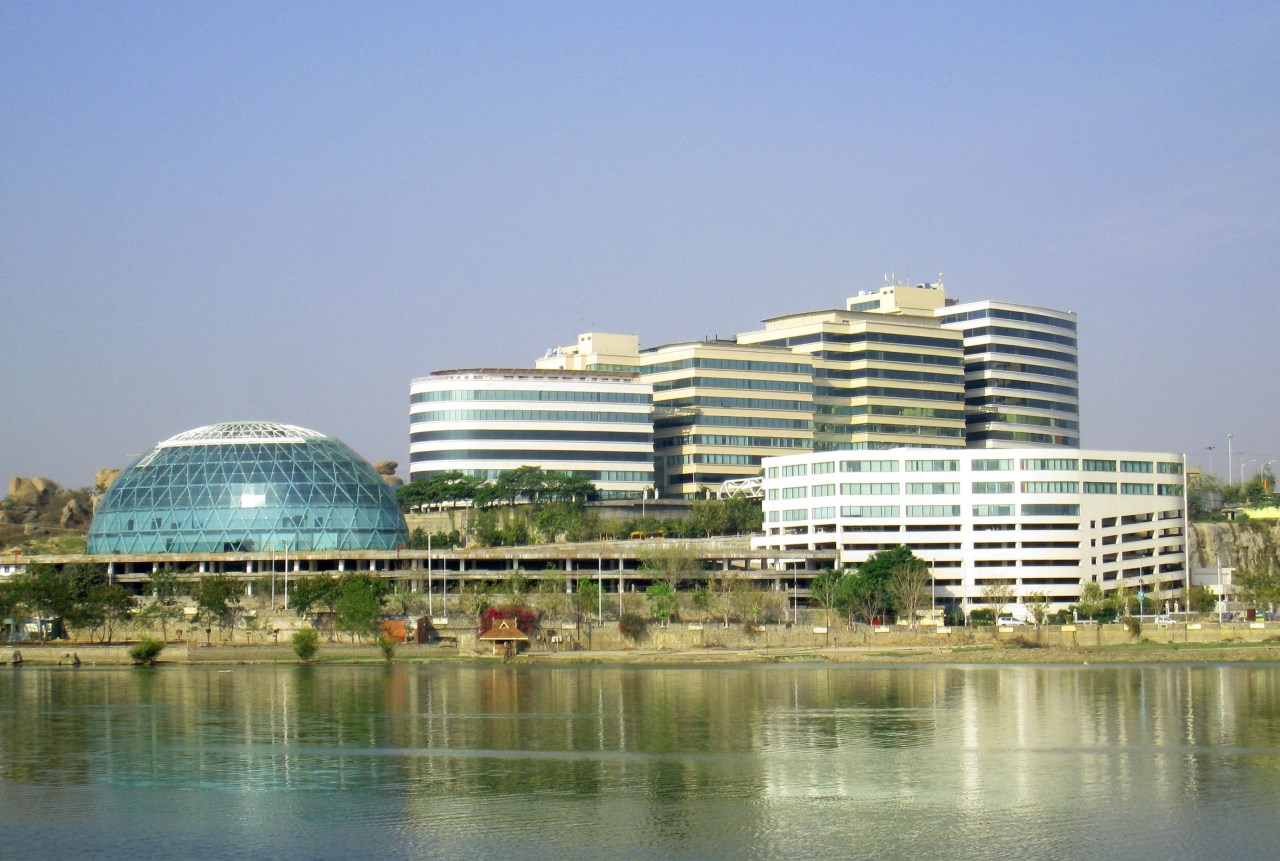

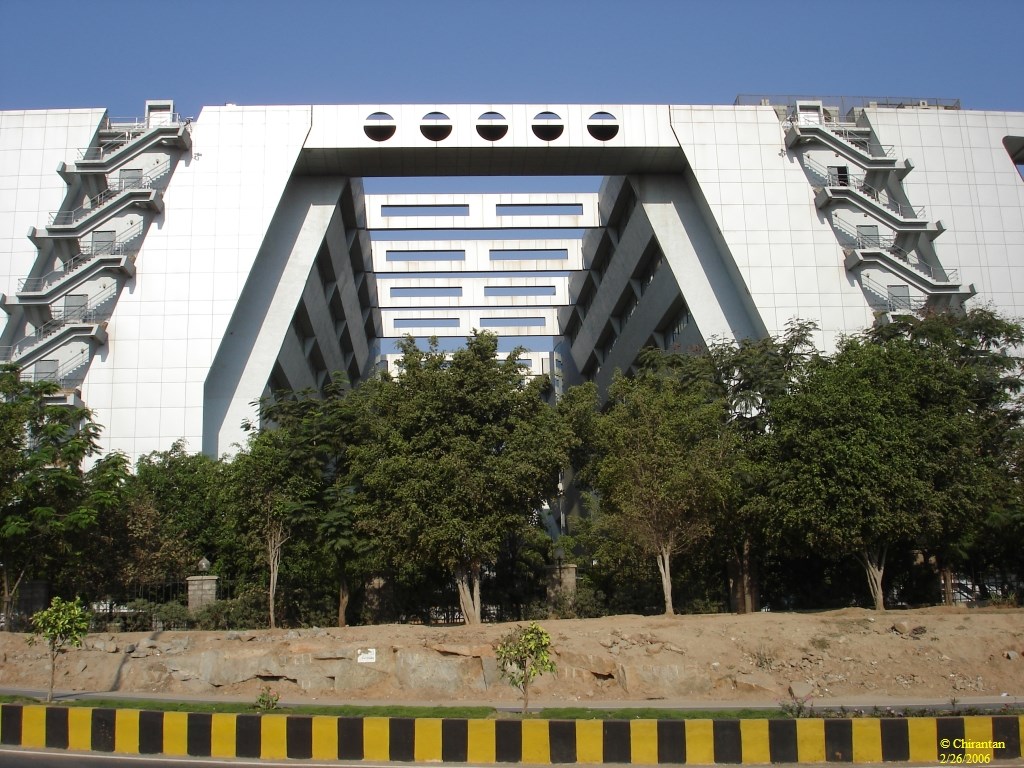
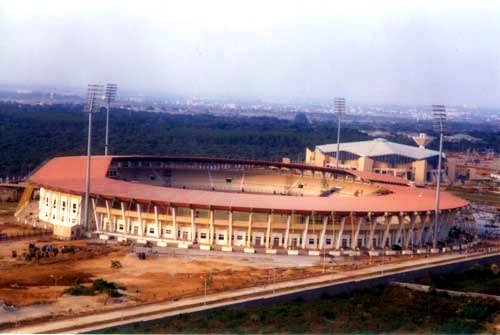
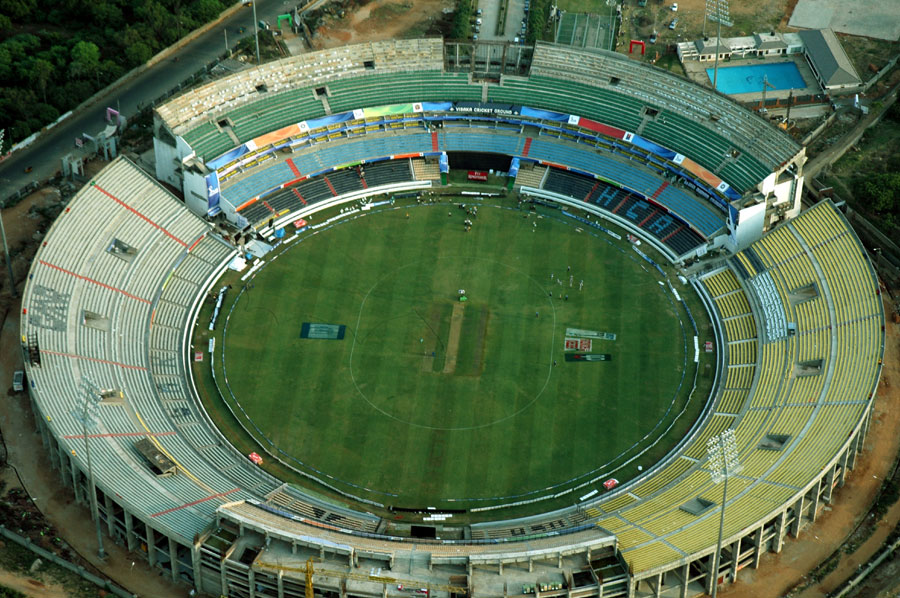
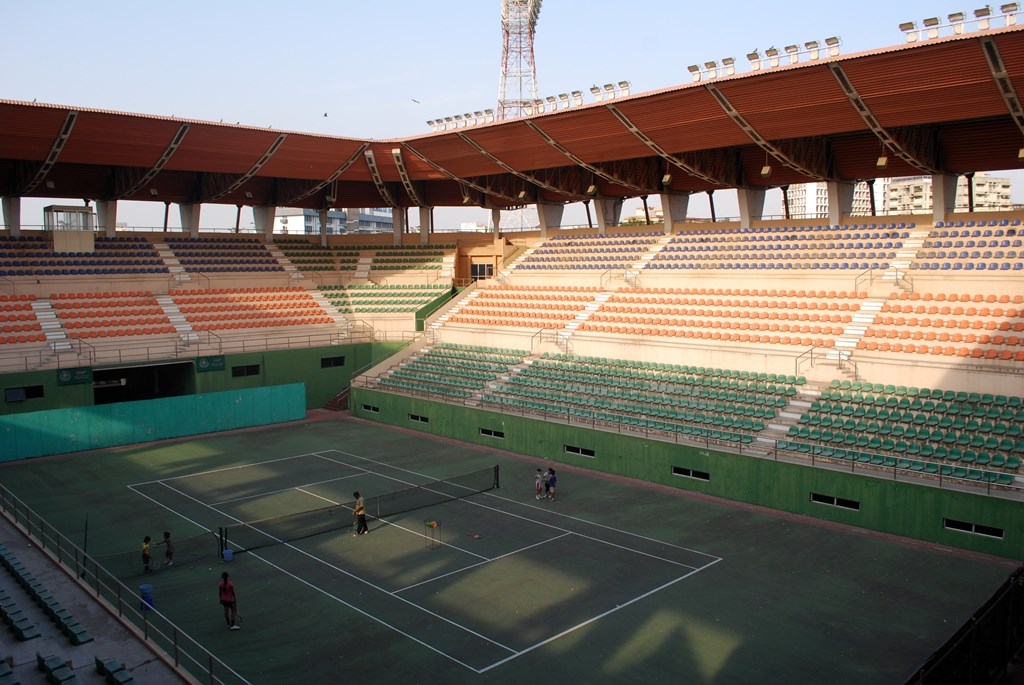
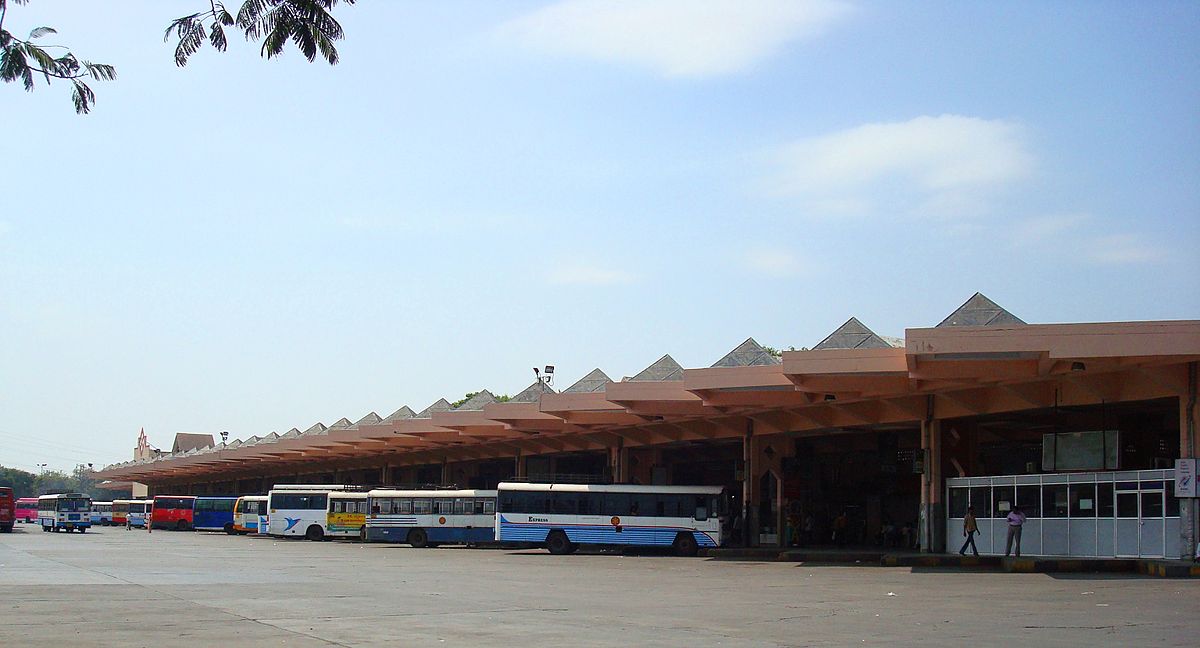
Hyderabad, o Haidarābād (telugú: హైదరాబాదు(Haidarābādu)) es una ciudad de la India. Capital compartida por los estados indios de Telangana y Andhra Pradesh por el período del 2014 al 2024. Fue además la antigua capital del desaparecido Estado de Hyderabad. Tiene una población aproximada de 4 millones de habitantes, que se extiende en su área metropolitana hasta los 7.500.000 habitantes, formando así la 5ª aglomeración urbana de la India.
http://es.wikipedia.org/wiki/Hyderabad
http://en.wikipedia.org/wiki/Hyderabad
https://www.flickr.com/photos/jaganpvs/sets/72157603805919705
http://highwayonlyway.com/2013/07/31/high-on-hyderabad-moula-ali-hill-up-above-the-city/
https://www.flickr.com/photos/debanjand/
http://madhulikaliddle.com/2014/04/25/the-veiled-rebecca-and-more-salarjung-museum/
http://www.emporis.com/statistics/tallest-buildings/city/100245/hyderabad-india
http://en.wikipedia.org/wiki/List_of_tallest_buildings_in_Hyderabad
http://blog.whatsuphyderabad.com/list-famous-catholic-protestants-churches-hyderabad/
http://www.skyscrapercity.com/showthread.php?t=519183
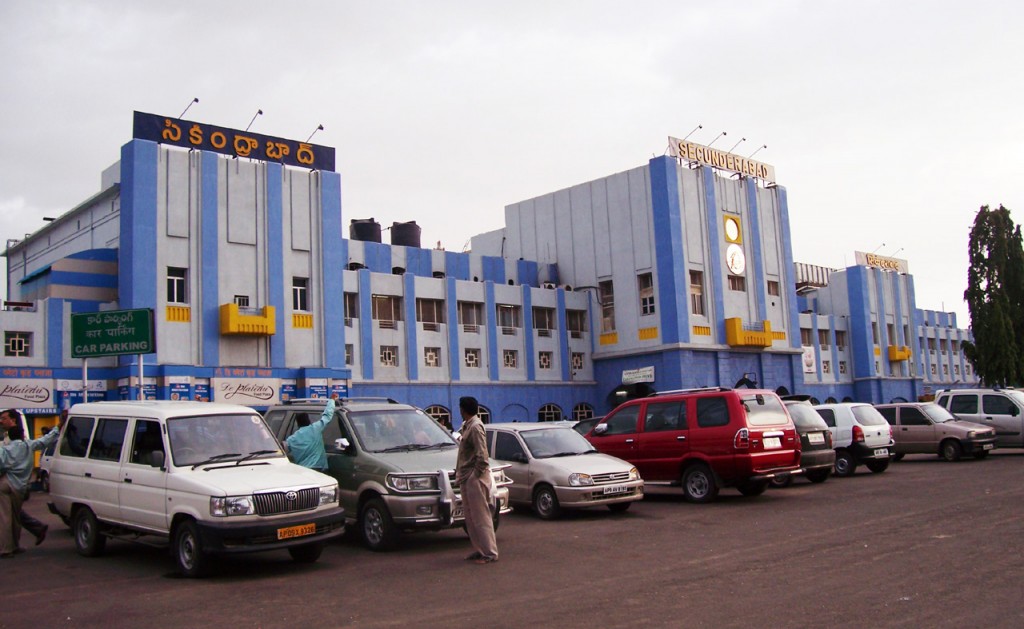
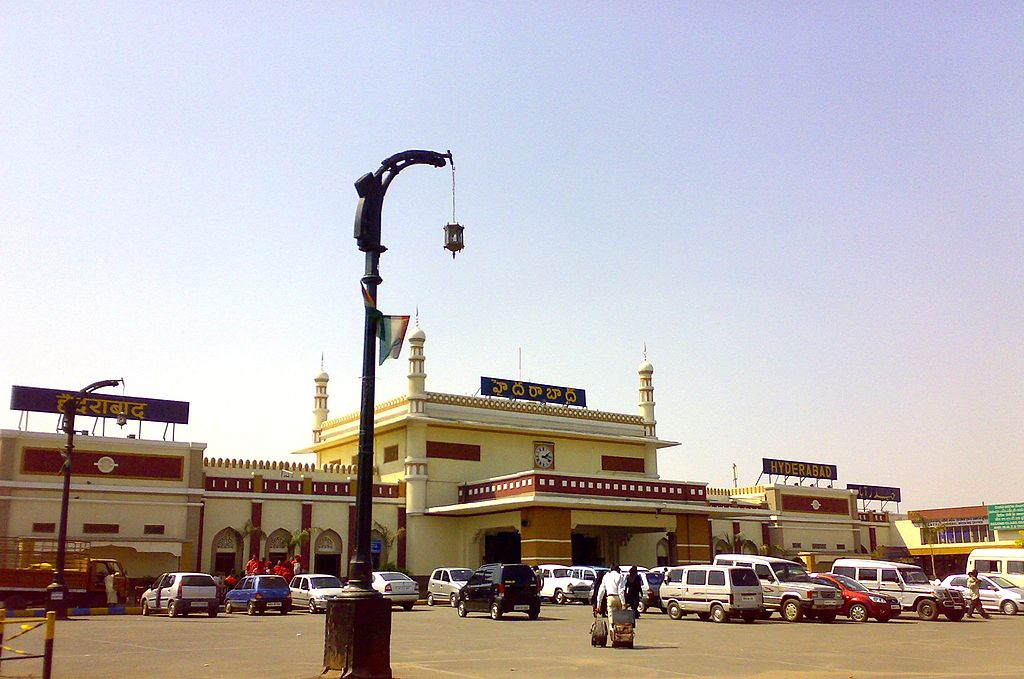
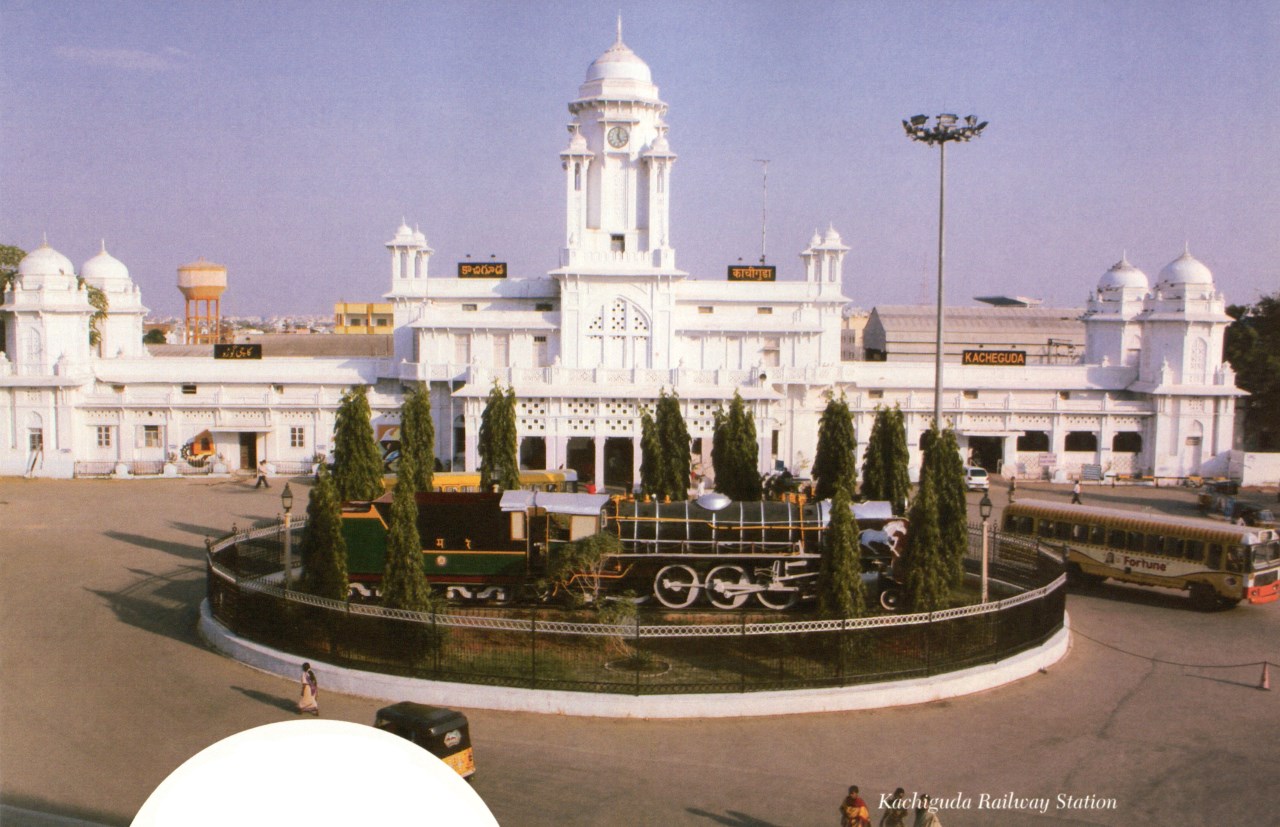
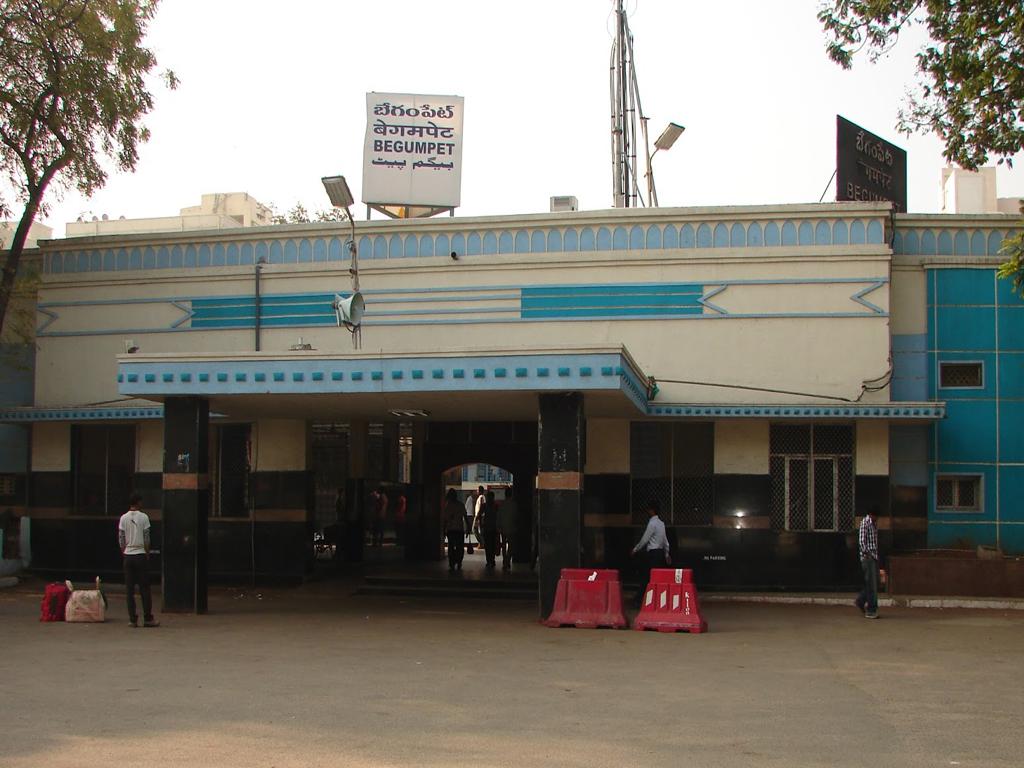
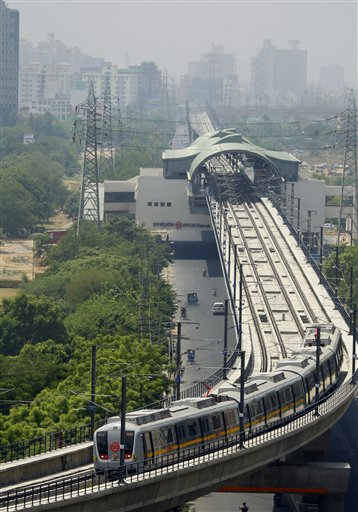
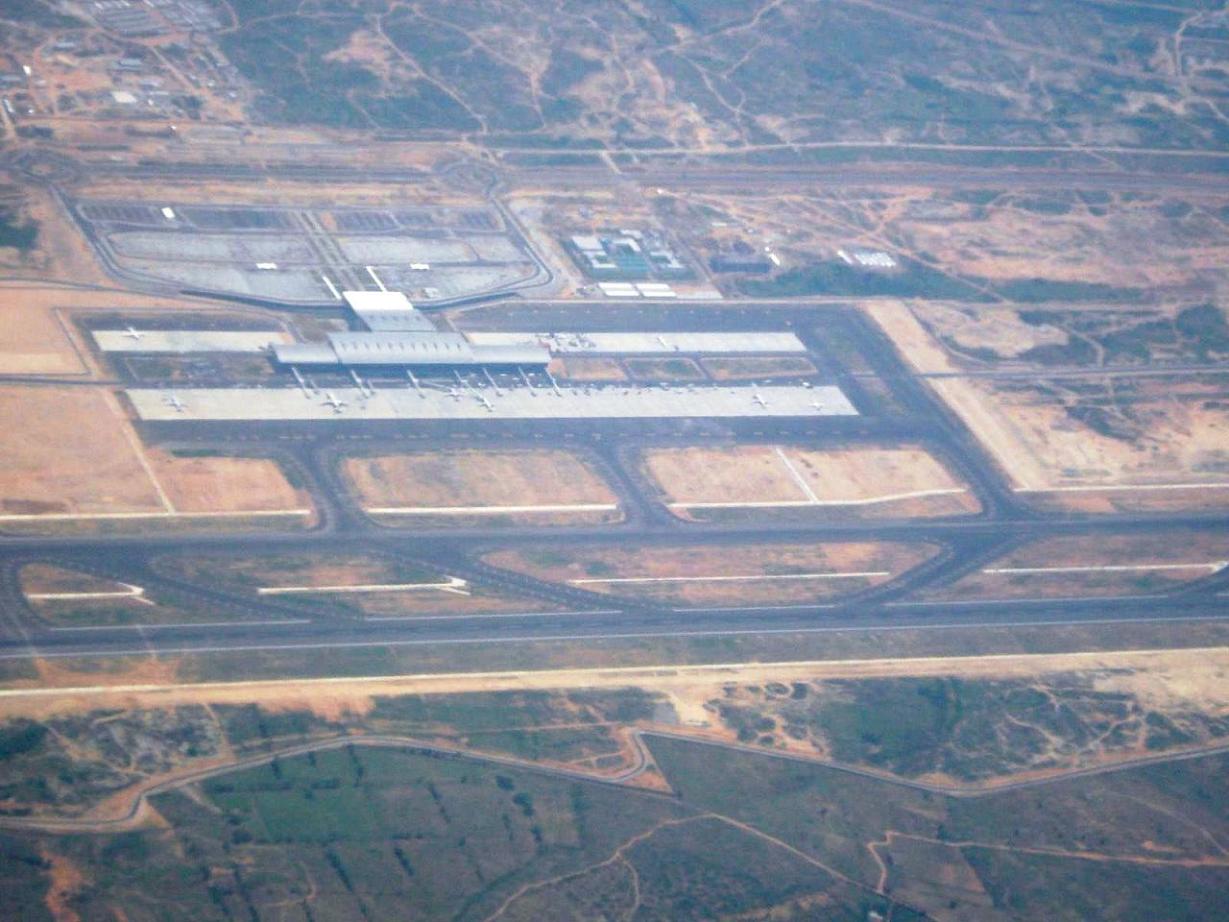
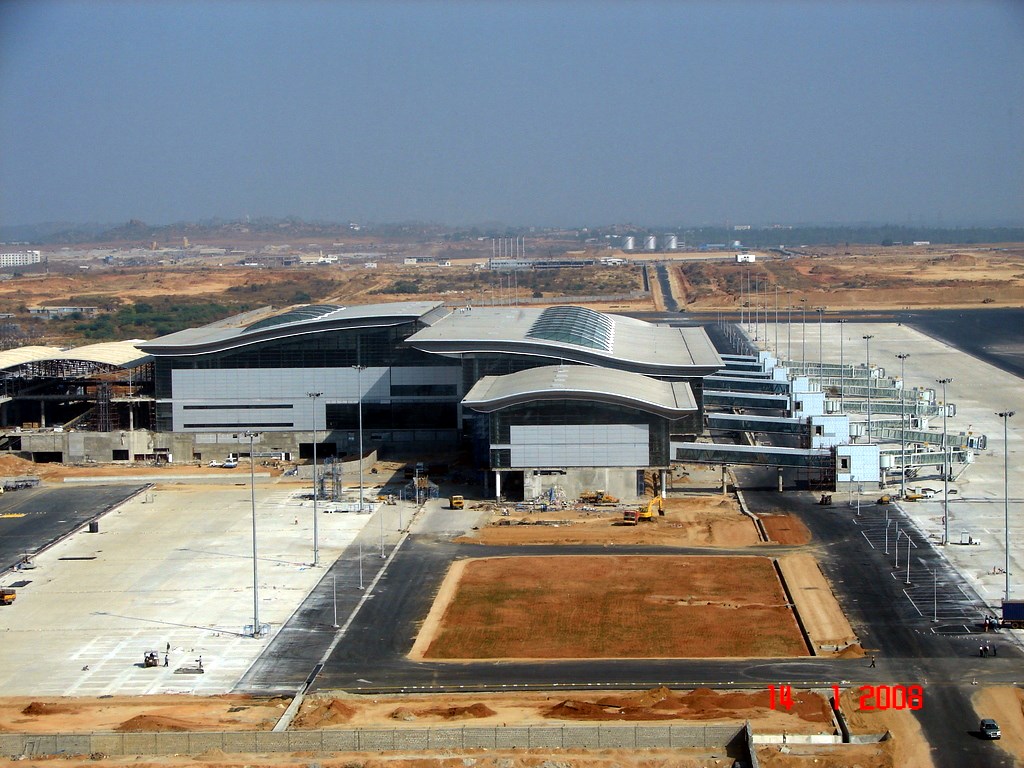
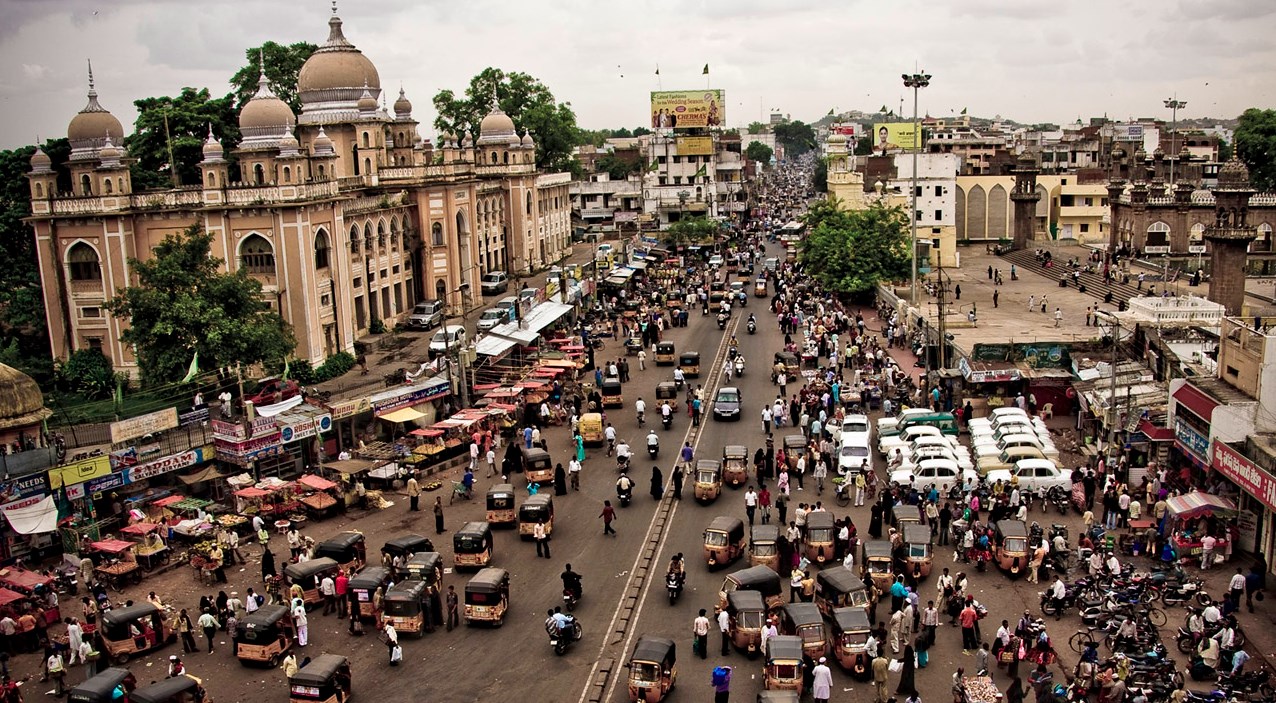
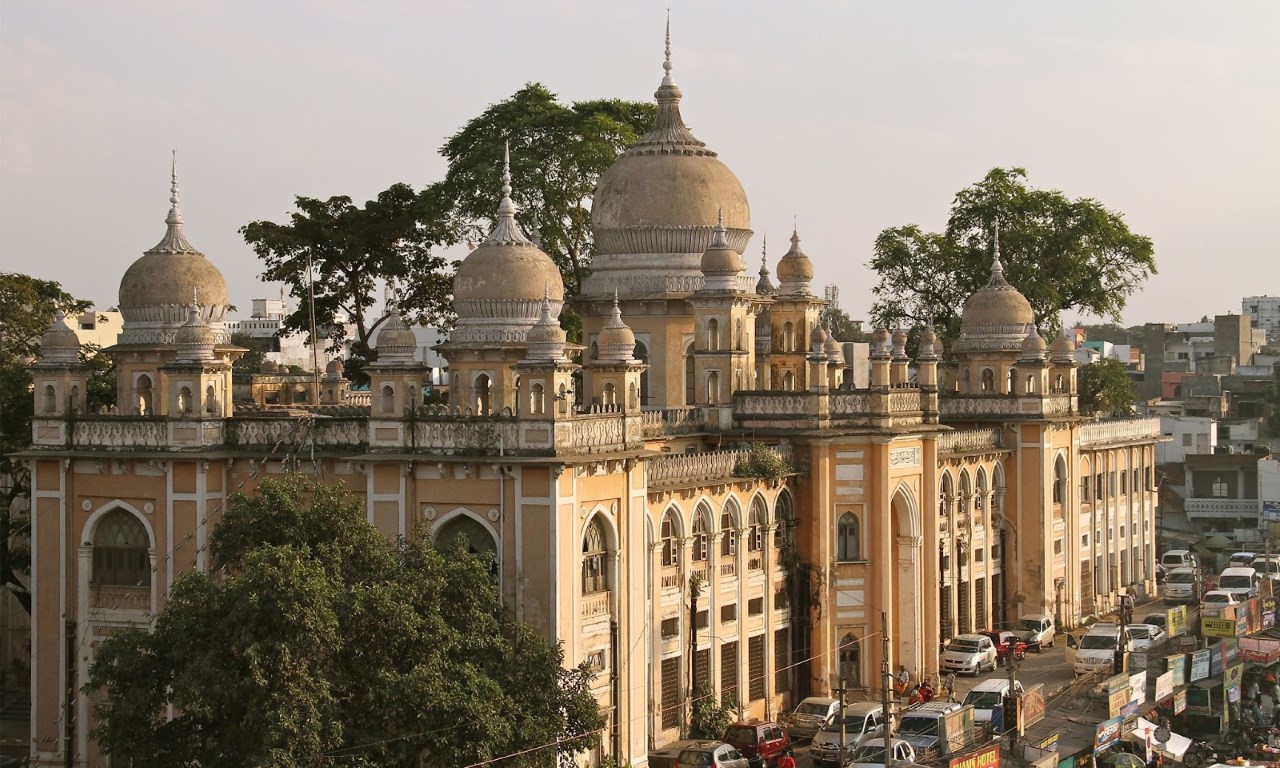

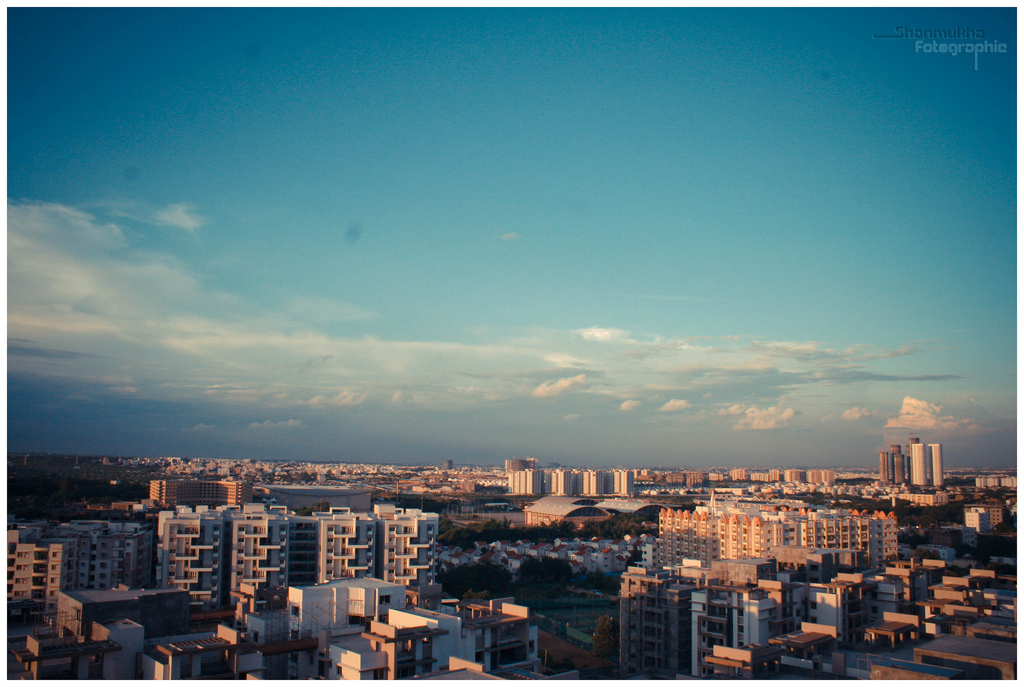
Vídeo:
Web recomendada: http://www.ghmc.gov.in/
Contador: 7199
Inserción: 2015-04-19 20:22:31
Lugares a visitar en un radio de 100 km (en línea recta)
Mapa de los lugares a 100 km (en línea recta)
Mostrando Registros desde el 1 hasta el 0 de un total de 0
Visitas |
Más visitados Basílica de San Marcos 154918 Catedral de Notre Dame (París) 144214 Torre de Pisa 131564 Monte Saint-Michel 100677 Presa de las Tres Gargantas 81519 |
Incorporaciones |
Comentarios hazola Cúpula de la Roca gracias me... gera Buenos Aires las mejores fotos de la mejor ciudad del... Daniel M. - BRASIL San Francisco ... PEQUE Presa Chicoasén SERA QUE ALGUIEN ME PUEDE DAR MAS INFORMACIÓN DE ESTE PROYECTO ESTUDIO EN LA UNACH Y ES PARA UN... Mery Huaca Pucllana Muy interesante, muy buena la información y... |
 Tweet
Tweet


